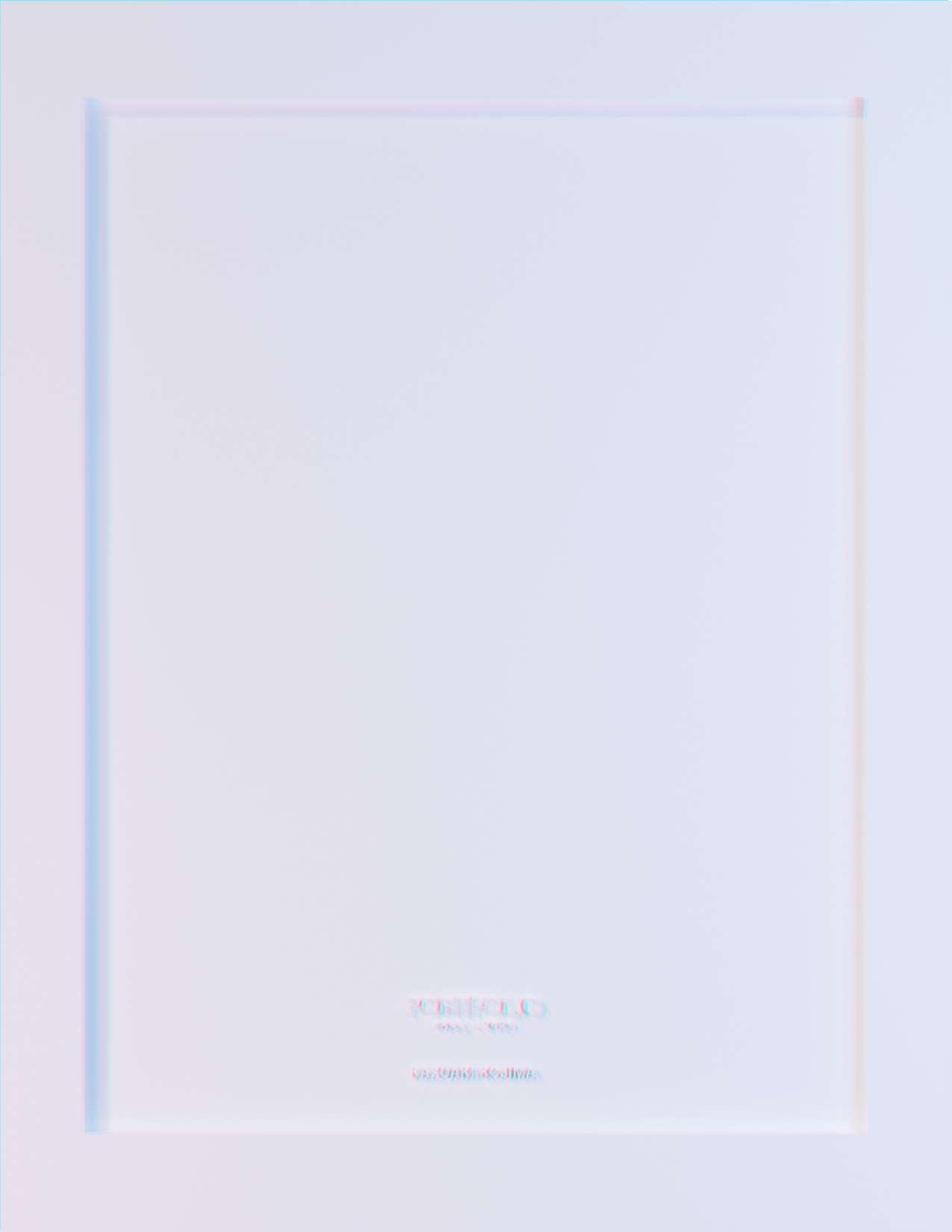
MADE IN SCI A rc C opyright © 2022 Kazuaki Kojima LOS ANGELES CA
PORTFOLIOFALL-2022KAZUAKIKOJIMA
kazuaki.kojima0617@gmail.com I nstagram @kazuaki0617.arc
Kazuaki Kojima is a student in SCI_Arc MArch 1 program. He is born and raised in Kanagawa, Japan. He started his architectural education at Keio University at SFC along with various study subjects such as computer science, global governance, and multidisciplinary design.
Primarily profound dedication to the research on computational and algorithmic architectural design and practical structural design, including actual exhibition design, helped him to develop his critical thinking skills and architectural design sense to the higher
Afterlevel.
receiving his Bachelor's degree in Arts in Environment and Information Studies, he decided to pursue his passion for architecture in different cultures because he wants to broaden his range of architectural philosophy and the way of design by exposing himself to the new stimulating and unique educational culture at here, SCI_Arc.
This portfolio showcases his creative mindset and architectural sensibility through numbers of the projects he completed at SCI_ Arc from 2019 to the present.
SouthernM.ArchKazuakiSTATEMENTKojima1CaliforniaInstitute
of Architecture
960 E 3rd St, Los Angeles, CA 90013
DSGT:
DS5000:
Dual Natured War
DS4000:
DS1121:
DS1120:
AS3122:
VS2772:
Color as material
VS2636:
PORTFOLIO FALL 2022
Fort Sumter 144152
Color
Abstractions of War Spring 2021 Fall 2021 Lines, rooms, and the building Urban grotto
Post
Tactics Not a mountain: Starategies of Extraction Computed Stone Simulated Rock immeublesimmeubles - Design Development - 1069452322487484 DS1100: Fundamental Design Studio I DS1101: Fundamental Design Studio II
Architecture as Urban Design Studio
Vertical Studio Anna Neimark
Vertical Studio Ramiro Diaz-Granados
Graduate Thesis
Integrated Comprehensive Studio
Design Development Integrated Design Project Fall CONTENTSSpringFallSummerSpringFallSpringSpring20192020202120212022202220202021
Structual
AS2509: Details,
VS4120: Strategies of Representation
VS4101: of
The drawn line, Imaginig the
VS4100: Strategies of Representation
AS3140: Advanced Project
AS3130: Practice Environments
AS3124: Environmental
Decentralized 3.0 - Digital Humanism Systems
AS3100: Materials and Tectonics
HT2729: Other Futures
Unstable Digital Age
HT2121: History of Architecture Urbanism
HT2120: History of
HT2101: History of
HT2100:
FALL 2022 Kazuaki Kojima
line
Detail Contacts,AthenaHotmeublesstuffHouseLiabilities, and Business Models Playing StadiumLettersasanUrban Void
ArchitectureArchitecturalInteriorityNotationStruggling in
Various
202166184172210194
I
Details...
III
Systems
Delivery
Strategies
Representation II
Introducition to Contemporaly Architecture
Architecture and Urbanism II
Architecture and Urbanism I
and
III
Fall FallFallSpringSpringFallFallSpringFallFallFallFallSpring2019202120202020202120212020201920192020202120212019 234216178228232226222
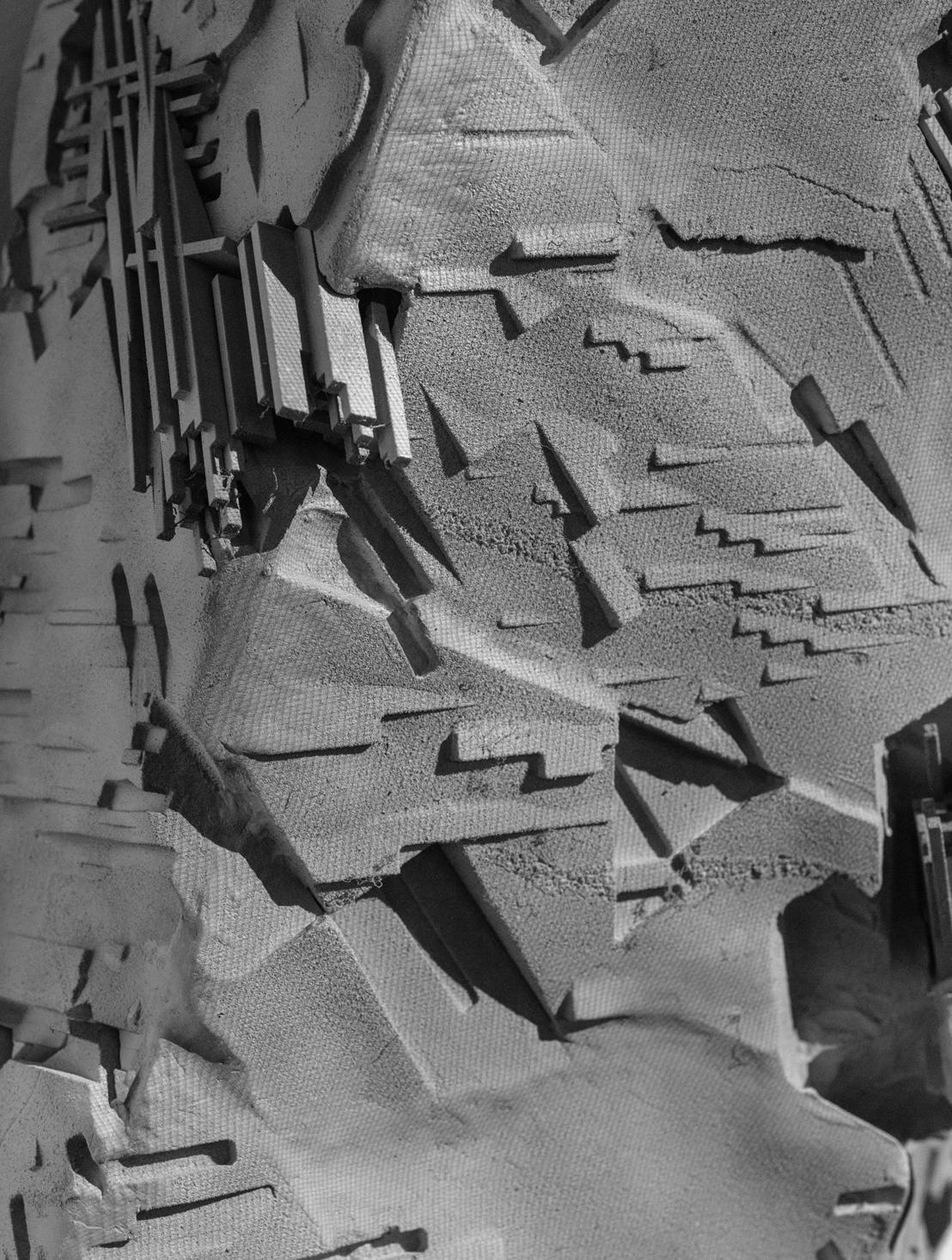
PORTFOLIO FALL 2022 8 Fall 2022 DSGT
Computed Stone Simulated Rock
DSGT: Graduate Thesis Project Summer 2022
Design Advisor: Ramiro Diaz-Granados History Theory Advisor: Marcelyn Gow Thesis Coordinator: Jackilin Hah Bloom
Abstract
My project started with curiosity and affection for natural objects, especially rocks and stones. Art and architecture culture has been influenced by the form and figures of nature throughout their history. Stones and rocks, in many ways, have served as durable and rigid formal references as they are geologically processed figures. Geological objects were rich sources of natural dynamism and aesthetic value.
However, developed culture and technology pushed aside nature’s significance. The concept of digitality helped architectural design and its production by re-structuring it to be more manageable and customizable but relentlessly rational. Lines and volumes architects draw in the 3D model essentially represent tangible material derived from nature, but those digital representations diffuse their inherent value and immanent aesthetic as a natural object.
In this binary opposition, my thesis explores the aesthetic of the digital and physical world through scrutinizing geologi cal objects and digital fabrication techniques.
This object allows multiple readings and interpretations on different scales in different settings, and this object refuses traditional architectural tectonics and disciplinary tropes of a fixed scale. Rather than express these interests in a building project, the thesis uses video techniques to invoke and pro voke assumptions about the geology in architecture. Taking cues from the Eames’ Powers of Ten film, I’ve made a film that stages the fabricated object against various backdrops at different scales.
FALL 2022 Kazuaki Kojima Computed Stone Simulated Rock 9
Geological Aesthetic and Architecture
Primitive architecture emerged out of nature, and eventually, architecture developed its rational structure and the initegret ed with building technology. Stone and brick construction could be understood as rationalizing and homogenizing architectural intervention to the natural object, such as earth, sand, gravels, stones, and rocks. Later, the specific shapes, patterns, and forms of natural objects were integrated into architecture.
Mountain, the geological form, was studied for scientific and aesthetic exploration. The natural geological formulation has been the aspiration for architecture. In the early 20th Century, Bruno Taut theorized alpine architecture, which aestheticized mountain ranges and carved crystalline geometry. Even con temporary architects often employ geological form in various types of project. Peter Eisenman architects integrate geological form of the site to the rationalized geometric system and digital representation for urban scale project in Santiago, Spain. In Korea, OMA created a geological facade on the commercial complex building. The aesthetic condition of strata inspired the color and pattern of triangulated tiles. The glass-enclosed space in the middle of the building represents crystalline pieces in the slab of rock.

There are a few essential aspects of geological objects that architecture can learn. The dynamism of the form is one of the qualities that make stone and rock attractive. Every crack and rough-cut emerge due to geological activity and the inevitable law of physics over a long time. Diversity and contingency of the pattern and figural language is another critical value of the geological aesthetic.
 Natural rock / Found in Arizona CA
Eugène-Emmanuel Viollet-le-Duc / Disintegration of Crystalline Rock, Modifications to a vertex, Mont Blanc (1876)
Natural rock / Found in Arizona CA
Eugène-Emmanuel Viollet-le-Duc / Disintegration of Crystalline Rock, Modifications to a vertex, Mont Blanc (1876)
PORTFOLIO FALL 2022 10 Fall 2022 DSGT
BUILDING BLOCKS
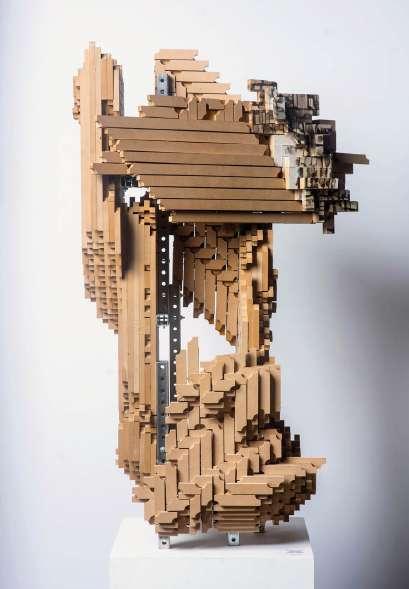
Natural Continuity vs Digital Discrete
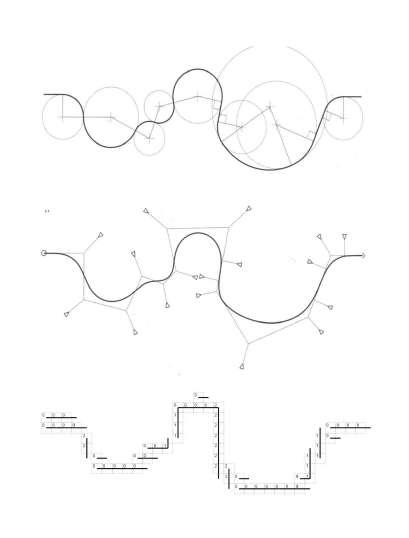
Computational power enables architecture to obtain the cera tin level of complexity and detail as we can handle numerous various parameters by using computer to create instances that vary in size and shape under a certain set of rules.
By examing these works, you can understand that everything in work follows certain rules at the same time; each part retains the discreet quality, which is key factor that natural mineral objects and these computational experimentations have in common.
Gilles Retsin / Digital curves (After Greg Lynn), 2016
Studio project from Casey Rehm’s AI Assemblies course at SCI-Arc
FALL 2022 Kazuaki Kojima Computed Stone Simulated Rock 11
Rationality, Ambivalence and Monolithicity
Rationality in architecture has been greately represented by Modernism architecture, for example evenly distributed column or mullion grid. Rational construction logic require building material for being homogenized rather than as it is.
Jason Payne explores architectual ambivalence by introduc ing discrete shingle roofing at Rasberry field project. He also envison strangeness and monolithity with ambiibalent house in Hollywood hill.

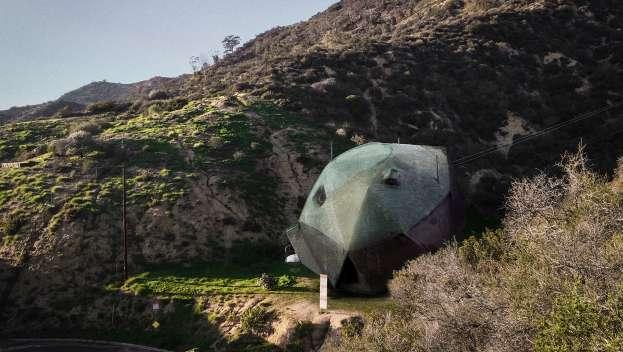
Ensamble project explore constructive expression of the stone. They employ natural stone texture as the result of stone cutting technique; stereomity.
On the one hand, stone could reveil rough and loose connec tion that we can see in Iishigami's project. On the other hand, in Kuma's project, regulated stone tiles follows the geometry and configure monolithic massing.
A quarry is the rationalized nature. In contrast to the original existing natural surface, earth was excavated by industrial ra tionality. The uncovered ground is not entirely homogenized as each stone shows a slightly different color tone to another, and dripping dark brown liquid tells that it still behaves as part of nature.
We cut out the stone from nature and stack them to construct artificial objects. We no longer see the stone as the primary choice for the building structure system; just slice them and paste them for cosmetic and ornamental purposes.
Top: West Raspberry Fields / Jason Payne (2011)
Bottom: AMBIVALENT HOUSE / Hirsuta(Jason Payne, Michael Zimmer man, Joseph Giampietro, Ryosuke Imaeda (2017)
PORTFOLIO FALL 2022 12 Fall 2022 DSGT
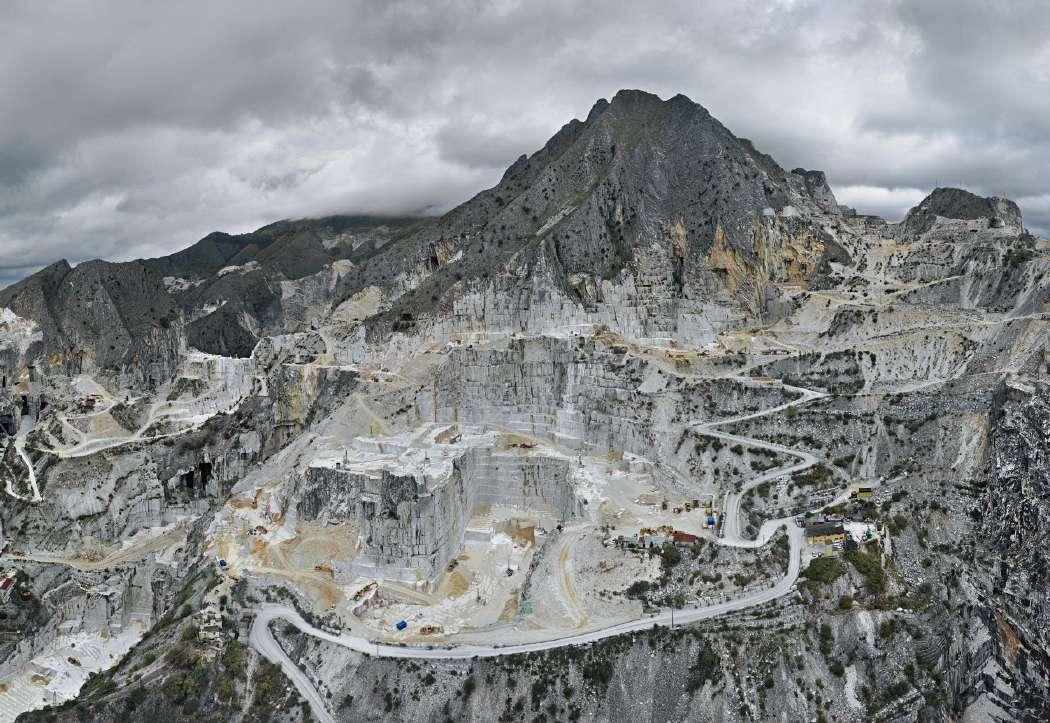 Computed Stone Simulated Rock
Edward Burtynsky / The Anthropocene project(2018)
Computed Stone Simulated Rock
Edward Burtynsky / The Anthropocene project(2018)
FALL 2022 Kazuaki Kojima
13
Conversion, Extraction and Abstruction
In documentation phase, various of types of rocks and stones were collected from across west coast and desart area in US. The photographs deliniate specific characters and quality of each rock. Then photogrammetry technique covert these rocks to vertices and numbers in vertual digital space to performe formal operation.
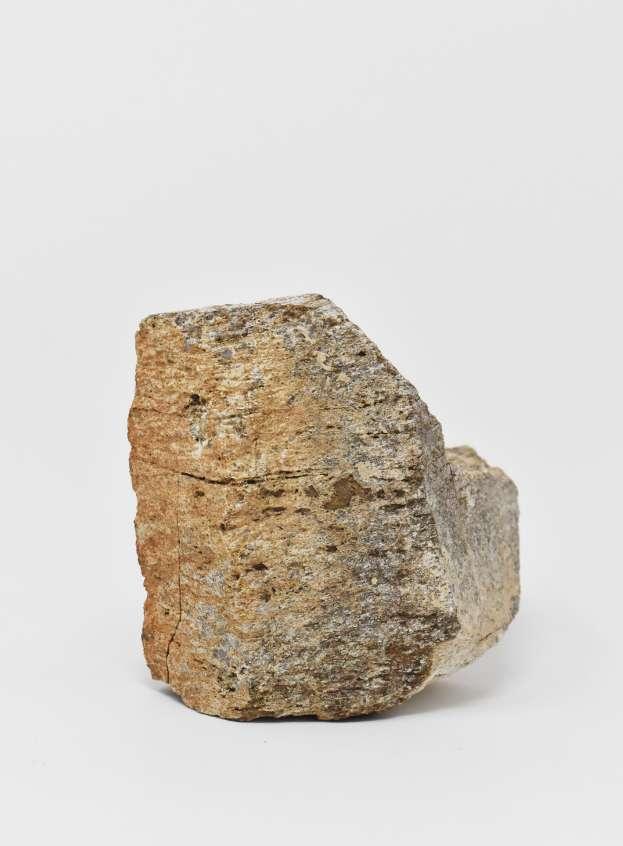 Found Natural Rock in Arizona
Found Natural Rock in Arizona
PORTFOLIO FALL 2022 14 Fall 2022 DSGT
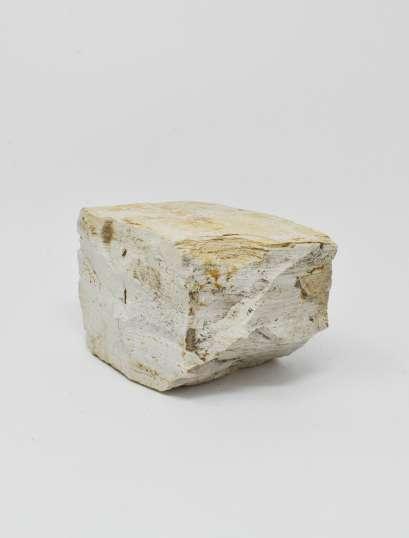
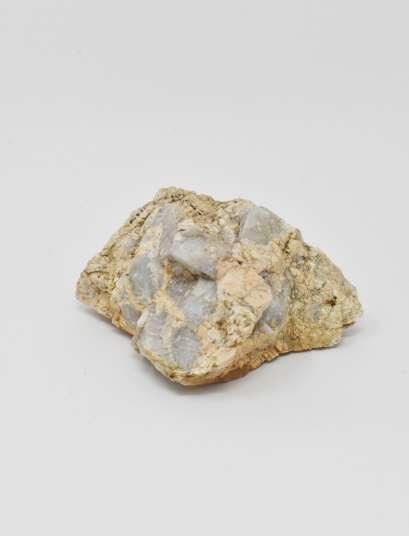
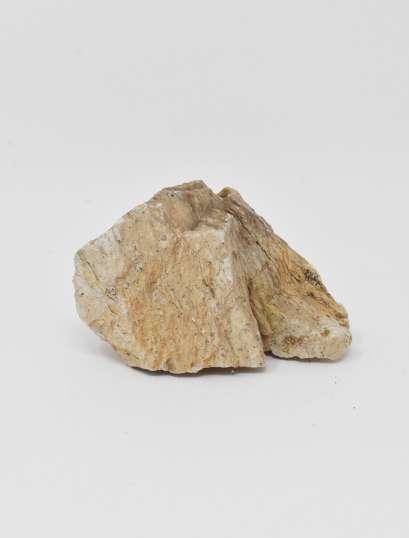
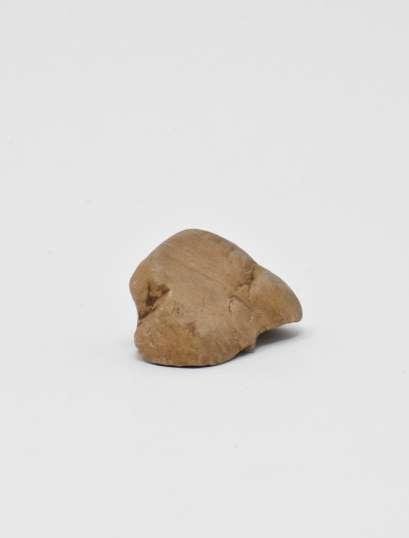 Computed Stone Simulated
Found Natural Rock in Arizona
Computed Stone Simulated
Found Natural Rock in Arizona
FALL 2022 Kazuaki Kojima
Rock 15
Orientation
The fabrication process gives the object its orientation. Natural rock may be positioned in any orientation, but a fab ricated object must define the working plane and direction the fabrication system can rely on.
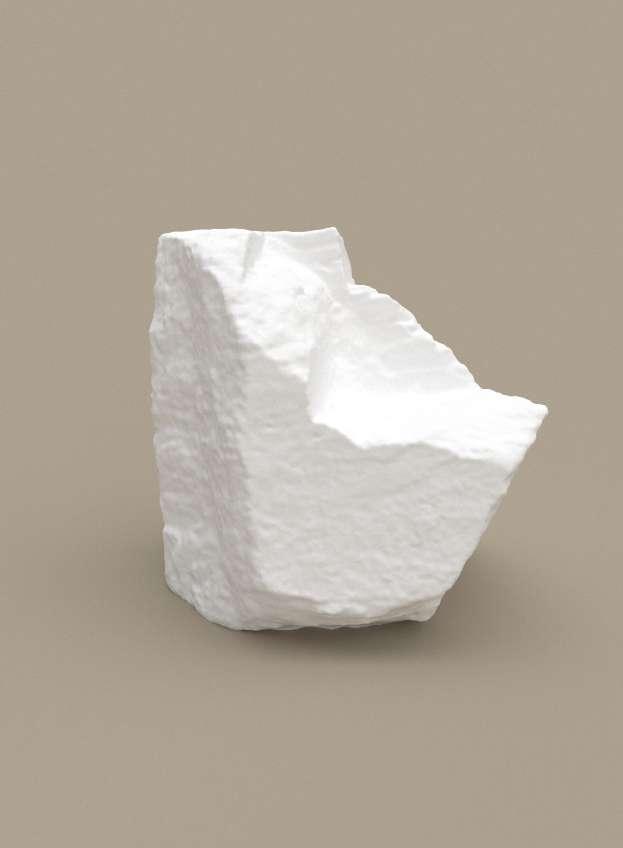 Rendered 3D Scan Model
Rendered 3D Scan Model
PORTFOLIO FALL 2022 16 Fall 2022 DSGT
Resolution, Scale and Assemblage
Both objects are complicated but in different ways. One is continuous and smooth, while the other is discrete. The orig inal rock surface has lots of detail and appears to be hi-reso lution, while the translated version is a simplified, low-reso lution object. Instead of understanding nature and artificiality as opposing concepts, I propose to reframe them as things that belong to the same system but at both extremes.
In these objects, two different resolution nest in the single piece as a heterogeneous compound. Also, each piece is designed to interlock with the neighboring pieces, and these factors make every piece unique and expressive. When the

pieces come together, gaps and seams between pieces con fuse and mystify where the piece starts and ends.
It ultimately makes the whole assembly ephemeral and mysterious by introducing a new type of formal categories and taxonomies of monolithic architecture.
Assembly Concept Model
FALL 2022 Kazuaki Kojima Computed Stone Simulated Rock 17
Top:
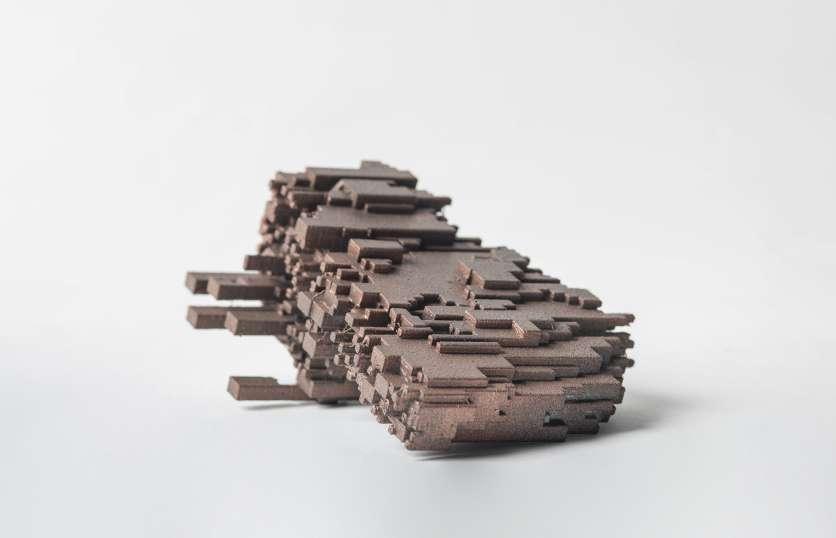
Bottom:
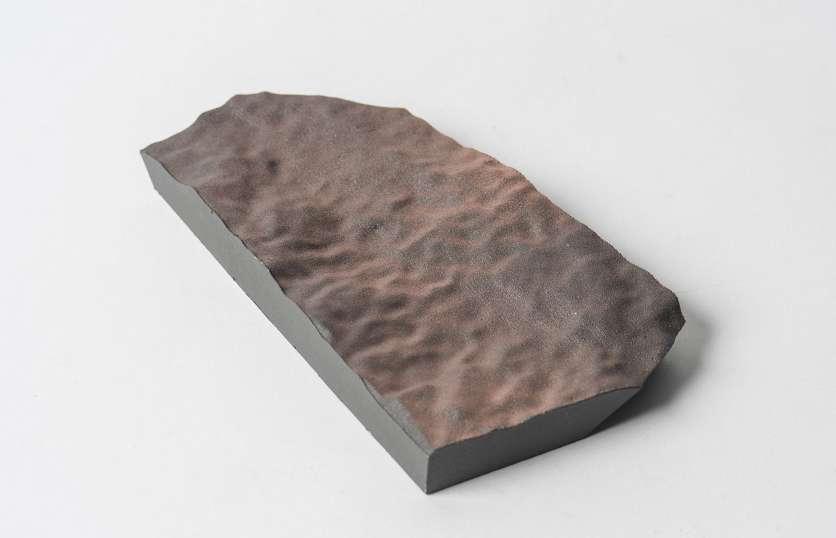
PORTFOLIO FALL 2022 18 Fall 2022 DSGT
Concept model “Discrete Digital“
Concept model “Continuous Nature“
 Computed Stone Simulated
Model Chunk (Uncomplete)
Computed Stone Simulated
Model Chunk (Uncomplete)
FALL 2022 Kazuaki Kojima
Rock 19
Monolithicity is explored through the artificial reproduction and digital fabrication of the geological object. A rough scale part of the object suggests axis lines that all pieces and the tectonic system follow, while the hi-resolution detail implies an amount of information and its significance. The arbi trariness of the seam helps this object to be a result of both tectonic construction and ambiguous aggregation.
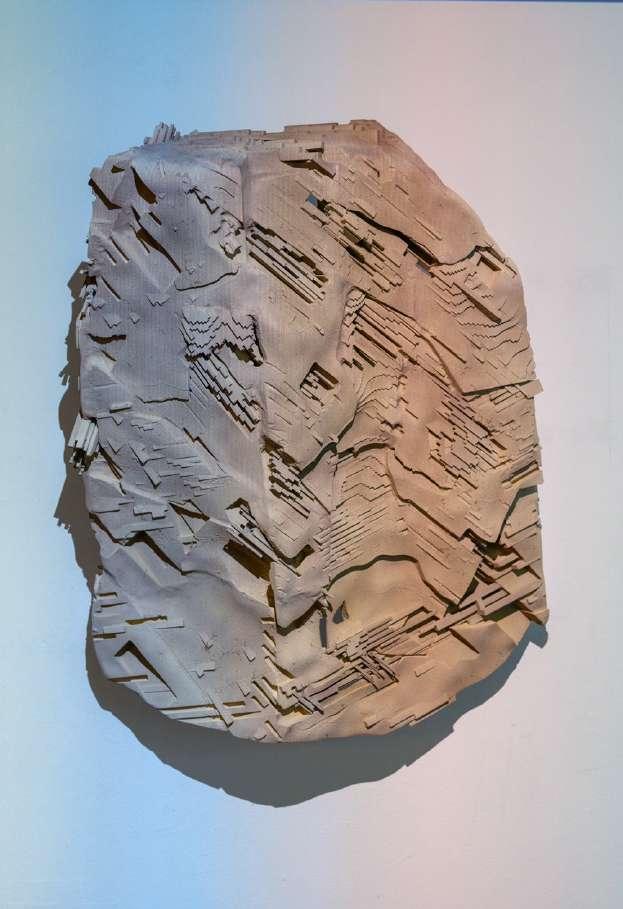 Assembled Model (wall mounted)
Assembled Model (wall mounted)
PORTFOLIO FALL 2022 20 Fall 2022 DSGT
This object allows multiple readings and interpretations on different scales in different settings, and this object refuses traditional architectural tectonics and disciplinary tropes of a fixed scale. Rather than express these interests in a building project, the thesis uses video techniques to invoke and pro voke assumptions about the geology in architecture. Taking cues from the Eames’ Powers of Ten film, I’ve made a film that stages the fabricated object against various backdrops at different scales.
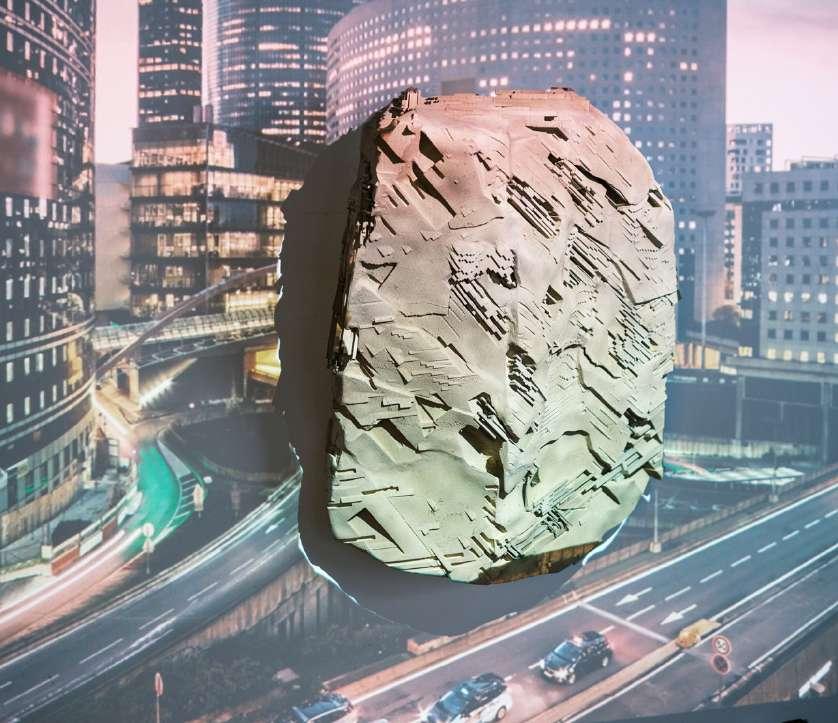 Assembled Model (with background)
Assembled Model (with background)
FALL 2022 Kazuaki Kojima Computed Stone Simulated Rock 21
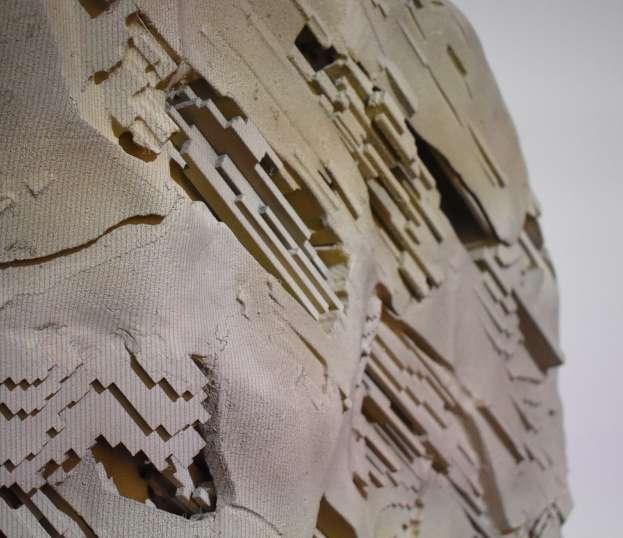
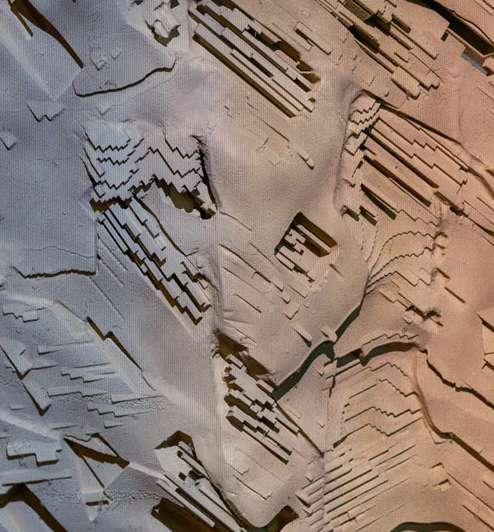 Top: Model Detail with projected pixel
Bottom: Model Detail
Top: Model Detail with projected pixel
Bottom: Model Detail
PORTFOLIO FALL 2022 22 Fall 2022 DSGT
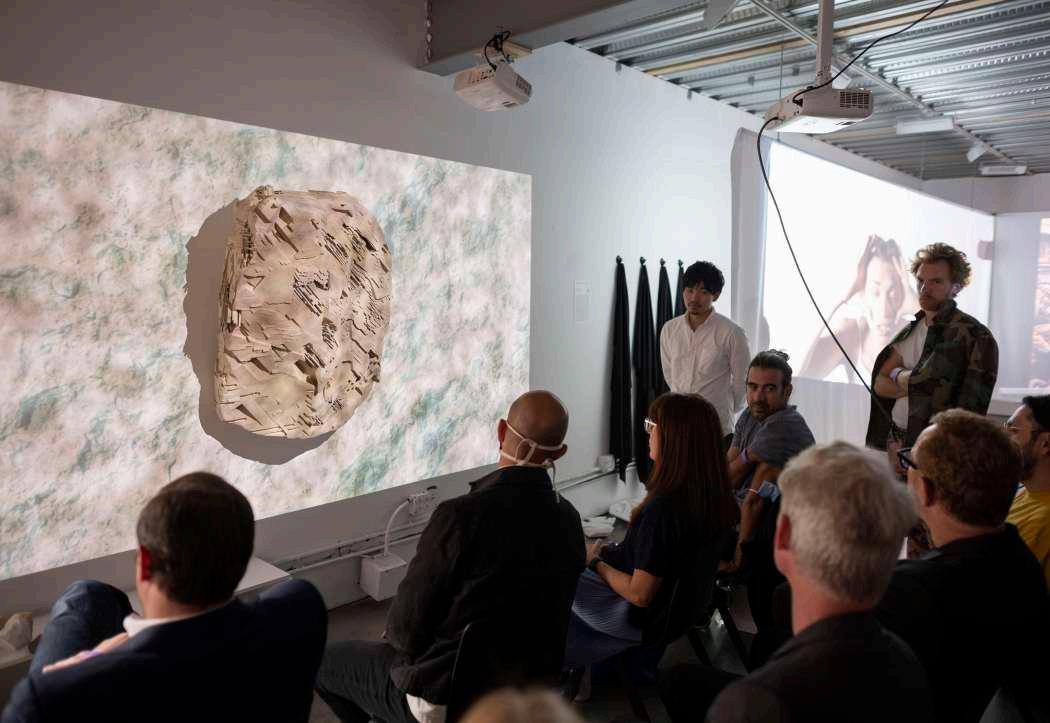 Computed Stone Simulated Rock
Assembled Model (wall mounted) photo @michalczerwonka
Computed Stone Simulated Rock
Assembled Model (wall mounted) photo @michalczerwonka
FALL 2022 Kazuaki Kojima
23
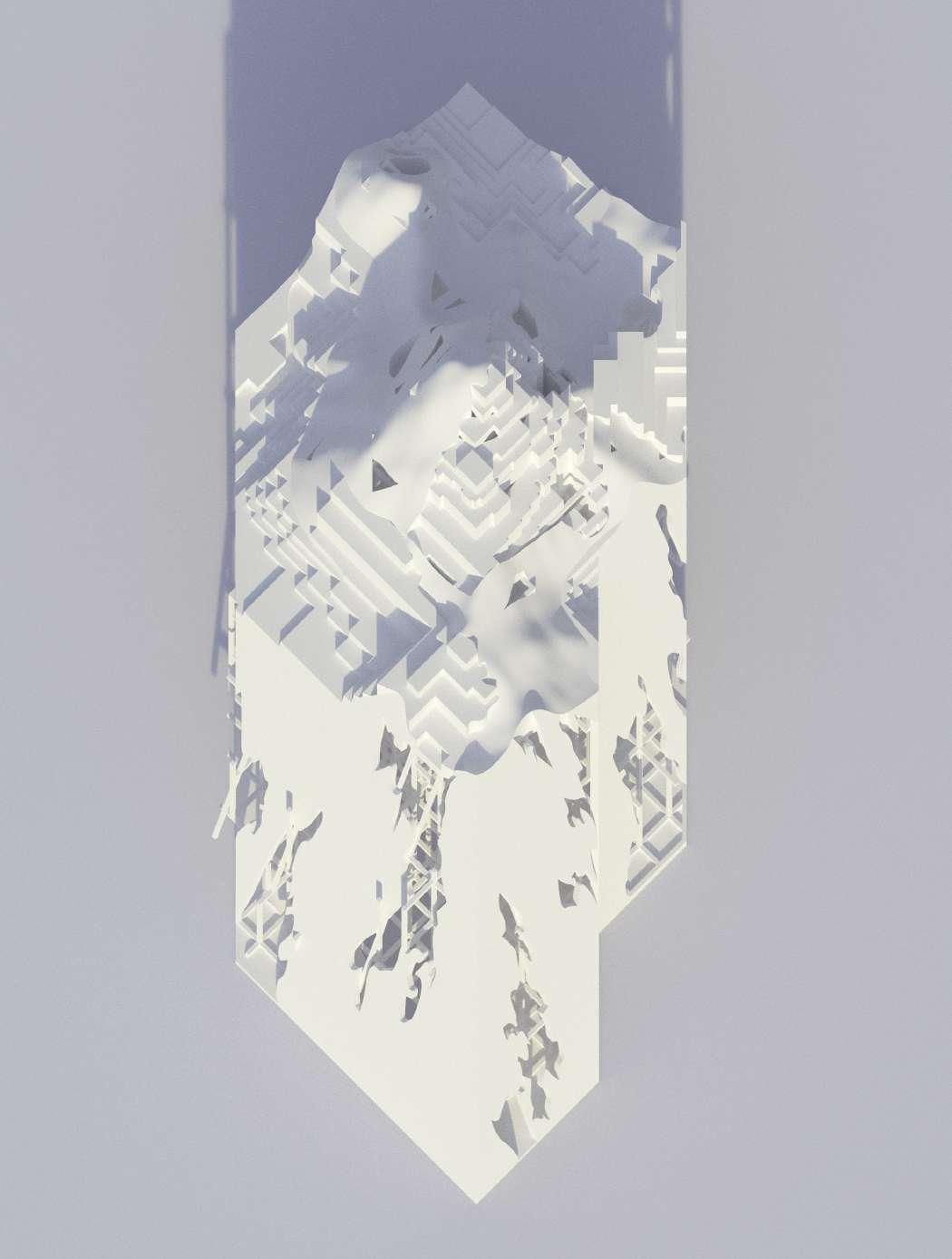
PORTFOLIO FALL 2022 24 Fall 2022 DS5000
NOT A MOUNTAIN: Strategies of Extraction
DS5000: Vertical Studio Spring Instructor:2022Ramiro Diaz-Granados
Course Description
For the past decade or so I, along with many, have been increasingly preoccupied and occasionally overwhelmed by the climate crisis. The nagging question, “what can architec ture do?” has been ill-addressed, if not downright unin spired, by movements such as Sustainability. As of today, even with the pandemic slowing things down, the global mean temperature has continued to rise, with 2021 on track to be the 5th warmest year on record. While it may seem frivolous to engage in a formal/aesthetic project in such a time of crisis, I contend that it depends on how one frames it in, and connects it to, a political, social, economic, and cultural context. In this sense, how architecture can engage is, in Jacques Ranciere’s terms, through a re-distribution of the sensible. While our discipline is not medium specific, we use representations and techniques to imagine reconfigura tions of the tectonic into what Jesse Reiser has referred to as a spatial-formal erotic ( a love of space and form).
In this spirit the studio will survey and re-model iconic mountain peaks and re-insert them back into the world through imagery. Of particular interest is the production of physical models that engage a range of digital and analog techniques. Through a strategy of extraction, from image to surface to substance, the aim is to raise awareness of and swerve our assumptions about nature and tectonic perfor mances in search of an aesthetic that exchanges the wonder ful / auratic / superiority of the sublime for the wonderful / horrific / ulteriority of something adjacent.
from the course syllabus spring 2022
FALL 2022 Kazuaki Kojima NOT A MOUNTAIN: Strategies of Extraction 25
Google Earth has been and is shaping our relationship with the planet. The ability to seamlessly shift from a privileged aerial view to an anthropomorphic street view and virtually visit any site in high resolution is a technological achieve ment that is fraught with the assumption about our planet’s reality. Coupled with this is the “Photos” option, where anyone can upload snapshots of a given location, thereby amplifying its assumed reality. In this set, drip model photo graphs were inserted back into the Google Earth perspectives through montage to challenge this platform’s presumed seamlessness. The drip model is a painting technique that is gravity driven. A color palette is extracted from a composite google earth aerial of the assigned mountain and converted into acrylic paint tactically dripped over a handheld 3D print model. Painting and Photography collaborate in a novel kind of image forming that jacks into the assumed reality of the medium.
Top: Mountain terrain model (K2)
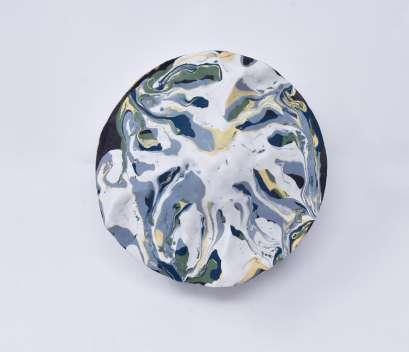
Bottom: Model top view
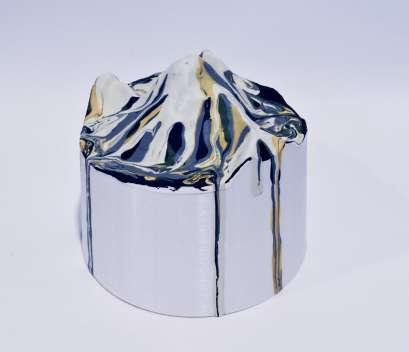
PORTFOLIO FALL 2022 26 Fall 2022 DS5000
Insertions I
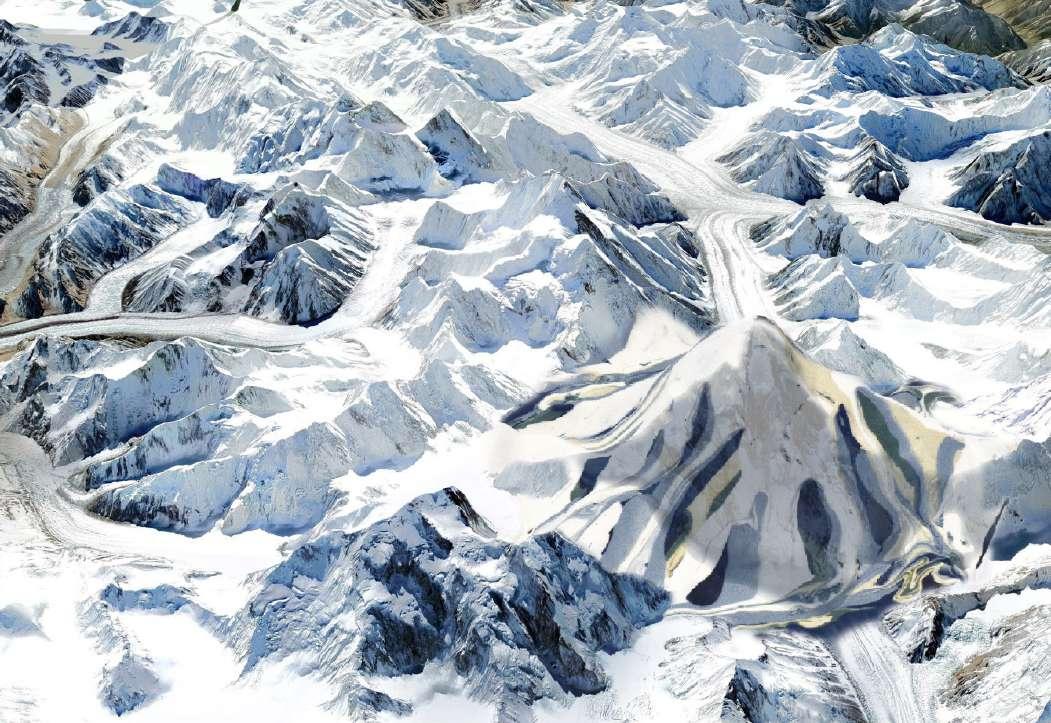 Google map satelite image montage (K2)
Google map satelite image montage (K2)
FALL 2022 Kazuaki Kojima NOT A MOUNTAIN: Strategies of Extraction 27
Insertions II
Prior to Photography, Painting was the primary means of depicting landscapes(real and imagined) and capturing the majestic and atmospheric qualities of mountains, seas, forests, sky, flora, and fauna. In Landscape paintings that in clude structures, buildings are often of the vernacular sort or monuments in ruin. In this set, Drip model photographs were inserted into the landscape painting. Decisions about scale, location, orientation, and simulated brushstroke techniques combine to produce an object that seems both alien and integral to the scene as a mountain and structure.
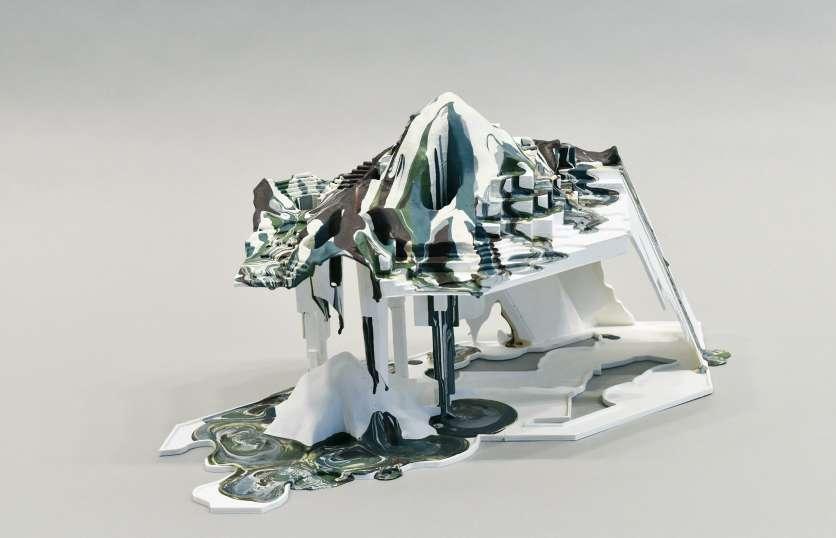 Drip model of excavated and inserted mountain K2
Drip model of excavated and inserted mountain K2
PORTFOLIO FALL 2022 28 Fall 2022 DS5000
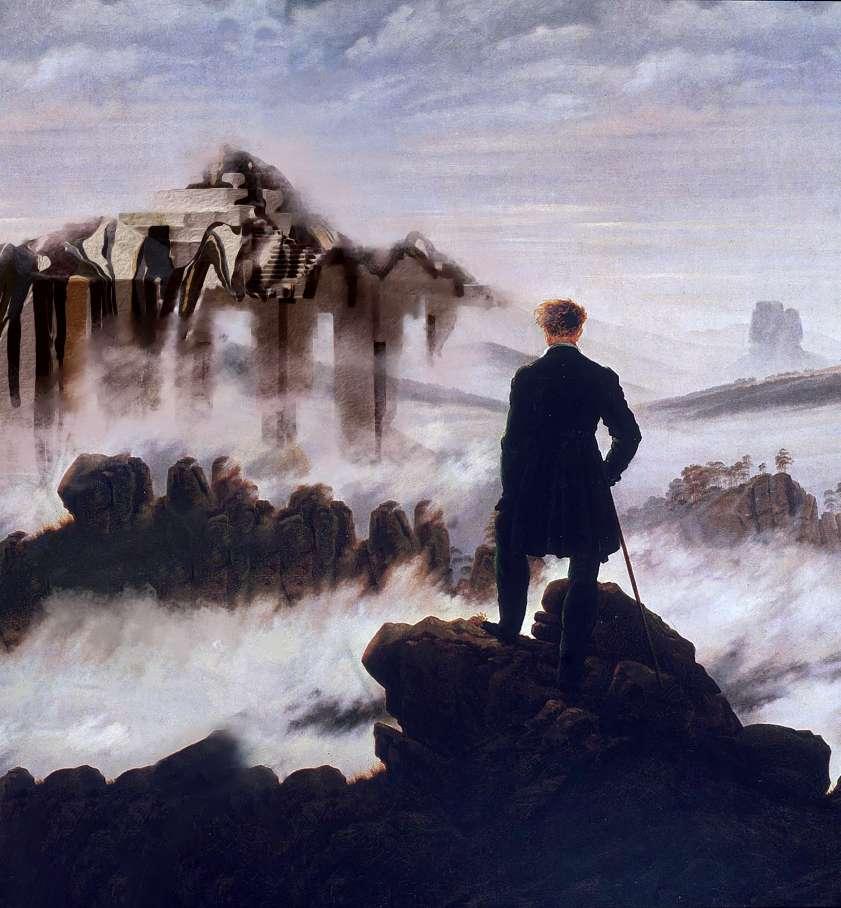 Landscape painting montage (Wanderer above the Sea of Fog by Caspar David Friedrich with drip model)
Landscape painting montage (Wanderer above the Sea of Fog by Caspar David Friedrich with drip model)
FALL 2022 Kazuaki Kojima NOT A MOUNTAIN: Strategies of Extraction 29
Composite map
Topographic Maps use lines to describe change on the earth’s surface through elevational projection. Parcel Maps use lines to subdivide land through planimetric projection. Both are means of controlling territory by imposing an orthographic ordering system and require legibility for any use value, in these assigned mountain peaks. The composite is supposed to perform at the level of combining the two map-making techniques mentioned as well as including data about the model and its parts as well as info about the original moun tain into a full and perhaps not so legible illustration.
Top: Mountain drip model 2 (K2)
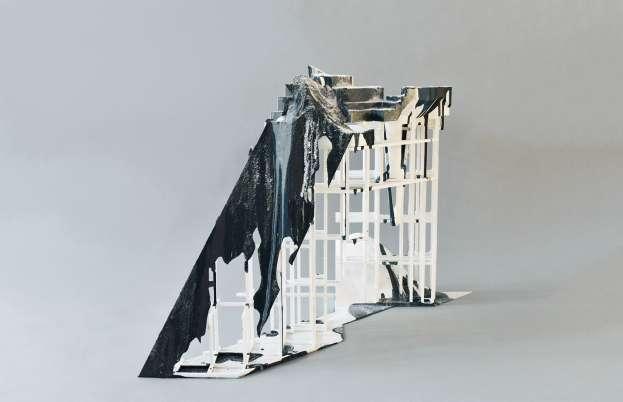
Bottom: Mountain drip model 2 elevation
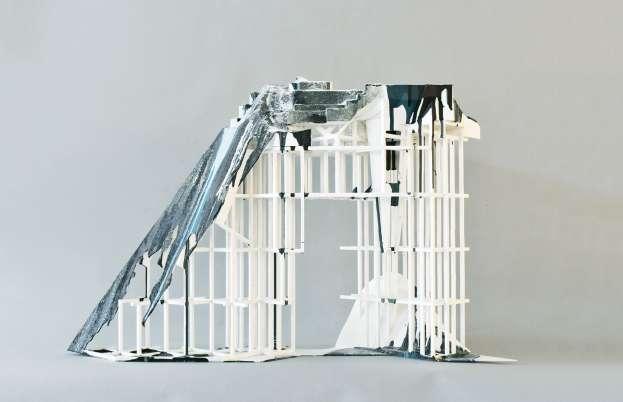
PORTFOLIO FALL 2022 30 Fall 2022 DS5000
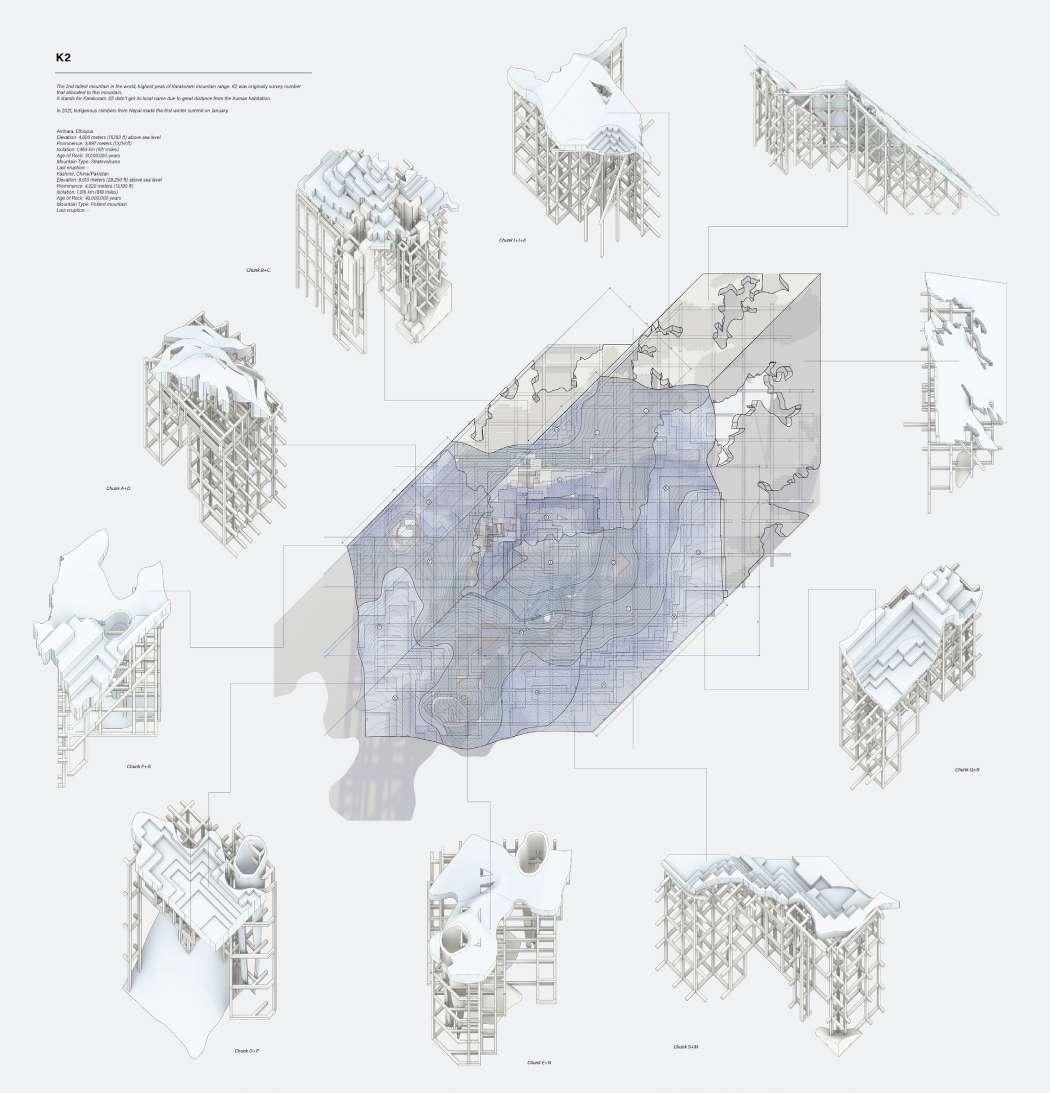
FALL 2022 Kazuaki Kojima NOT A MOUNTAIN: Strategies of Extraction 31
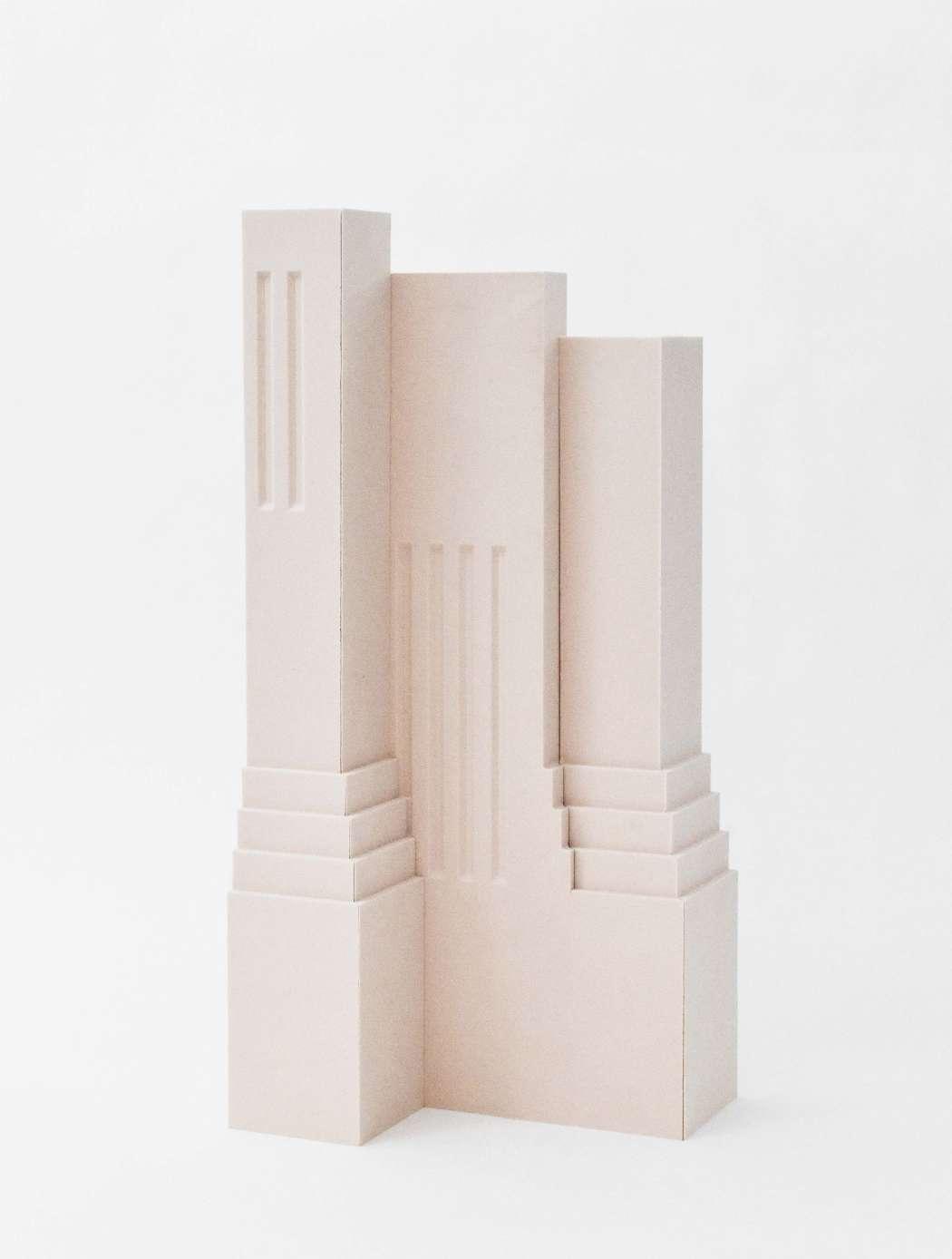
PORTFOLIO FALL 2022 32 Fall 2021 DS4000: Vertical Studio Anna Neimark
Post War Tactics
DS4000: Vertical Studio Fall Course2021 Description
Instructor: Anna Neimark
America’s longest war ended on August 31st, 2021. US troops, citizens and a select number of Afghani comrades, were airlifted “home.” Some will indeed go home, to the families and communities that await them. Others will integrate into new hometowns, fading into the fabric of American life. But a small and semi-visible number of them will gather to fight another fight, this time on the home front. In the post war period, around the West LA campus of the Veteran Administration, the numbers of veterans are growing. They come to apply for benefits, to seek care, to receive therapy, to find housing. But the administration is low on funding and notoriously bureaucratic about providing therapy and housing.
While the actions of a waning American empire touch us all as citizens of this world, the movements of power appear to exceed our expertise and influence as architects. But con sider the post war spaces of the Veteran Administration Campus--its buildings, landscapes, and roads—which fall squarely in the architectural wheelhouse. There, the State is physically rendered in figure-ground relationships, pro grammatic planning, infrastructural integration and circulation, public space development and urban typology, historic preservation and building design, formal and material beauty, even decorative relief and symbolic repre sentation. Everything is architectural there, already: but these are awkward products of public funding, not the smooth sites of corporate development. The question that we nwill tackle in this studio is: how architecture should represent the State today? How can such a seemingly forgotten— but majestic--patch of West Los Angeles refigure the role of government in the post-war?
from the course syllabus fall 2021
FALL 2022 Kazuaki Kojima The Architecture of the State: Post War Tactics 33
Detail of the Building / Detail of the Model
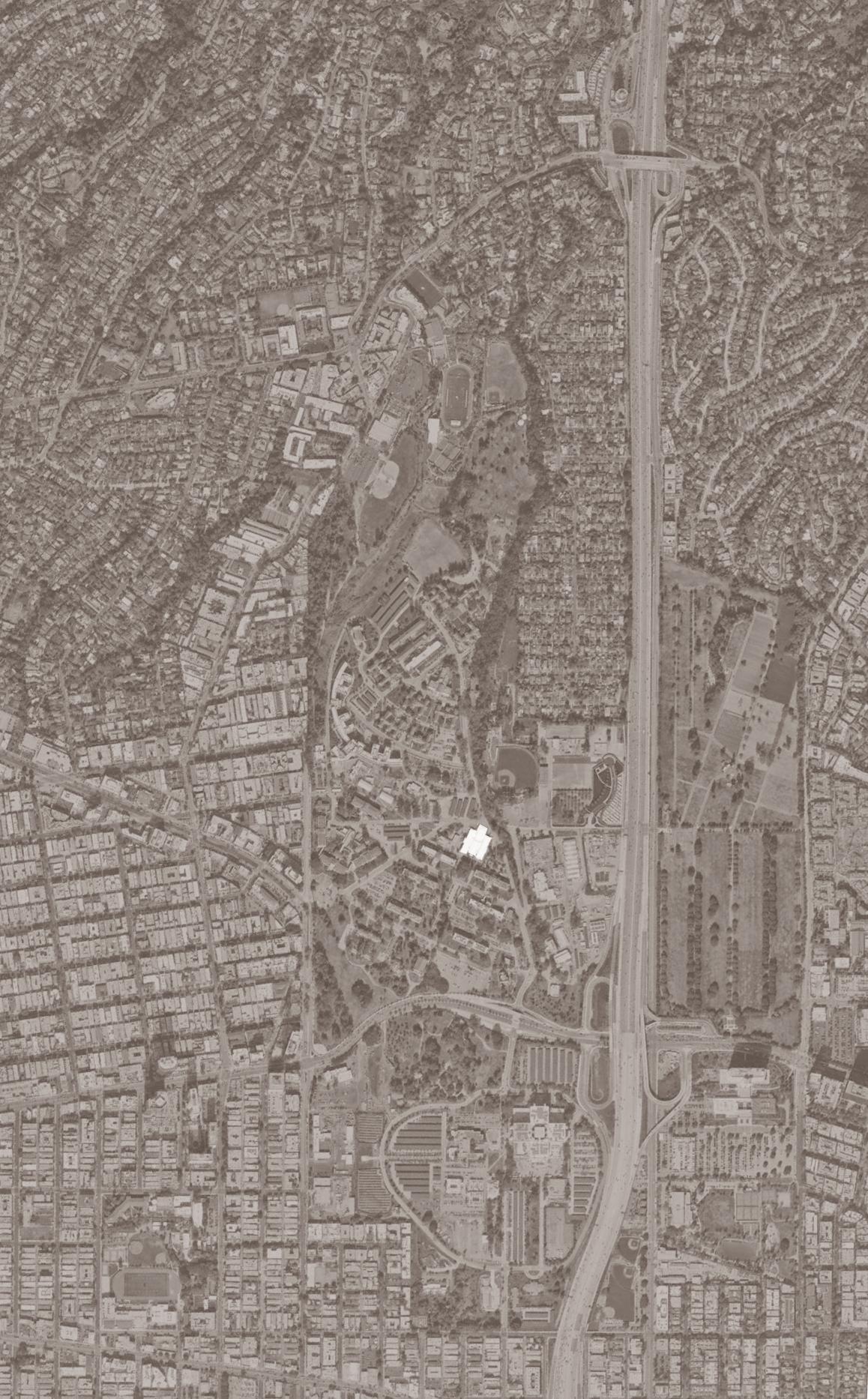
This project starts with formal documentation of the existing building on the campus, especially looking at the corner of the building. This building is located in almost the center of the campus. Its original function is unknown but currently vacant used as just storage.The main interest here was how ornamental elements, such as horizontal cornice lines and vertical grooves, appear at corner condition and how those elements bring two elevations together as the whole.
Then the geometry has been translated into the mill data. This process made us consider the direction of the drill bits mill and the limitation of material thickness in relation to how milled parts come together afterward.
 Top: West LA VA Campus map Bottom: Storage Building
Top: West LA VA Campus map Bottom: Storage Building
PORTFOLIO FALL 2022 34 Fall 2021 DS4000: Vertical Studio Anna Neimark
FALL 2022 Kazuaki Kojima The Architecture of the State: Post War Tactics 35 501 Chiller Plant for Building 500 582 Liquid Oxygen Tank 345 Radiation Therapy 304 Eye Clinic/Polytrauma/Employee Health 23 Governor’s Quarters 33 Superintendent Quarters 277 Mechanical Room 224 Outleased Laundry 199 Hoover Barracks 156 Vacant Storage 13 Vacant Storage 13 Vacant Storage 20 Chapel 218 Administration Building 116 New Directions 66 Trolley House 500 Main Hospital 507 MRI Facility 158 Vacant Storage Campus Masterplan (collective)
The chunk model was derived from the top and bottom parts of the building. The models and drawings are not a represen tation of the original building but more abstract objects that allow us to examine and explore and interpret the various type of relationships of the parts and objects to the materials, scales, and milling process.
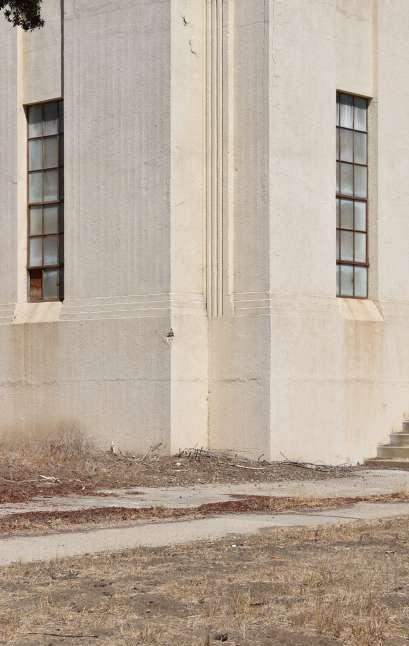
The drawing is printed on mylar sheets and painted multiple times with various types of paints. Layered paints and ink makes the drawing more like 3-dimensional thing rather than flat image. Working on physical models and drawings simultaneously helped us explore and develop ideas about the materiality of this project. Thick layers of paints conceal the scratches and rough area of the model and make it more abstract and flat, whereas the ink and paint on mylar sheets accumulate and intensify its thickness and make it feel more like 3-dimensional thing.
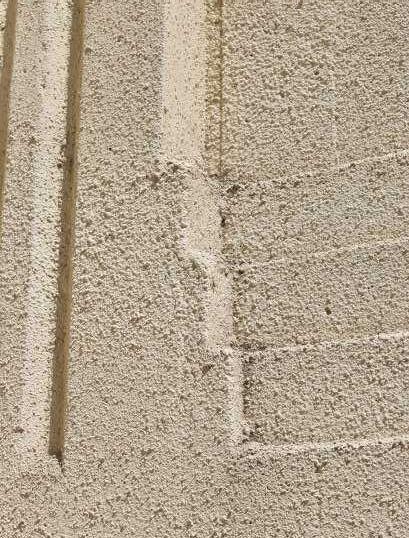
PORTFOLIO FALL 2022 36 Fall 2021 DS4000: Vertical Studio Anna Neimark
Top: Detail of the wall Bottom: Corner condition of the building
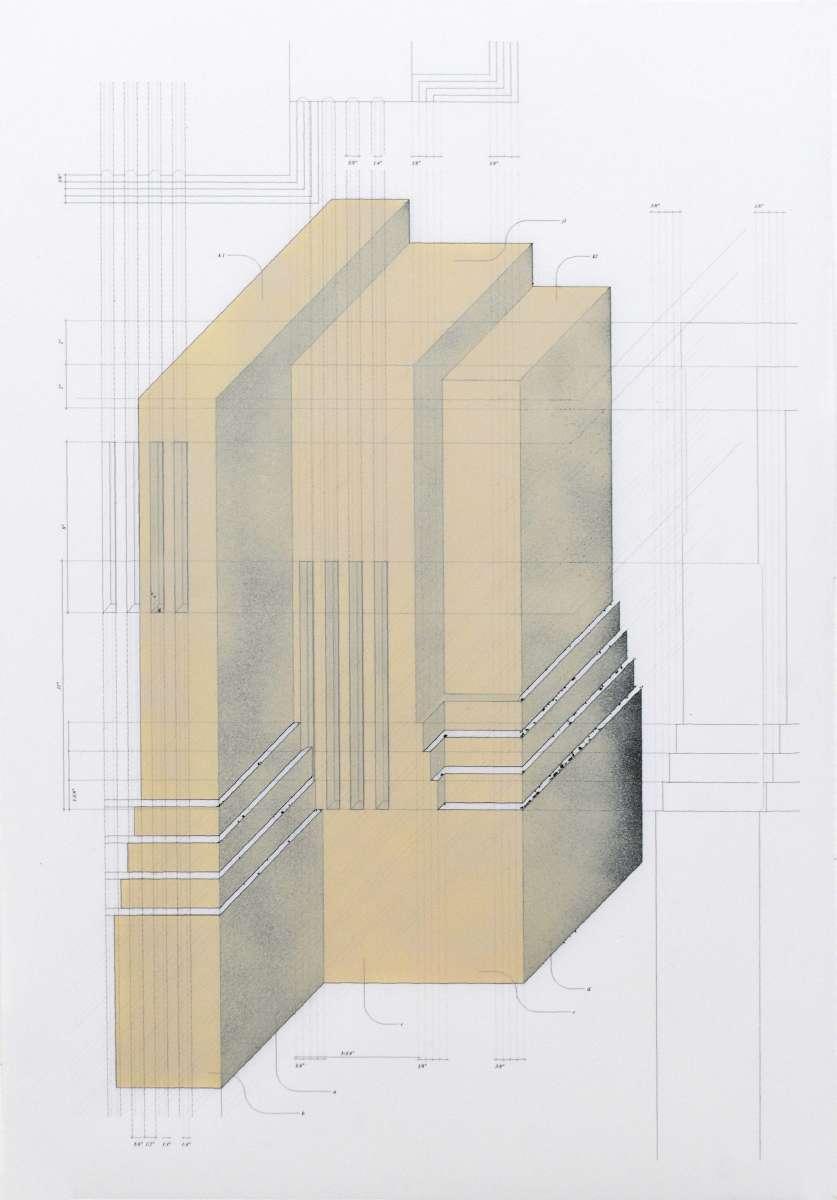 Diagramatic Axon Drawing
Diagramatic Axon Drawing
FALL 2022 Kazuaki Kojima The Architecture of the State: Post War Tactics 37
Because of the nature of the CNC milling process and its restriction, the parts needed to be fit within a specific thick ness. This model consisted of a series of thick surfaces rather than solid. In order to get a sharp and consistent corner, the edge of the parts is sliced into a sharp angle to get miter joints. Each part was milled separately, then assembled.


Top: Model parts before assembly
Bottom: Corner detail of the model
PORTFOLIO FALL 2022 38 Fall 2021 DS4000: Vertical Studio Anna Neimark
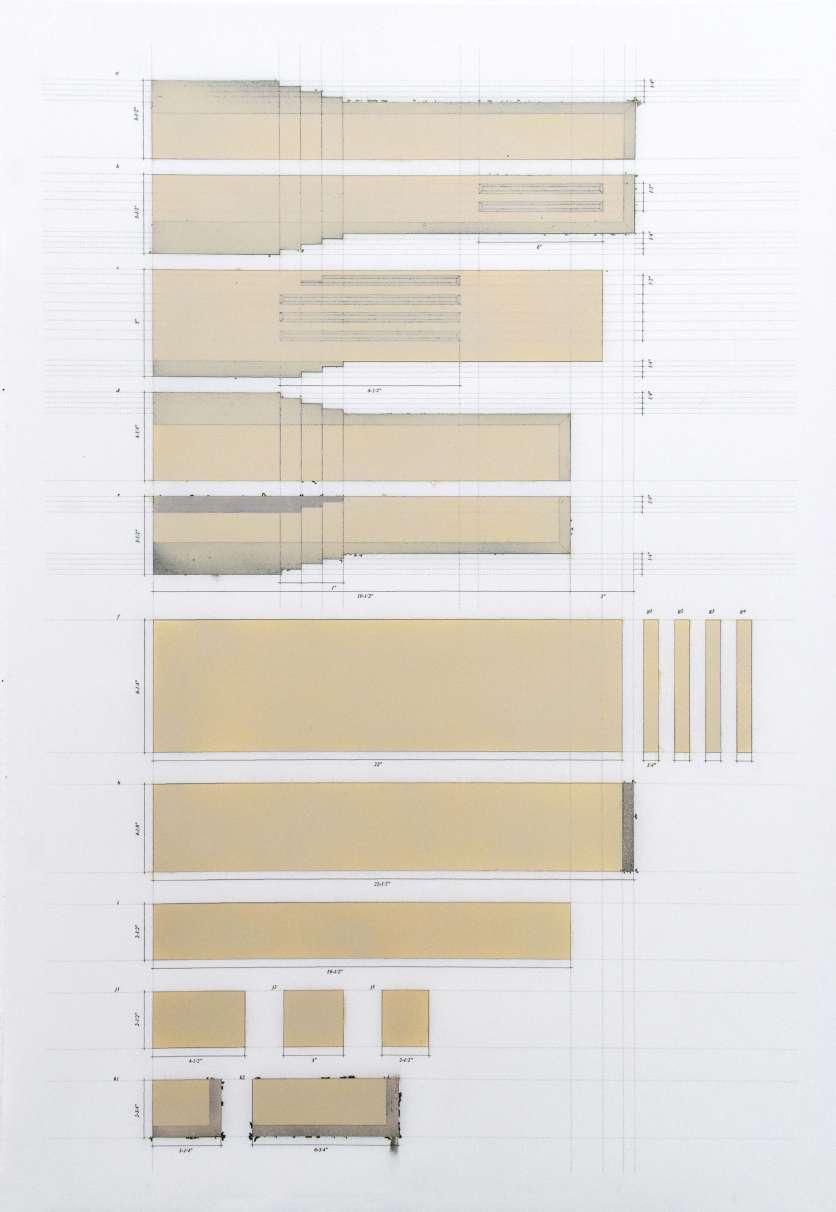 The Architecture of the State: Post War Tactics
Shop Drawing for parts cutting
The Architecture of the State: Post War Tactics
Shop Drawing for parts cutting
FALL 2022 Kazuaki Kojima
39
Top: Model photo elevation
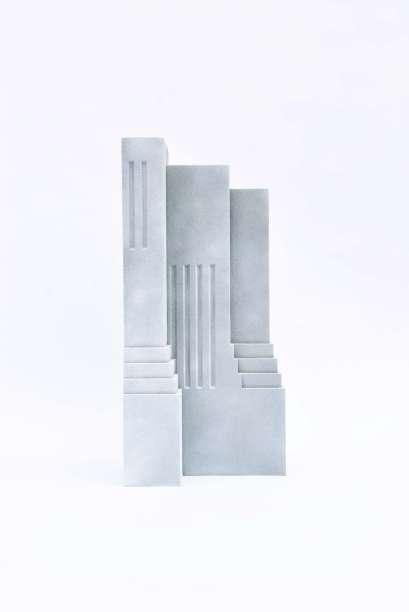
Bottom: Model photo elevation 2 - Right page
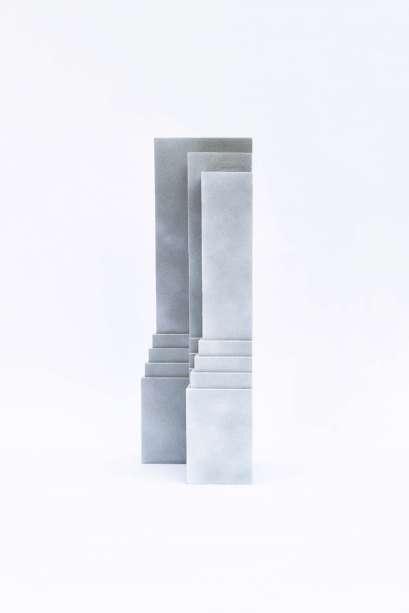
Concept Model (over painted) 29”(h)x 10”x 14.5”
Milled foam board,textured spray paint
PORTFOLIO FALL 2022 40 Fall 2021 DS4000: Vertical Studio Anna Neimark
1
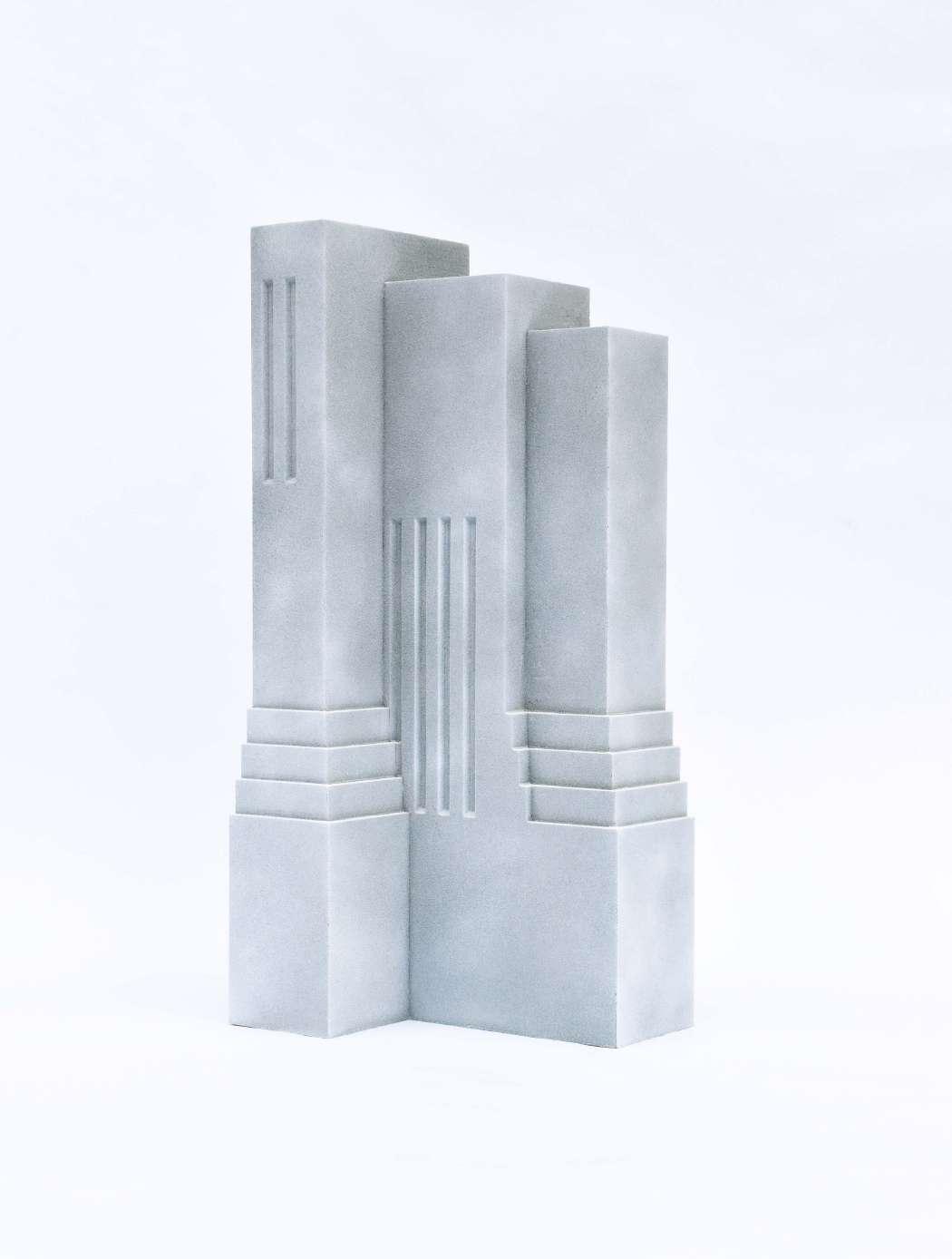
FALL 2022 Kazuaki Kojima The Architecture of the State: Post War Tactics 41
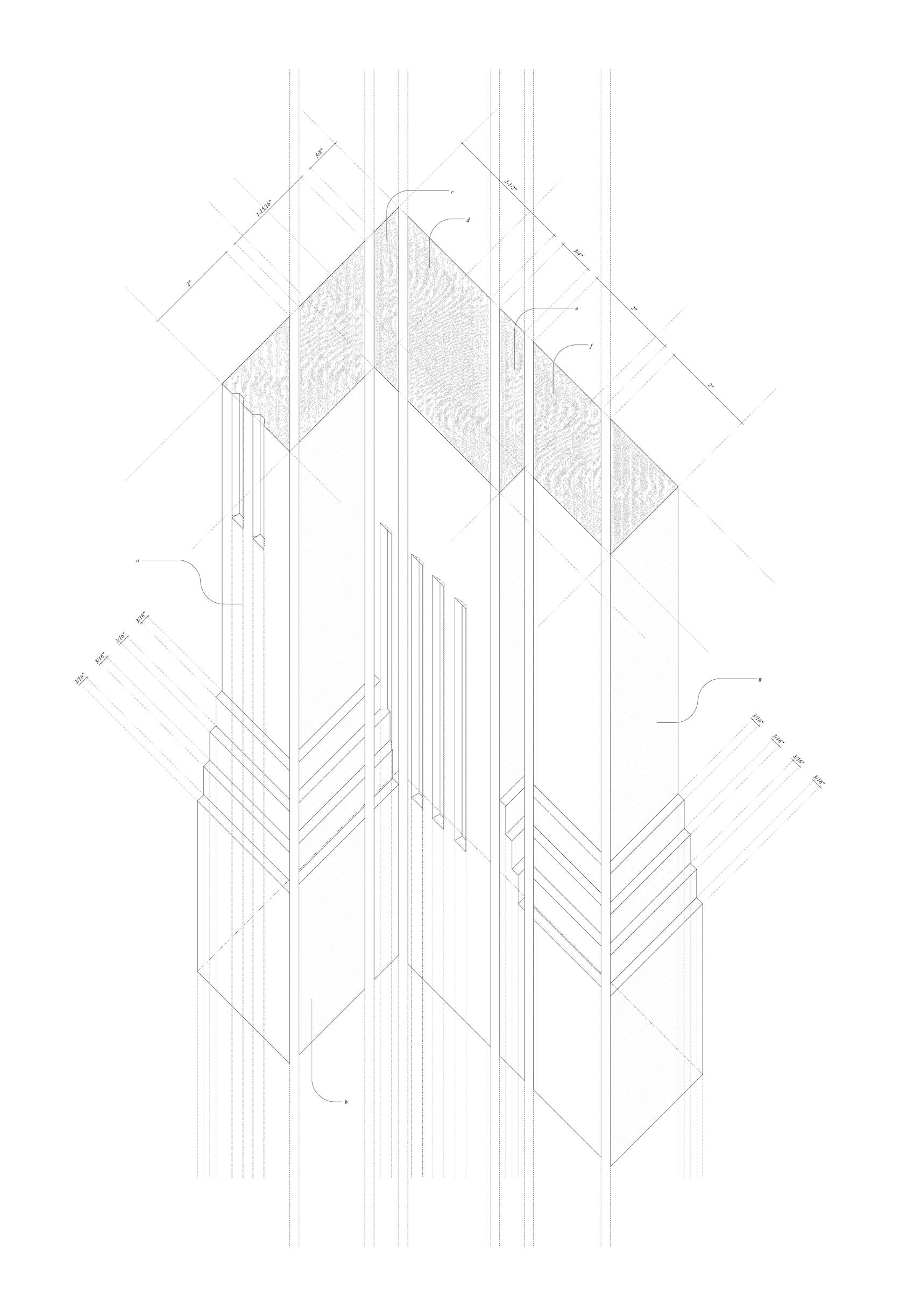 Diagramatic Plan Oblique
Diagramatic Plan Oblique
PORTFOLIO FALL 2022 42 Fall 2021 DS4000: Vertical Studio Anna Neimark
 The Architecture of the State: Post War Tactics
Shop Drawing for parts cutting
The Architecture of the State: Post War Tactics
Shop Drawing for parts cutting
FALL 2022 Kazuaki Kojima
43
Top: Model photo (assembly)
Bottom: Model Detail photo
- Right page
Concept Model (sliced) 8”x 5.2”
Milled foam board
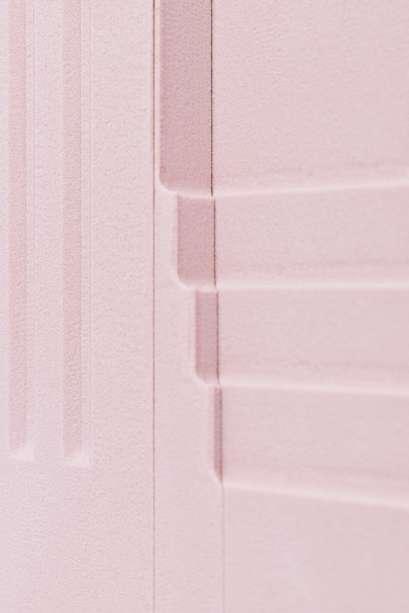
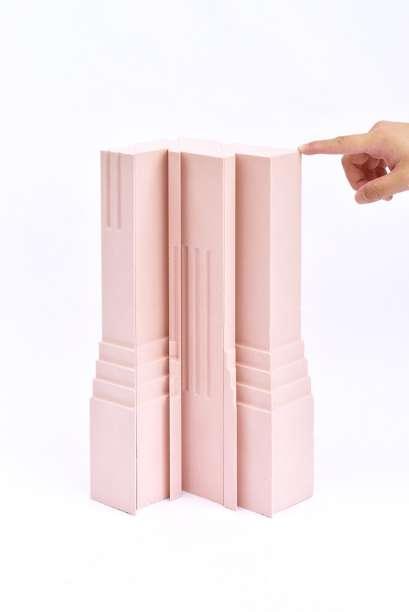
PORTFOLIO FALL 2022 44 Fall 2021 DS4000: Vertical Studio Anna Neimark
15”(h)x
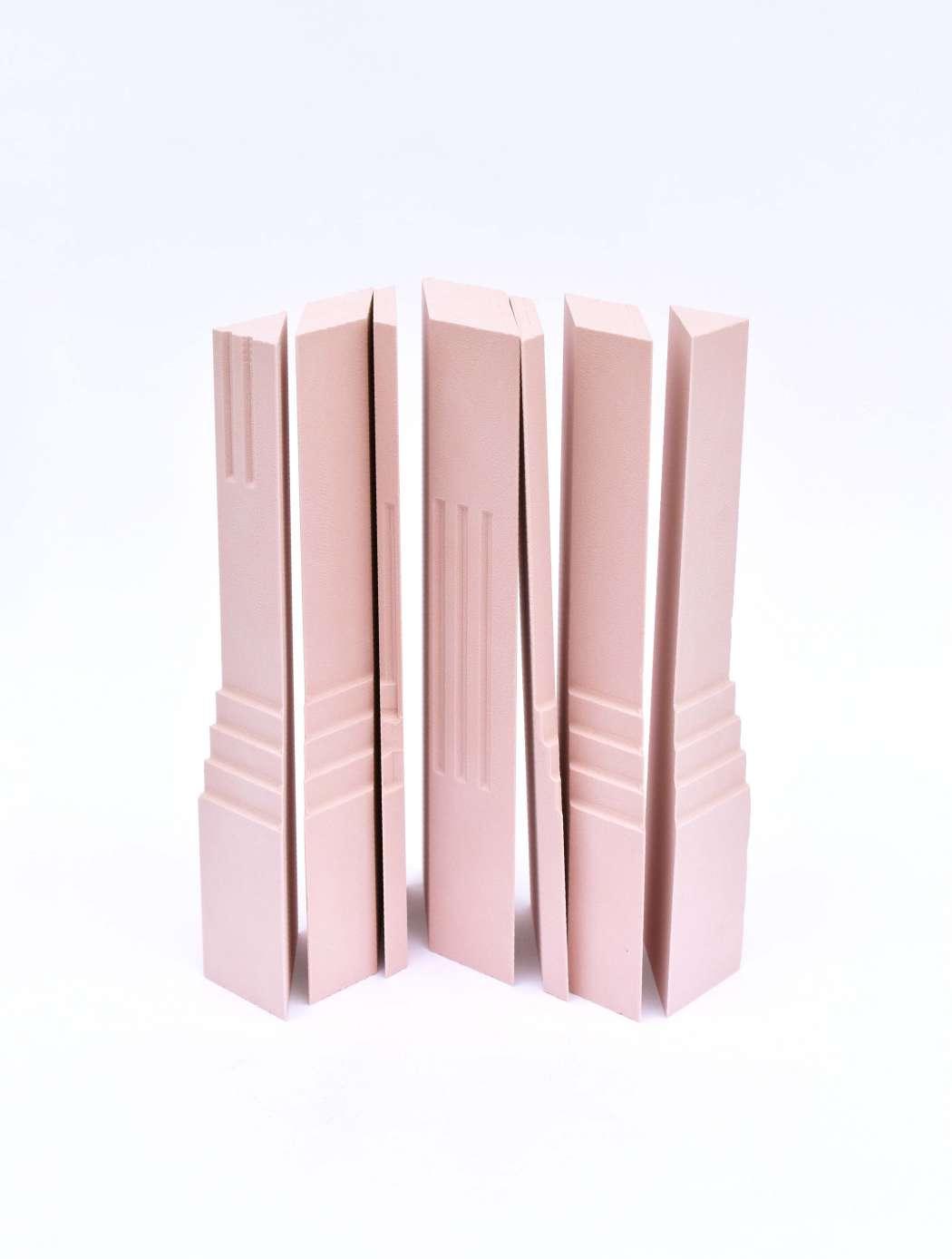 The Architecture of the State: Post War
The Architecture of the State: Post War
FALL 2022 Kazuaki Kojima
Tactics 45
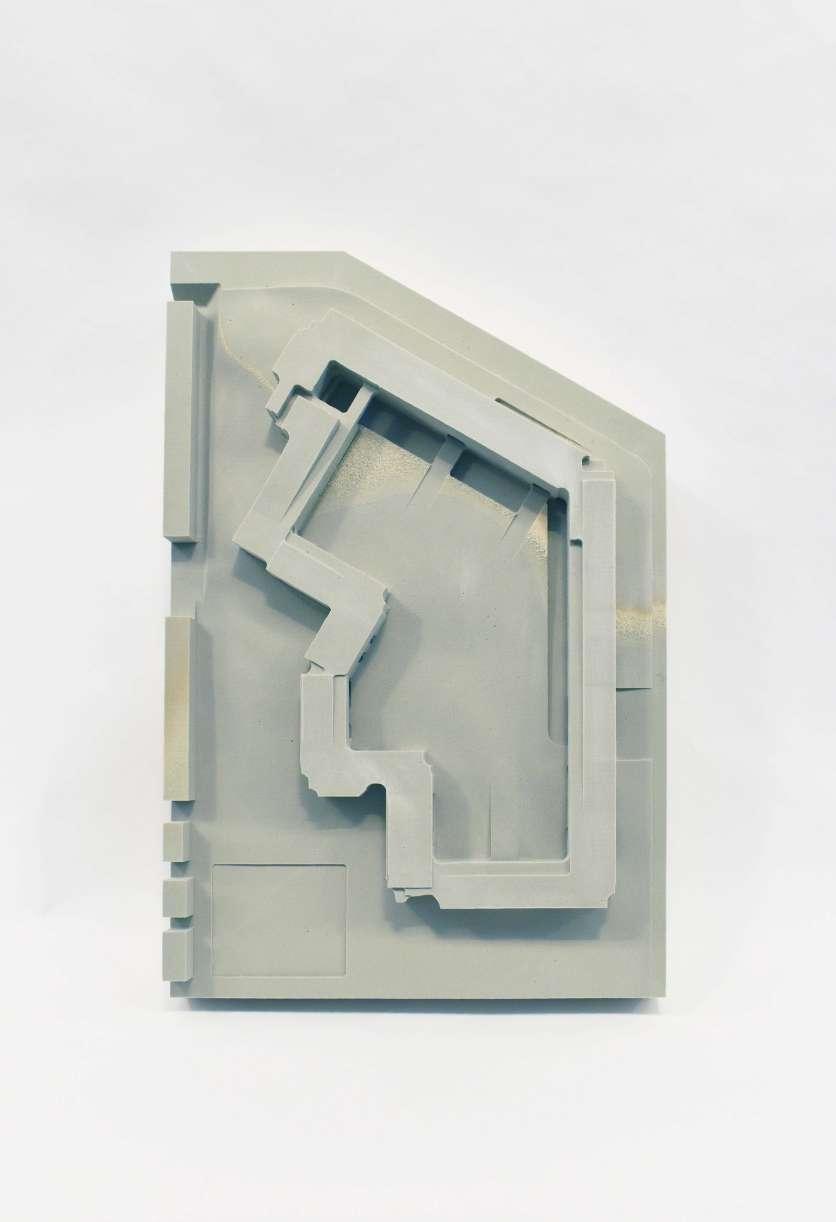 Model photo Top view (with roof)
Model photo Top view (with roof)
PORTFOLIO FALL 2022 46 Fall 2021 DS4000: Vertical Studio Anna Neimark
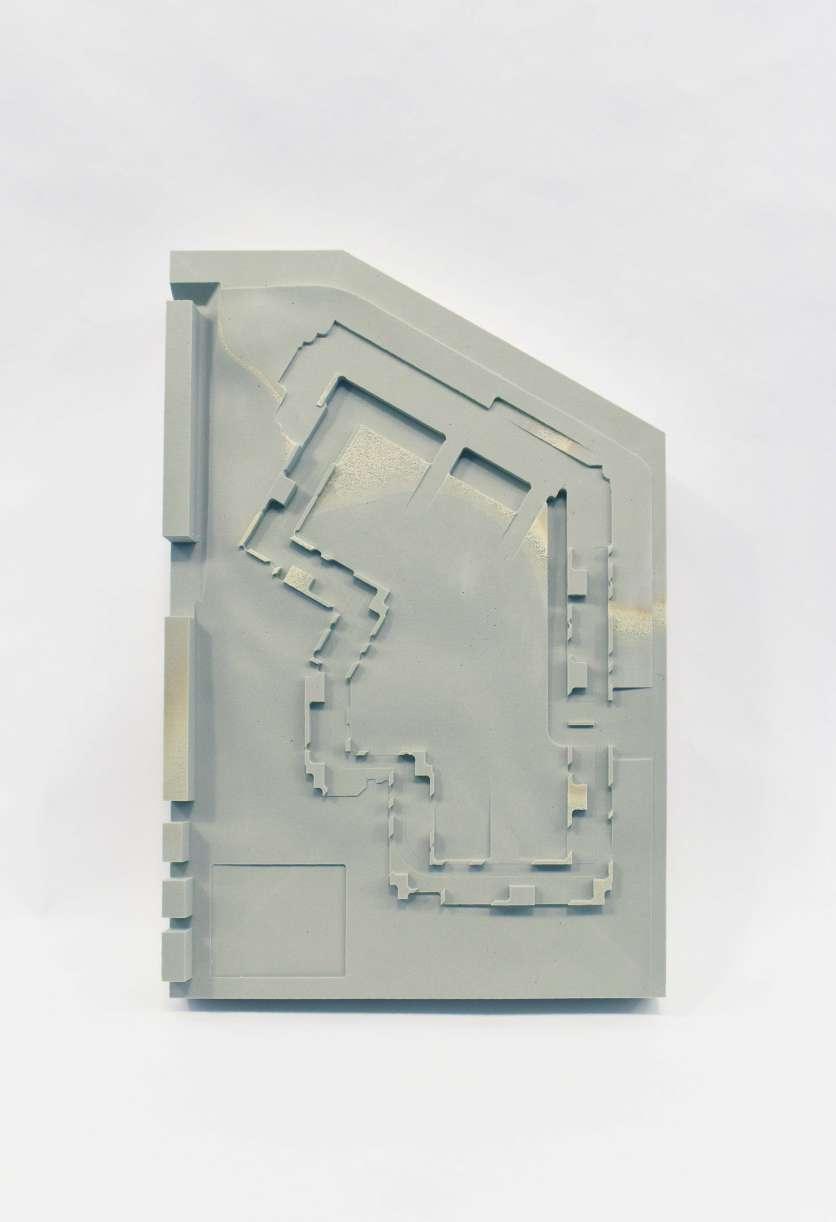 The Architecture of the State: Post War Tactics
Model Top View (parking level)
The Architecture of the State: Post War Tactics
Model Top View (parking level)
FALL 2022 Kazuaki Kojima
47
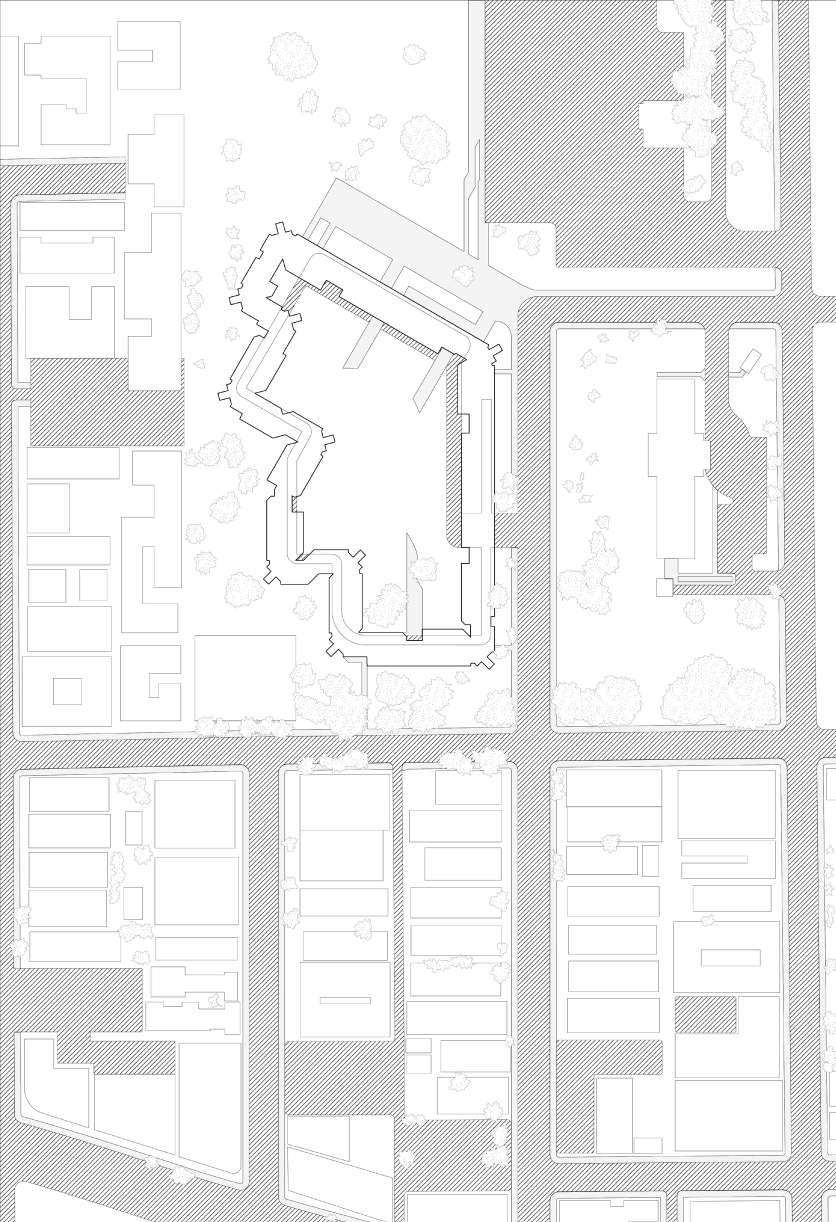
PORTFOLIO FALL 2022 48 Fall 2021 DS4000: Vertical Studio Anna Neimark Master Plan
The project site was at the southwest end of the campus, which is a marginal boundary between the city and campus. In terms of the building program, I propose social hous ing for veterans, including community shared space and surrounding landscape. I started with courtyard housing typology, but the overall massing strategy was derived from site conditions. North and east volume speak to the existing campus organization, which employs a large scale figure and strong axis. West and south volumes deal with smaller scale and fuzzy urban fabric. The massing reconciles the friction between campus and urban. Landscaping on the courtyard and surroundings are disciplined by the grid of architectural volume to produce a connection between the empty campus site and this housing.
In terms of the circulation system, elevators, and stairs located on the corner of the building align to the angle that divides the corners diagonally, just like I introduced the mi tered corner for the midterm model. Pathways were extended from the corner to every housing unit. Each housing unit has its own balcony space and privacy while having loose connectivity with neighboring residentials.
The site is sloping down from the campus side to the urban block. Thus architectural volume has shattered and reorga nized as stepping down towards the city to fit the undulating surface. the corner of the building align to the angle that divides the corners diagonally, just like I introduced the mi tered corner for the midterm model. Pathways were extended from the corner to every housing unit. Each housing unit has its own balcony space and privacy while having loose connectivity with neighboring residentials.
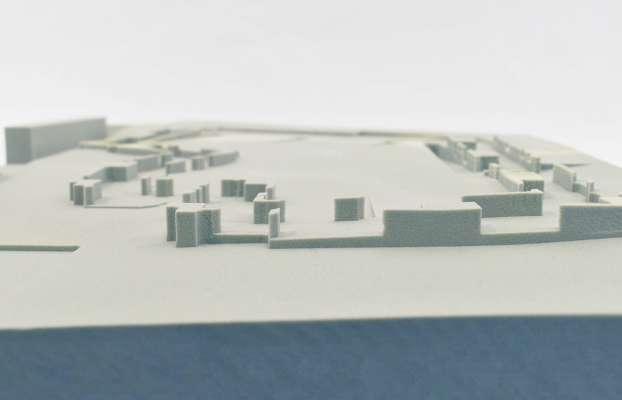
In this project, I have been working on different types of production and representation methods. Starting from doc umentation, 3d modeling in rhino, drawing, milling, spray painting, photographing, rendering, 3d-printing, This project is developing the formal and aesthetic strategy out of the process of going back and force between those agencies.
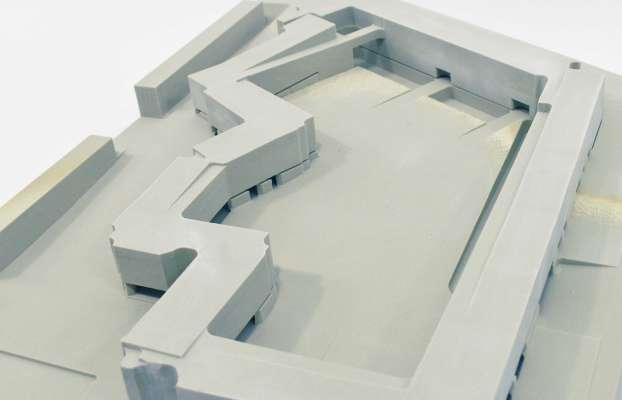 Top: Model Aerial View
Bottom: Model Detail Photo
Top: Model Aerial View
Bottom: Model Detail Photo
FALL 2022 Kazuaki Kojima The Architecture of the State: Post War Tactics 49
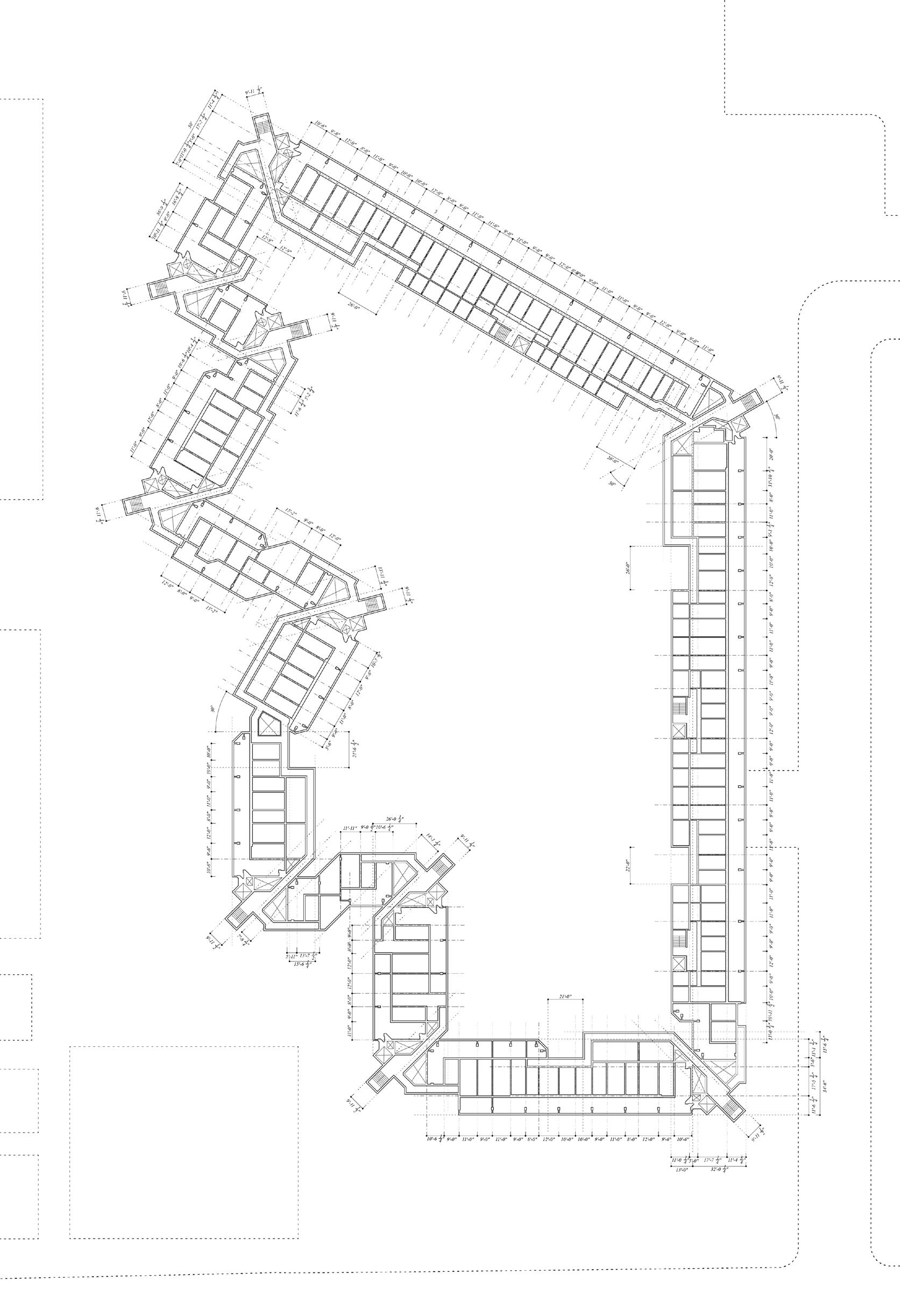 Typical Floor plan
Typical Floor plan
PORTFOLIO FALL 2022 50 Fall 2021 DS4000: Vertical Studio Anna Neimark
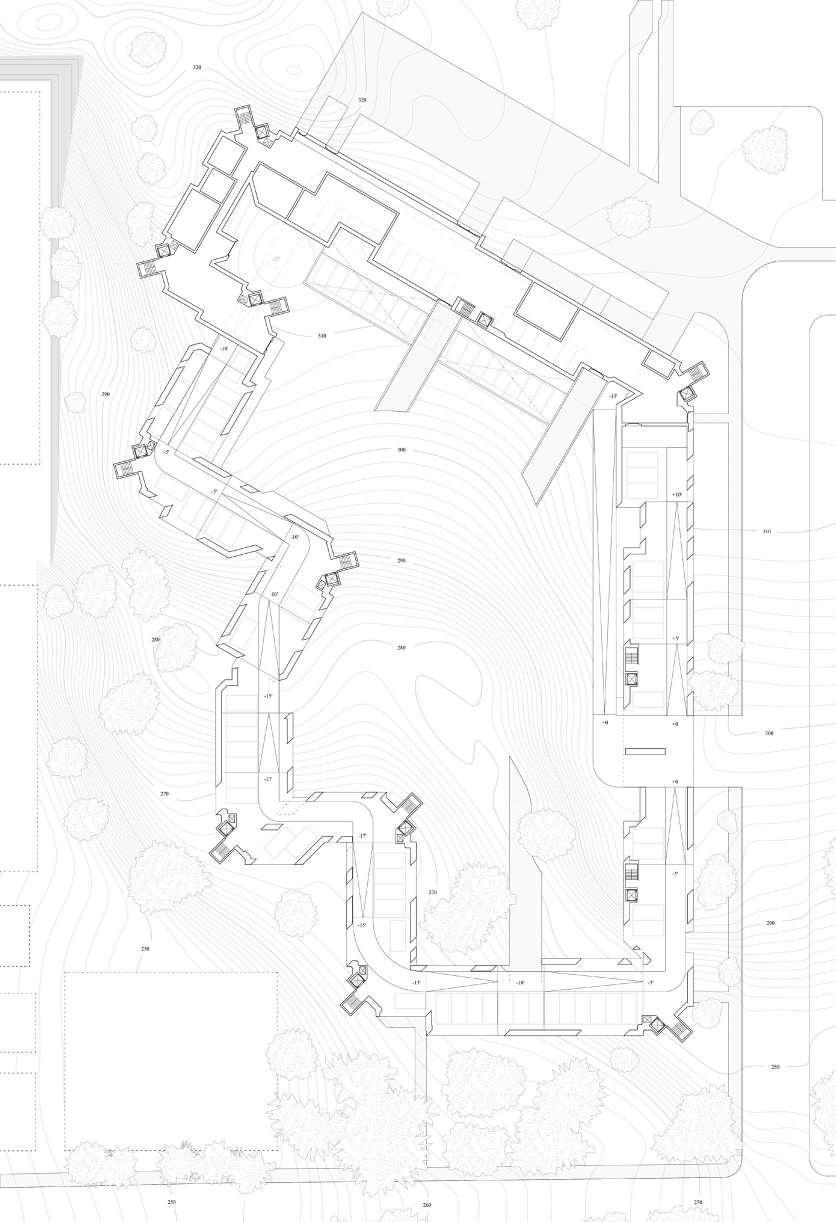 The Architecture of the State: Post War Tactics
Ground level plan
The Architecture of the State: Post War Tactics
Ground level plan
FALL 2022 Kazuaki Kojima
51
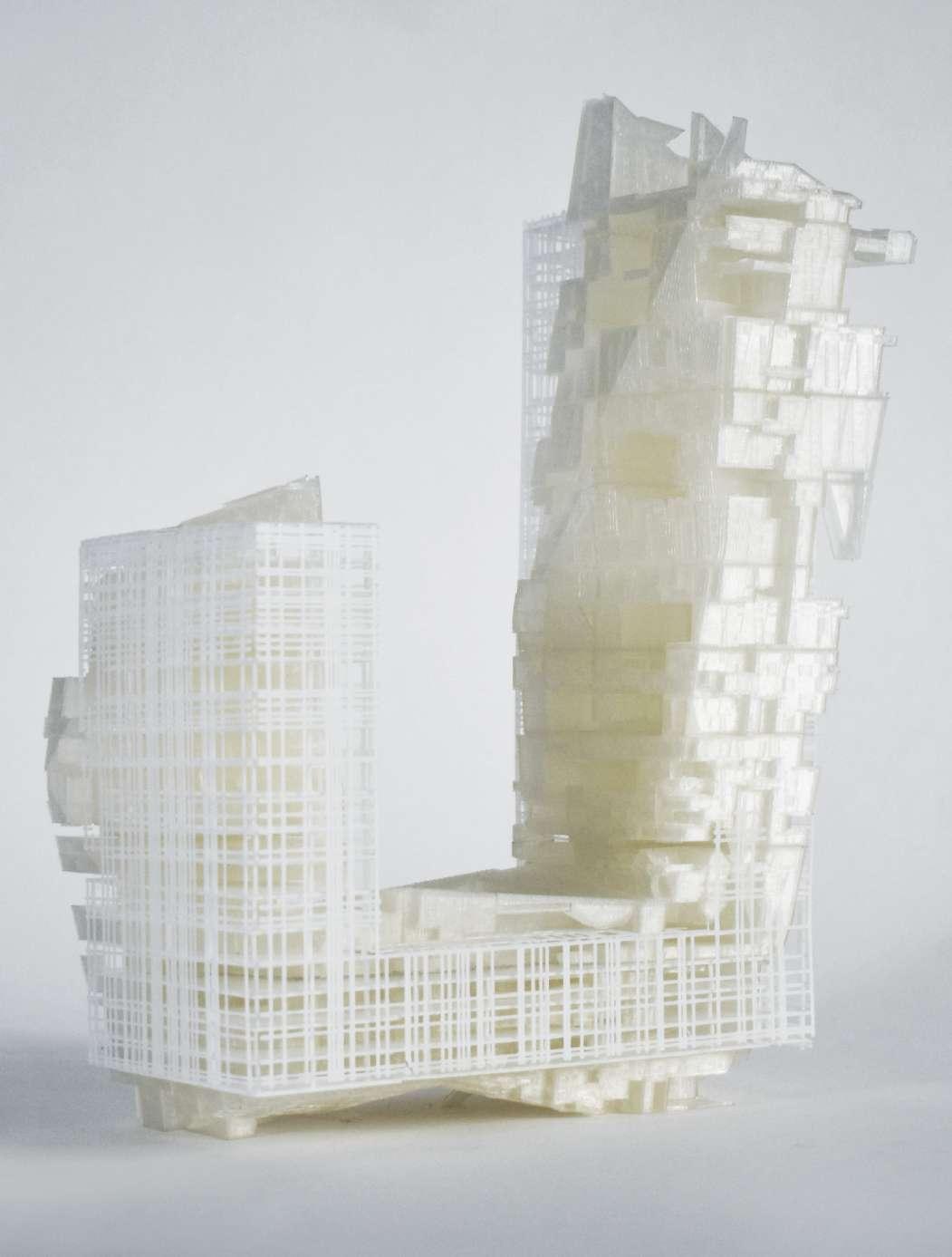
PORTFOLIO FALL 2022 52 Spring 2021 DS1121: Architecture as Urban Design Studio
Instructor: Darin Johnstone
DualDS1121:NaturedArchitecture as urban Design Studio Spring Course2021Description
2GB is the moment in the curriculum where students are asked to examine potential relationships between Archi tecture and the city as a way of making Architecture. The premise of this studio, clearly related to Koolhaas’ text, (now of the last century) is that when architecture reaches a certain size and scale it is urbanism. Clearly it is not 1995. It is a COVID world and we are just living in it. This world is full of post-COVID myths of retreat, sprawl, and the idea that if people can be anywhere, they will choose the middle of nowhere. In this world can we double down on bigness and the robustness of the metropolis? With all the resources that have been poured into the formation and evolution of cities as our most advanced built organisms, bigness is no longer an amoral, or acontextual act, as argued by Koolhaas. It is now an essential endeavor. Time will tell if the Green Archipelago Koolhaas theorized with his mentor O.M. Ungers, or containers of bigness as landmarks in a post-ar chitectural landscape (server farms?) will come to pass. For now, one thing is for certain; cities are not disappearing. Architecture remains. Infrastructure remains. Now what? This studio argues that acts of bigness are essential in both form and content. Large buildings and existing generic urban shells can answer a need for new forms of urban density which can result in new forms of architecture. No longer urbanistically agnostic, very large architecture must now contain a myriad of programs, AND answer to the de mands of the urban fabric and the vision of the city skyline. It must be of the ground and for the sky.
from the course syllabus spring 2021
FALL 2022 Kazuaki Kojima Dual Natured 53
Big Architecture x Campus Plan

The project was launched by researching “Big” building and campus plan. The precedent project for the “Big” building was Forum 2004 building by Herzog & de Meuron. Tracing and reconstructing the precisely measured completed orthographic set was starting point of the analysis. The essentials of the building that makes it the “Big” building were examined through the process of reducing the drawing set to the diagrams that describe how the architecture works in terms of functional, conceptual, formal, and environmen tal factors. This is the “flat mat” building as typology; tringle mat volume is lifted by concrete mass, accommodating circulation and auditorium function.
Initially, this building is designed for the international event called 2004 Universal Forum of Culture, held in Barcelona, Spain. After the event, this building functions as the Natural History Museum. The Swiss Architect Herzog & de Meuron won the competition. They describe that this project’s core idea was to “ convert the chosen zone into the most import ant and significant district of 21st century Barcelona.”
The site is located where the Avenida Diagonal intersects with the Cerda grid’s main street and meets the Mediter ranean coast. Also, the site is part of the gigantic artificial ground over the seaside traffic. The triangle building volume is shaped and defined by the axis of the urban grid of Barcelona. To allow for the maximum combination of functions, maximum flexibility and spatial interaction were
Top: Volume diagram
Middle: Structural diagram
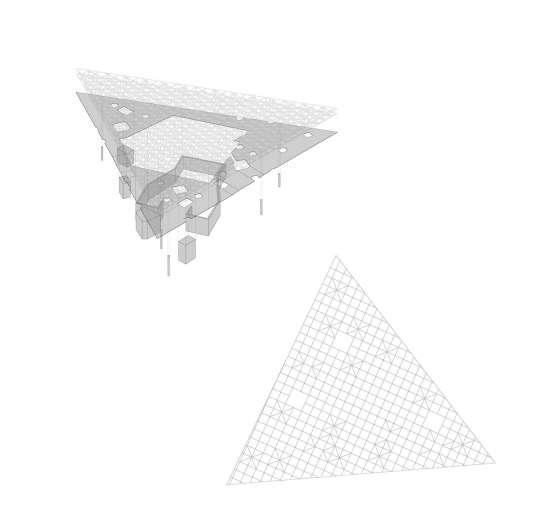
Bottom: Section plan
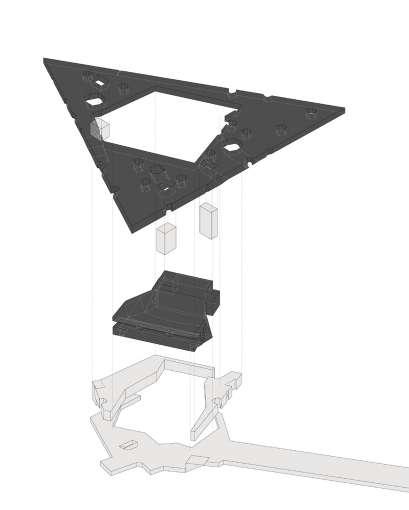
PORTFOLIO FALL 2022 54 Spring 2021 DS1121: Architecture as Urban Design Studio
Top
Bottom
Top
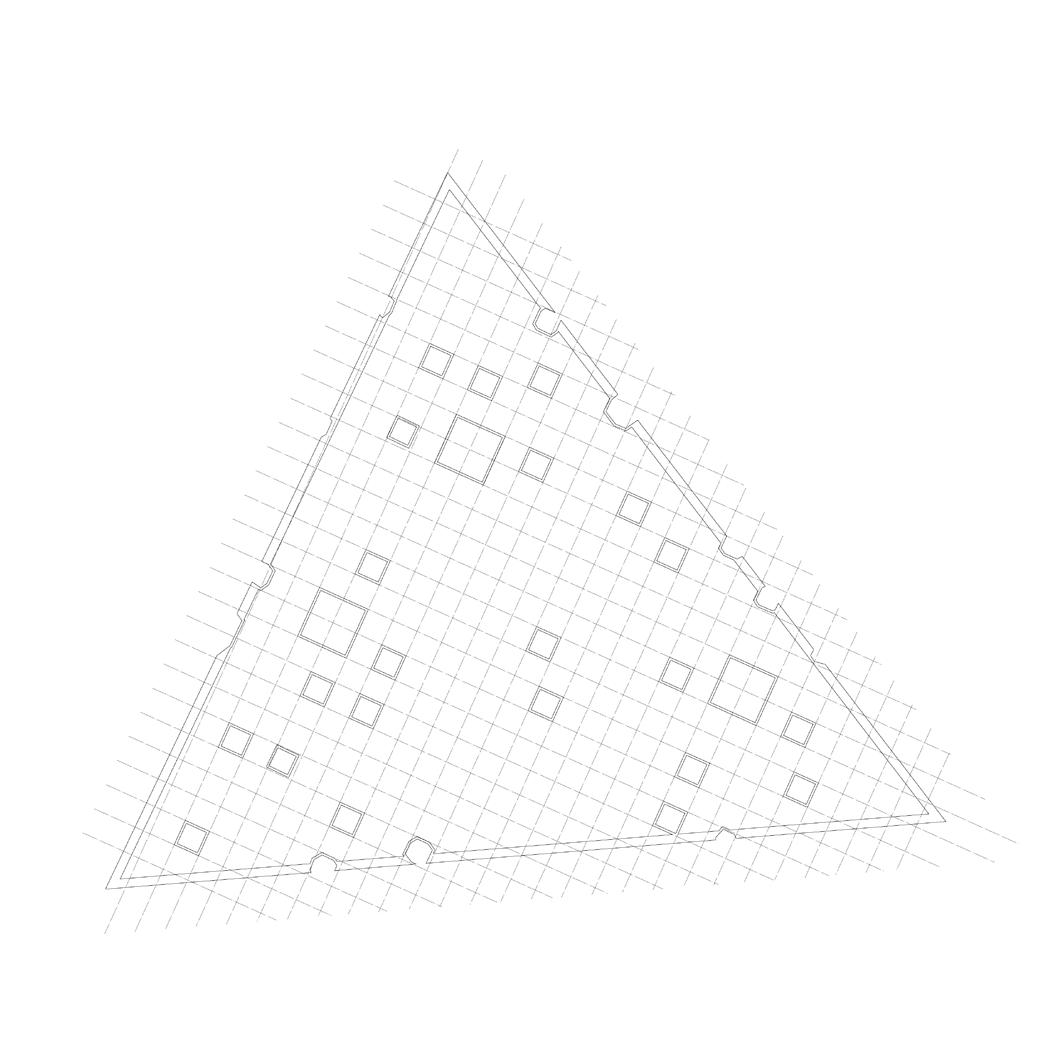

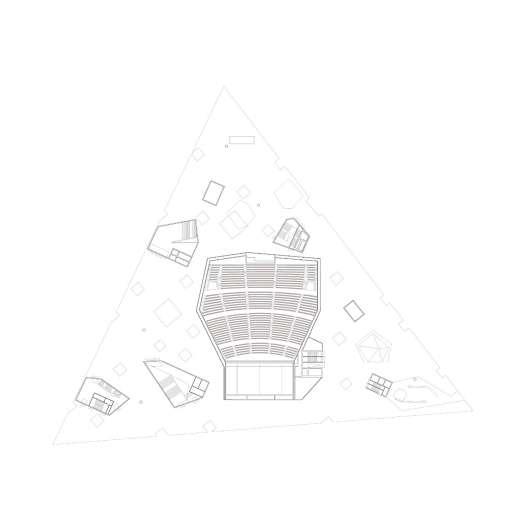
Bottom

FALL 2022 Kazuaki Kojima Dual Natured 55
left: Structural grid plan
left: Second Floor plan
right: Ceiling plan (ground level)
right: Ground Floor plan
taken into consideration. The program are an auditorium with 3,200 seats, large exhibition areas, foyer spaces, small administration areas, and the restaurant, which are arranged horizontally. The project was launched by researching “Big” building and campus plan. The precedent project for the “Big” building was Forum 2004 buildhitecture works in terms of functional, conceptual, formal, and environmental factors. This is the “flat mat” building as typology; tringle mat volume is lifted by concrete mass, accommodating circulation and auditorium function.

National Autonomous University of Mexico (Universidad Nacional Autónoma de México) is the largest university in South America. Its campus, called “university city,” is as vast as 2500 acres and formed by over 2000 buildings. Approximately 360,000 students attend, and 42000 academic staff work there.
Originally it is established as Real y Pontificia Universidade de México in 1551 by Carlos I, King of Spain, referencing Spanish university’s campus such as Salamanca University in Madrid. The school experienced temporal closure in 1865. Forty years later, the project that aims to establish a national university in Mexico was approved in 1907. In 1933, the university acquired its autonomy, making the university independent from any political power and organization.
The construction of the central UNAM campus has started at around the 1920s. Several architects, Mario Pani, Armando Franco Rovira, Enrique del Moral, Eugenio Peschard, and Ernesto Gómez Gallardo Argüelles, participated in this proj ect. Del Moral and Pani took the directive role to designate architects to the selected building. The campus includes over 40 individual schools and institutes, a Stadium, several Ath letic facilities, few museums, and galleries while preserving natural resources. The whole campus is separated from the city to retain its autonomy not only in political meaning but also physically and architecturally.
Campus masterplan
PORTFOLIO FALL 2022 56 Spring 2021 DS1121: Architecture as Urban Design Studio
Top
Bottom
Top
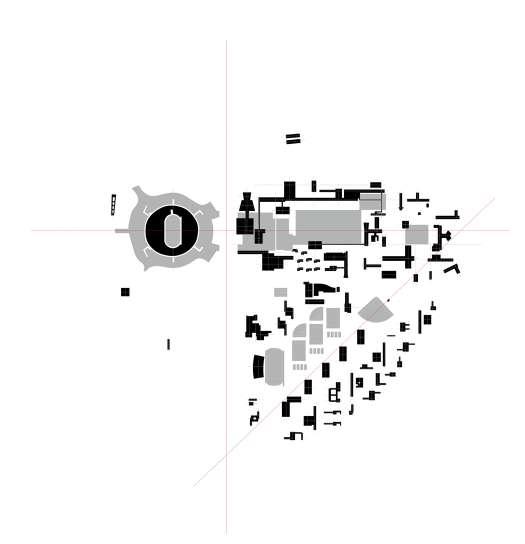
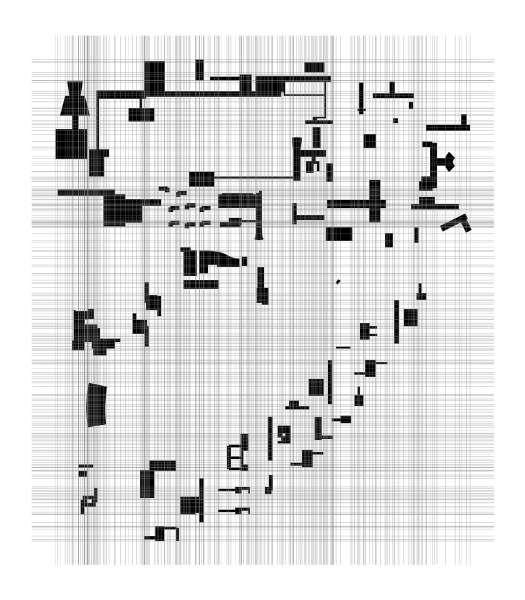
Bottom
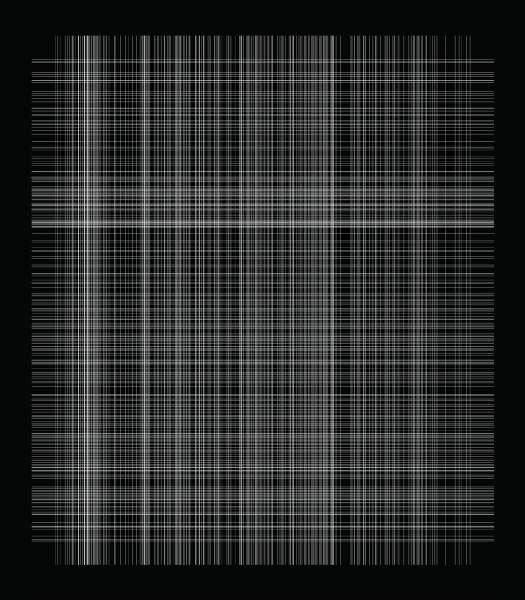
 Dual Natured
Dual Natured
FALL 2022 Kazuaki Kojima
57
left: Hard scape & Soft scape
left: Extended edges
right: Circulation network
right: Ephemeral grid
Top:
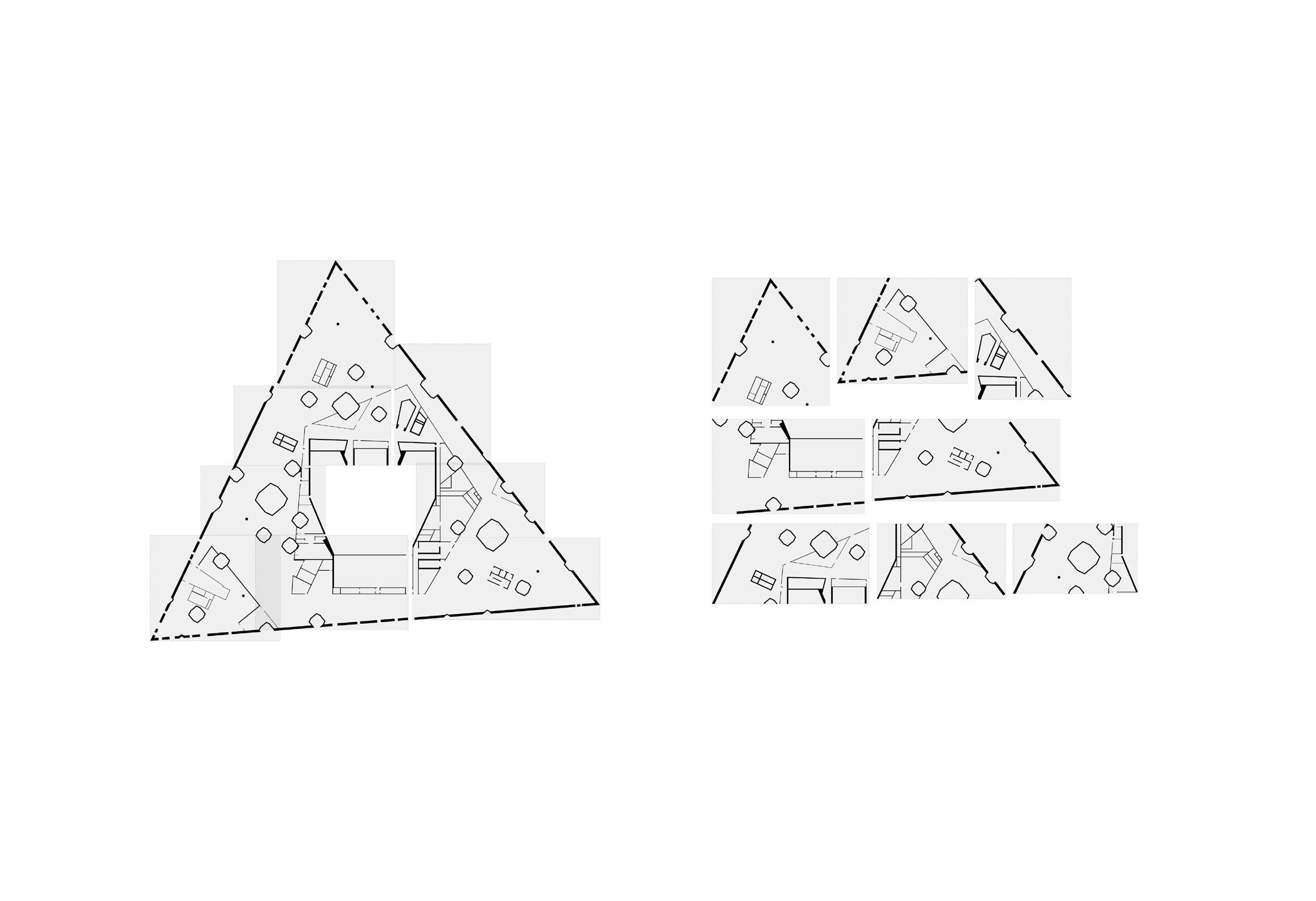
Bottom:

PORTFOLIO FALL 2022 58 Spring 2021 DS1121: Architecture as Urban Design Studio
Dissembled Forum building plan
Dissembled UNAM campus plan
The next step was to produce a synthesis drawing by com bining the Big building’s diagram with the plan of campus to develop a process of your choice to turn the diagram of your campus into a building typology. My synthesis strategy was breaking the plan into the smallest portion that hardly defines a certain space. Then merge those pieces and make a new configuration. Both pieces from two different precedents started to create an unexpected relationship between them still retain inherent figural quality.
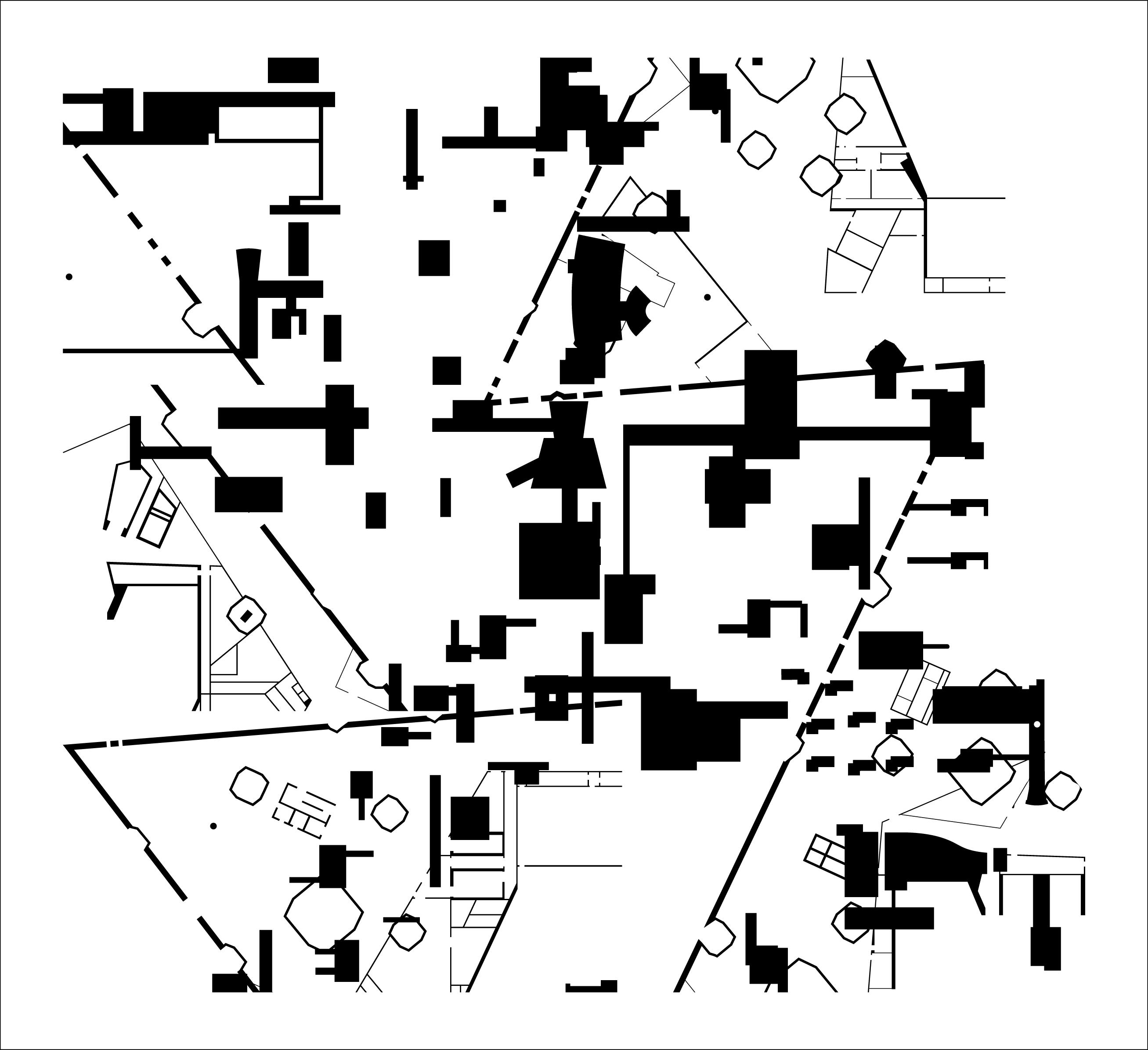 Synthesis drawing - Forum 2004 x UNAM campus -
Synthesis drawing - Forum 2004 x UNAM campus -
FALL 2022 Kazuaki Kojima Dual Natured 59
New York City
As the starting point of The site analysis, the innermost circle shows the walkable area from the site, whereas the outermost is an area that you can get to by 10min bike ride. In the next diagram, dark gray color shows residential, and light gray is commercial in terms of landuse. This demo graphic study shows the unbalanced distribution of the racial groups. Especially western districts are having a more white population while eastern accommodate Black, Asian, Hispanic mostly.
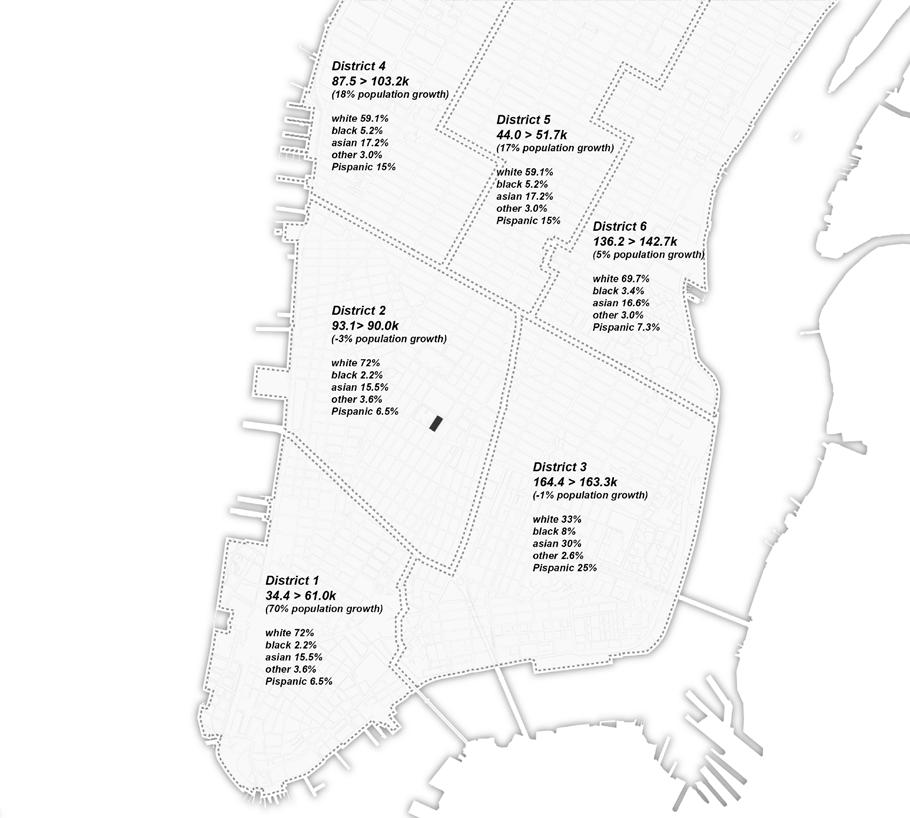
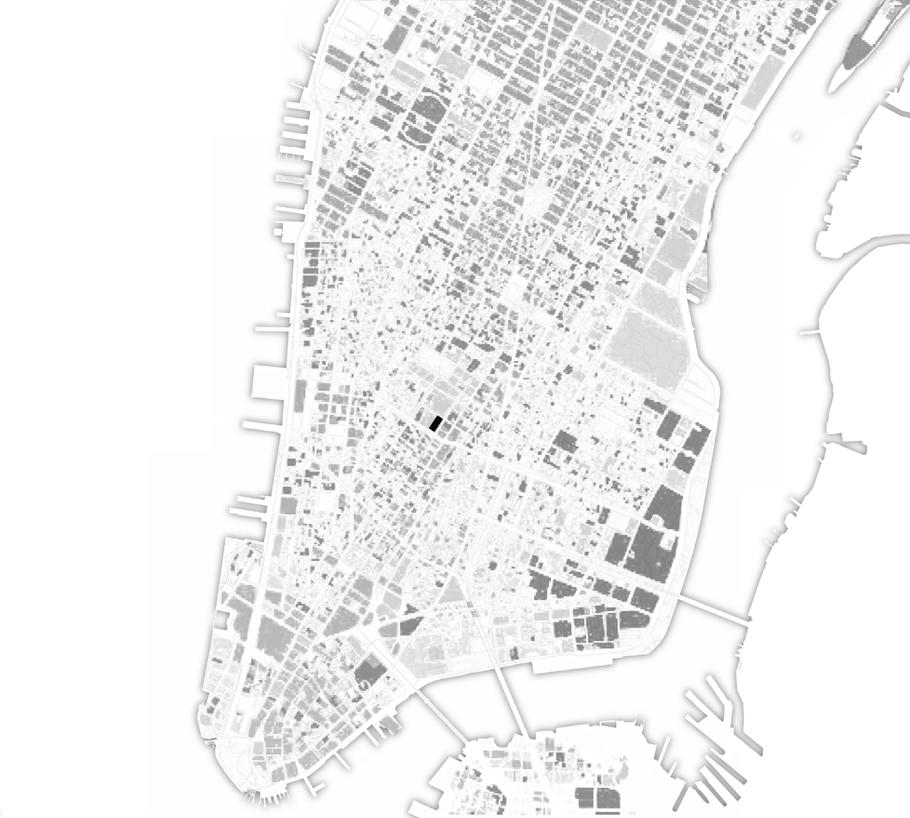
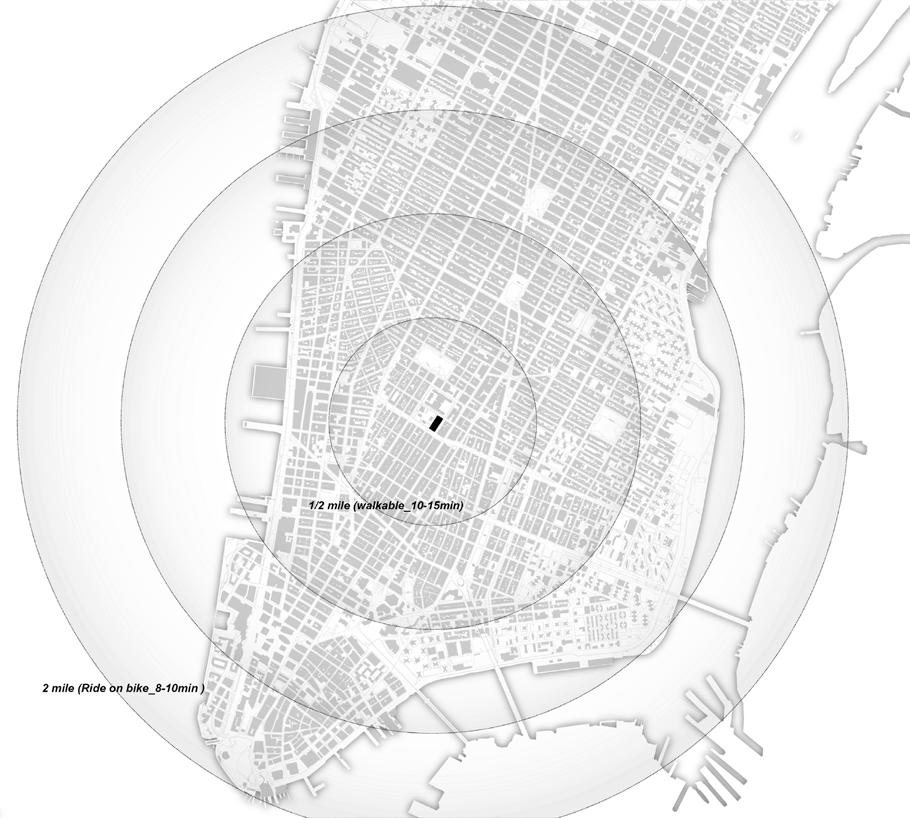
Top:
Middle:
Bottom:
PORTFOLIO FALL 2022 60 Spring 2021 DS1121: Architecture as Urban Design Studio
Walkable & Bikable distance
Landuse diagram
Demographic diagram
Art as Plus Program
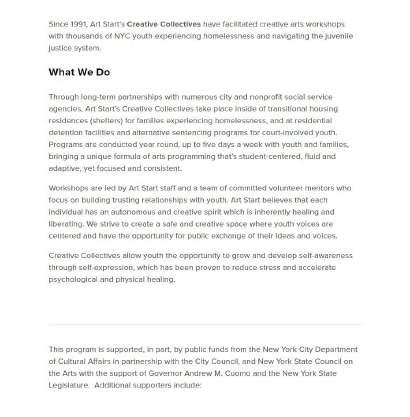
I propose an ART-related NPO as a plus program that may foster and facilitate mutual interaction between races, gen der, and ages. Art NPO can share facilities and space with the Art school, and students will engage in the NPO.
Quoting from their website, Art Start uses the creative pro cess to nurture the voices, hearts, and minds of historically marginalized youth, offering a space for them to imagine, believe, and represent their creative vision for their lives and communities.Through consistent workshops with long-term partners, including youth organizations, schools, alternative sentencing programs, and residences for youth and families experiencing homelessness, art becomes the starting point of a larger life process, and the start of larger conversations about the future of our communities.

Regarding to the building program, it has a shorter residen tial tower, and a taller educational tower fits in this kind of J-form typology. Art NPO and Educational support, Admin istrative function occupy the bottom base that can be open to the public. These connect residential and educational parts visually and programmatically.
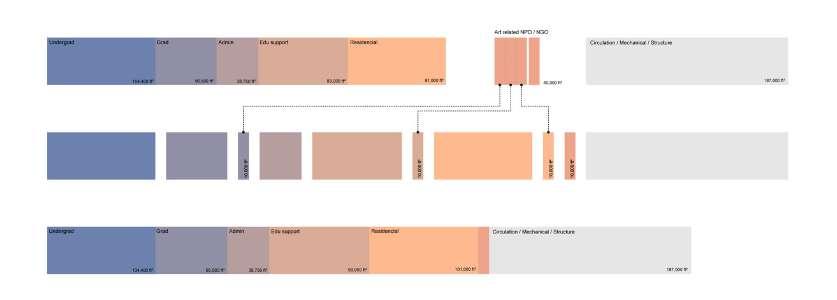
Top: https://www.art-start.org/
Middle:
FALL 2022 Kazuaki Kojima Dual Natured 61
about-us/#about-us1https://www.art-start.org/ Bottom: Programming diagram
Regarding to the building program, it has a shorter residen tial tower, and a taller educational tower fits in this kind of J-form typology. Art NPO and Educational support, Admin istrative function occupy the bottom base that can be open to the public. These connect residential and educational parts visually and programmatically.
The folding paper model explores the way to create 3d vol ume from 2d drawing based on synthesis projects. The fig ures printed on the surface extruded and create figural mass, contrasting to the plane J-form typology. The ephemeral grid derives from the precedent synthesis study also contributes to the whole building system as a non-standard organization.
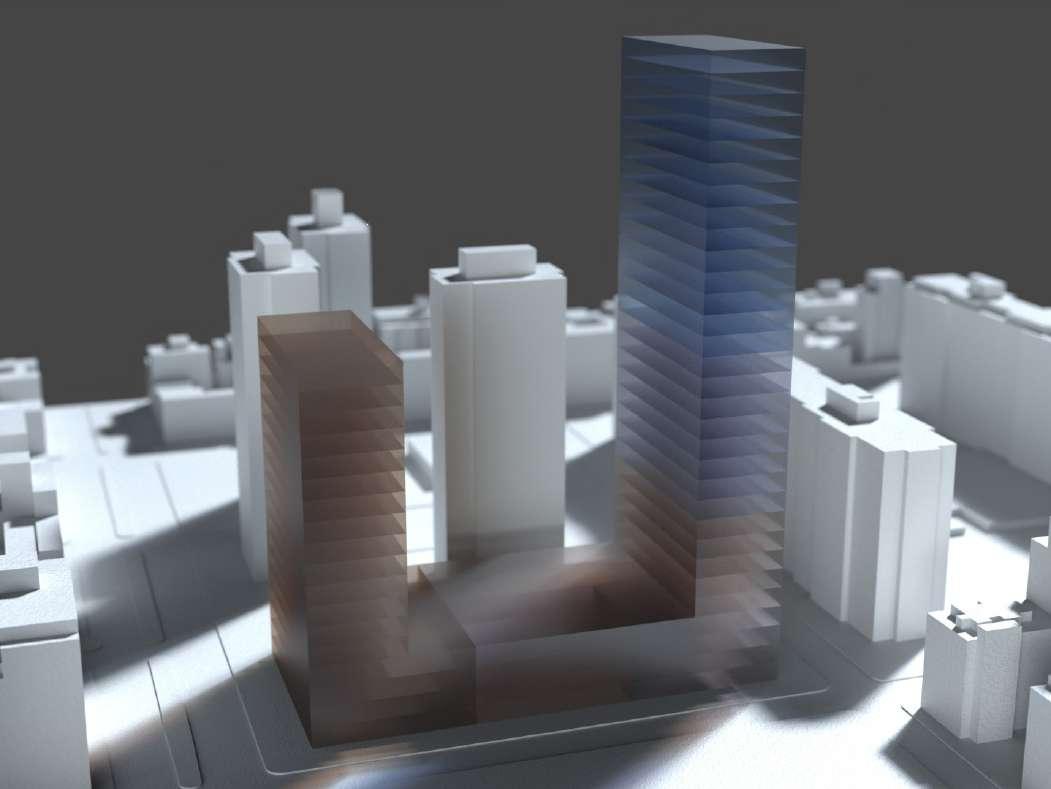 Program diagram
Program diagram
PORTFOLIO FALL 2022 62 Spring 2021 DS1121: Architecture as Urban Design Studio

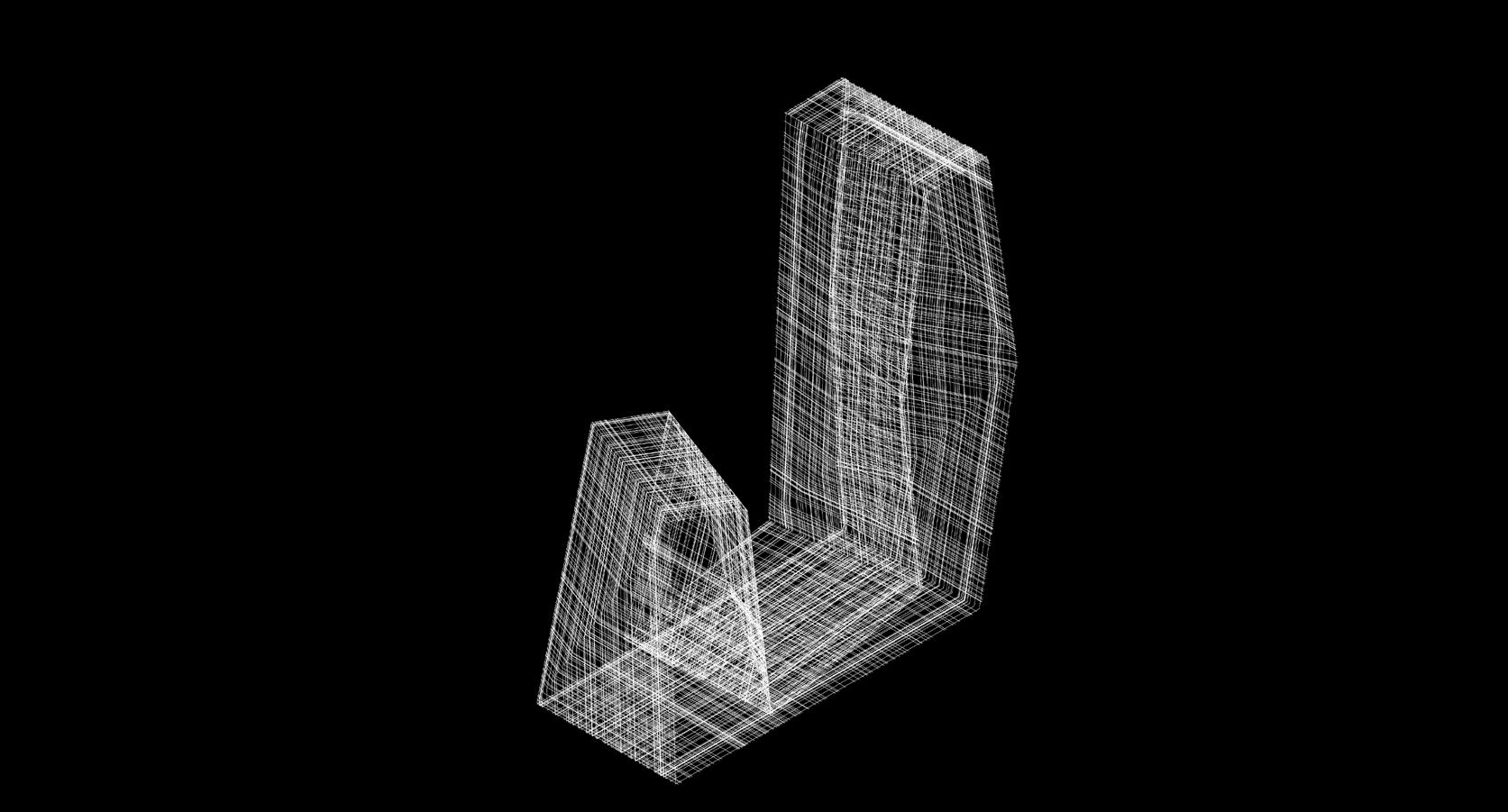
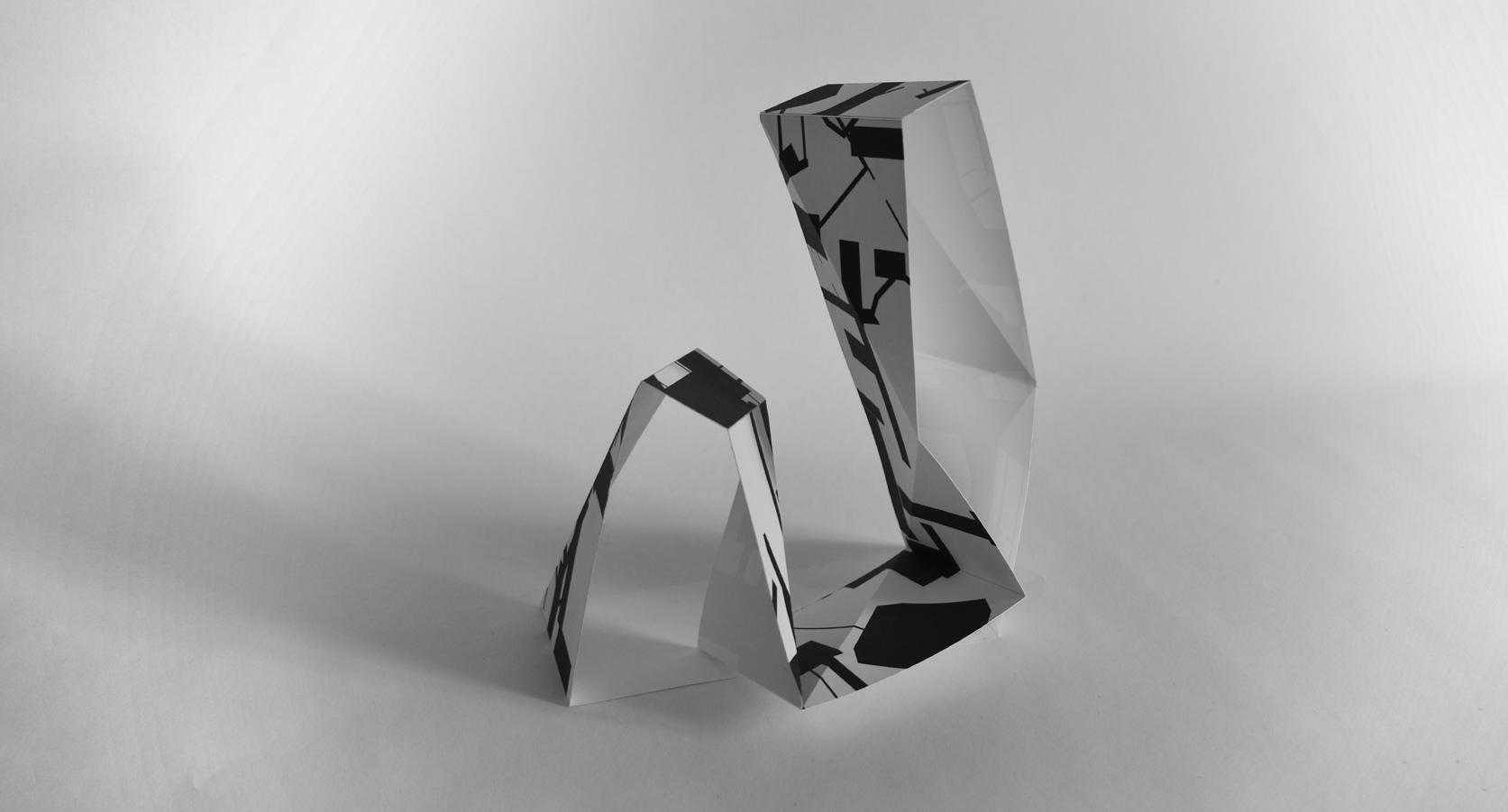 Dual Natured
Top: Paper model photo
Middle: Figures on the surface
Bottom: Folded ephemeral grid
Dual Natured
Top: Paper model photo
Middle: Figures on the surface
Bottom: Folded ephemeral grid
FALL 2022 Kazuaki Kojima
63
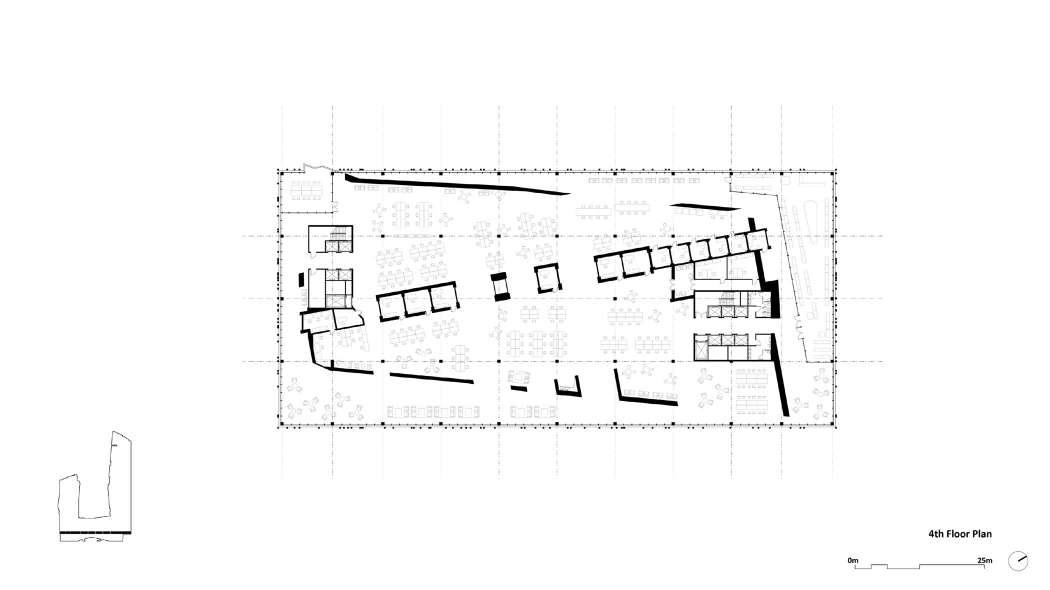
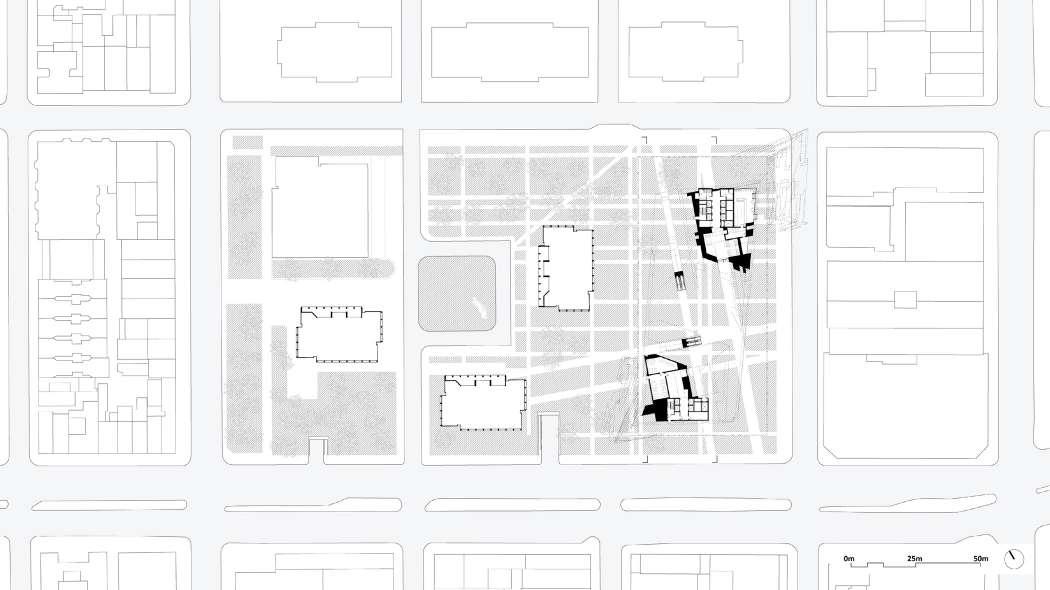
PORTFOLIO FALL 2022 64 Spring 2021 DS1121: Architecture as Urban Design Studio
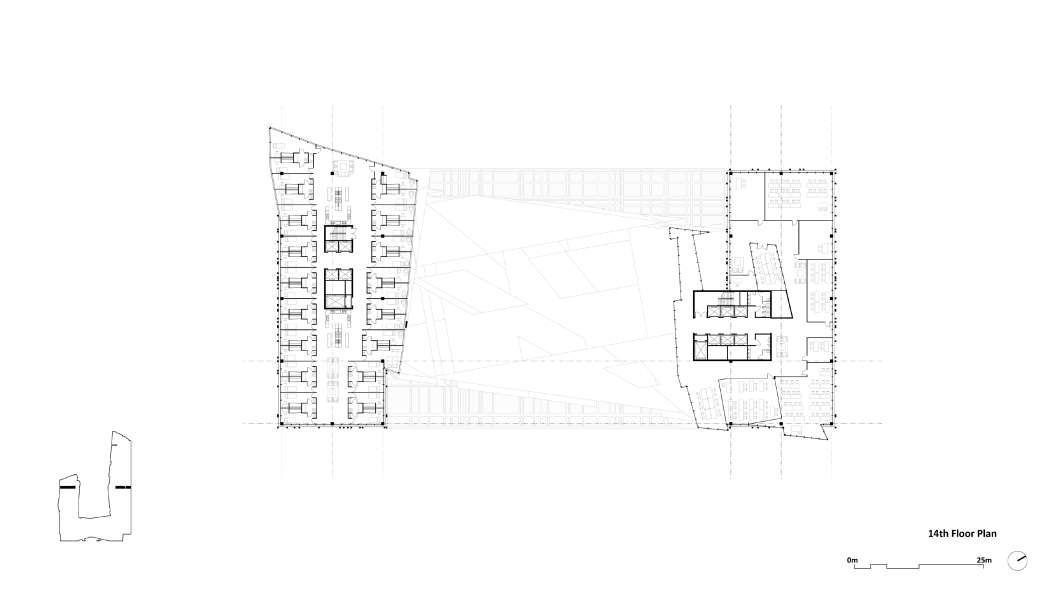
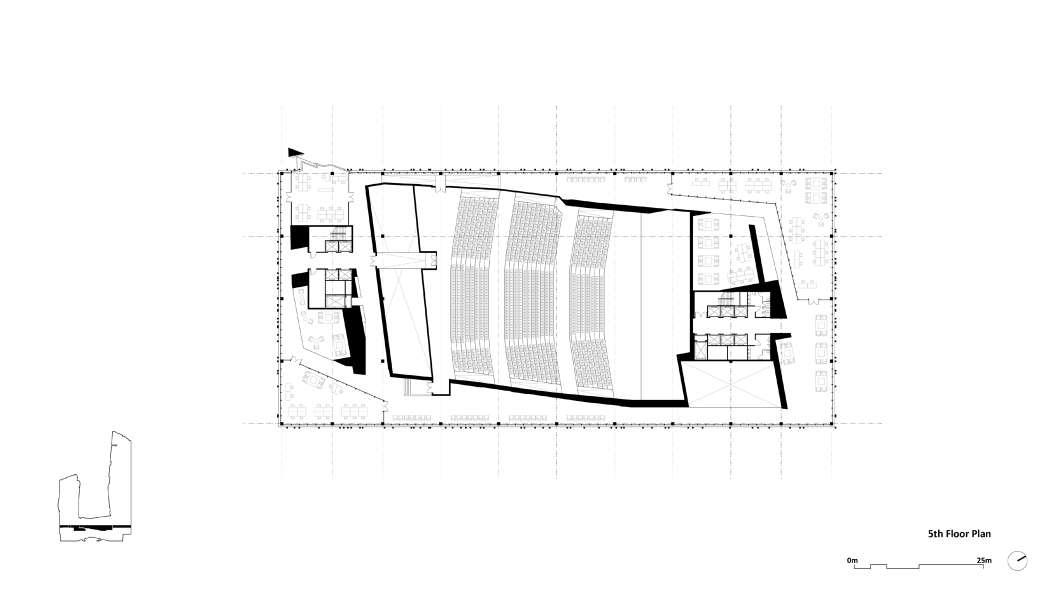
FALL 2022 Kazuaki Kojima Dual Natured 65
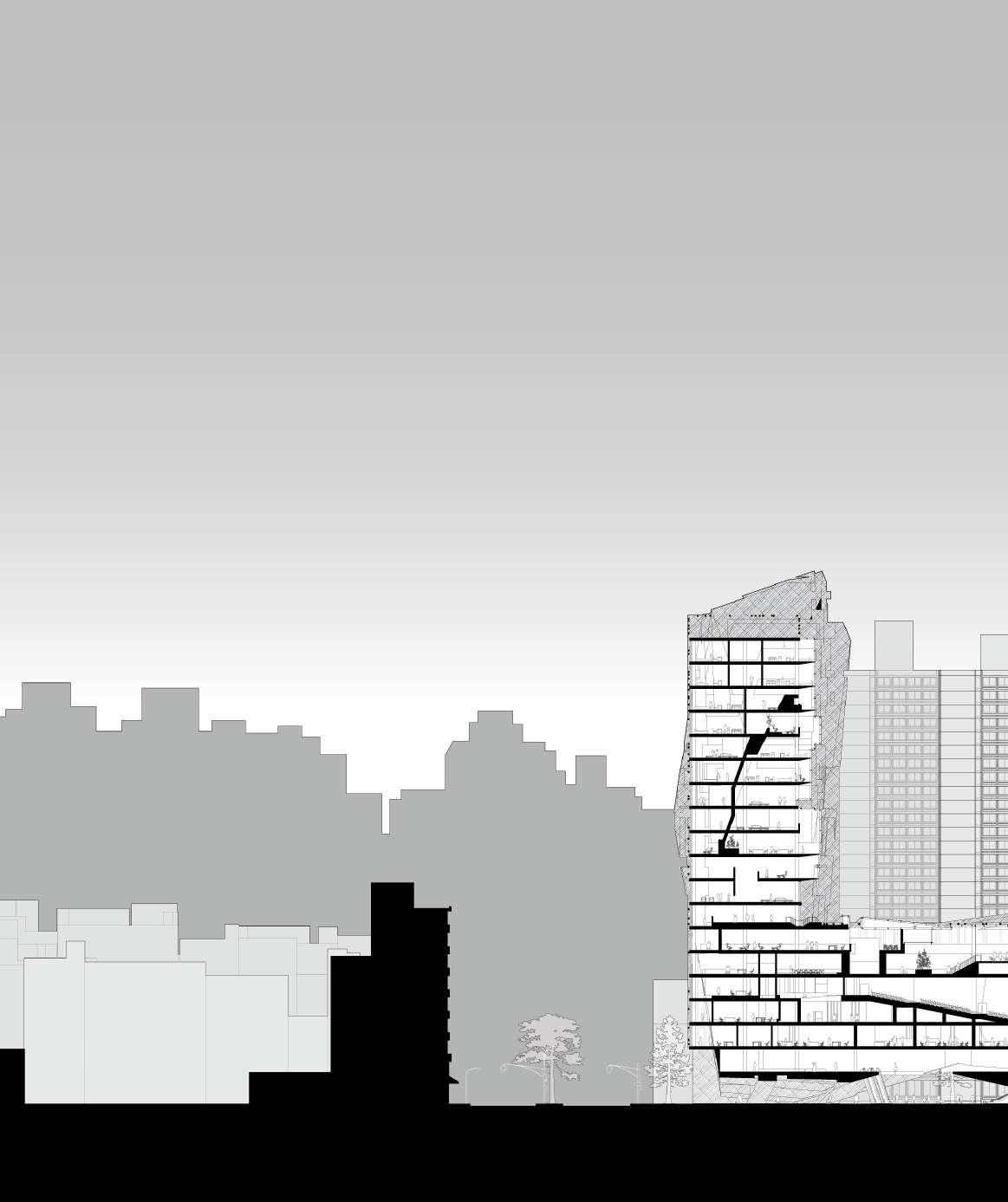
PORTFOLIO FALL 2022 66 Spring 2021 DS1121: Architecture as Urban Design Studio
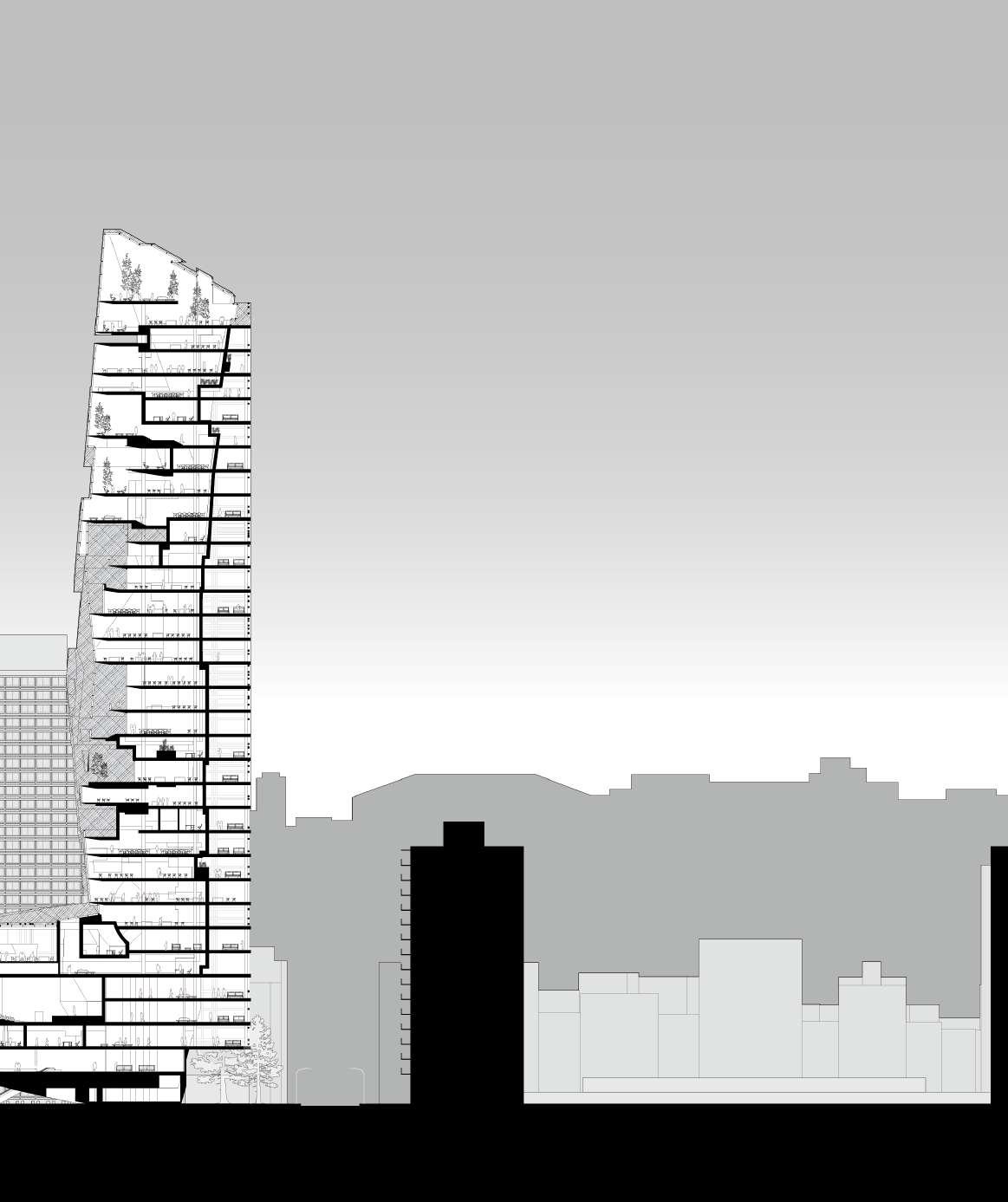 Dual Natured
Dual Natured
FALL 2022 Kazuaki Kojima
67
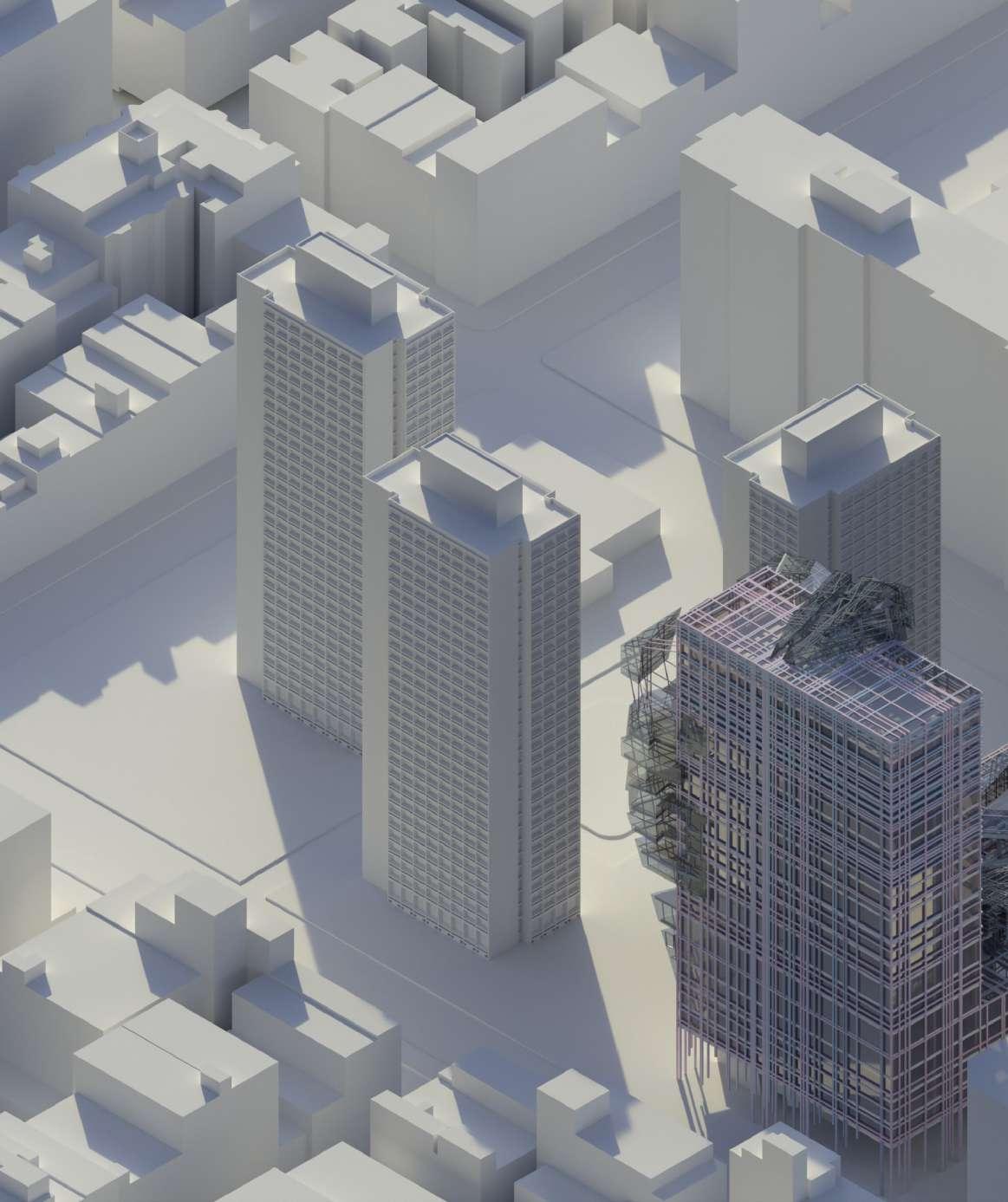
PORTFOLIO FALL 2022 68 Spring 2021 DS1121: Architecture as Urban Design Studio
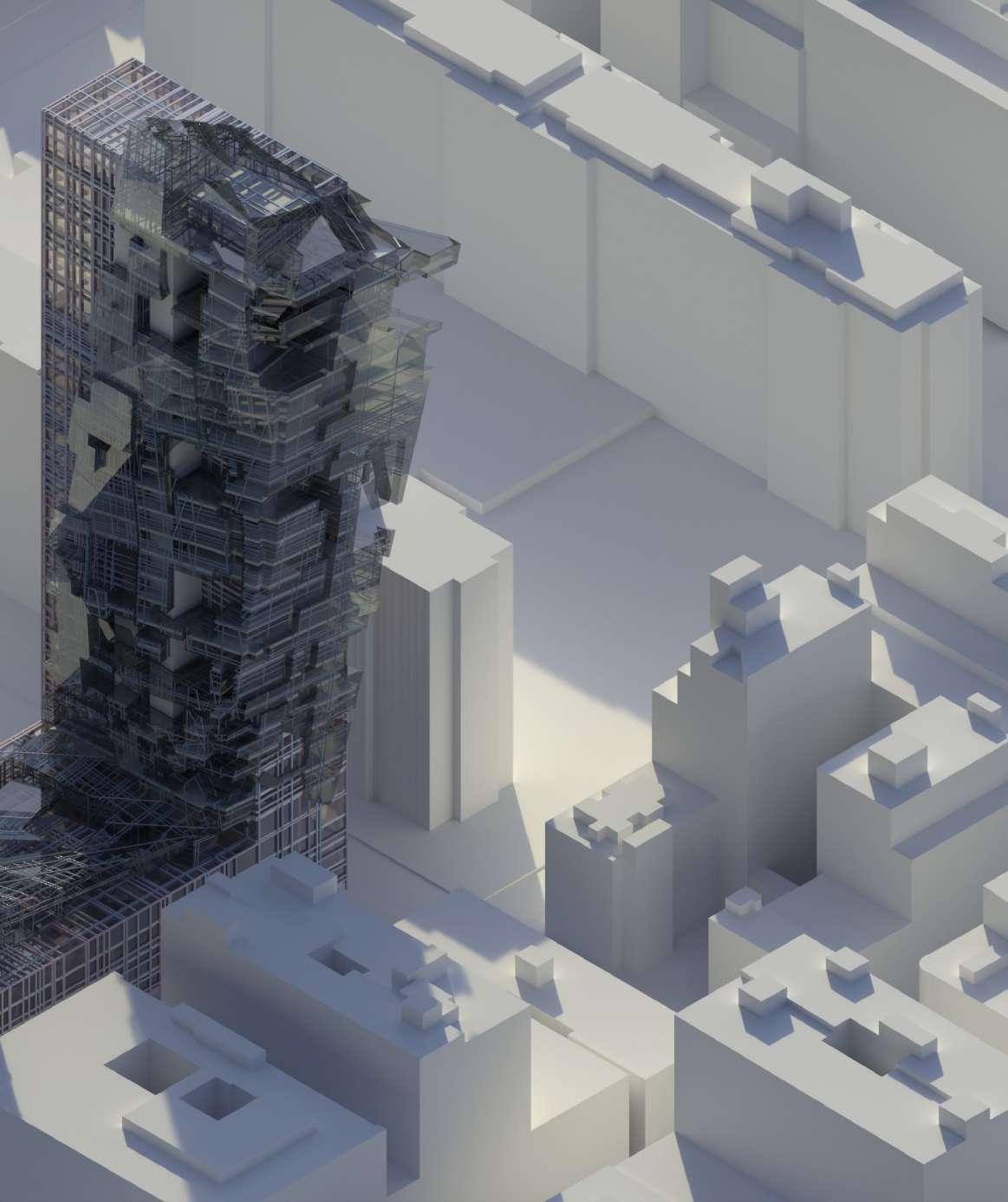 Dual Natured
Dual Natured
FALL 2022 Kazuaki Kojima
69
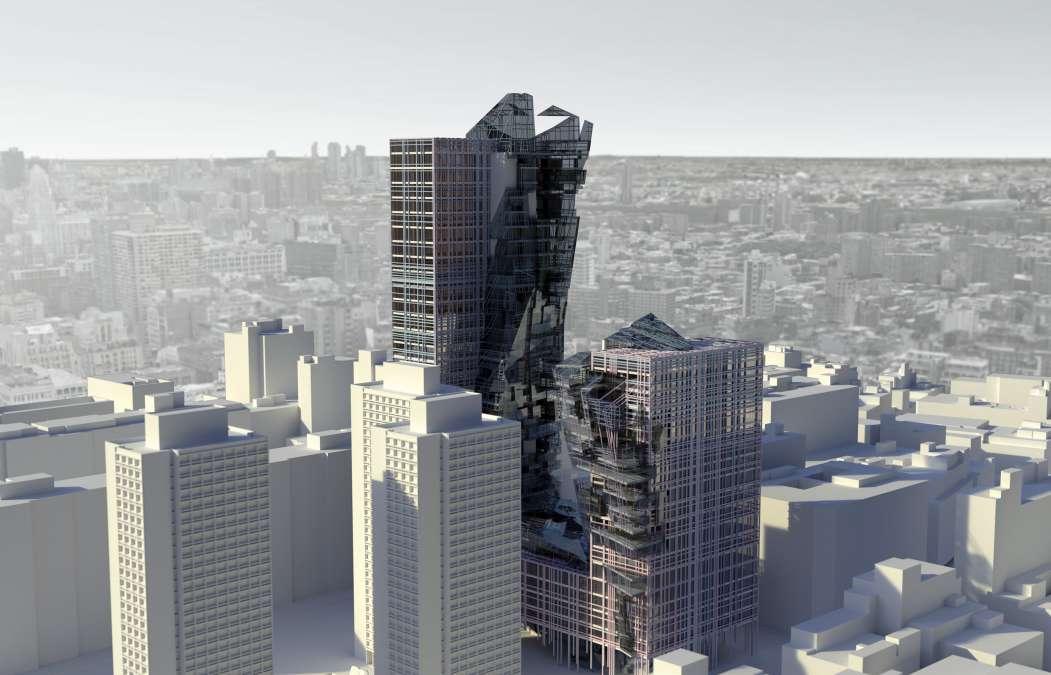

PORTFOLIO FALL 2022 70 Spring 2021 DS1121: Architecture as Urban Design Studio
- Left page
Top: Render in site context
Bottom: Render in site context
Then two ideas of creating space coming together into one architecture. Unified structural and cladding systems merged as the distinctive parts. This kind of duality is the core concept of my project. Expressive figural Crytal and orthogonal rigid Basket are nesting in one building. Crystal and Basket sometimes reconcile sometimes confront each other. Twin towers can be interpreted as a fourth and fifth silver tower; simultaneously, this building is an independent discrete architectural object. This project also addresses the duality of homogenizing to the site context vs. standing out as a heterogeneous object.
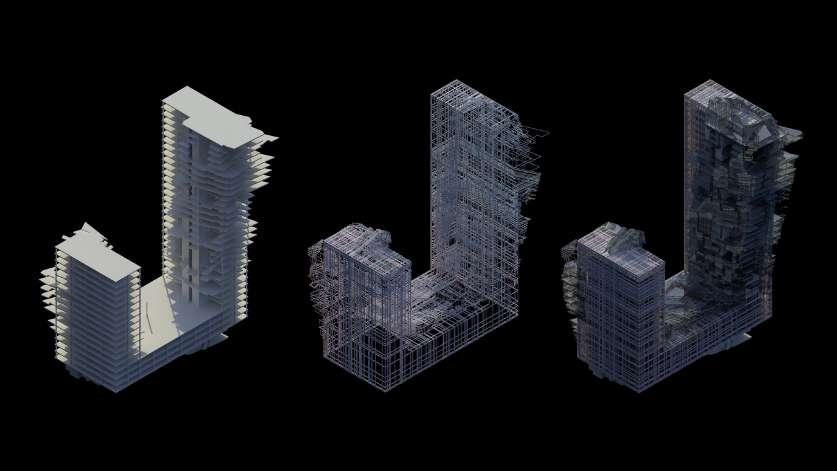
Left: Primary structure
Middle: Secondly structure
Right: Cladding system
FALL 2022 Kazuaki Kojima Dual Natured 71

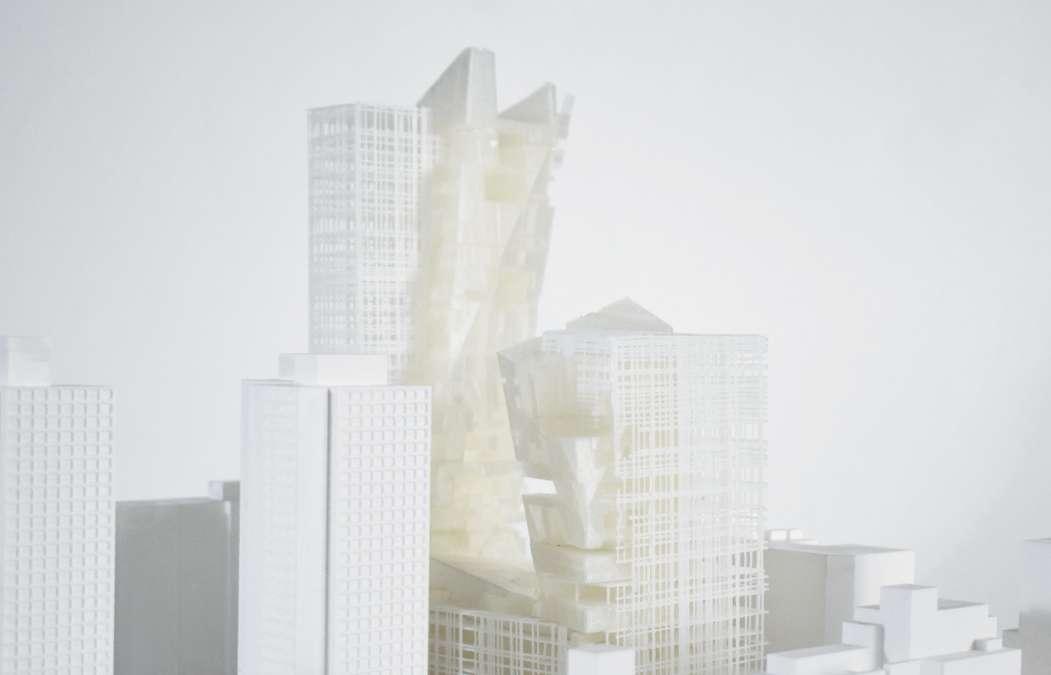
PORTFOLIO FALL 2022 72 Spring 2021 DS1121: Architecture as Urban Design Studio
- Left
Top:
Bottom:
 Model photo
Model photo
FALL 2022 Kazuaki Kojima Dual Natured 73
page
Model photo in context
Model photo in context
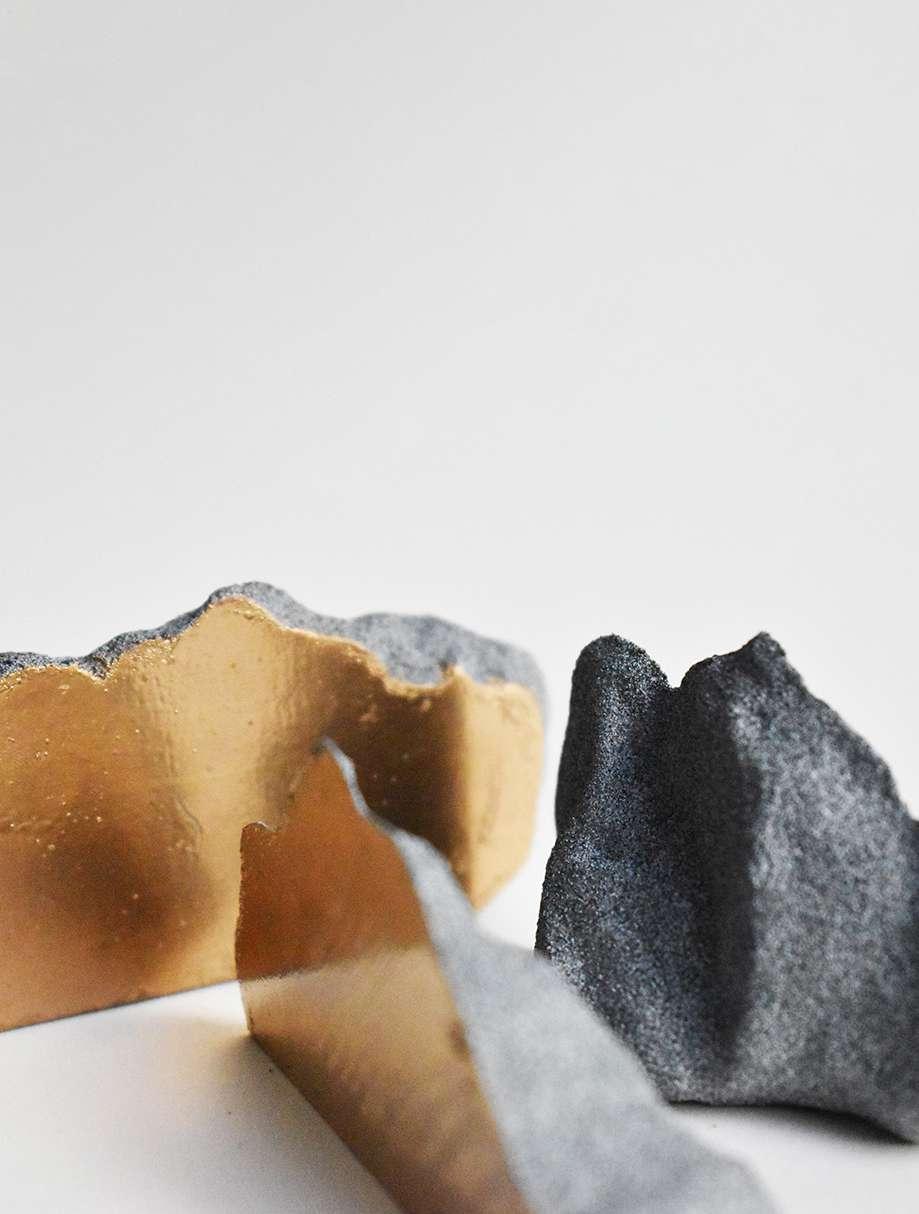
PORTFOLIO FALL 2022 74 Fall 2020 DS1120: Integrated Comprehensive Studio
immeublesDS1120:Integrated Comprehensive Studio Fall Course2020 Description
The first term in the second year of the core M.Arch I se quence builds upon an appreciation of the discipline and knowledge of architectural production by focusing on the development of a project according to principles of Integrative Design. The studio is structured to support each student’s awareness of the issues involved in the design of a complex architectural project. Elemental spatial constructs and organizational systems are seen as resulting from and reacting to site conditions, program dis tribution, structural systems, building envelope systems and assemblies, environmental factors, and building regulations. These influences are considered at once physical and virtual, permanent and ephemeral, situational and circumstantial. Qualities of site, situation, and environment, as well as cultural contexts, are considered potential tools to challenge conventional approaches to architectural design.
This 2GA studio was organized in three sections — Russell Thomsen, Peter Trummer, and Devyn Weiser. Within each section students will work on a semester long project. Sections will share a common schedule and deliverables. The studio will begin with Research of an ar chitectural project, followed by Concept Design that culminates in Midterm Review. After Midterm students will have Workshops in Structure and Building Assemblies consultation with Matt Melynk of NOUS Engineering and Environmental Systems consultation with Russell Fortmeyer of ARUP. The final weeks of the studio will be spent on Design Development along with the production of technical documentation.
from the course syllabus fall 2020
immeublesKojima
Instructor: Russell Thomsen
FALL 2022 Kazuaki
75
Homogeneous vs. Heterogeneous / rationality vs. nature
This project explores architecture as the tension between homogeneous architectural rationality and heterogeneous shapes and geometry derived from nature.
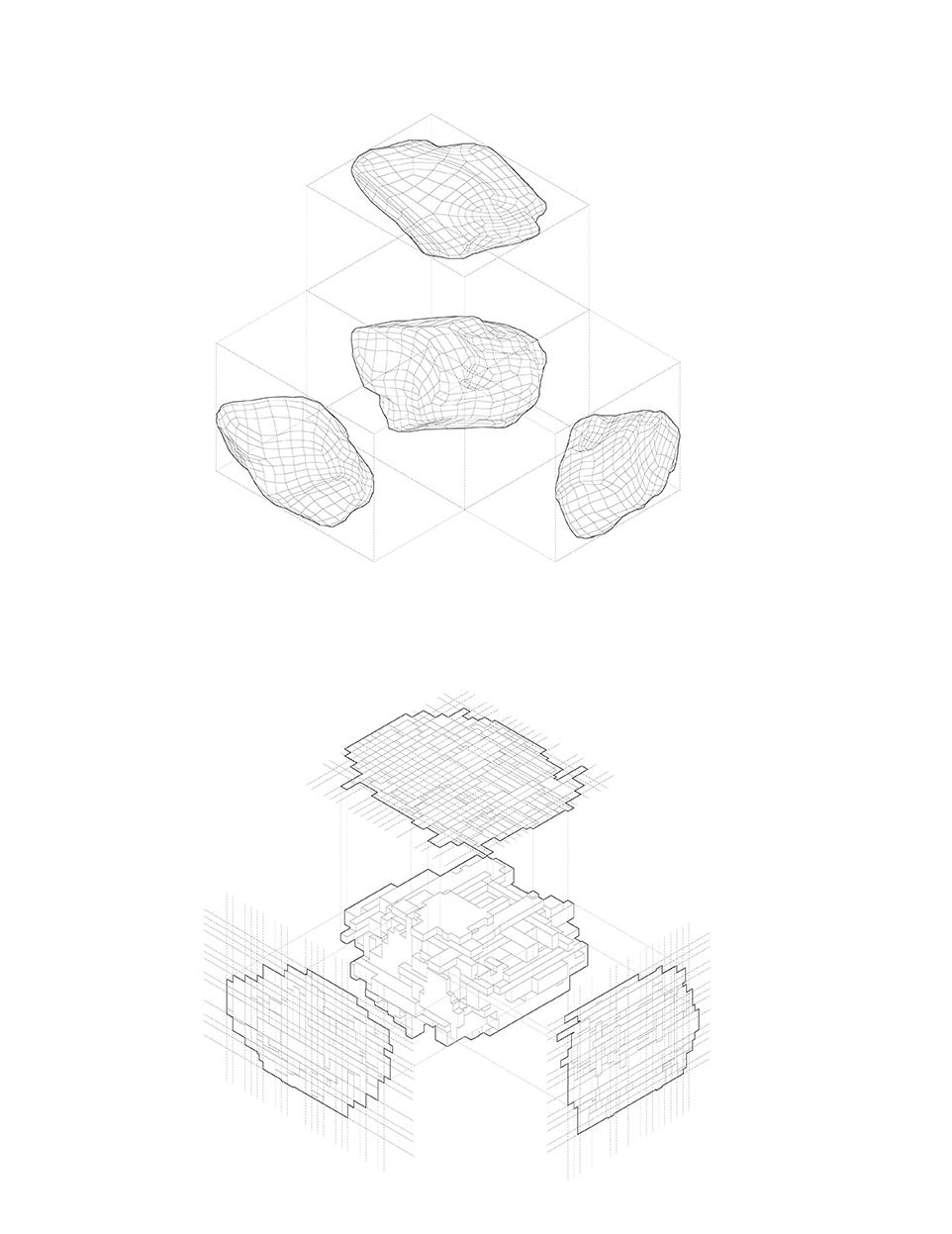
This project was started by looking at found rocks with qualities of mass, shape, and materiality. They have been ‘shaped’ over time by various natural forces. When a rock is cut or chamfered, it reveals sharp edges and smooth surfaces; in contrast to the original, bumpy mass and texture, the cut reveals a silhouette or quality that we might not otherwise see. We might say that the rock is a found, natural object, and when we cut or shape it, it is becoming rationalized. I want to explore how to reconcile these two conditions.
I’ve also begun exploring the natural stone qualities as an as pect of resolution and tectonics. I’ve transformed the original shape and volume into different sizes of voxels.
The overall architectural mass is sloping into the ground. The mass also has a visual relationship to the Vitra Haus and the Gehry museum in the background. Contextually, they share the same sort of massing strategy; a heterogeneous aggregation of volumetric parts.
The cut volume is translated into the smaller voxels while the larger, chunky volume is rendered as a rougher, lower resolution object. Series of vertical louvers cover the cut face in contrast to the rest of the whole. In addition, each voxel is replaced by various architectural frames, which make the appearance of the volume fuzzier.
This project addresses the dichotomy between architecture and nature. Nature is not rational; it is ecological, whereas architecture is a rational act. The system of voxels is a ratio nalized geometry of the natural shape. The mass is retained, but it is constructed as rational tectonics. This architecture is neither merely the imitation of nature nor the relentless implementation of architectural rationality but a combination of the two.
Concept diagram
PORTFOLIO FALL 2022 76 Fall 2020 DS1120: Integrated Comprehensive Studio
Perspecive Render

This difference in resolution is fascinating as it allows us to perceive the object both as a figure with an obvious bound ary and as an aggregation of the small parts, depending on the distance to the viewpoint.This scale-multiplicities and loss of sense of scale also contribute to its monolithic archi tectural quality. Here, It is difficult to determine the scene’s broad scale, making this architecture abstract and question ing its subjectivity.
This architecture is organized by the rigid grid system and tectonic units, which are homogeneous. However, aggregat ed volumes make us feel the natural and organic dynamism, which is a heterogeneous quality derived from natural objects.
immeublesKojima
FALL 2022 Kazuaki
77
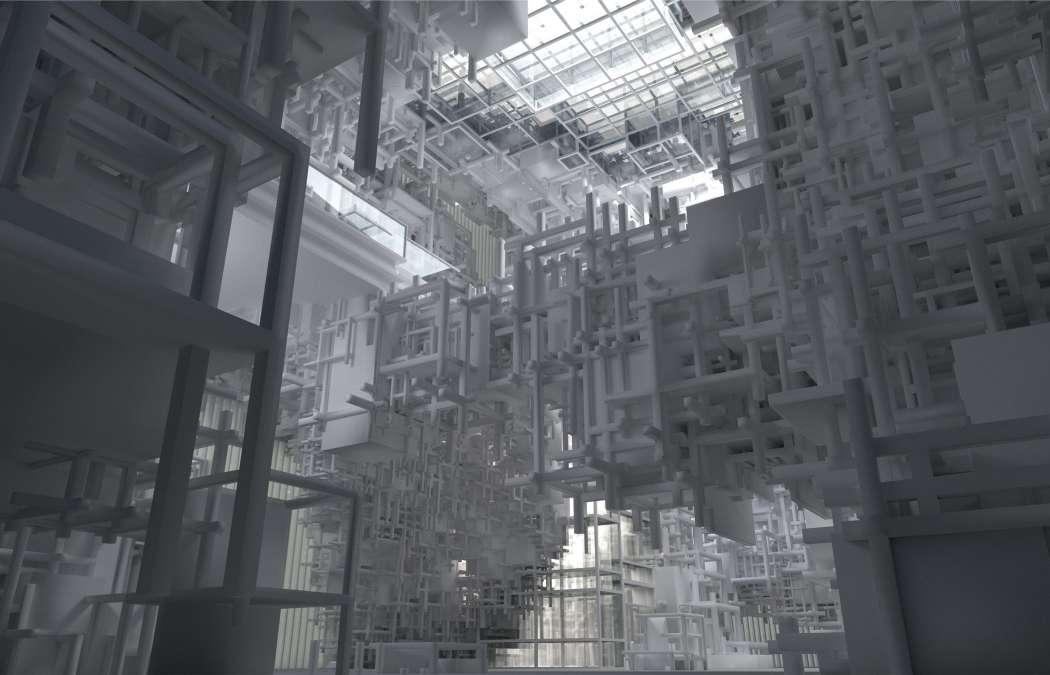
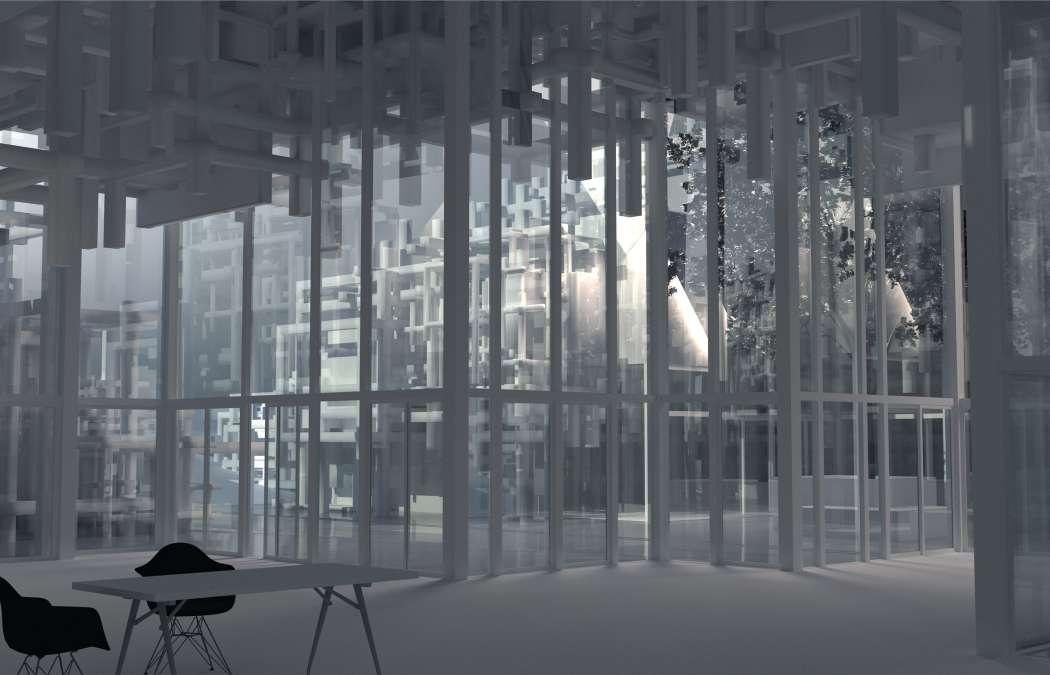
PORTFOLIO FALL 2022 78 Fall 2020 DS1120: Integrated Comprehensive Studio
Structural frames and traditional architectural elements dissolve and merge into the fuzzy interior. The rectangular extrusions hanging down from the ceiling could function as the air duct, lighting, or mechanical space.
The skylight fills the vertical atrium space with natural light, providing efficient ventilation to the surrounding working spaces.
- Left page
Top: Looking at Skylight
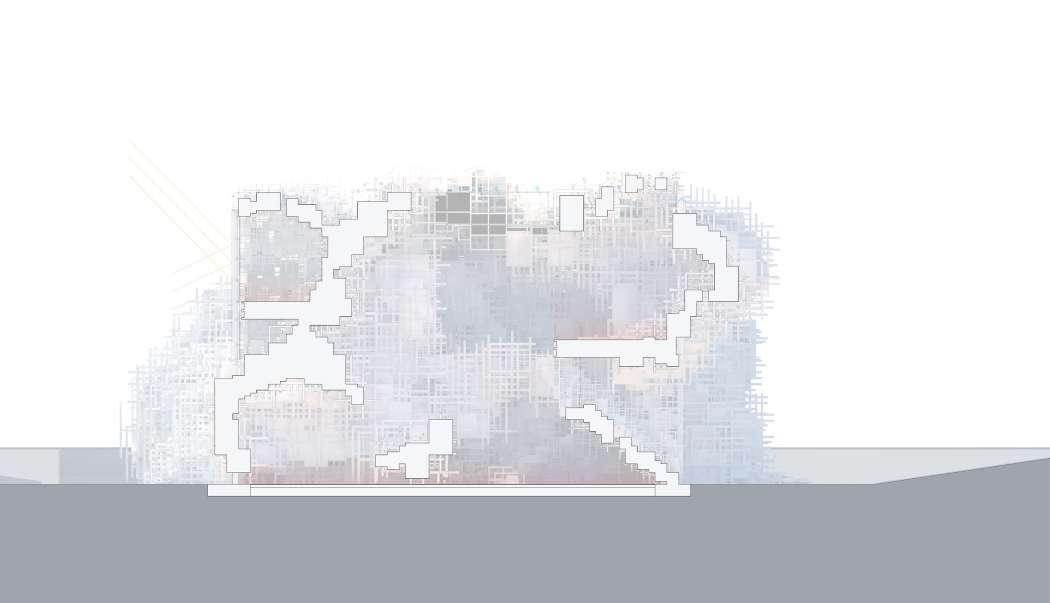
Bottom: Looking at Courtyard
Bottom: Short section
immeublesKojima
FALL 2022 Kazuaki
79
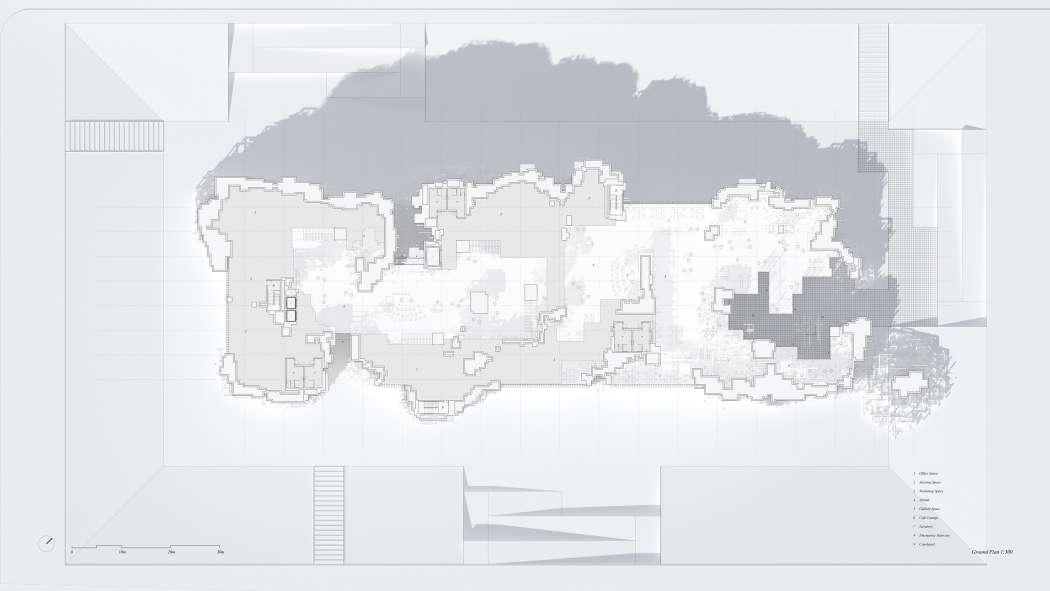
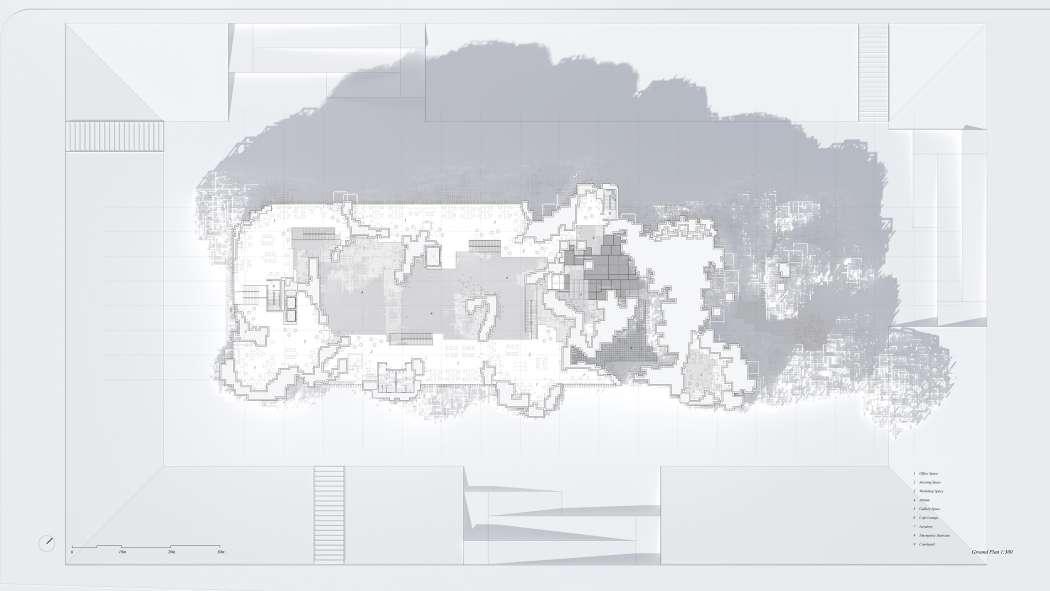
PORTFOLIO FALL 2022 80 Fall 2020 DS1120: Integrated Comprehensive Studio
immeublesKojima


FALL 2022 Kazuaki
81
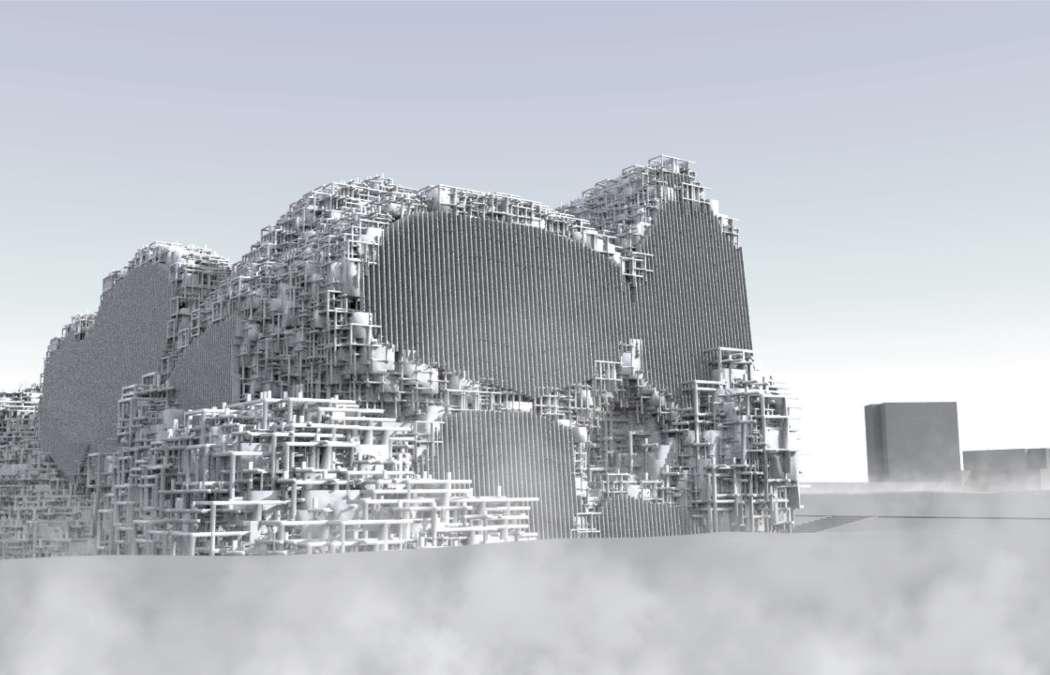

PORTFOLIO FALL 2022 82 Fall 2020 DS1120: Integrated Comprehensive Studio
-
Top:
Bottom:

immeublesKojima
Render (East Facade)
FALL 2022 Kazuaki
83
Left page
Render (South Facade)
Section plan
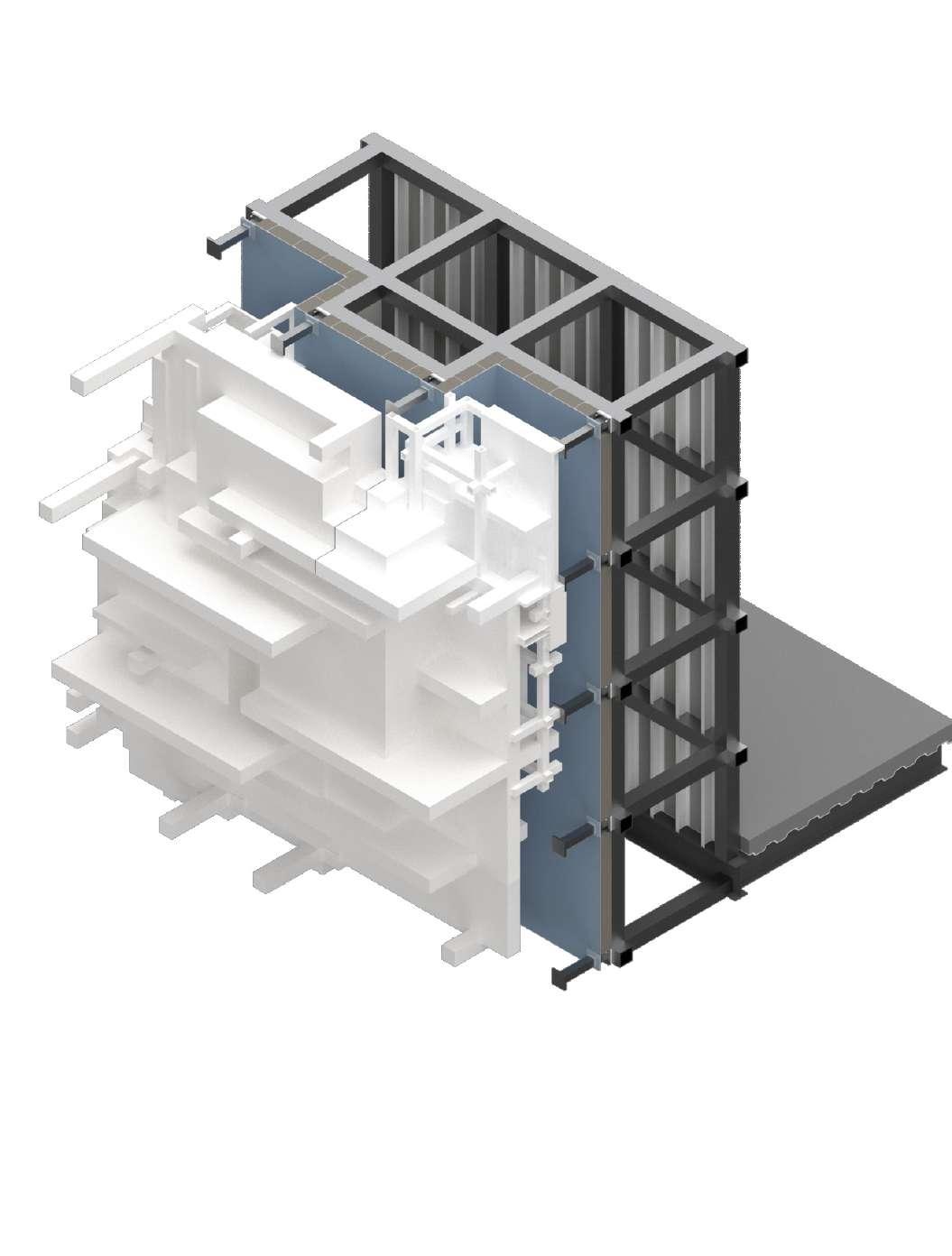
PORTFOLIO FALL 2022 84 Spring 2021 AS3122: Design Development Integrated Design Project
immeubles - Design DevelopmentAS3122: Design Development Integrated Design Project Spring
Collaboration with Christopher Pennino, Casey Pan, Jiyun Kim, Shuang Feng, tianze Wu and Yujia Fang
Instructor: Herwig Baumgartner, Scott Uriu, Matthew Melnyk
Course2021Description
This course investigates issues related to the implementation of design: technology, the use of materials, systems integra tion, and the archetypal analytical strategies of force, order and character. The course includes a review of basic and advanced construction methods, analysis of building codes, the design of Structural and Mechanical systems, Environ mental systems, Buildings service systems, the development of building materials and the integration of building com ponents and systems. The intent of this course is to develop a cohesive understanding of how architects communicate complex building systems for the built environment and to demonstrate the ability to document a comprehensive archi tectural project and Stewardship of the Environment.
A series of built case studies will be presented by the instructors along with visiting professionals in the field who are exploring new project delivery methods. These case studies will be shown in-depth with construction photo graphs, 3D renderings, and technical drawings and details. Pertinent specific topics for the course will be highlighted in each presentation, with a focus on the evolution of building design from concept to build form.
Students will work in teams, with selected studio projects from the Fall 2GA design studios used as a starting point. The multiple animations and simulation modeling will be due, as a digital file submittal at every class meeting so that it can be discussed and developed.
from the course syllabus Spring 2021
immeubles -
FALL 2022 Kazuaki Kojima
Design Development - 85
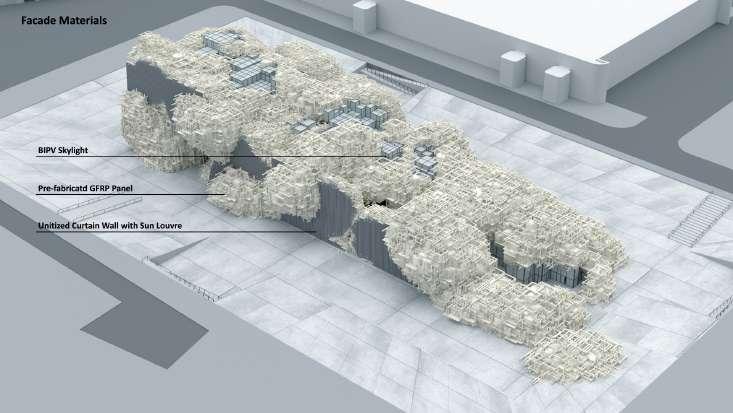

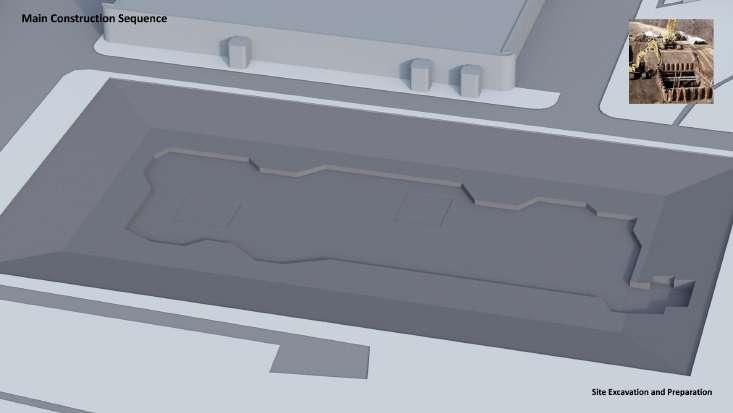
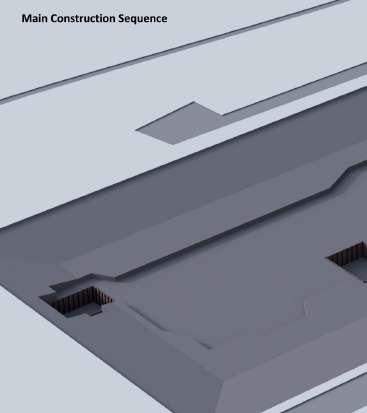
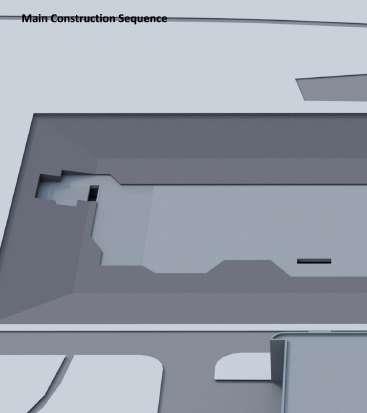

PORTFOLIO FALL 2022 86 Spring 2021 AS3122: Design Development Integrated Design Project
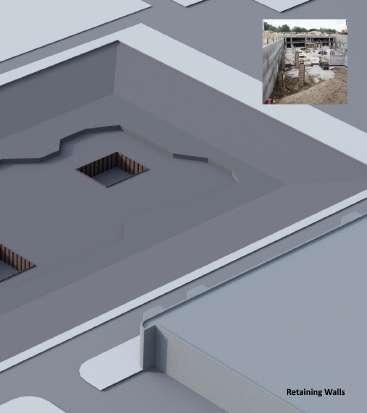
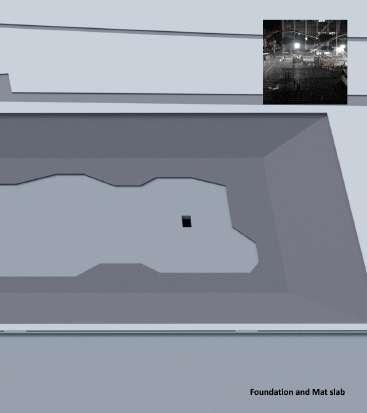
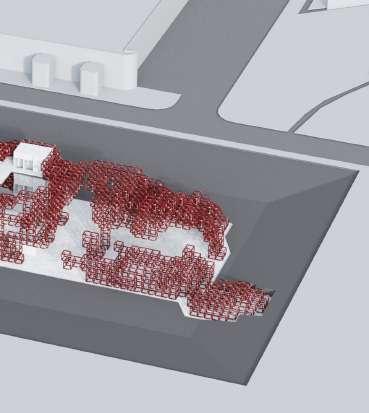
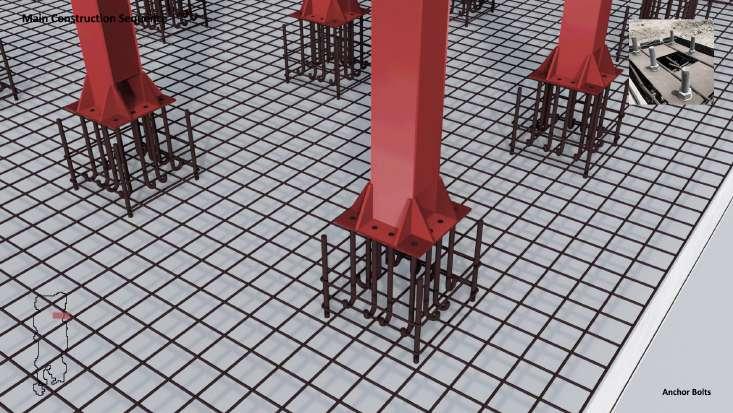
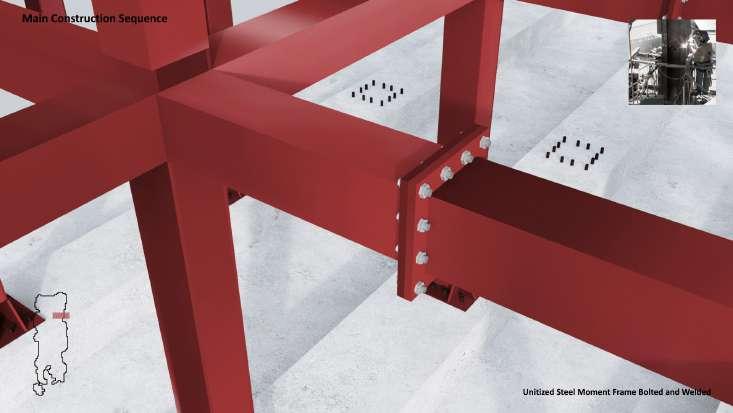
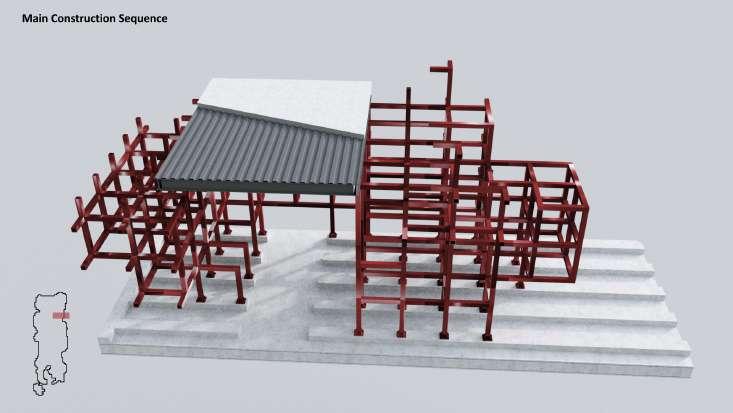 immeubles
immeubles
FALL 2022 Kazuaki Kojima
- Design Development - 87
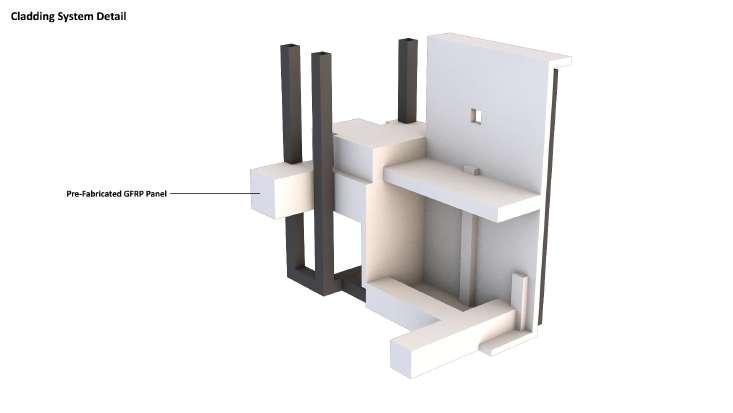
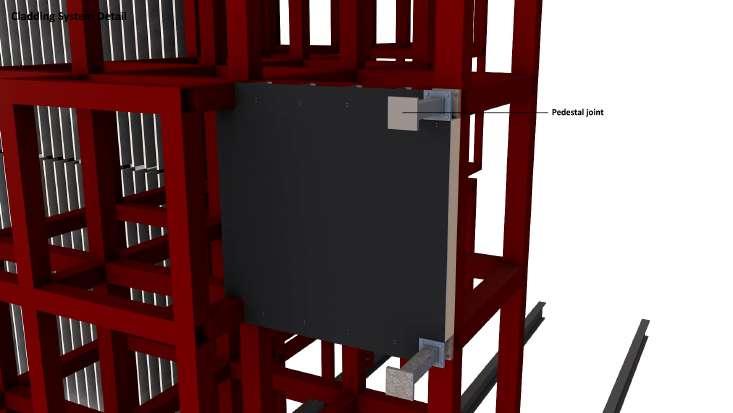

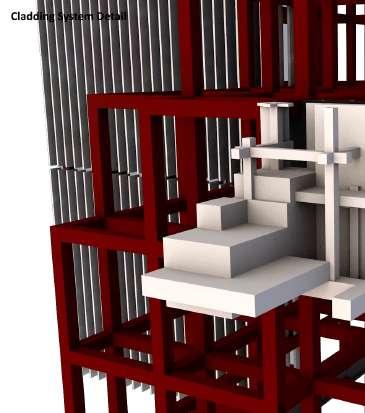


PORTFOLIO FALL 2022 88 Spring 2021 AS3122: Design Development Integrated Design Project
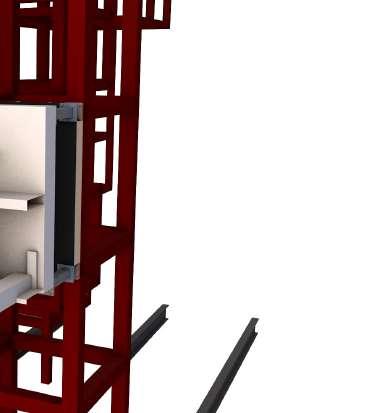
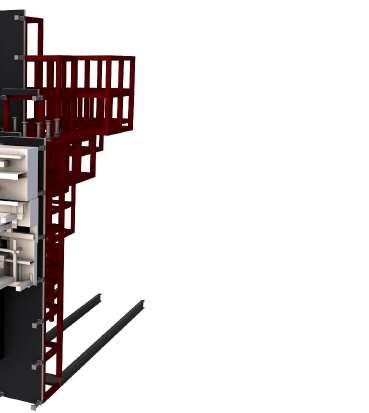
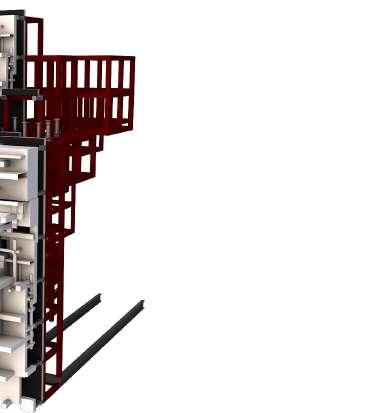
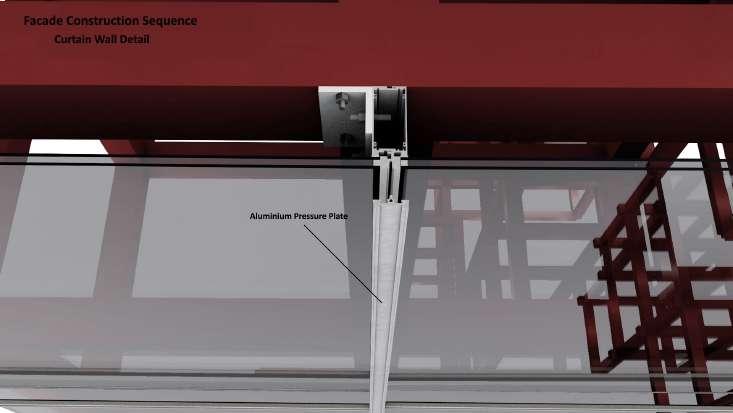
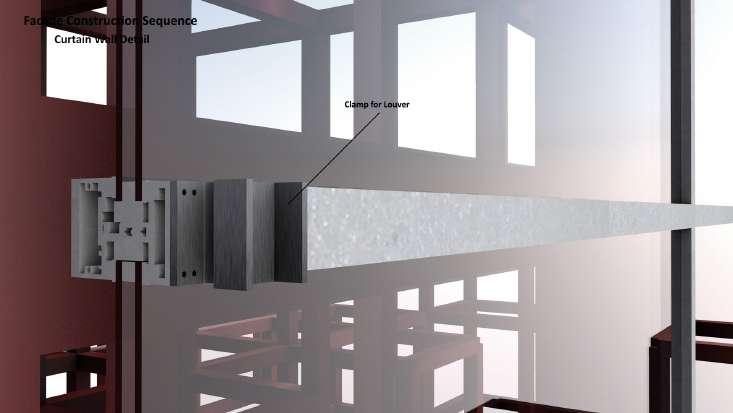
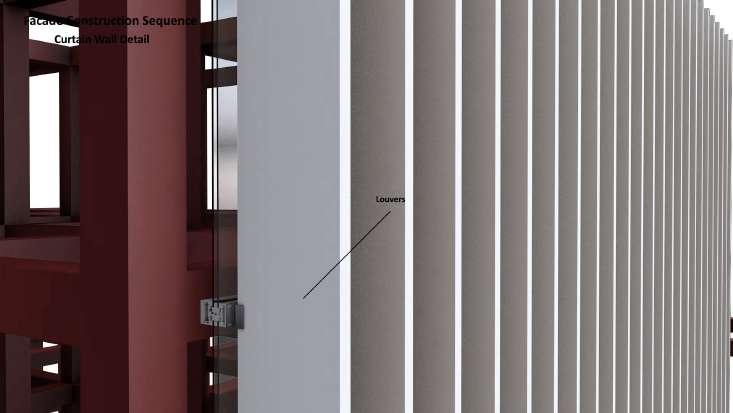
FALL 2022 Kazuaki Kojima immeubles - Design Development - 89
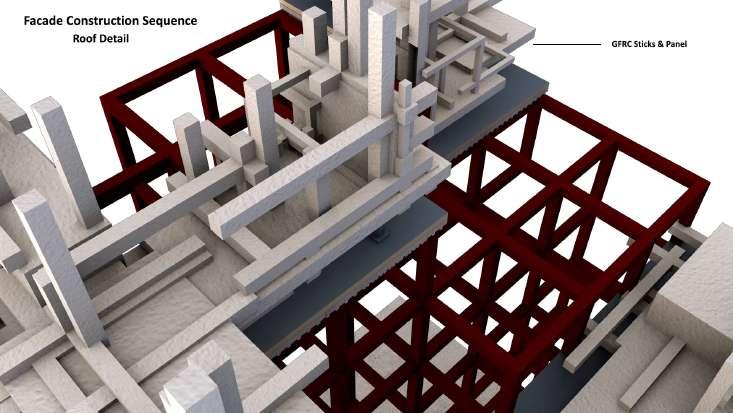
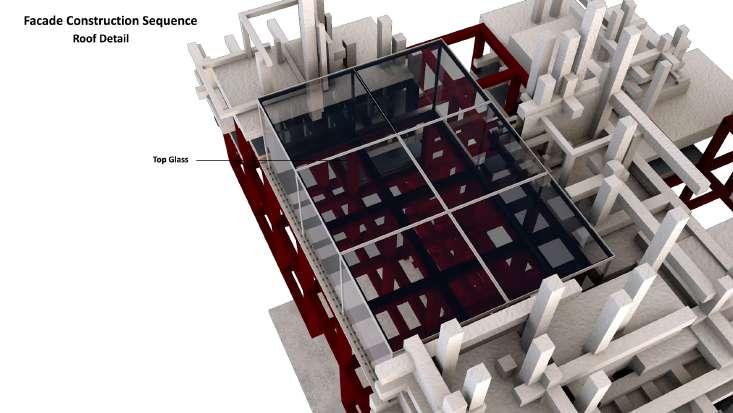
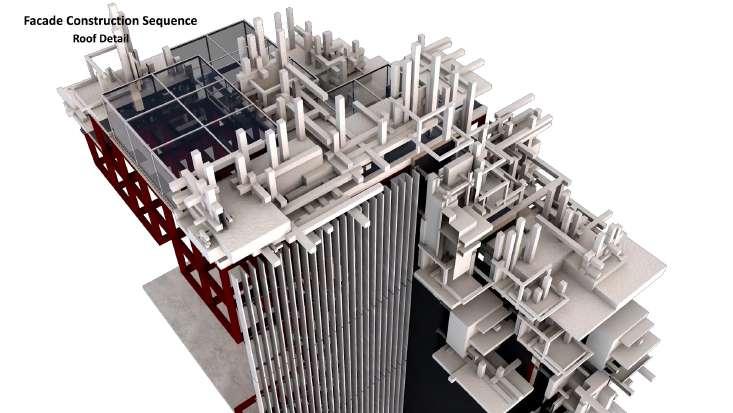
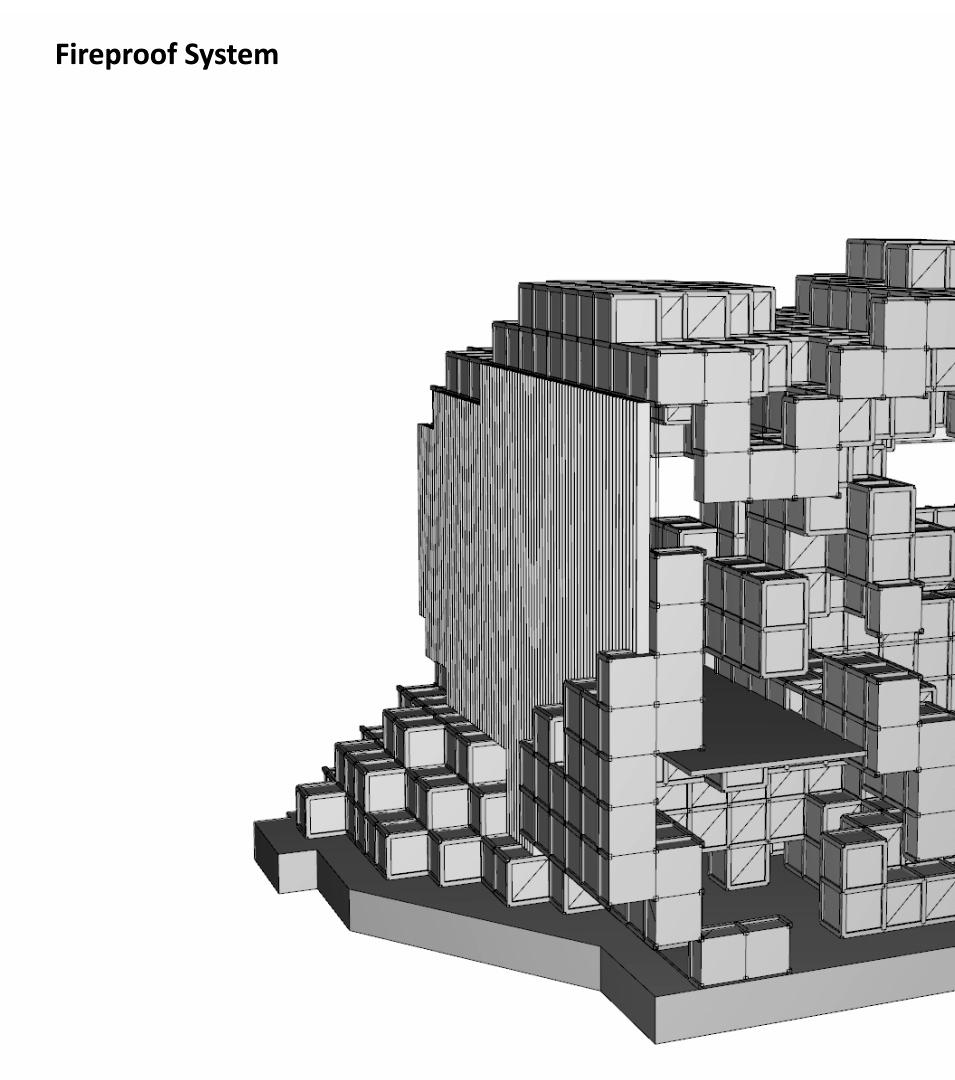
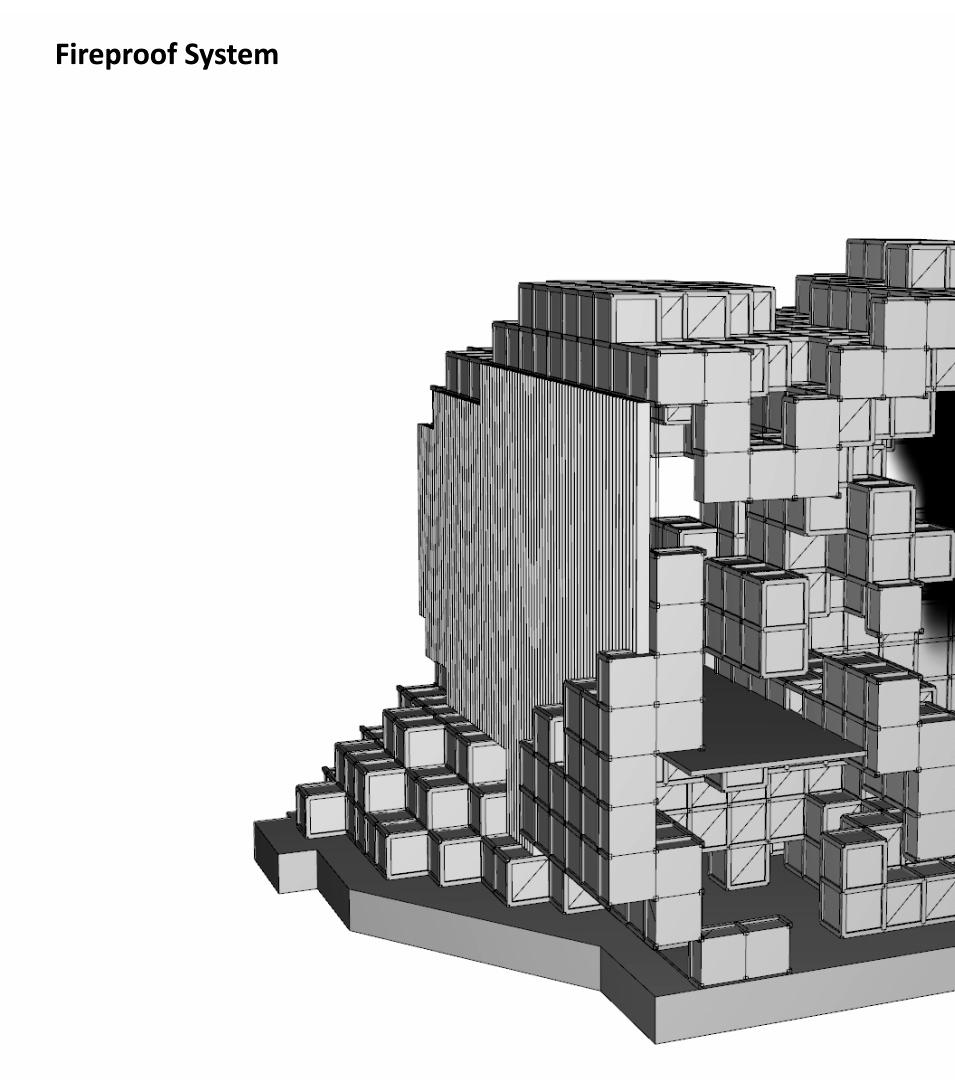
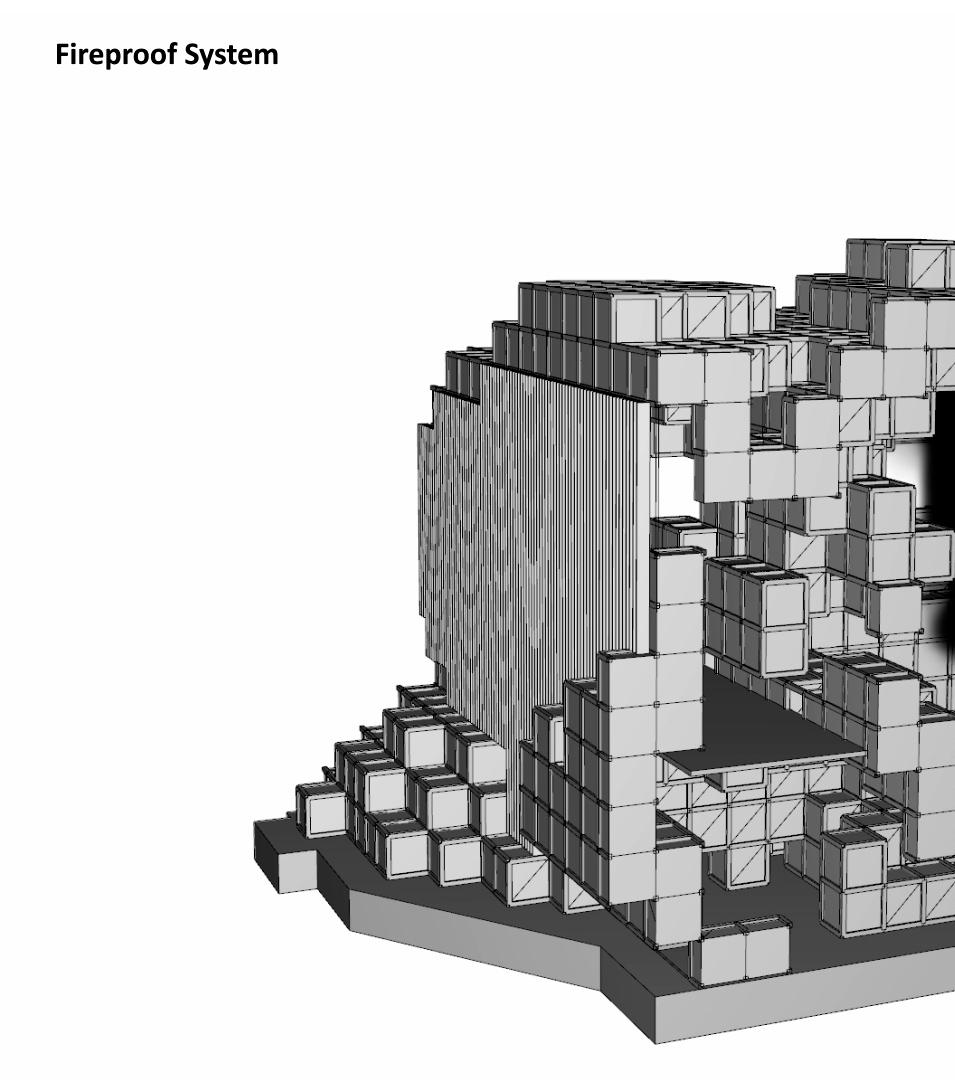
PORTFOLIO FALL 2022 90 Spring 2021 AS3122: Design Development Integrated Design Project
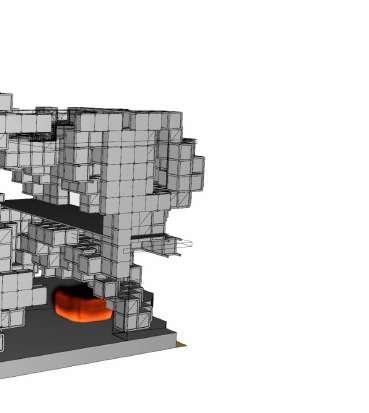

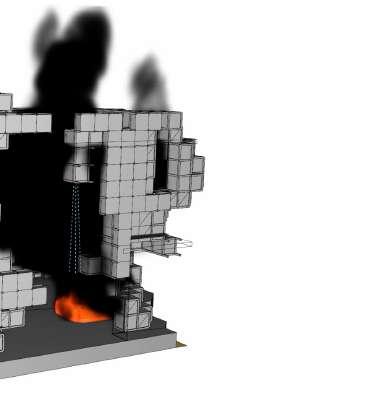
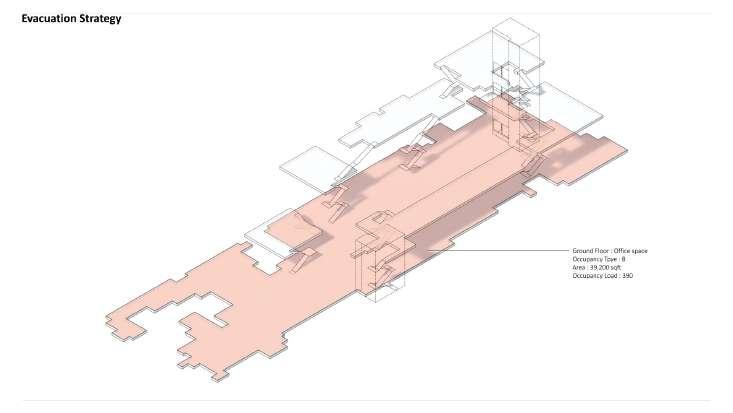

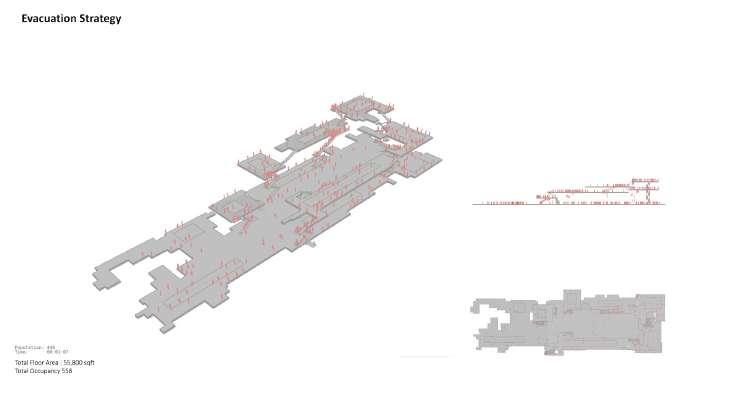
FALL 2022 Kazuaki Kojima immeubles - Design Development - 91
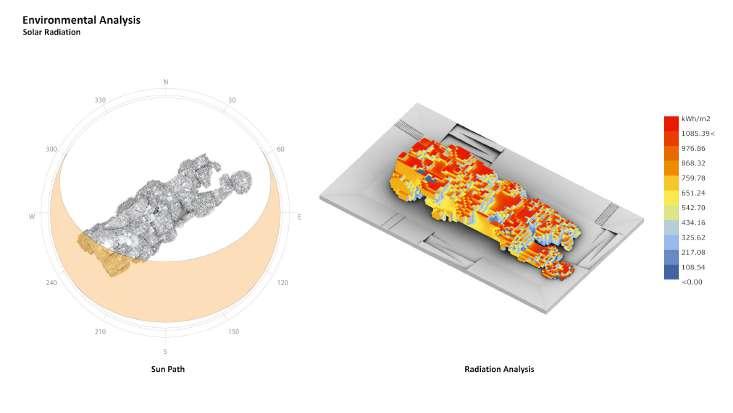
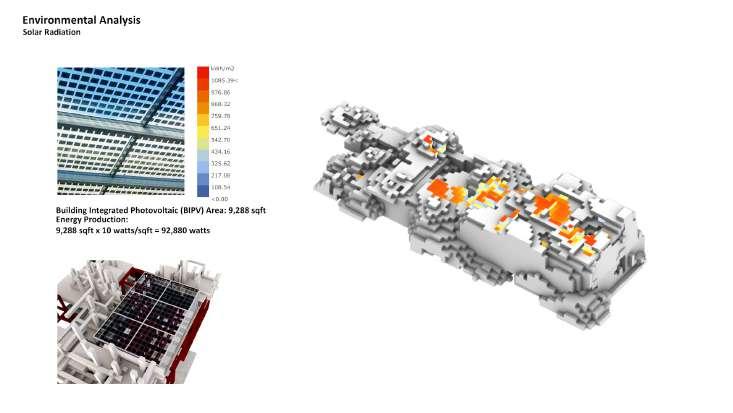

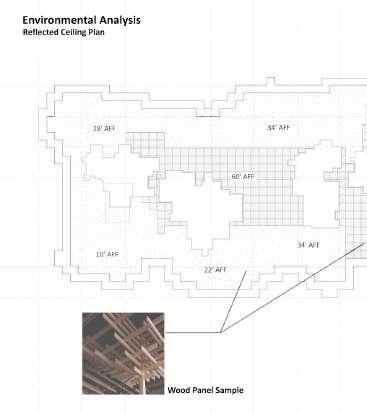
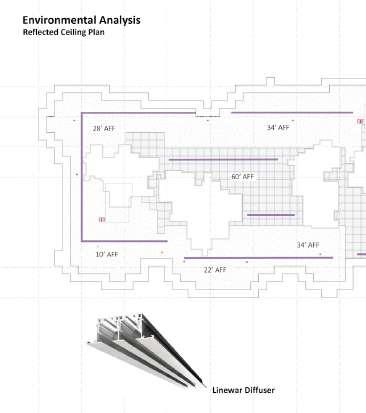
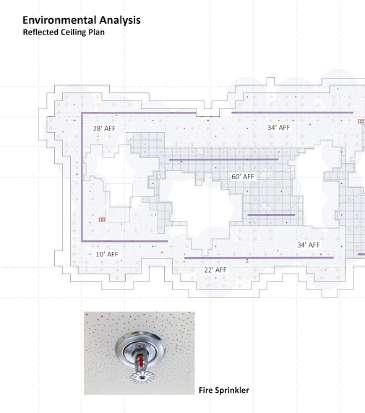
PORTFOLIO FALL 2022 92 Spring 2021 AS3122: Design Development Integrated Design Project
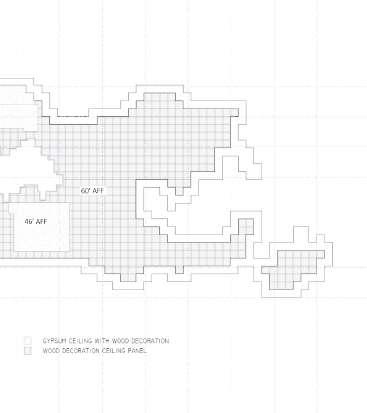
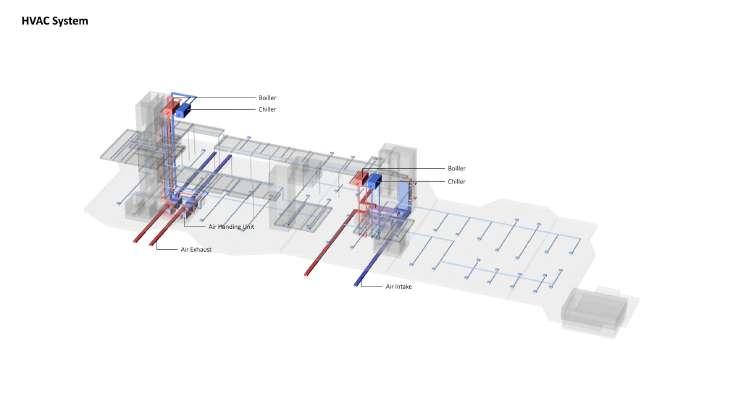
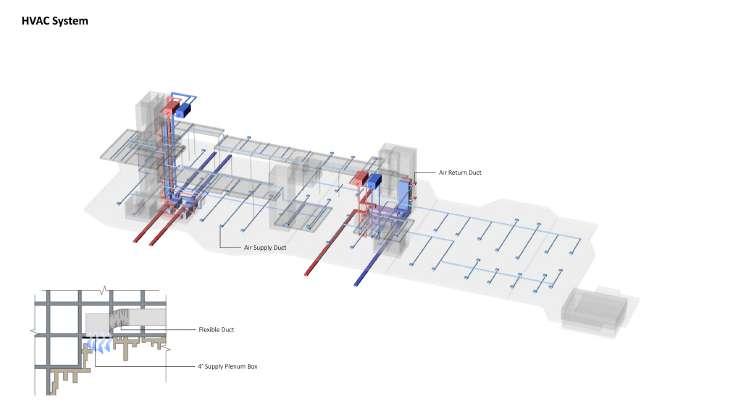
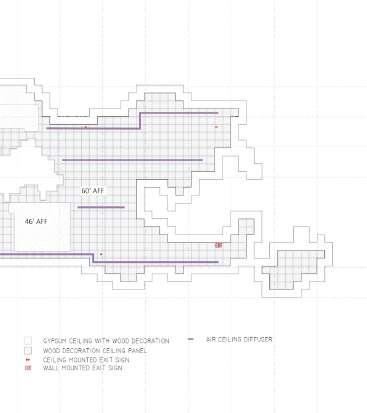
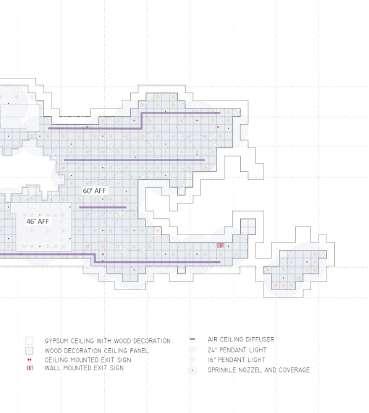
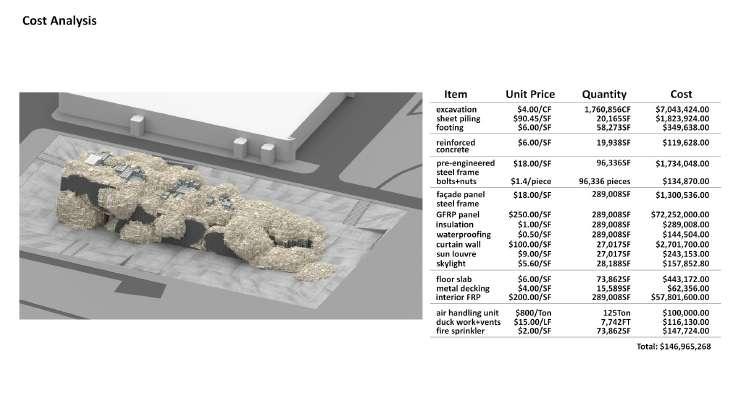
FALL 2022 Kazuaki Kojima immeubles - Design Development - 93
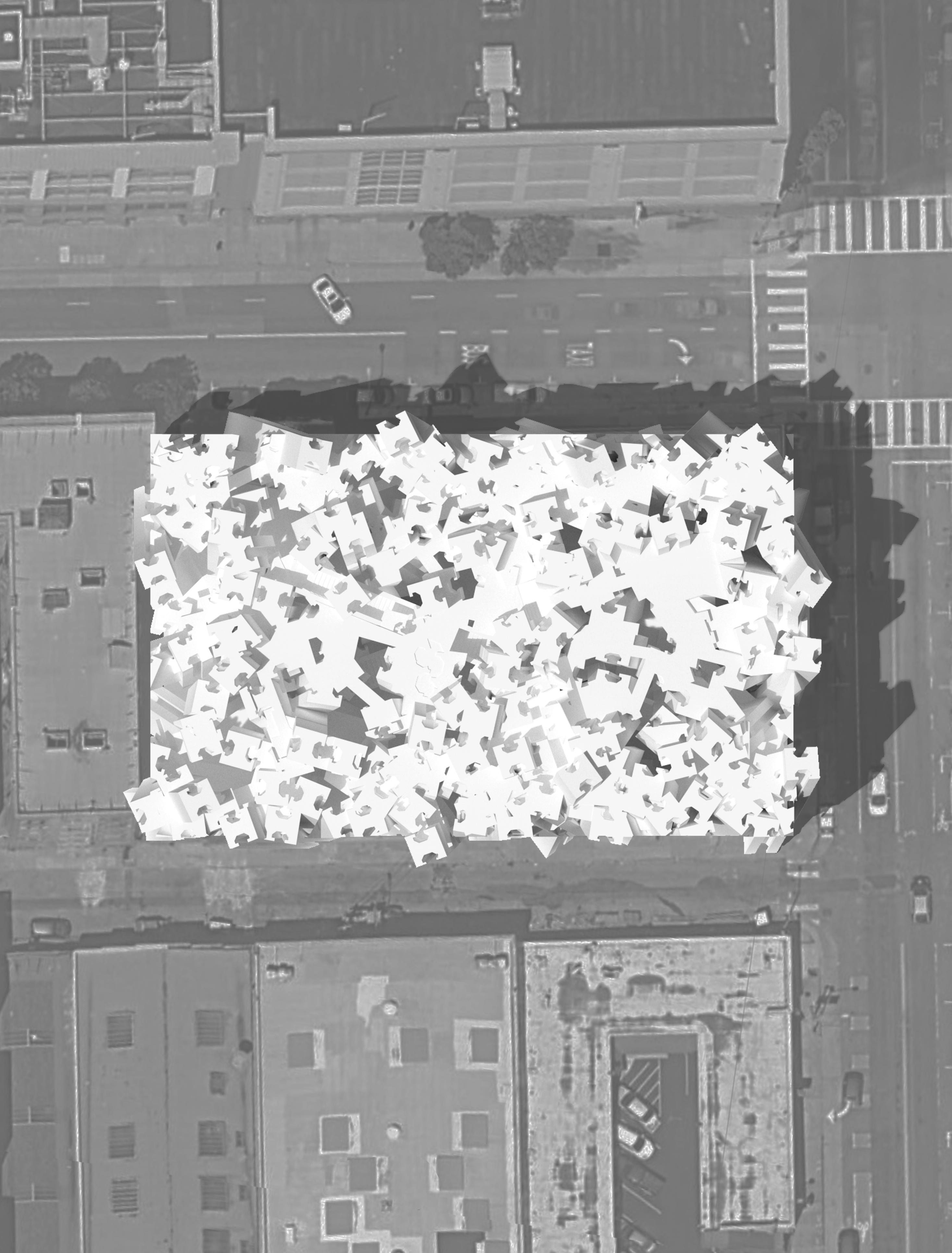
PORTFOLIO FALL 2022 94 Spring 2020 DS1101: Fundamental Design Studio II
Instructor: Margaret Griffin
UrbanDS1101:grottoFundamental Design Studio II Spring Course2020Description
The Urban Bathhouse expands on the fundamental problems of architectural geometry and representation developed in the previous design studio. The form and program of the project is framed through the disciplinary topics of typology, poche and projection as understood through the develop ment of figure ground relationships of mass (urban block) and void (interior and exterior volumes). By studying the history of bathhouses, we have seen how the development of geometrically precise figural voids enhances the spatial experience of bathing as well as how a variety of large (rooms surrounded by Poche) and small spaces (rooms that occupy the poche) combine to elevate the architecture of the Studentsbathhouse.are
asked to produce iterative studies in a model form that primarily depend on two formal conditions: the notion of profile and the act of extrusion. By this we mean a horizontal or vertical cross-section curve or poly-curve projected along vertical - or quasi vertical - trajectories, or vice versa. There two components - curve and path -, central to the act of extrusion, should have serial qualities. In other words, their constitutive geometry should be regulated by some degree of repetition and variation. It is expected that extrusions will produce a set of carved spaces (figural void) from the block. A variety of techniques can be deployed when translating profiles to spatial systems such as; off-set, projection, rotation, subtraction, doubling, and scaling to name a few. Using these techniques and others, the student will create a specific set of spaces with in the constraint of the block to generate a spatial idea for the bathhouse. The student will explore positive and negative space and work through strategies of spatial volume, solid and void and figure-ground.
from the course syllabus spring 2020
FALL 2022 Kazuaki Kojima Urban grotto 95
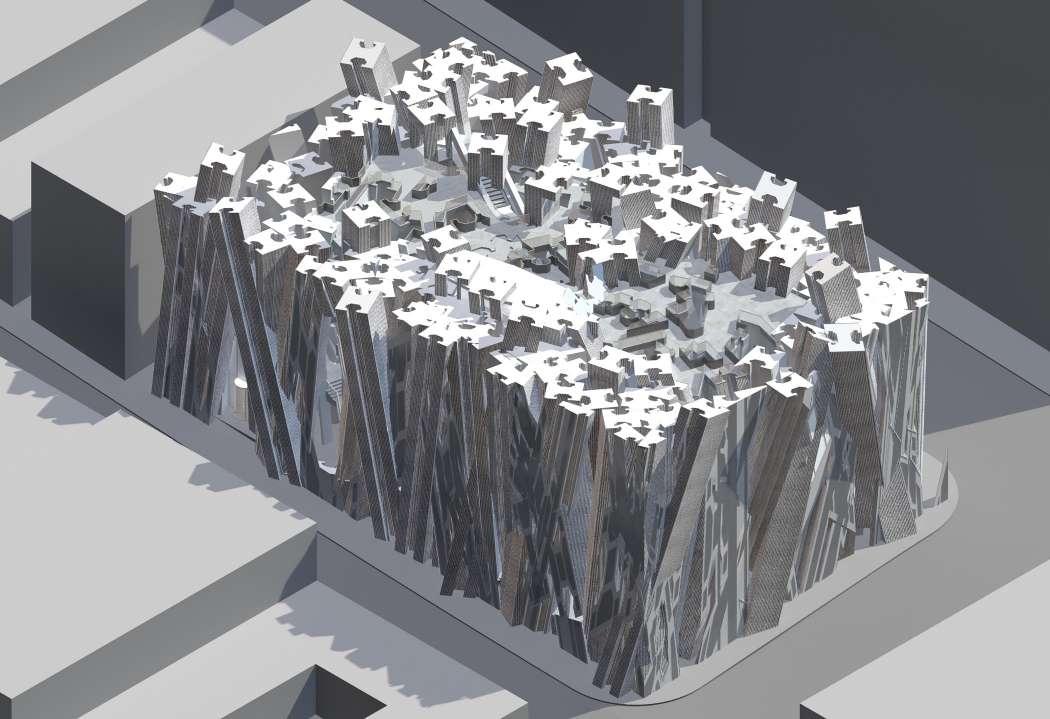 Axon Render
Axon Render
PORTFOLIO FALL 2022 96 Spring 2020 DS1101: Fundamental Design Studio II
Aggregation, mass and void

The big question that we address was how we could design figural void and figural mass as architecture by controlling the specified type of three-dimensional modeling technique and geometry of the line profile. The project was an explo ration in the field between rational modern order and indig enous chaos, simple legible figure and unreadable complex. Achieving rich architectural spatial variations with relatively simple seed geometry and concise operations was researched.

The project started with the section profile of aluminum extrusion, which is a purely artificial and precisely con structed product. The extracted and simplified line profile is extruded along with one linear axis, just like aluminum extrusion itself. For massing volume, extruded volumes were aggregated. Since each axis of extrusion slightly tilted and rotated, unexpected shape and figure appeared on the plan, section, and elevation. The aggregated volume was excavated by deleting the parts of the original extrusion, which have the potential to be inner volume as figural void.
This bathhouse stands out and expressive while blend ing into the surrounding urban grid in terms of scale and boundary at large. As a result of the aggregative operation, the combination of thousands of unique shaped surfac es forms the cladding system and showing the different depth of each surface. Some of the aggregated volumes got cut by the boundary based on the property line of the site.

FALL 2022 Kazuaki Kojima Urban grotto 97
In the cut section, the secondary figure would appear inside of the original aluminum extrusion profile. The angle to the vertical cutting plane is a crucial factor because the differ ence in the cutting angle causes a drastic change in the fig ure that appears on the facade. It makes you imagine that another set of geometry is embedded in the original profile and may give you the clue of inferring the initial direction of extrusion and geometrical composition. In the elevation, the imaginary mirrored ground surface cut the building back partially: Still, some of the extrusion remains. By doing this, the depth and height of the structure will be emphasized.
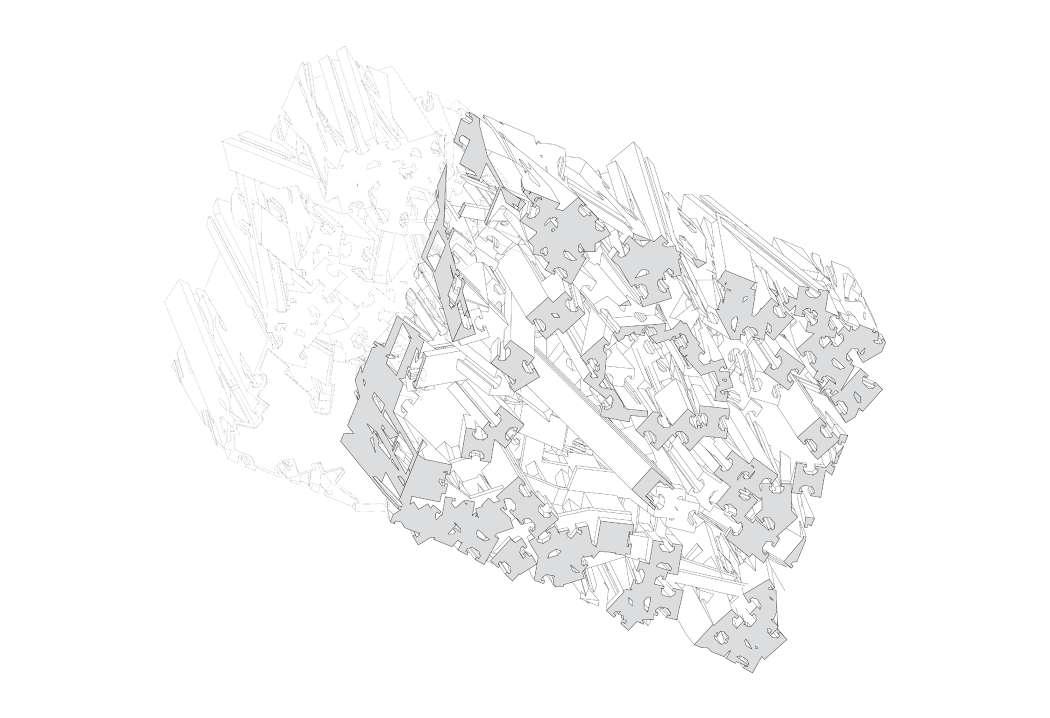 Warm-eye Axon Diagram - Right Elevationpagerender
Warm-eye Axon Diagram - Right Elevationpagerender
PORTFOLIO FALL 2022 98 Spring 2020 DS1101: Fundamental Design Studio II
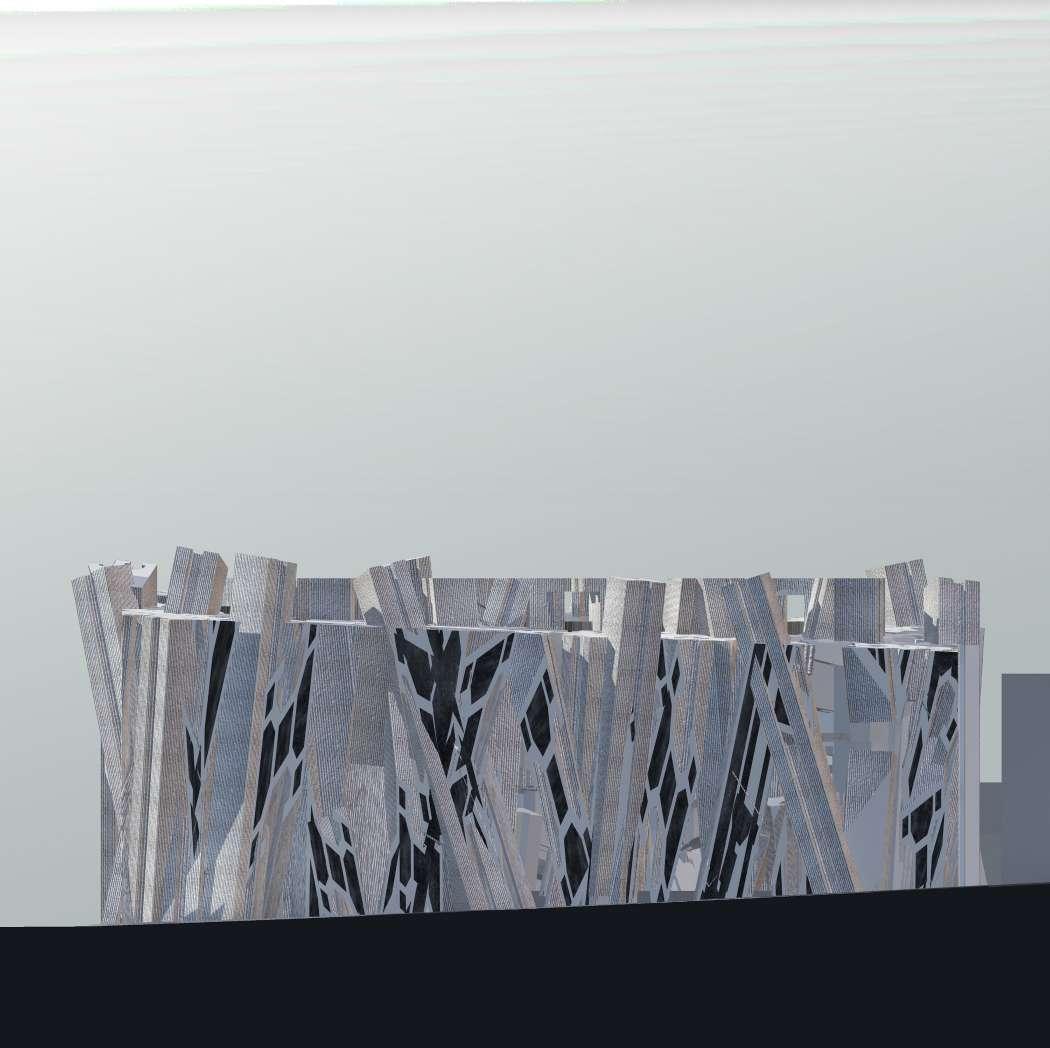
FALL 2022 Kazuaki Kojima Urban grotto 99
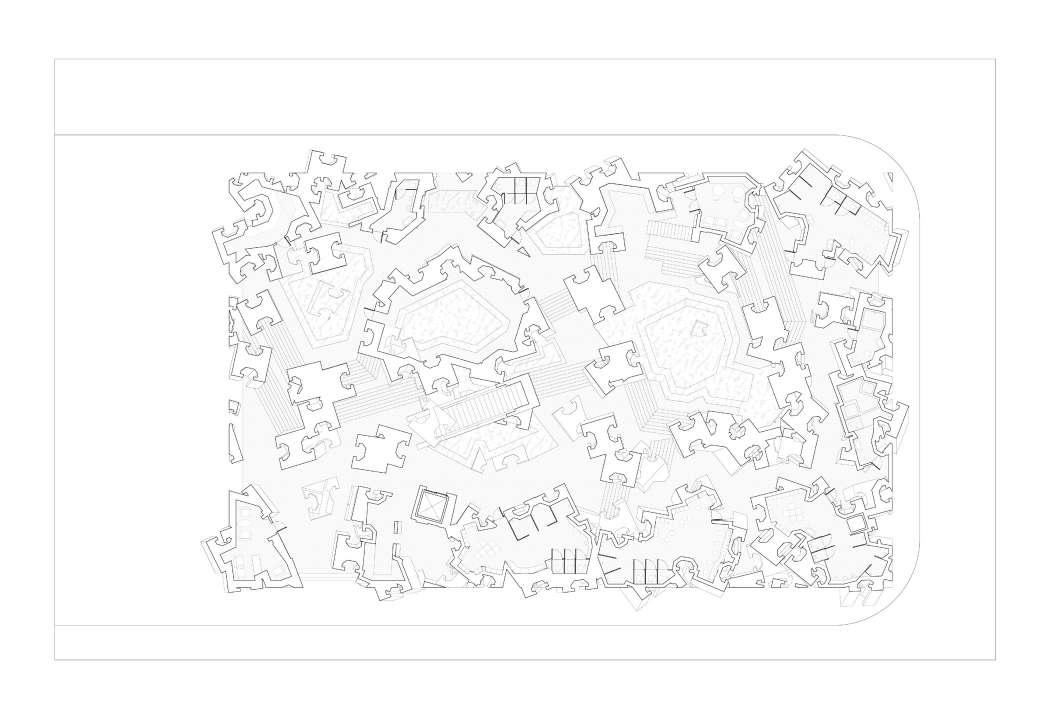 Ground Floor plan
Ground Floor plan
PORTFOLIO FALL 2022 100 Spring 2020 DS1101: Fundamental Design Studio II
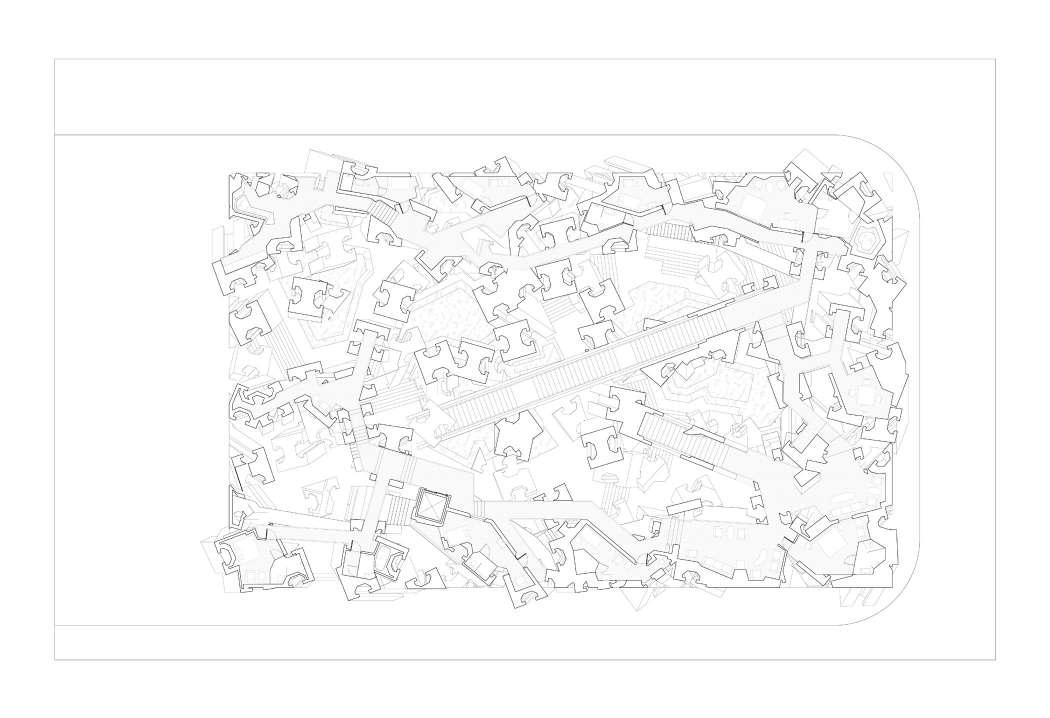 Second Floor plan
Second Floor plan
FALL 2022 Kazuaki Kojima Urban grotto 101
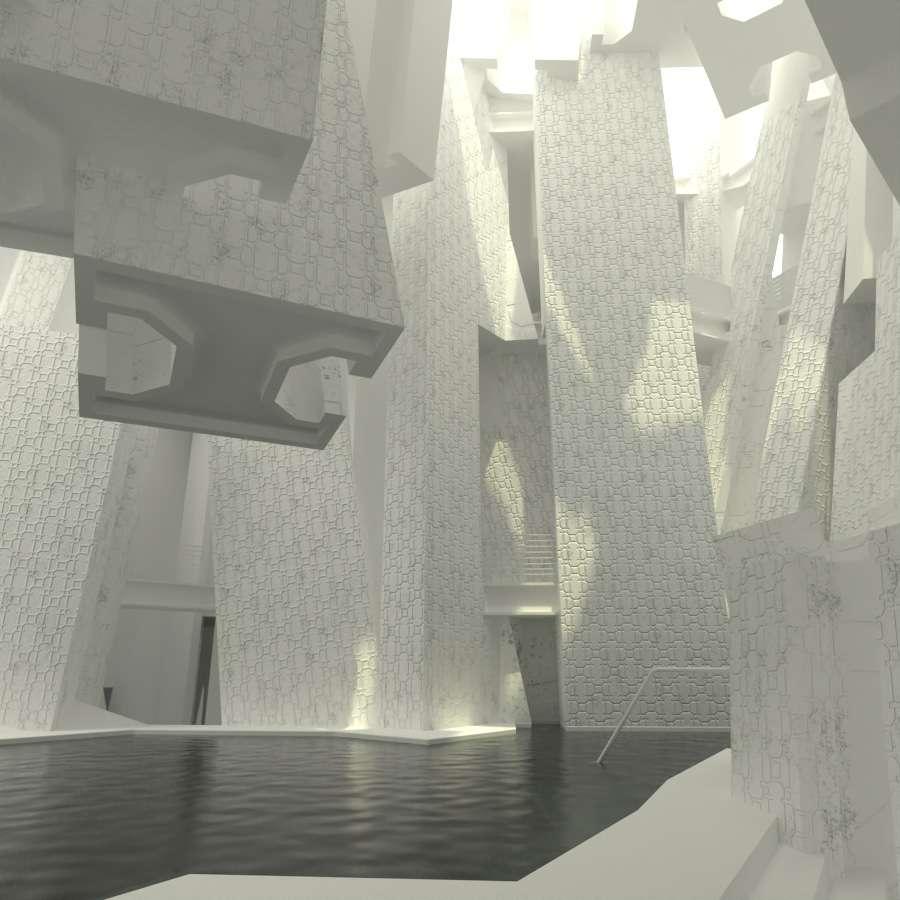
PORTFOLIO FALL 2022 102 Spring 2020 DS1101: Fundamental Design Studio II Interior render
Top:
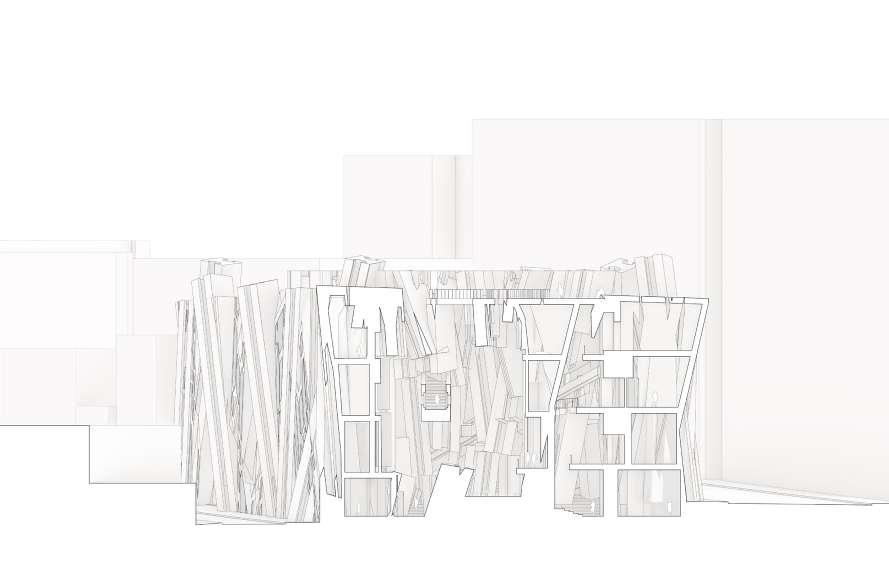
Bottom:

FALL 2022 Kazuaki Kojima Urban grotto 103
Long section plan
Short section plan
 Roof plan
Roof plan
PORTFOLIO FALL 2022 104 Spring 2020 DS1101: Fundamental Design Studio II
Interior space is nothing like a rectilinear or integration of primitive geometry, but complex and interlacing shaped with fuzzier and detailed outlines. Every room, spatial volume, are unique and different, but share the same de sign language and architectural taste. The sizes and lo cation of the interior volume are varied and inconsistent.
The main baths are located on the ground floor. The visi tor approached through the main entrance on the left bot tom and access to the distributed bathrooms that vary in shape, type, and size. The locker room, changing room, and lounge space are also dispersed around bathes and fit into the mass volume. The iconic stairs located in the cen ter of the building and led people to the upper floors. Hotel rooms are distributed on the peripheral, floor slab, and cor ridor connects them and making the circulation. Each room has private baths or shower room. Semi-public lounges are created on the various location in the plan as well. Restau rant and outdoor lounges are on the rooftop floor. The guest can use the main stairs and elevator to reach there.
In the section plan, the spatial relationship between high and large void for the main baths, and relatively small ho tel rooms and other functions is illustrated. Horizontal enclosure and vertical opening create dramatic lighting effects in interior view. Subtle textuwre derived from orig inal profile geometry has applied to the interior walls.
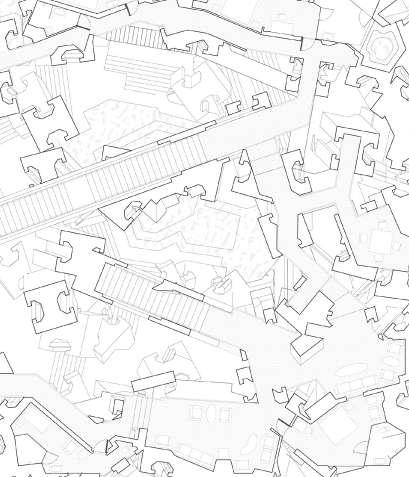
FALL 2022 Kazuaki Kojima Urban grotto 105
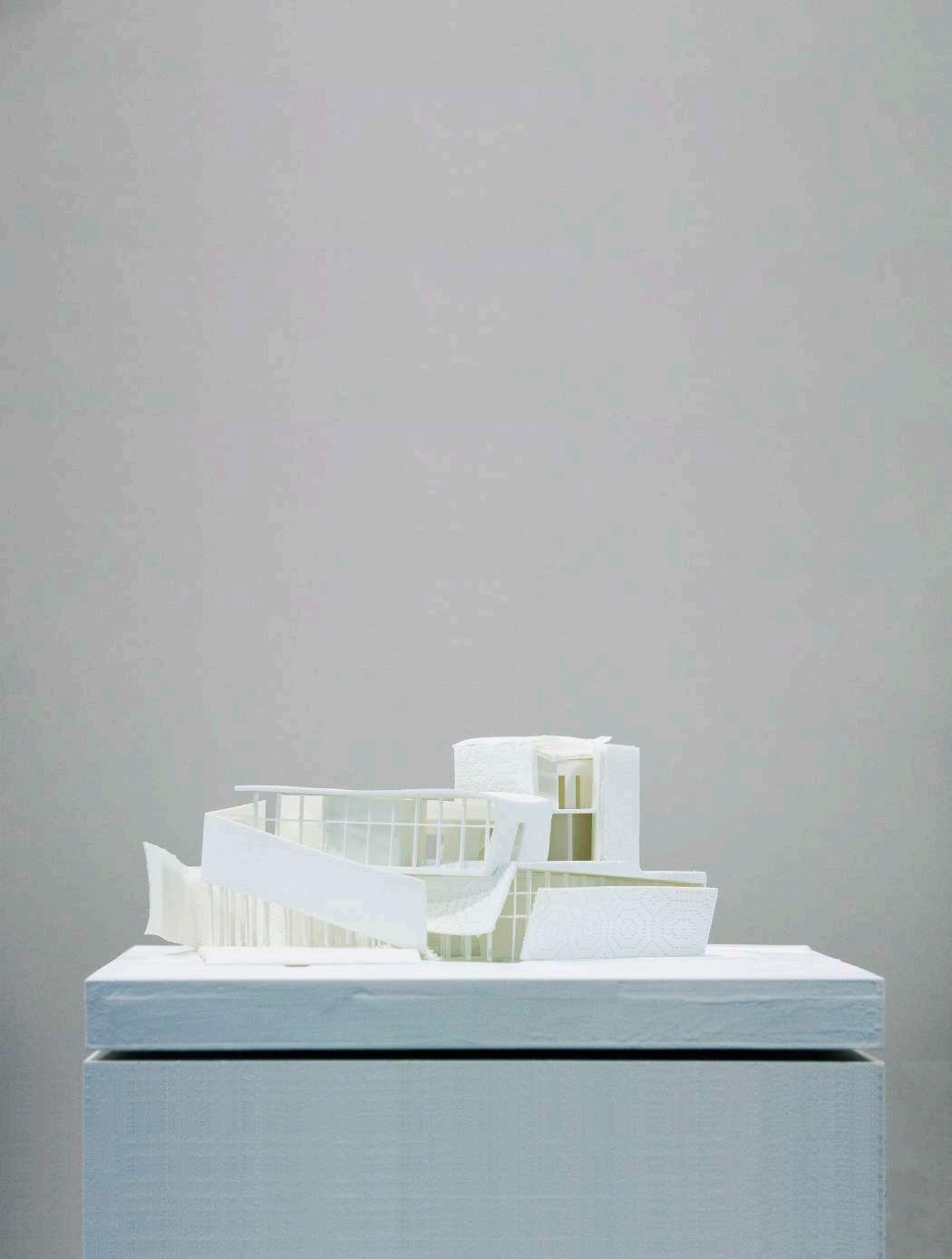
PORTFOLIO FALL 2022 106 Fall 2019 DS1100: Fundamental Design Studio I
Lines, rooms, and the building
DS1100: Fundamental Design Studio I Fall Course2019 Description
Instructor: David Eskenazi
This course is consisted of three set of projects that providesstudents with introductry design skills along with fundamental architectural sensivility.
Part 0
This part is an introduction to the description of form and space through measuring, drawing and modeling a line. The initial project will focus on the line as an object within the city.
Part 1
In this part, students start to think about a room base on what they learned from the previous section. A room will be defined by various type of lines which have an unique charactaristic, and distinct spatial qualities.
Part 2
The final project will build on the conversations and vari ations of the line within architecture. The architecture will develop by expanding our techniques related to abstraction, material and volume. Ultimately, the project proceed to design a civic building for the city of Los Angeles.
from the course syllabus fall 2019
Lines, rooms,
FALL 2022 Kazuaki Kojima
and the building 107
Document, Construct and Fit Rescale, Refine and Develop
The project started form measuring the SCI_Arc building to get the sense of the scale of the building itself and architectural elements while understand ing how the long structure composed and works as a school. Then students produced a simplified 3d-model of the building and trying to fit it inside of the imaginary cube by scaling down the parts of the building and folding them. This additional intervention on the volume works as an abstraction technique in the design process and affect the way of expressing its architectural ideas.
 SCI_Arc Building
SCI_Arc Building
PORTFOLIO FALL 2022 108 Fall 2019 DS1100: Fundamental Design Studio I
Left: Elevation A ( Line drawing with hatching )
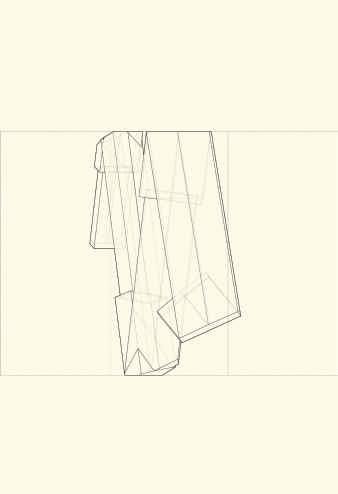
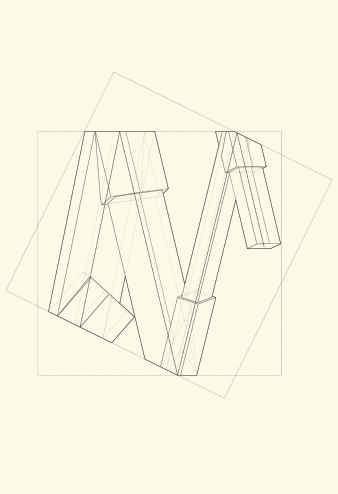
Center: Top view ( Line drawing with hatching )
Right: Elevation B ( Line drawing with hatching )
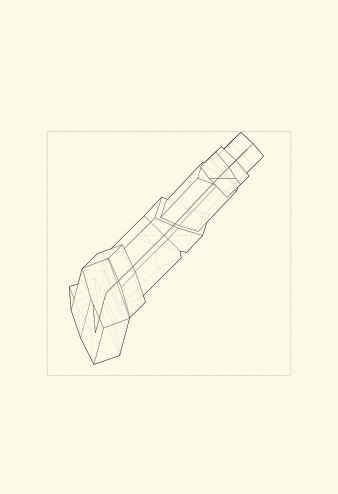
Left: Elevation A ( Line drawing with center line )
Center: Top view ( Line drawing with center line )
Right: Elevation B ( Line drawing with center line )
Lines, rooms, building
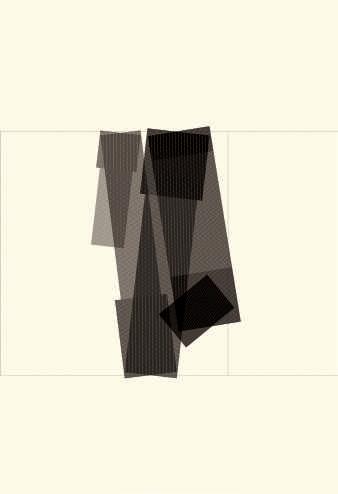
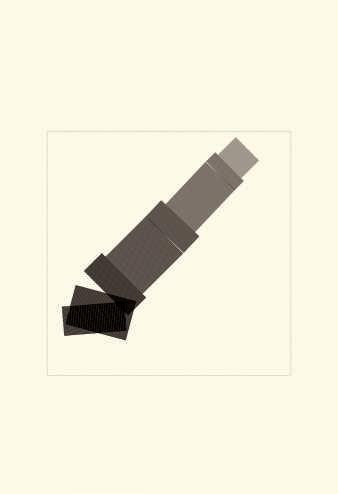
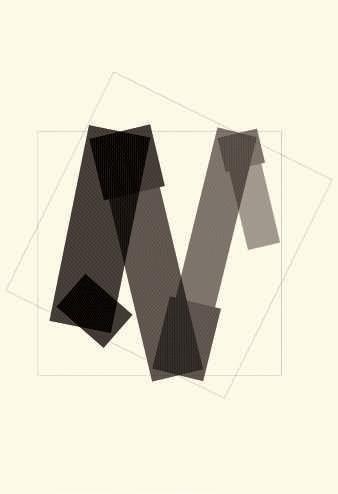
FALL 2022 Kazuaki Kojima
and the
109
Architectural drawing has expressed as 2-dimen sional visual representations, including eleva tion, section, axon drawing, using the abstracted SCI_Arc building. The angle and position related to the bounding box were considered to represent the intention of the design decision in an explicit manner. Weight and type of lines were also adject ed meticulously depends on things that the lines describe. Textures on the drawing and the physical model have added on the simplified and the differ ently scaled volume to express the unique virtual character and extra taste on the original condition.
PORTFOLIO FALL 2022 110 Fall 2019 DS1100: Fundamental Design Studio I
Top Left: Axonometric A ( Aligned to original bounding box )
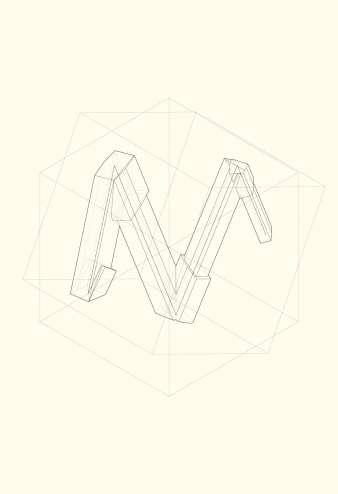
Top Right: Axonometric B ( Aligned to deformed bounding box )

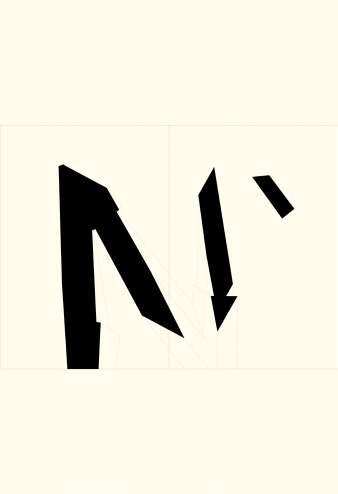
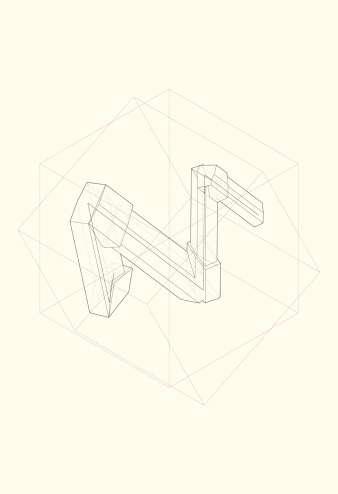
Bottom Left: Section A
Bottom Right: Section B
- Next page
Left: model photo
Right: model photo detail
Lines, rooms, building
FALL 2022 Kazuaki Kojima
and the
111
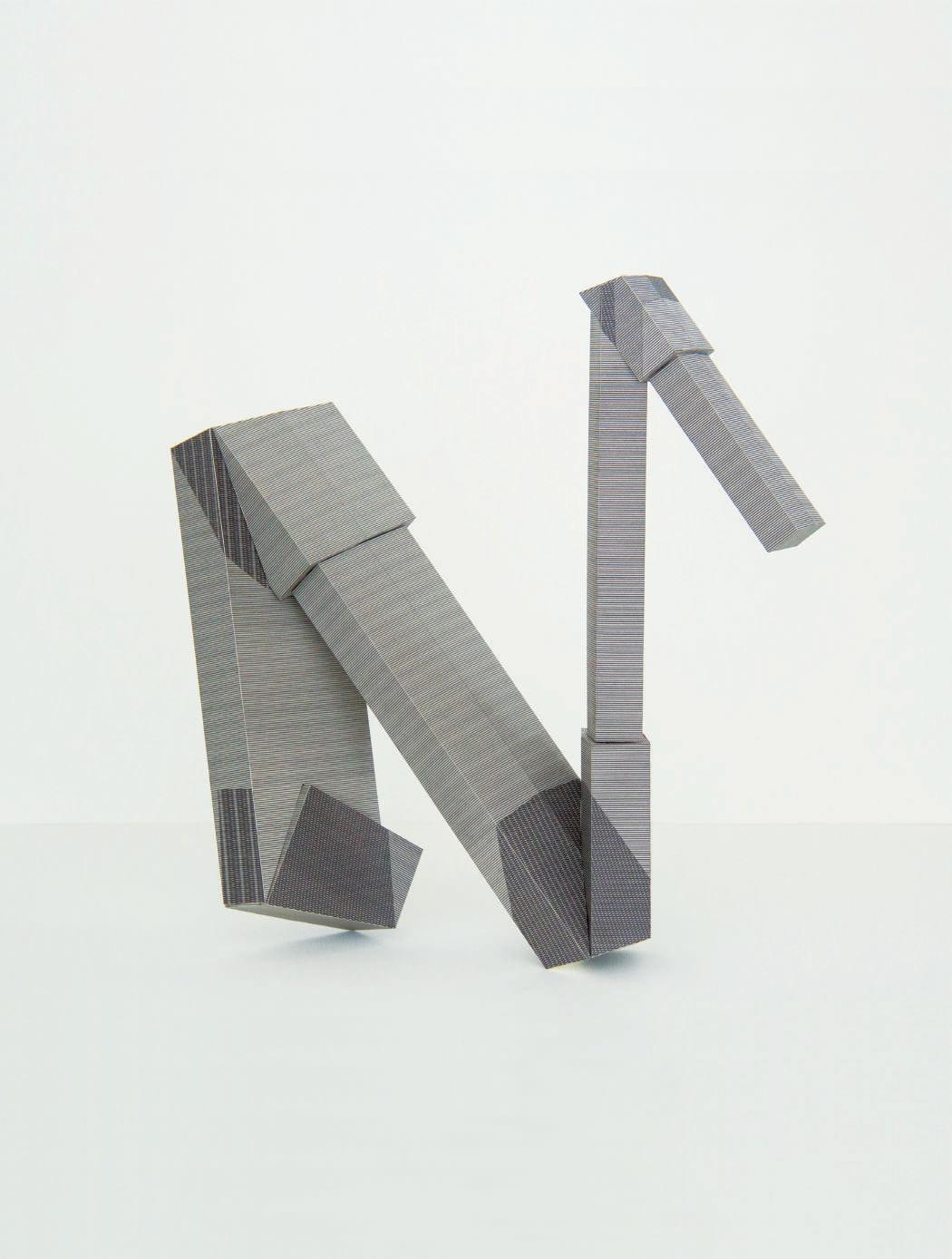
PORTFOLIO FALL 2022 112 Fall 2019 DS1100: Fundamental Design Studio I
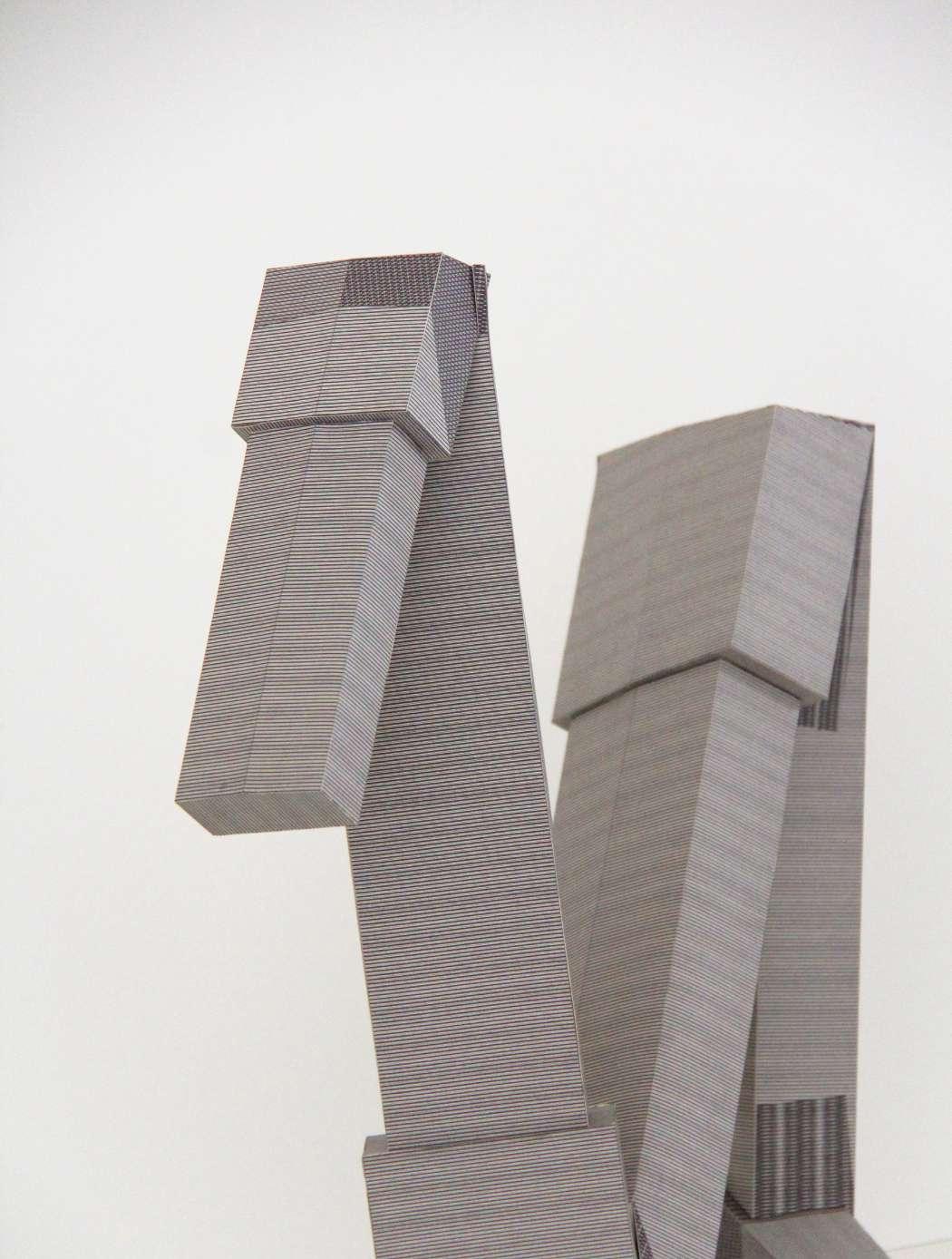 Lines, rooms, and the building
Lines, rooms, and the building
FALL 2022 Kazuaki Kojima
113
Top: Small paper model ( trace paper )
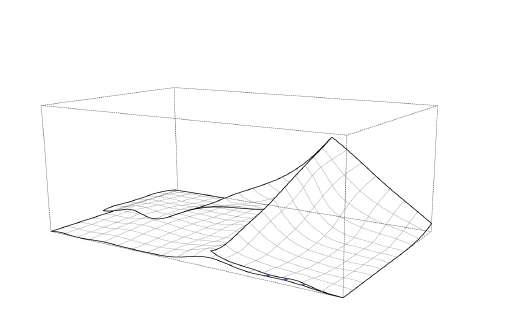


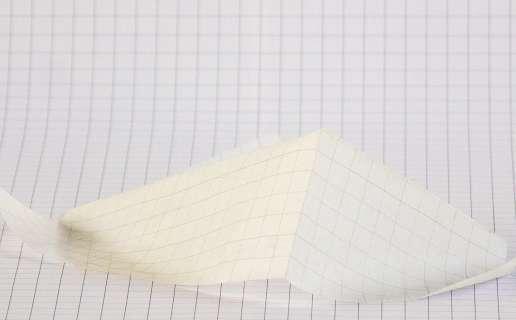
Middle: Small paper model ( trace paper )

Bottom: Large paper model ( paper towel )
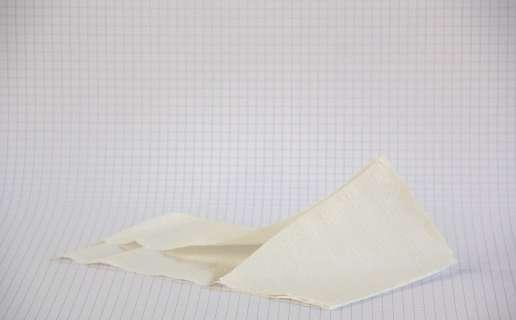
PORTFOLIO FALL 2022 114 Fall 2019 DS1100: Fundamental Design Studio I
A room
As the next step, students moved to look at the spatial quality from the volume of the line in the previous section. They started to research different kinds of rooms designed by different architects throughout modern architectural history. They studied how did the architects treat and think about the room in relation to the architectural discipline as the whole.
Based on the previously acquired aspect from the research, each individual was asked to start to design room. The start point was the material, various types of paper. Paper is one of the most curial materials working with an architect because it allows them to think and physically prototype 3-dimensional ideas in multiple ways. Creating partial paper boxes are excellent indicators of how a particular scale and type of material affect the behavior of paper boxes’ form.
Lines, rooms, and building
 Layered paper towel model with Mold
Layered paper towel model with Mold
FALL 2022 Kazuaki Kojima
the
115
A form derived from the material is dressing up with another material abstraction, which gives additional quality and aes thetic sense to the space.
The room consists of three types of partial paper boxes, which are a small box made of trace paper, same on a different ori entation, and a larger box made of paper towels. These three are acting uniquely so that the room has designed to maintain that quality paper boxes have, at the same time, configure those to create a harmonious relationship with each other. The bounding box, showing the original geometrical condition of the partial boxes, has been converted to the visible frame that supports the structure of the room while emphasizing the de formation and deflection of each paper. Also, material-wise, each element got a distinctive way of abstraction, such as excessively thickening by 3d-printing and multiple layering while one of the boxes still maintains original trace paper quality.
Re-producing the specific shape of paper at specific status with different kinds of paper in different scales is necessary for “paper of abstraction,” but technically challenging. In order to re-create multiple layered deformed paper box precisely, a mold was made to help layering papers on one another and glue them together as abstracted thickened paper. The rela tionship between the mold and the paper model has directly transplanted to the room model, making another meaning of paper’s behavior and its potential. Ultimately, the room has fully developed to perform each inherent paper materiality and its spacial relation to the such as gravity, technical restric tions. On the center of the room, there is the mold as land scape, and marginal space is created between the mold and the up-lifting paper model. Three different kinds of paper models are functioning as sheds and generating space as blurred mul tiple boundaries.
- page 21 section cut drawing - page 20 plan cut drawing - right elevationpagerender
PORTFOLIO FALL 2022 116 Fall 2019 DS1100: Fundamental Design Studio I
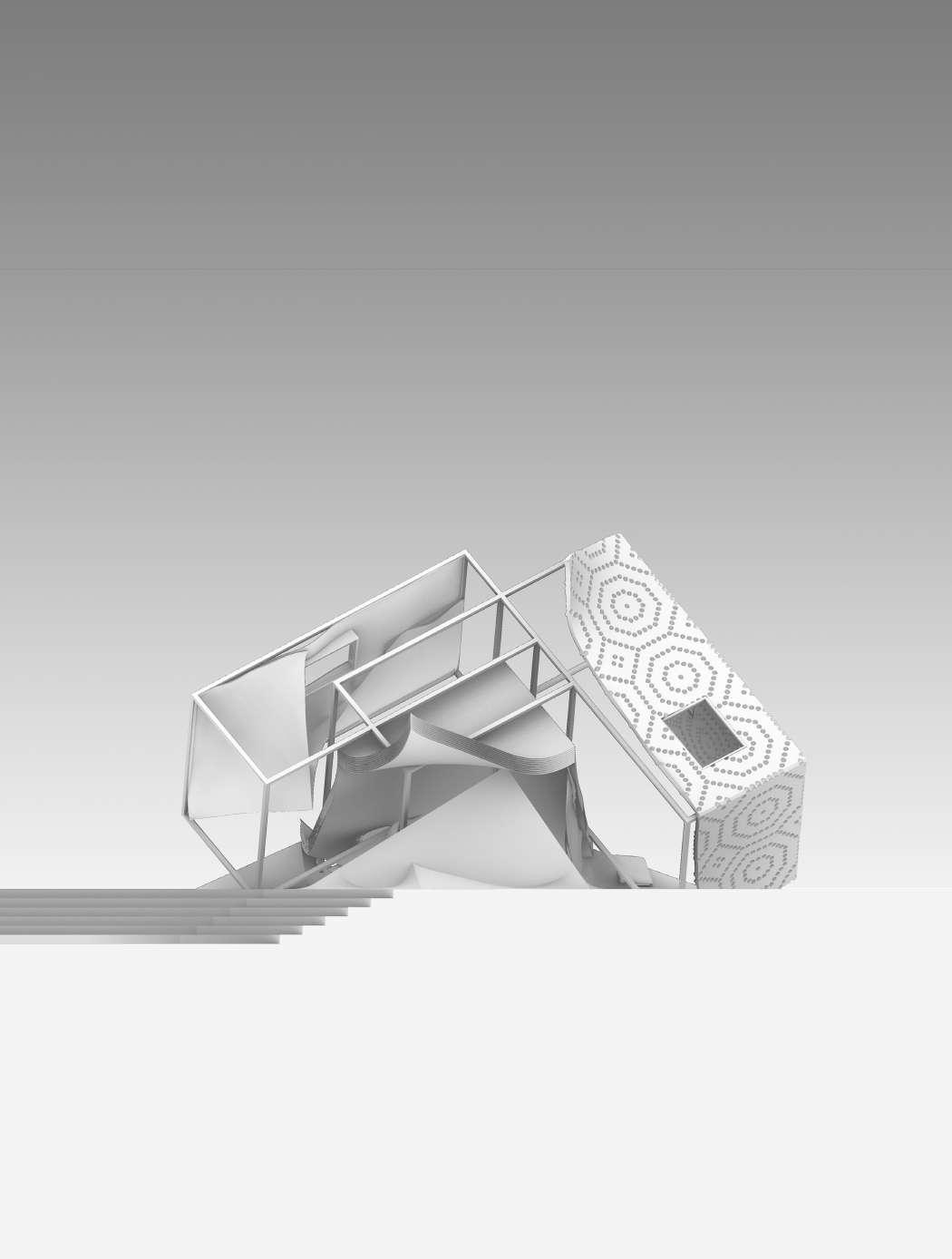 Lines, rooms, and the building
Lines, rooms, and the building
FALL 2022 Kazuaki Kojima
117
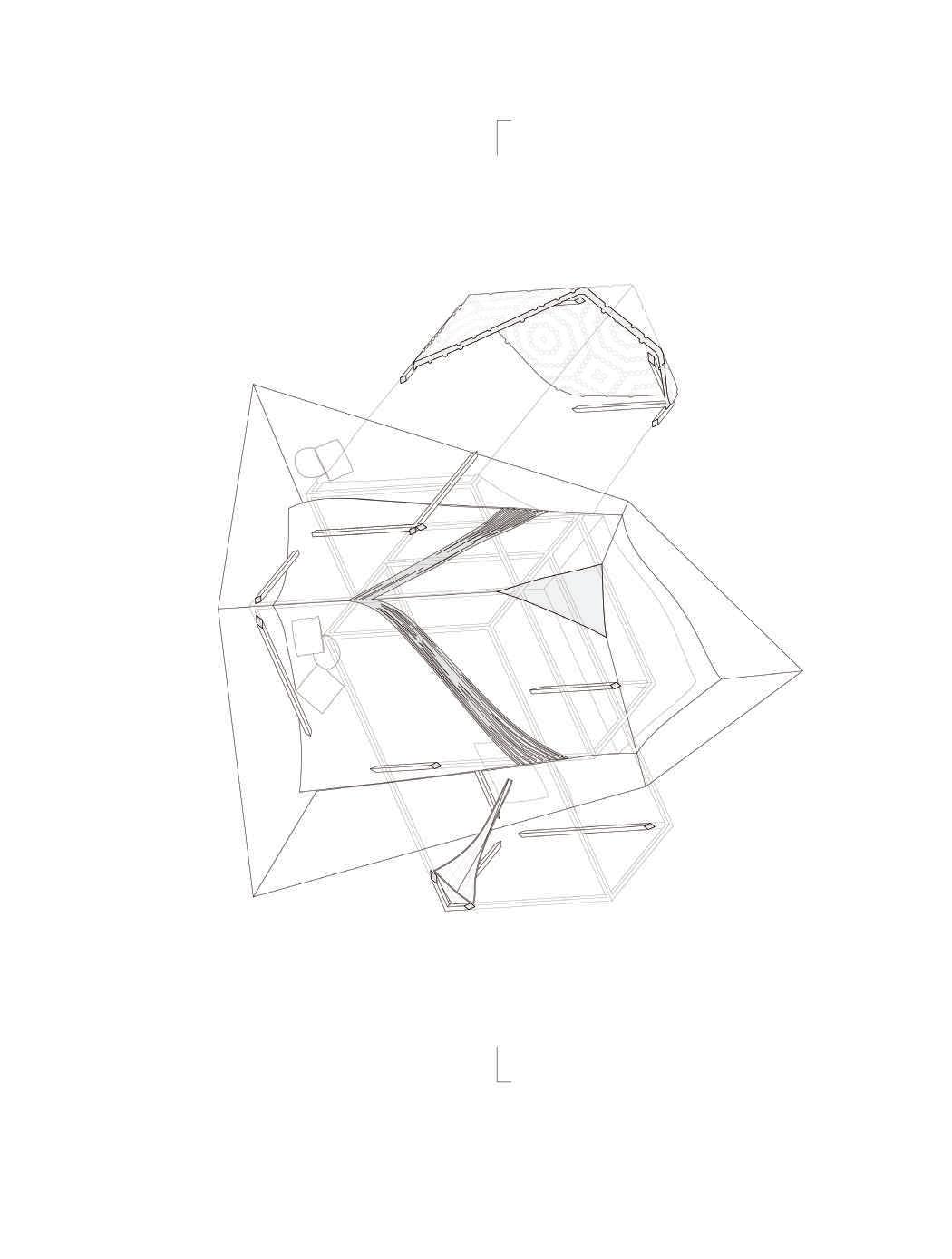
PORTFOLIO FALL 2022 118 Fall 2019 DS1100: Fundamental Design Studio I
Lines, rooms, and the building
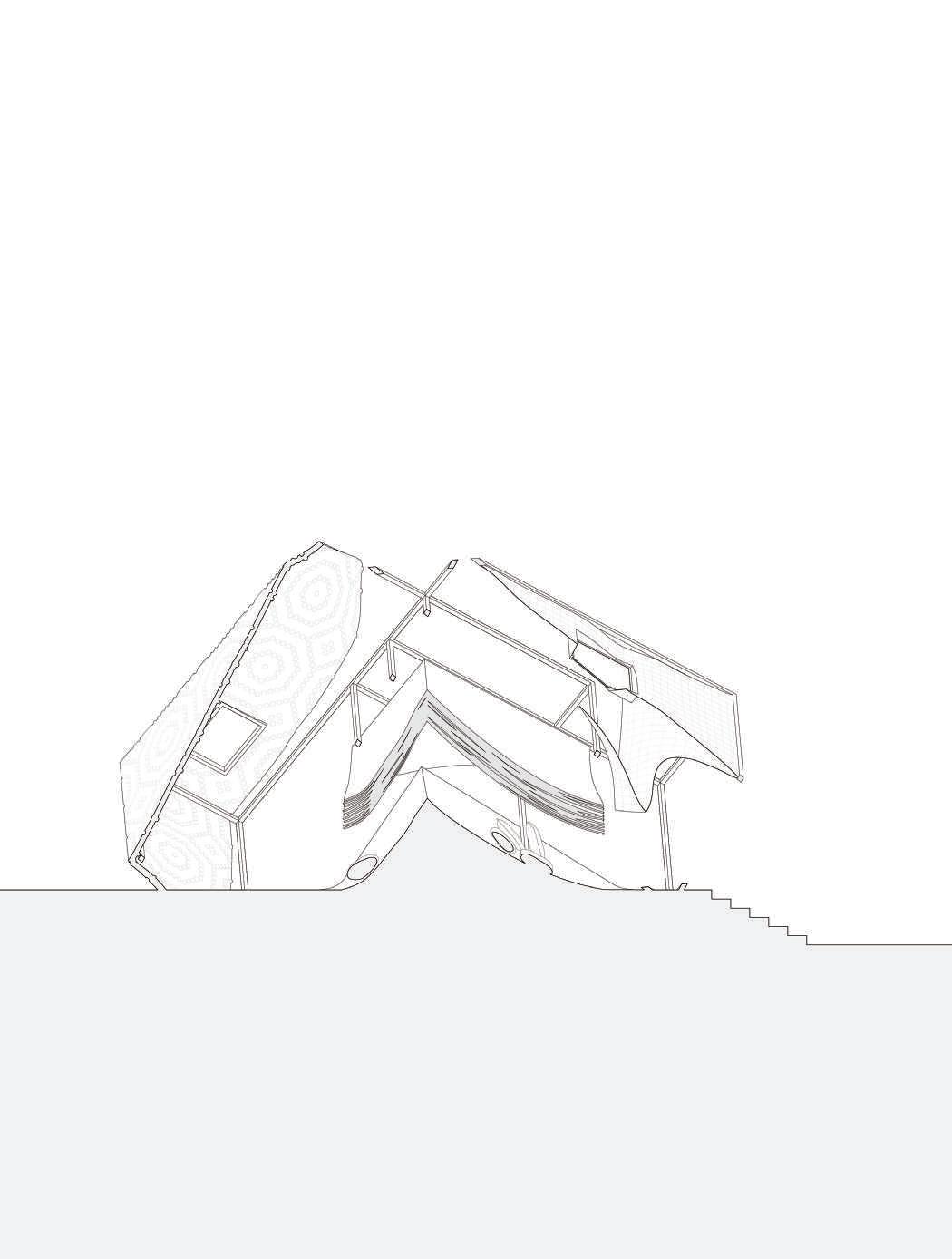
FALL 2022 Kazuaki Kojima
119
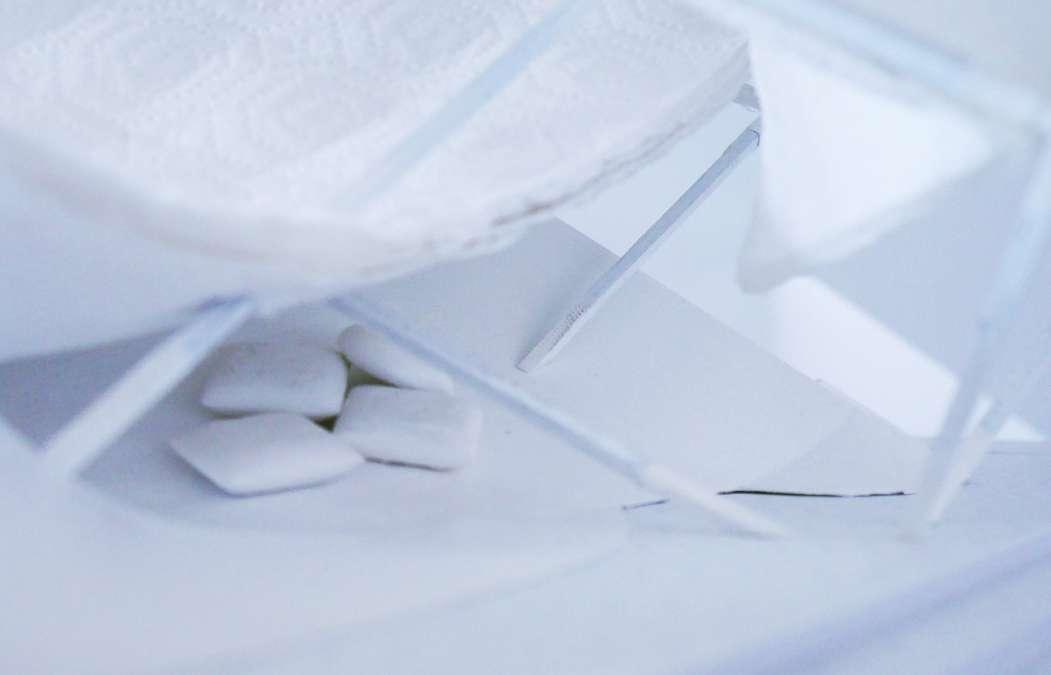

PORTFOLIO FALL 2022 120 Fall 2019 DS1100: Fundamental Design Studio I
 model photo elevtaion
model photo elevtaion
FALL 2022 Kazuaki Kojima Lines, rooms, and the building 121
- Left page Top: model photo detail 1 Bottom: model photo detail 2
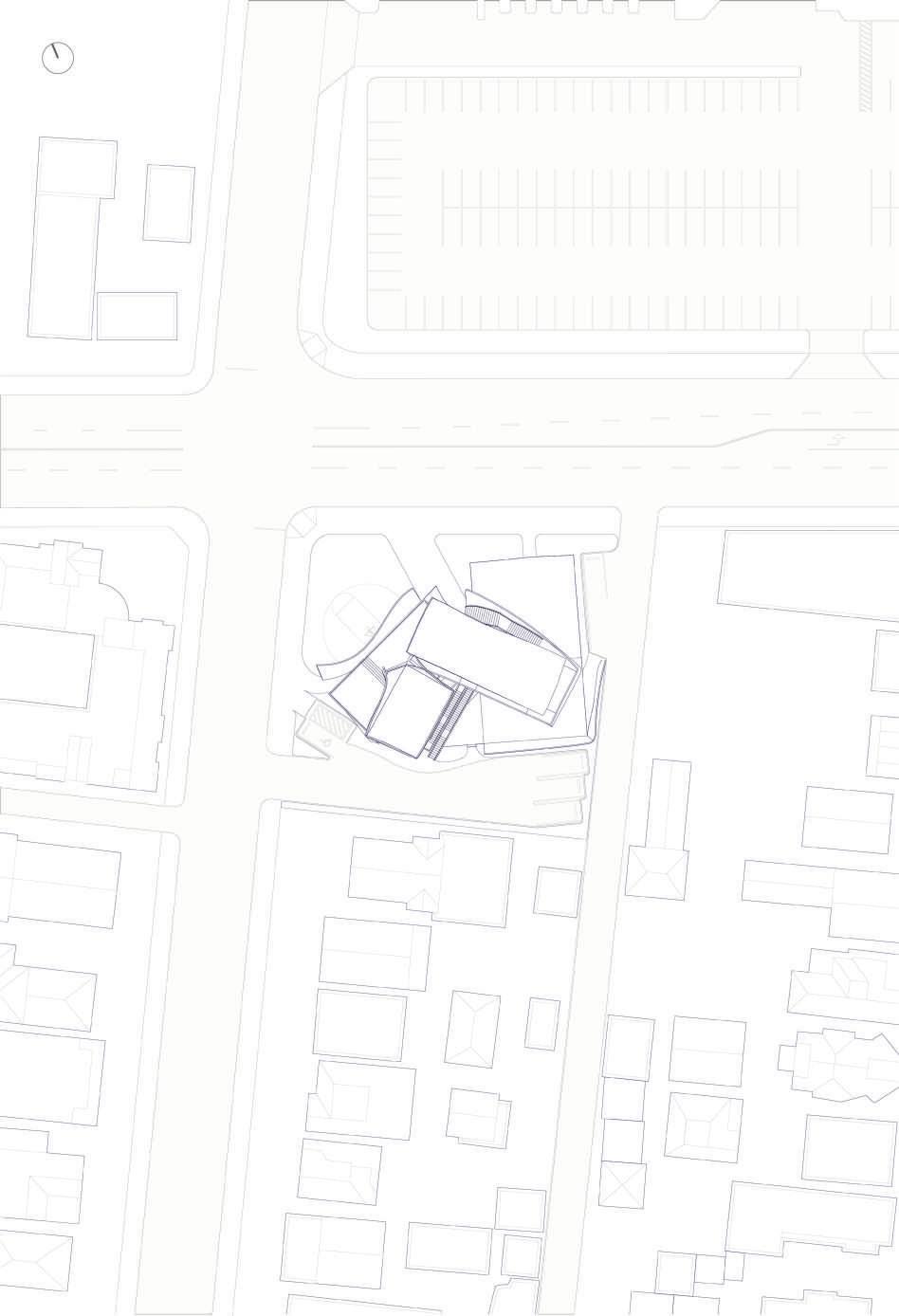
PORTFOLIO FALL 2022 122 Fall 2019 DS1100: Fundamental Design Studio I
The Building, The Architecture
The main focus of the studio at this point was on the materiali ty of physical models and their translation into other mediums like the digital model and drawings, especially on the tex ture of the paper towel and in-between space on this project.
The massing for the project is four boxes. These four box es were created based on the type of program and activi ties that will take place there. From my midterm project, I made the mold to get specific shapes of the paper surface and became interested in the relationship between mold and surface. Also, I learned multiple sheds create ambig uous boundaries, unlike dividing space by solid walls. The massing brings detail from the midterm work by making the paper model of those and unfolding them. By doing so, the sort of in-between space was generated. This kind of space allows people to move around the program. For instance, you will see that this kind of in-between space can be stair cases, light court, corridor, pathway, or outdoor terrace.
In the building, this massing strategy creates a unique circu lation. People access to the classrooms or auditorium through this main entrance or backside (pointing the plan). The recep tion space is pretty open to the surrounding. This iconic stair leads people straight to the gallery and cafe—the employee and office worker access to their space through this stair or elevator. The program is organized by the idea of openness to the activities. The reception, auditorium, and classrooms, which are considered as a more public program, are locat ing on the ground floor. The office space, gallery, and cafe on the second or above floor require a more calm atmosphere.
The essential detail is this paper towel texture. Four kinds of paper towel texture have applied, the original paper towel, a thickened paper towel, a big and small 3d-printed paper tow el. These textures are representing the paper towel materiality.
Lines, rooms, and the
FALL 2022 Kazuaki Kojima
building 123 - left page Site Plan Drawing
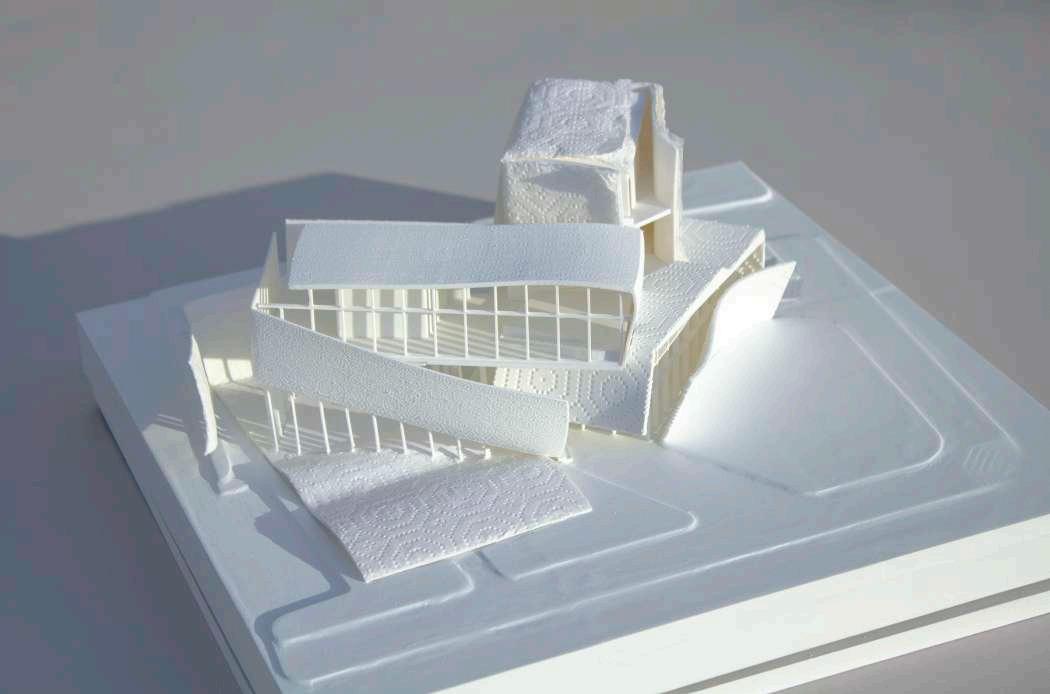 Model photo
Model photo
PORTFOLIO FALL 2022 124 Fall 2019 DS1100: Fundamental Design Studio I
Lines, rooms, and the building
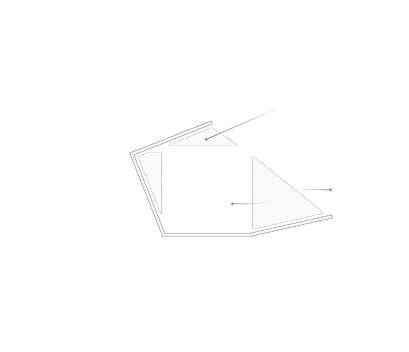
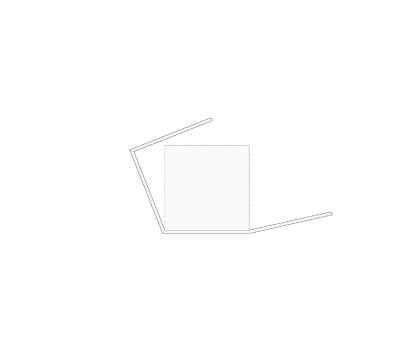
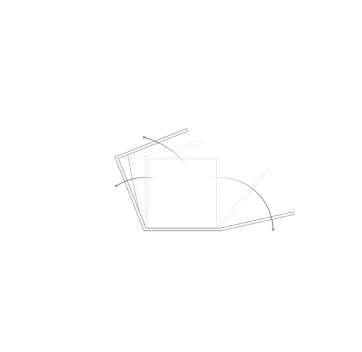
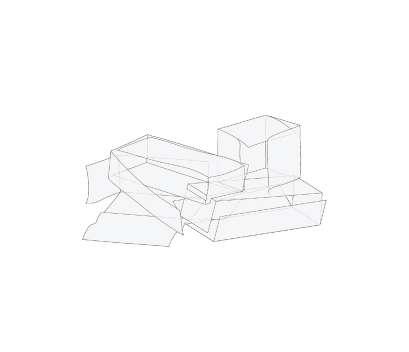
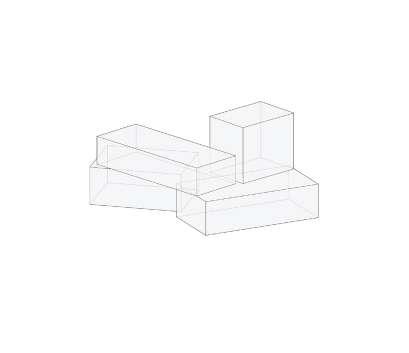
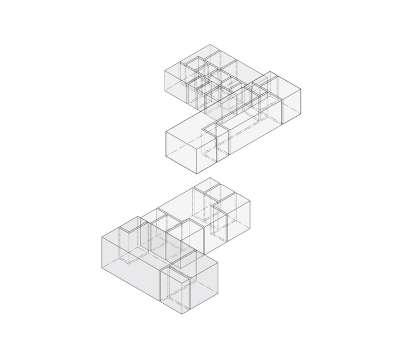
FALL 2022 Kazuaki Kojima
125
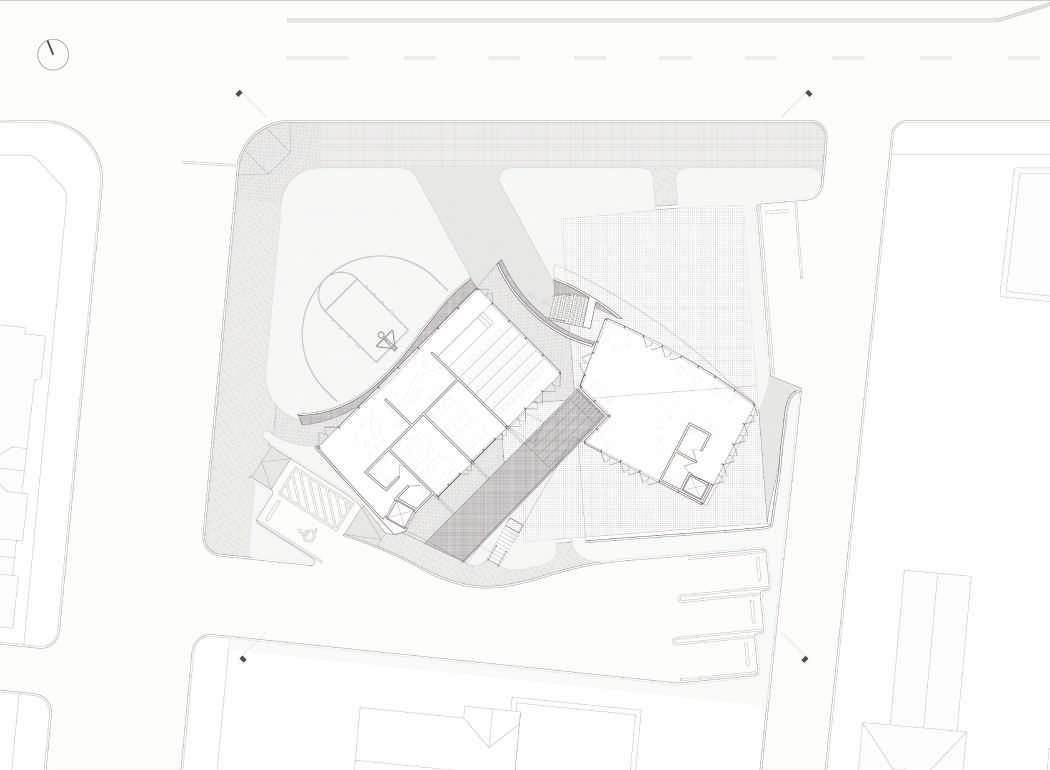
PORTFOLIO FALL 2022 126 Fall 2019 DS1100: Fundamental Design Studio I Ground Floor Plan
 Lines, rooms, Floor
Lines, rooms, Floor
FALL 2022 Kazuaki Kojima
and the building 127 Second
Plan
Top:
Bottom:
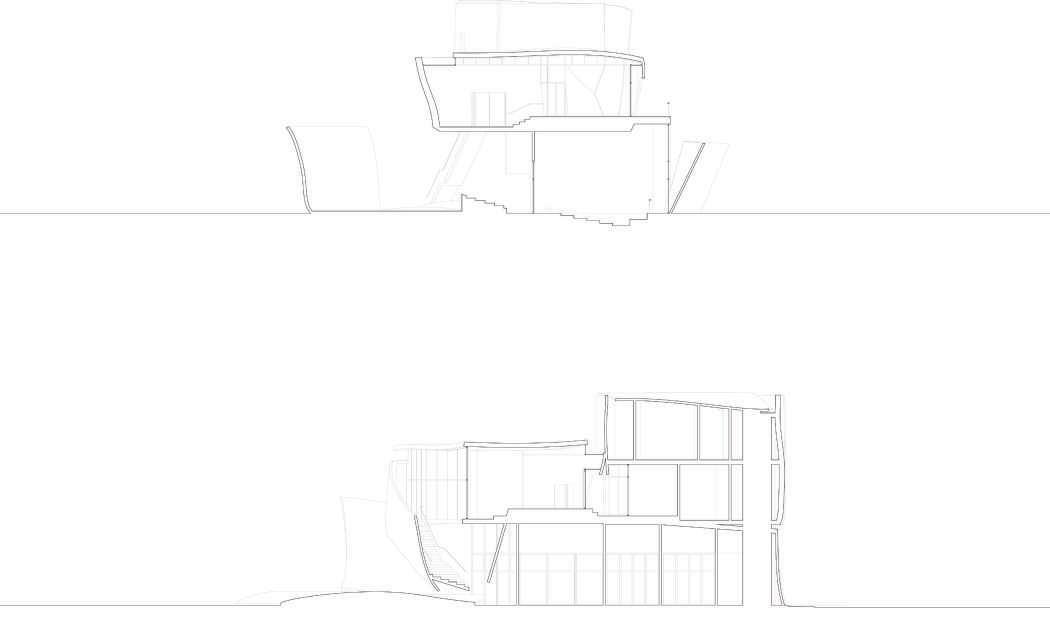
PORTFOLIO FALL 2022 128 Fall 2019 DS1100: Fundamental Design Studio I
Section Drawing 1
Section Drawing 2 -right ElevationpageRender
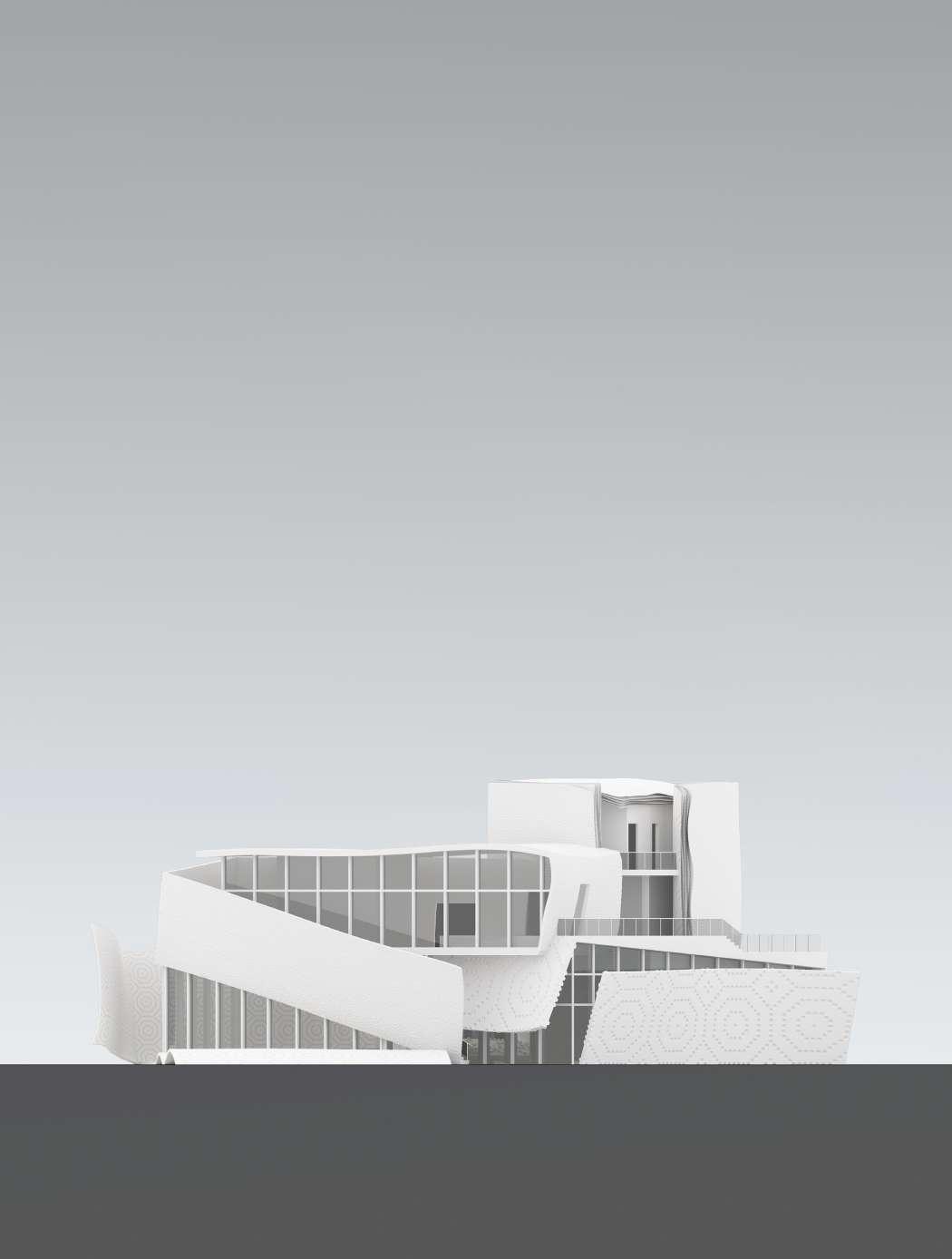 Lines, rooms, and the building
Lines, rooms, and the building
FALL 2022 Kazuaki Kojima
129
Top:
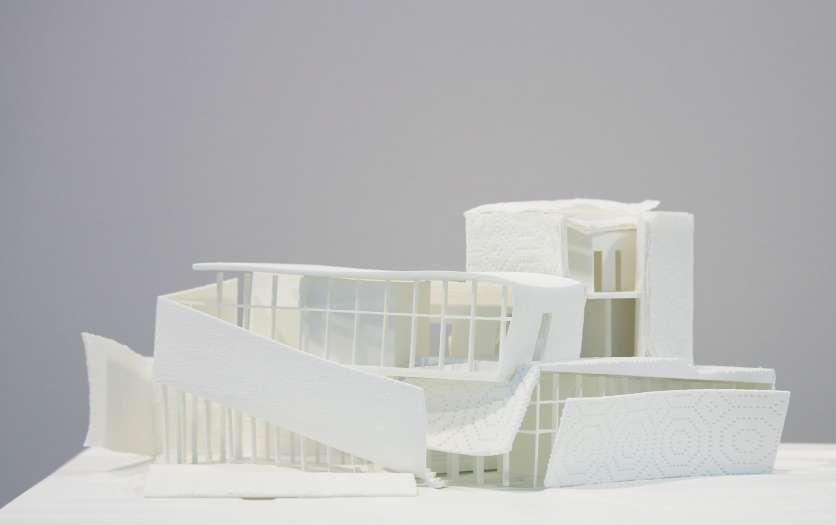
Bottom:
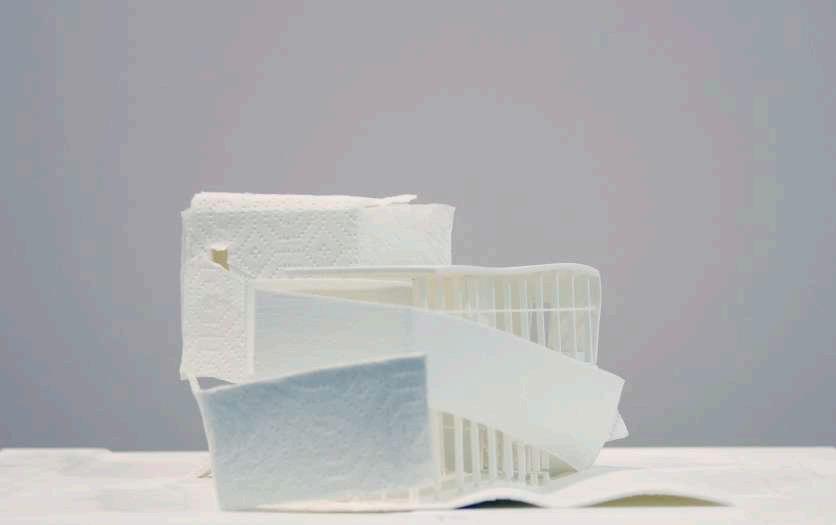
PORTFOLIO FALL 2022 130 Fall 2019 DS1100: Fundamental Design Studio I
Model photo elevation 1
Model photo elevation 2
Top: Model photo elevation 3

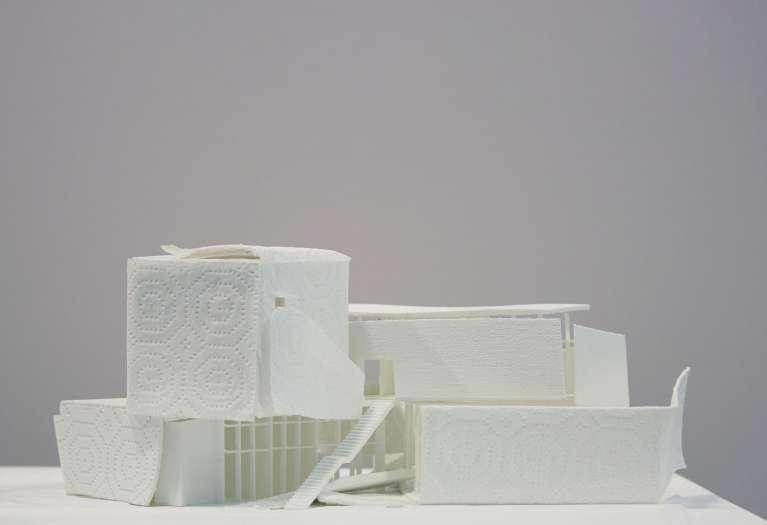
Bottom: Model photo elevation 4
Lines, rooms,
FALL 2022 Kazuaki Kojima
and the building 131
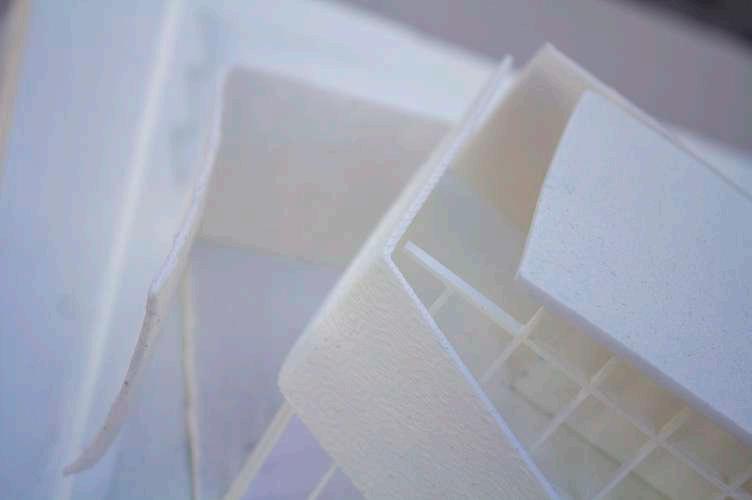
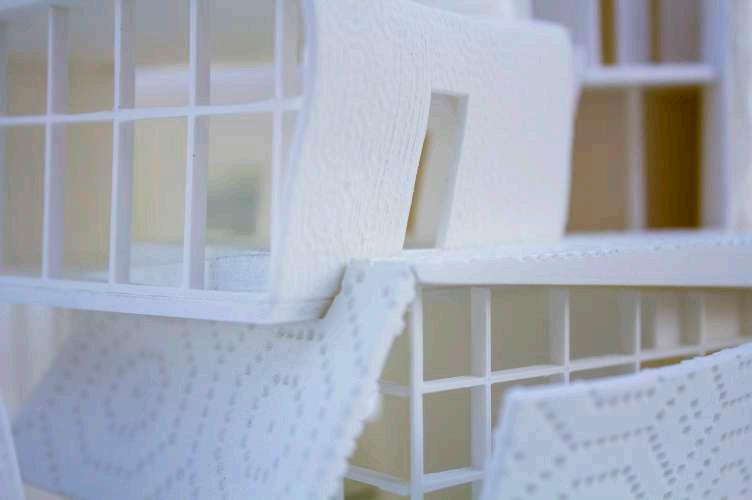 Top:
Bottom:
Top:
Bottom:
PORTFOLIO FALL 2022 132 Fall 2019 DS1100: Fundamental Design Studio I
Model photo detail
Model photo detail
Top:
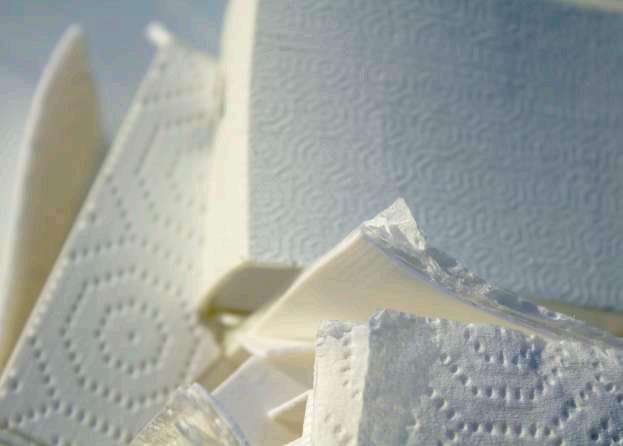
Middle:
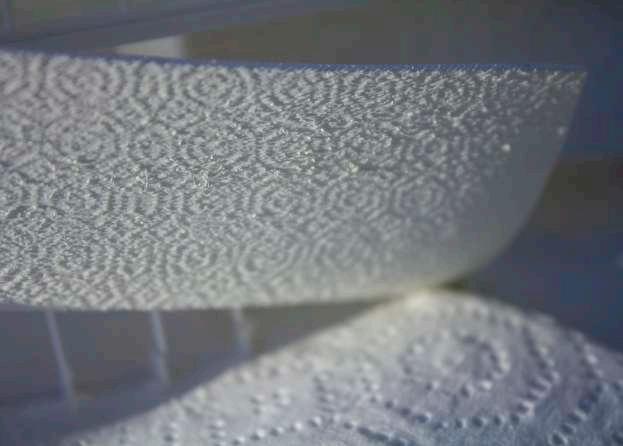
Bottom:
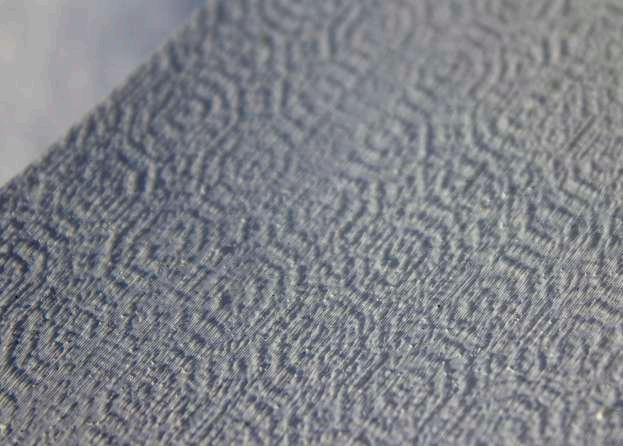 Lines,
Lines,
FALL 2022 Kazuaki Kojima
rooms, and the building 133
Model photo material detail ( 3d print )
Model photo material detail ( 3d print )
Model photo material detail ( 3d print and paper )

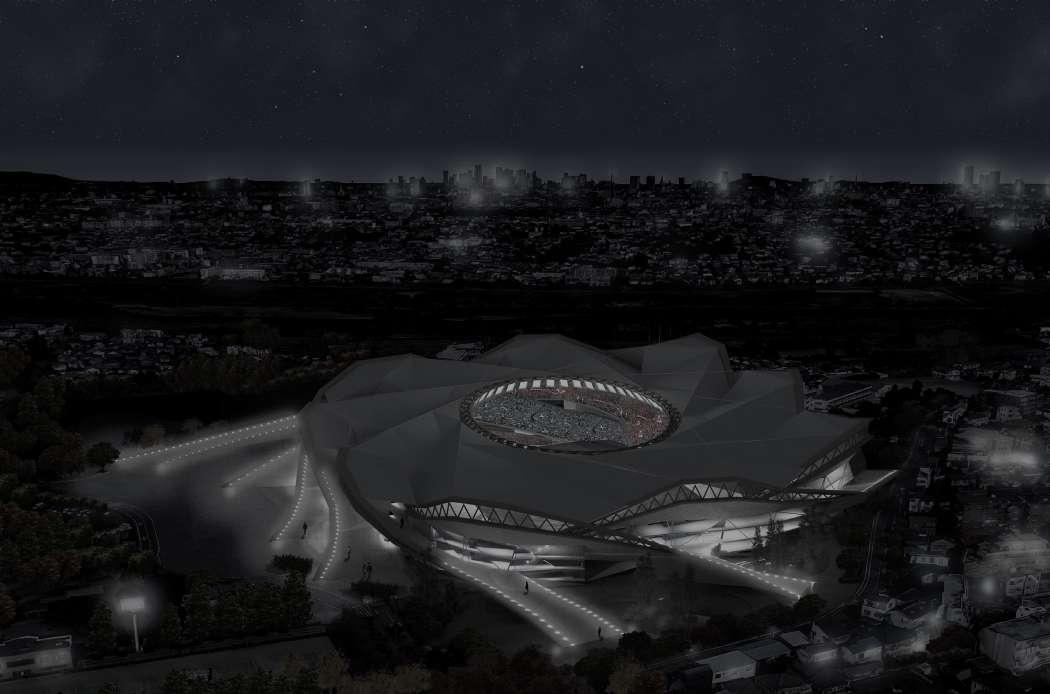
PORTFOLIO FALL 2022 134 Fall 2017 Undergraduate Thesis
UrbanInstructor:FallUndergraduateWeaverThesis2017HajimeNarukawa
Abstract
I believe that the existence of soccer stadiums will become more important to society because a stadium can unite peo ple again through sport and group activities that encourage natural multi-generational human interaction. This project aims to redesign the traditional football stadium in order to solve several problems contemporary football stadiums have and contribute to vibrant societies and a sustainable world.
As a result of the meticulous research on Japanese football business and stadiums, a number of the problem has emerged. At the same time, I feel that by designing innovative stadium not only solve these problems, but also I can help the society and local community reach full
J-league,potential.
the professional football league in Japan, established in 1995 and 40 teams representing each satellite cities are participating in the season of 2018. As the J-league's articles of incorporation regulate, the league commission obligates all teams to have their own stadium and hometown as the foundation of their activities economically and psychologically. The Japnese football business is the ever-growing industry as an increasing the number of spectators in a football stadium shows.
A lot of local municipal is suffering from depopulation and lowdown in the local economy in Japan. J-league commission oblige everyteam to have their own hometown and home stadium. I see the stadiums as a key existence to revitalizing these satellite cities. As the teams are always with regional society, the stadium will be a core of local communities. The Stadium not only become as a symbol of the regional community but also intensify the identity of the towns and cities where people live in. Periodical football games at stadiums will stimulate the local economy as away team supporters visit the stadium before and after each game. This is also a good chance to meet new people and enrich the local community. Thus, in terms of commercial and human interaction, the stadium has massive potential, but quality and quantity of the stadium are still insufficient compared to Europian countries.
FALL 2022 Kazuaki Kojima Urban Weaver 135
Problematic Typology
In the modern sports world, political conflicts be tween nations tend to be projected into an international sports match. Violence between supporters during an international sports match, especially football becomes too critical to ig nore. In 2018, The final of Copa Libertadores was suspended due to fighting between professional football club's support ers. After England vs. Russia at EURO 2016, there is a fight between both team fans. Thus, because of security issue, tra ditionally stadium has been designed to separate away team supporters from others which makes people inconvenient.
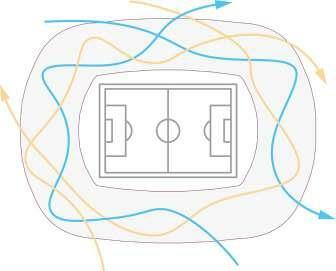
Moreover, away team fans can enjoy the game from a very limited perspective due to safety. While the broadcasting services allow people to enjoy the game from multiple viewpoints, the seating in the stadium is fixed. If people can move and change their position even during the game just like free address workspace, they can enjoy the game more actively than under the current catego rized seating system. With this free address seating system, for example, people can change their viewpoints along with the rapidly changing situation of the football games.
Safety and freedom are not contradicting concept. Therefore one of my design targets is to create an architec tural shape which fulfills both requirements. I believe that presenting a totally innovative system of soccer stadium will give a massive impact on not only the sports world but also the whole society. More people can enjoy watching soccer game more than ever this safe and free stadium.
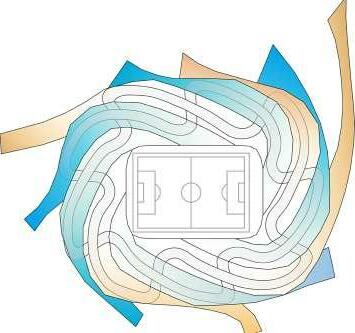
Another problem regarding to architectural factor of stadi ums is spatial space utilization. Basin like section has been considered as only one archetype for a stadium for a long time and system and spacial connection of the stadium itself has never designed since ancient Rome era. Basically, tradi tional stadium consists of tribune and backyard space such as concourse which is redundant and dreary space. By de signing these spaces as a continuous one, the stadium going to be more efficient and be able to make these space more profitable when dormant period.

PORTFOLIO FALL 2022 136 Fall 2017 Undergraduate Thesis
Intertwined Shape
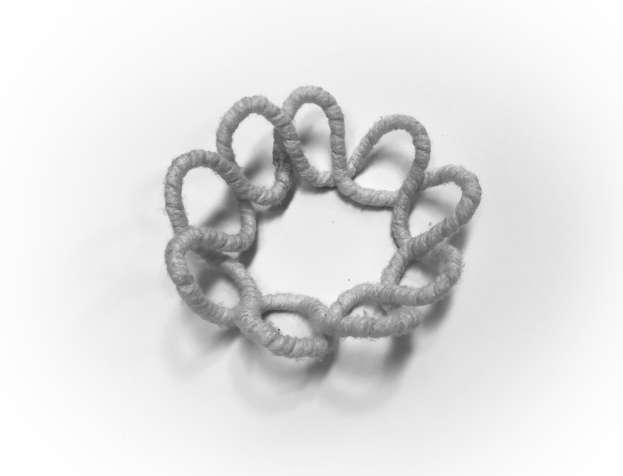
This conceptual model was inspired by the hud dling soccer players before kick-off that represents the spirit of unity and supports each other. To address issues, I introduced this unique interlacing ribbon-like shapes to the stadium, instead of the traditional vase-shape tri bune and concourse, in order to create a sense of unity in the stadium, while safely dividing the opposing teams.
The internal circulation is one continuous path, however, this is the flexible system because by con trolling boundary on the circulation between two teams this shape can accommodate various ratio of support ers. Each ribbon is actually connected to the neighbor ing ribbon to create a system of continuous circulation. This novel spatial composition allows people to move more smoothly before, during, and after the game.
The external circulation makes spec tators move smoother and easier. This is not only pathway but also an attractive space where peo ple can shop, eat, communicate, and relax. These circulations give a positive impact on The local community and environment a lot more than just inside the stadium. In terms of economy, there would be more opportunities for local retailers targeting visiting away fans. Plus, natural human interaction within neighbors will be encouraged through the experience in the sta dium. Atmosphere and mood will pour from inside the stadium and establish locals’ identity and sense of unity.
FALL 2022 Kazuaki Kojima Urban Weaver 137
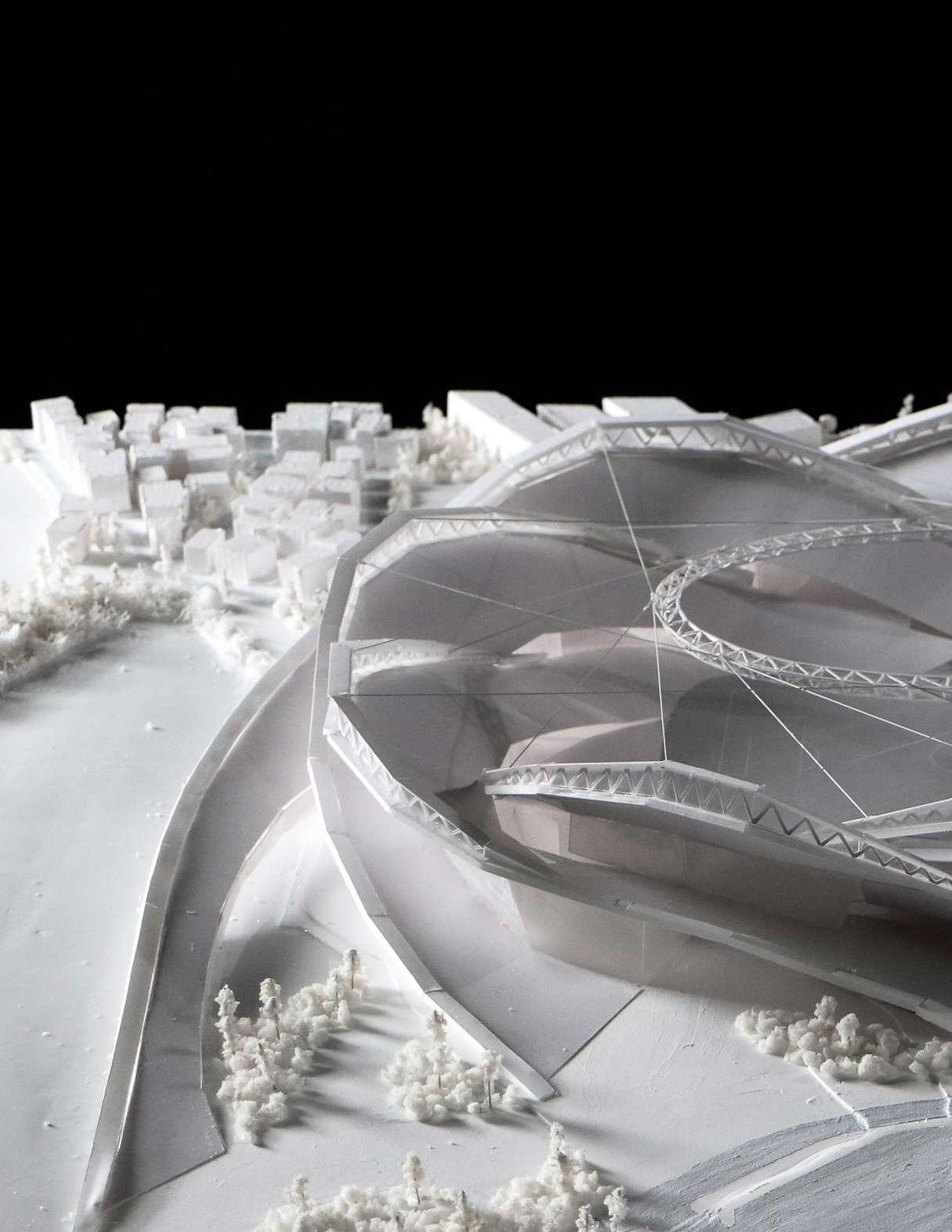
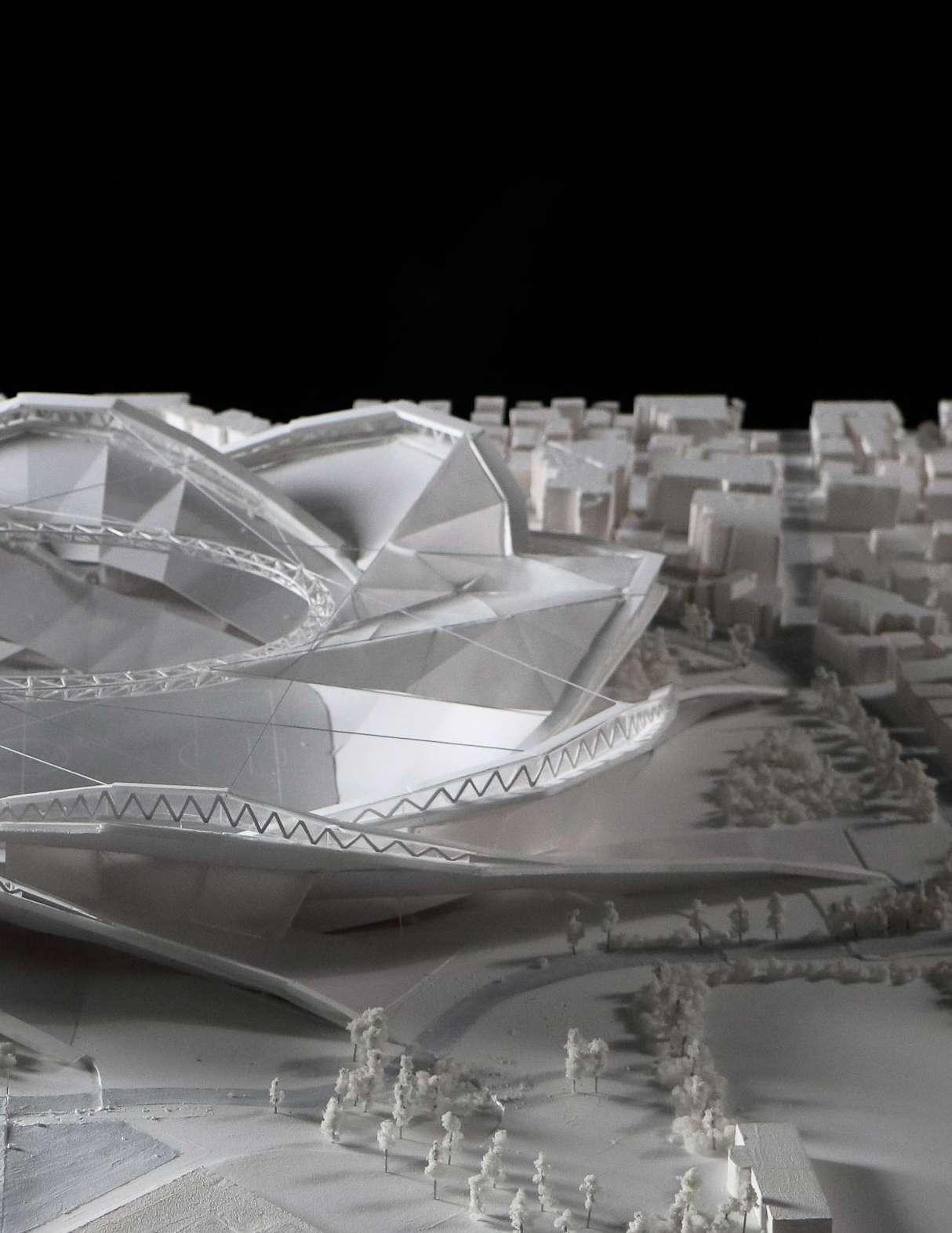

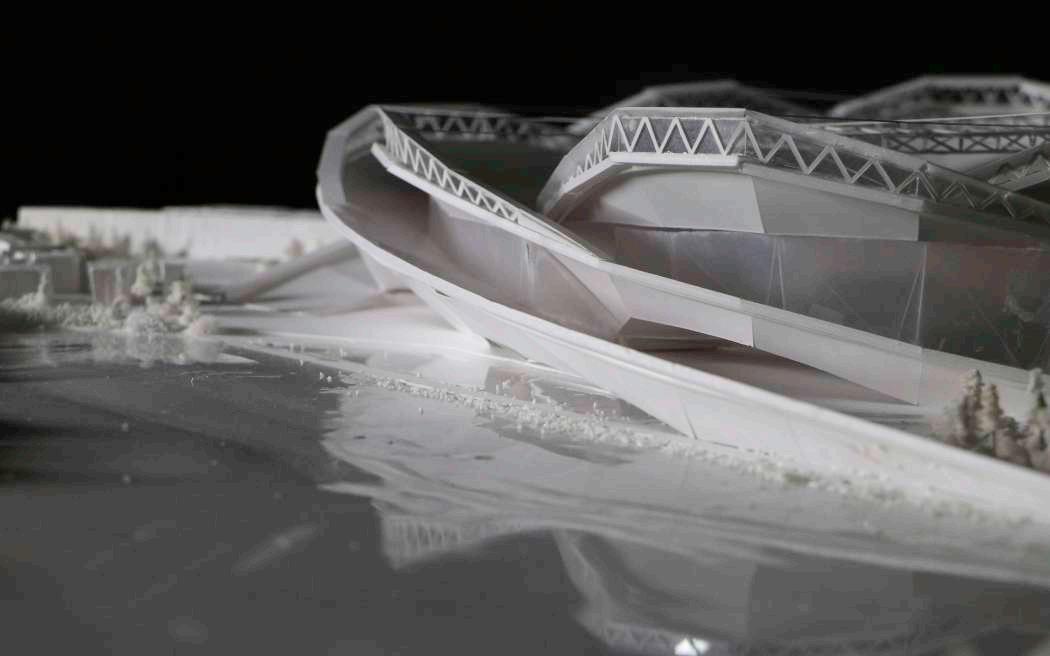
PORTFOLIO FALL 2022 140 Fall 2017 Undergraduate Thesis

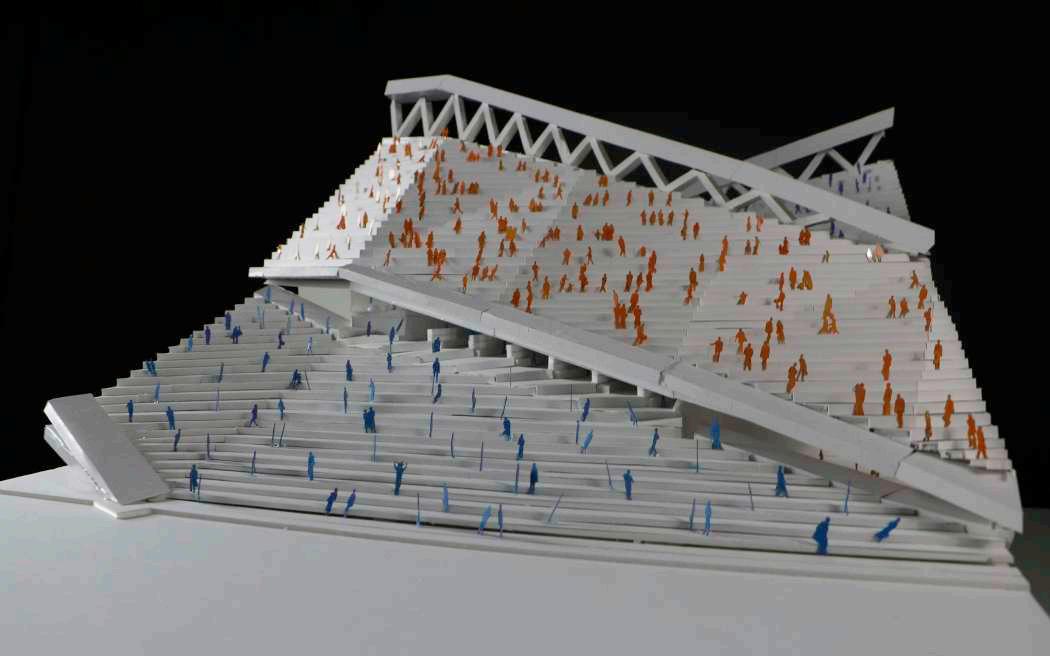 Urban Weaver
Urban Weaver
FALL 2022 Kazuaki Kojima
141
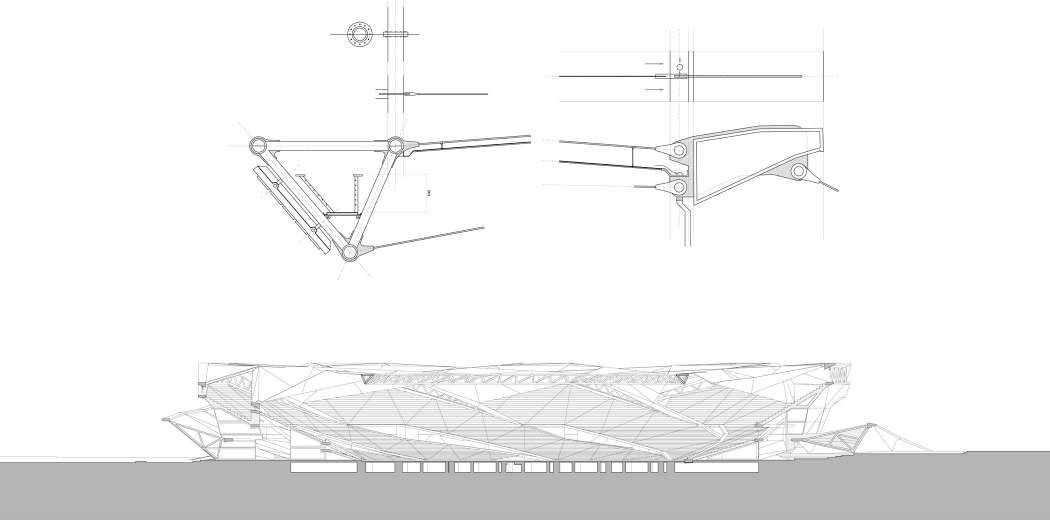
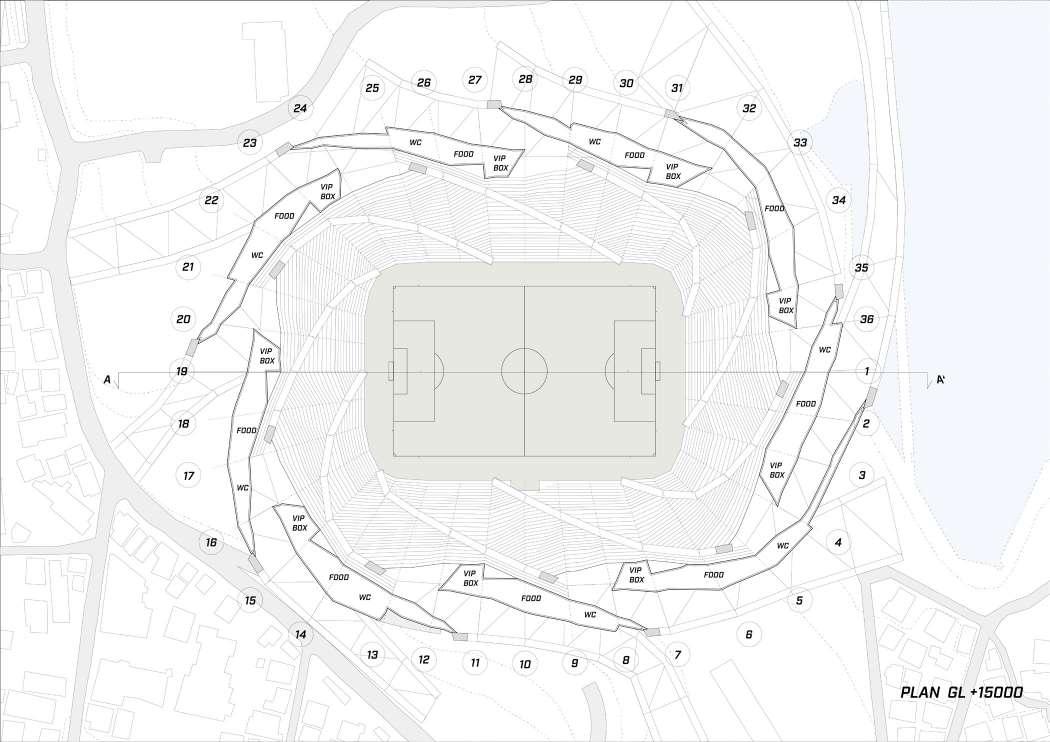
PORTFOLIO FALL 2022 142 Fall 2017 Undergraduate Thesis
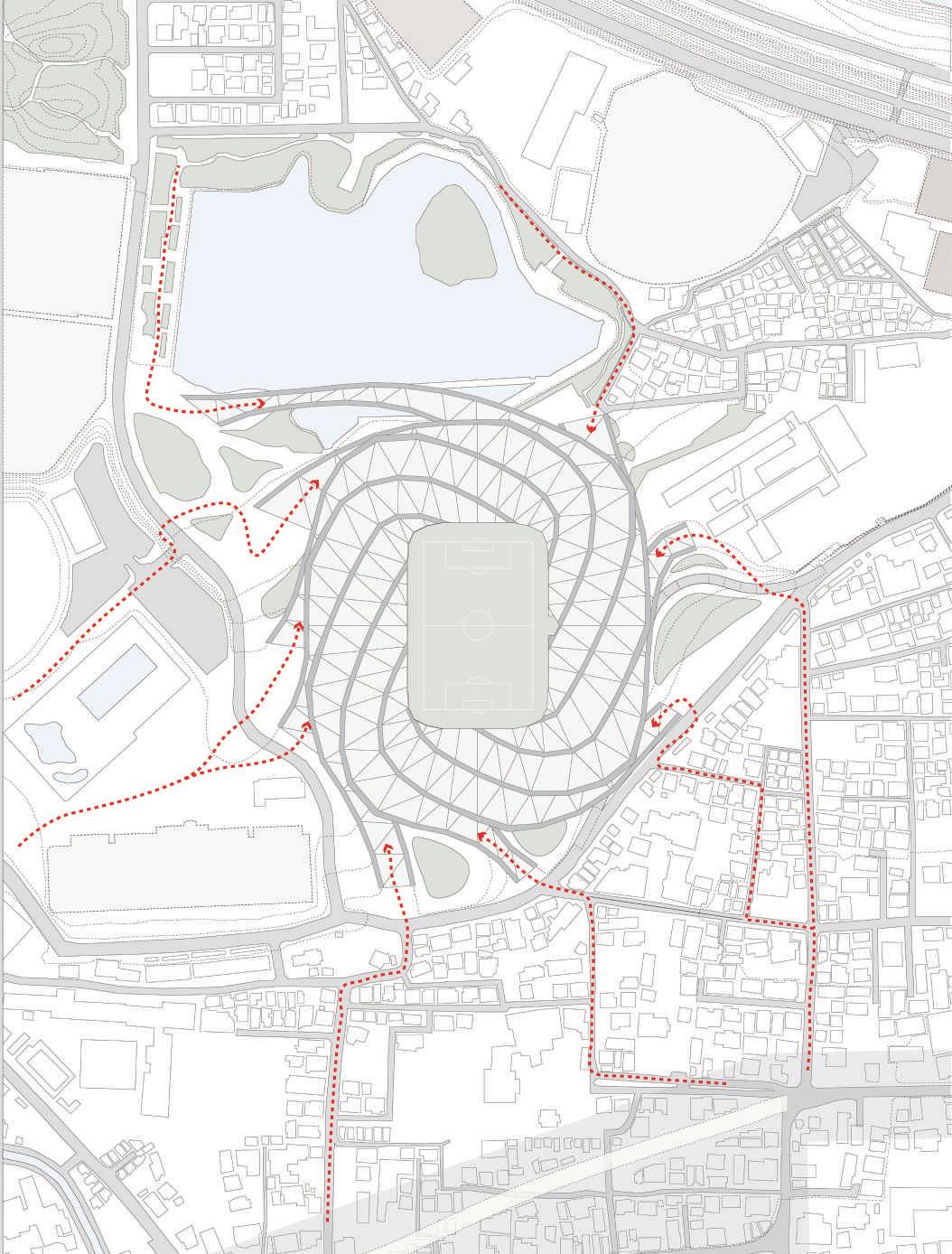
FALL 2022 Kazuaki Kojima Urban Weaver 143
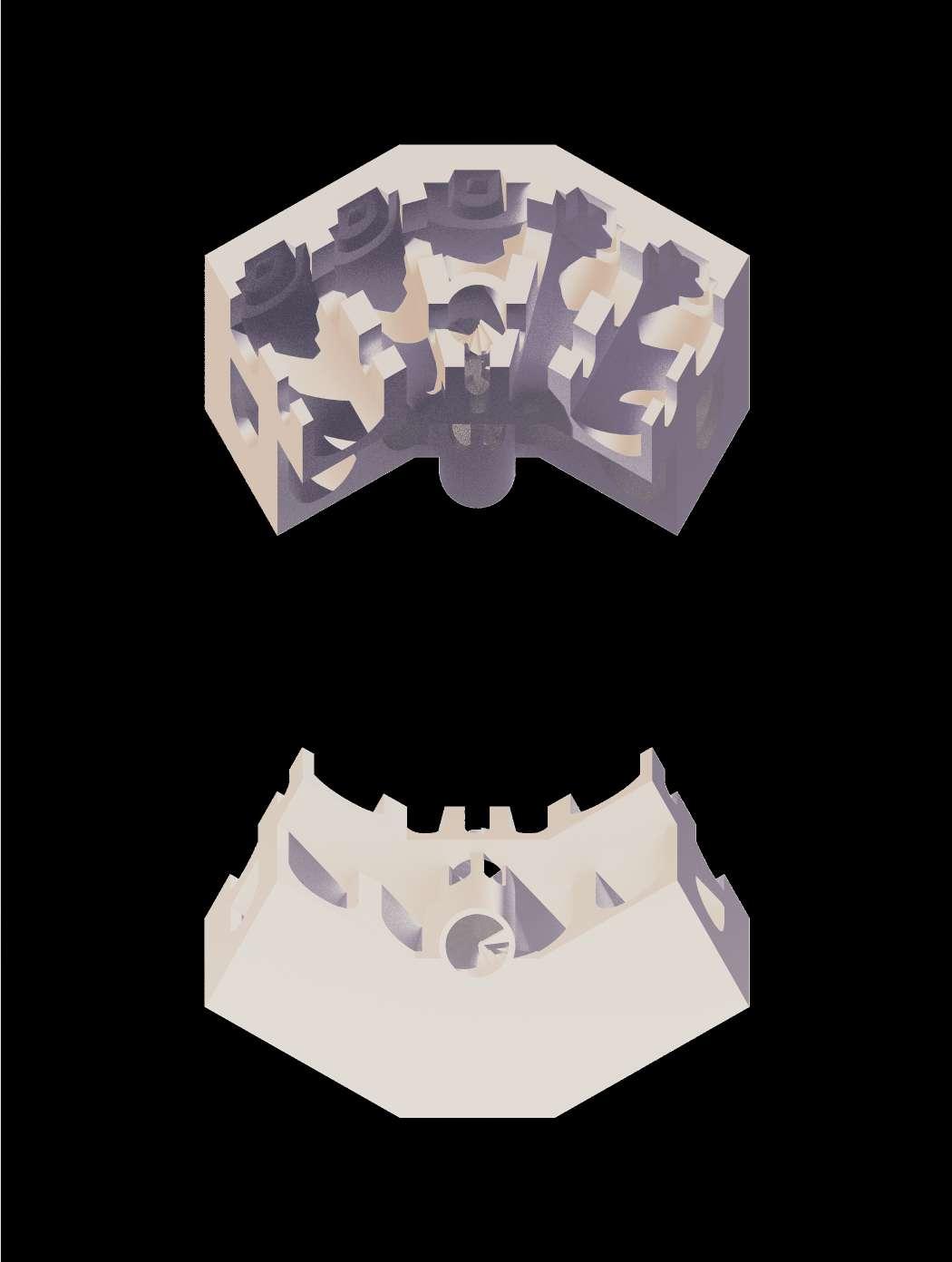
PORTFOLIO FALL 2022 144 Fall 2021 VS2772:
FortVS2772:SumterAbstractions of War Fall 2021
Course Description
In Chromatic Algorithms, Carolyn Kane discusses what color means in the digital era: “Whether through its ochres, its minerals, or its silicon graphic chips, color’s dirt and matter connects us, however reluctantly or ambivalently, to techniques and artifice, just as it does to metaphysics and theology, politics and ideology, and the depths and darkness of the earth, the world of chaos, eroticism, and Dionysian ecstasy […] Color must therefore be seen as something deeply historical, material and ideological, at the core of the always already Other that perpetually threatens to unveil and undermine the notions of truth, purity, origin and order that underwrite Western culture.” There is a joke that goes: “What’s red and tastes like blue paint? Red paint.” But, in fact, a different chemical produces red and blue, so they may not taste the same. Each color is, and always has been, a physically different construction… Excerpts from Andrew Zago, Color Outside the Line and other notes on Color in Architecture, ProjectJournal 5, 2016
Color, as material, arrives to architecture with a thud. While my past visual studies seminars convincingly created the illusion of material color transmuted into an atmospher ic condition (Color Outside the Line, Spring 2015), this seminar will instead fully embrace the material there-ness of color. Through a series of material exercises and exper iments, each student will make and expertly photograph three dimensional architectural studies out of color pigment itself. Color will not be applied, projected, or printed, but, rather, will itself be physically shaped
from the course syllabus fall 2021
FALL 2022 Kazuaki Kojima Abstractions of War 145
PORTFOLIO FALL 2022 146 Fall 2021 VS2772: Scale 1:600 Detail of corner 1:300Fort Moultrie N l1 l3 l2 k5 Nl4l5 k6 k5Mn1 n2 K7 m1 m2 k2k4k3k1 k8 k6 k8 k7 L K K l7 JA a1 l8L HG a2b1Ba4a3 F b2 E b3 d4 d3 d2 d1 D b4 l6 l5 C c1 l7 l8 l6 c3 c4 c2 12 10 12 10 7 28 25 7 155 28 25 171 156 95
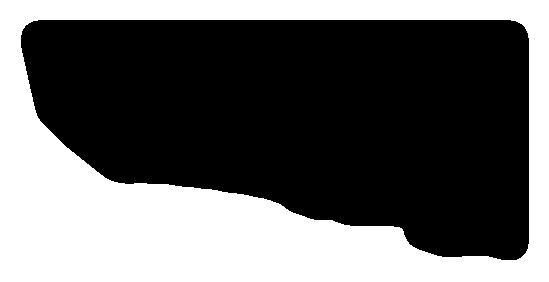
FALL 2022 Kazuaki Kojima Abstractions of War 147 Scale 1:600 Detail of corner 1:300Fort Moultrie N l1 l3 l2 k5 Nl4l5 k6 k5Mn1 n2 K7 m1 m2 k2k4k3k1 k8 k6 k8 k7 L K K l7 JA a1 l8L HG a2b1Ba4a3 F b2 E b3 d4 d3 d2 d1 D b4 l6 l5 C c1 l7 l8 l6 c3 c4 c2 12 10 12 10 7 28 25 7 155 28 25 171 156 95
PORTFOLIO FALL 2022 148 Fall 2021 VS2772:
Axonometric
FALL 2022 Kazuaki Kojima Abstractions of War 149
drawing
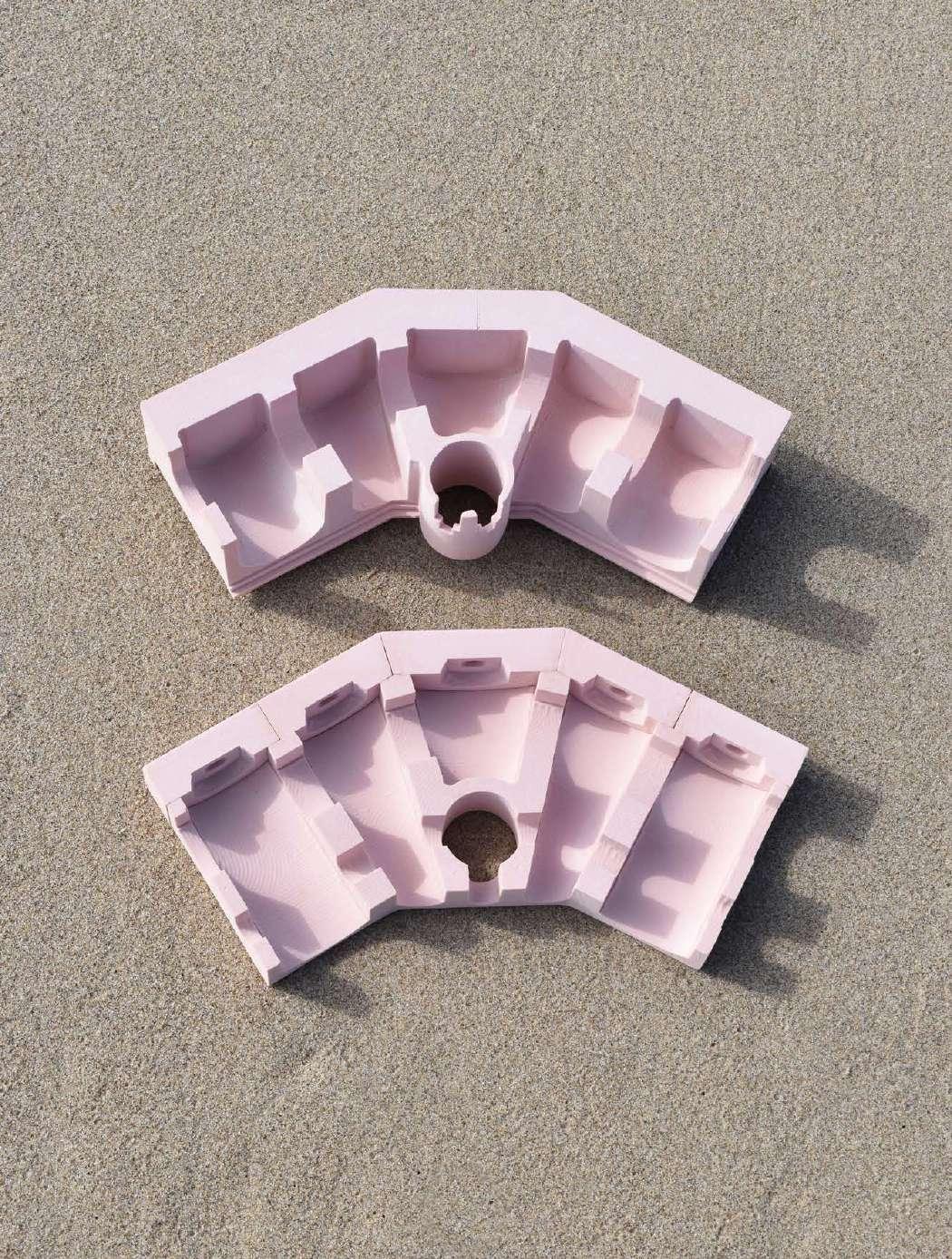
PORTFOLIO FALL 2022 150 Fall 2021 VS2772:
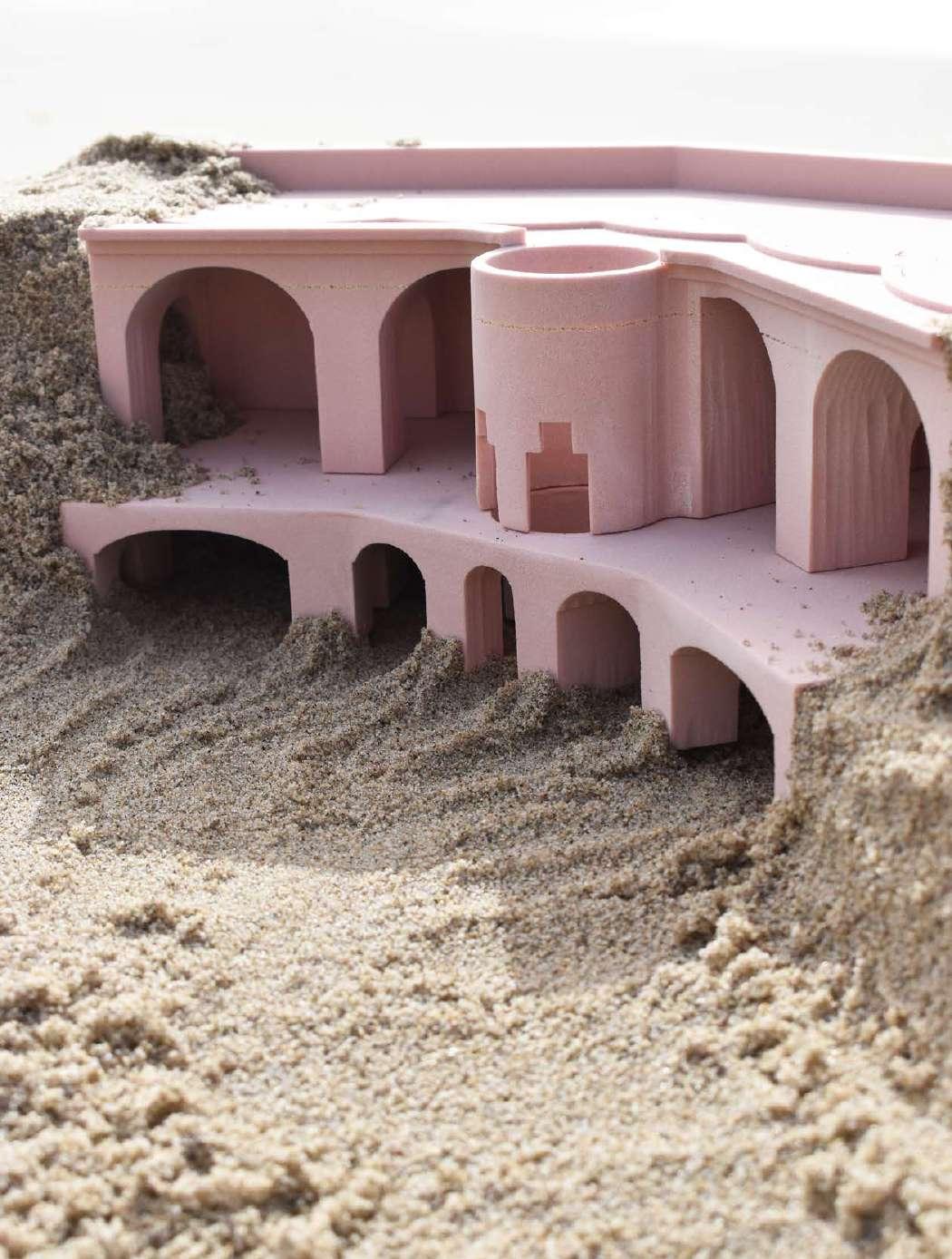
FALL 2022 Kazuaki Kojima Abstractions of War 151
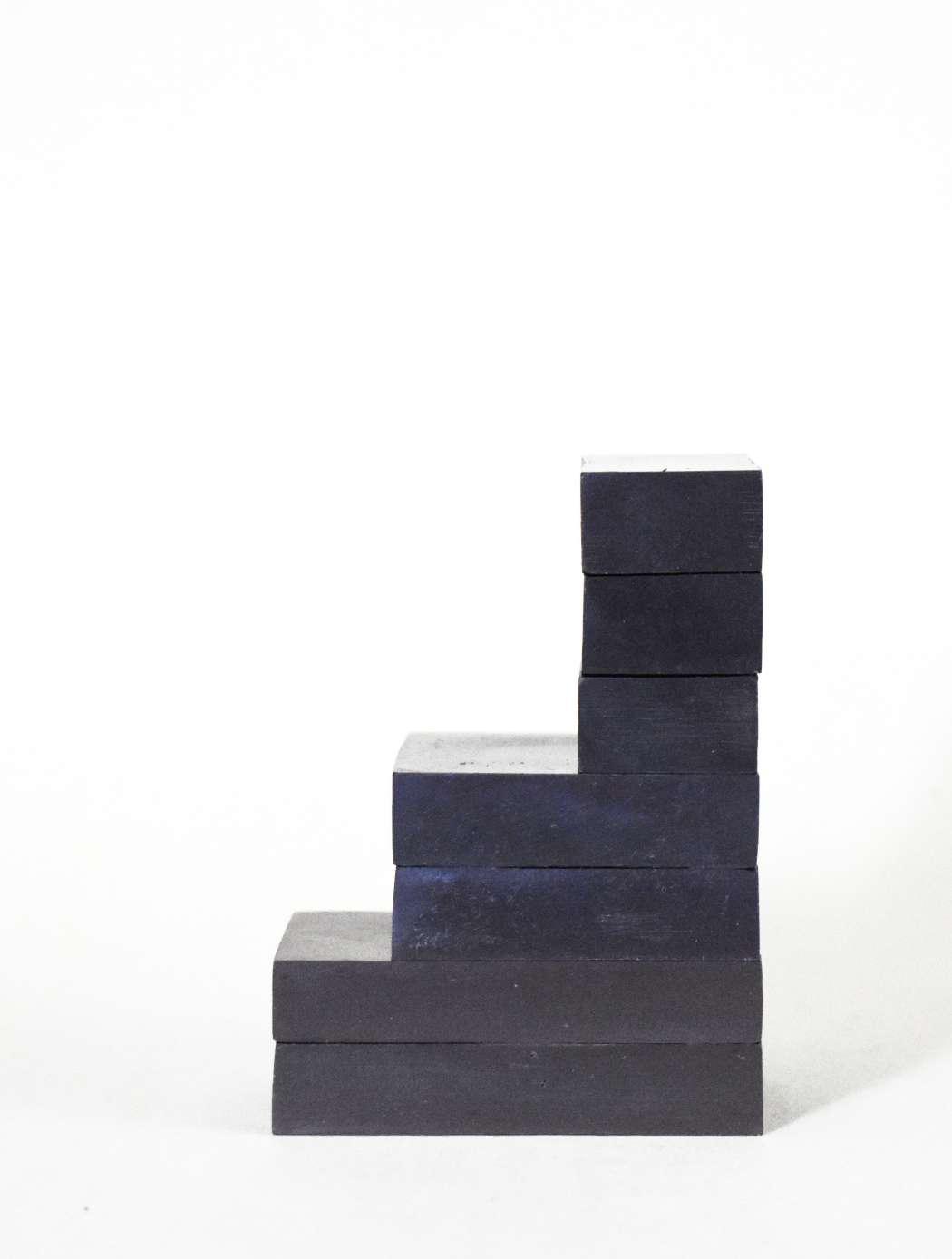
PORTFOLIO FALL 2022 152 Spring 2021 VS2636: Color
Color as material
VS2636: Color Spring Course2021Description
In Chromatic Algorithms, Carolyn Kane discusses what color means in the digital era: “Whether through its ochres, its minerals, or its silicon graphic chips, color’s dirt and matter connects us, however reluctantly or ambivalently, to techniques and artifice, just as it does to metaphysics and theology, politics and ideology, and the depths and darkness of the earth, the world of chaos, eroticism, and Dionysian ecstasy […] Color must therefore be seen as something deeply historical, material and ideological, at the core of the always already Other that perpetually threatens to unveil and undermine the notions of truth, purity, origin and order that underwrite Western culture.” There is a joke that goes: “What’s red and tastes like blue paint? Red paint.” But, in fact, a different chemical produces red and blue, so they may not taste the same. Each color is, and always has been, a physically different construction… Excerpts from Andrew Zago, Color Outside the Line and other notes on Color in Architecture, ProjectJournal 5, 2016
Color, as material, arrives to architecture with a thud. While my past visual studies seminars convincingly created the illusion of material color transmuted into an atmospher ic condition (Color Outside the Line, Spring 2015), this seminar will instead fully embrace the material there-ness of color. Through a series of material exercises and exper iments, each student will make and expertly photograph three dimensional architectural studies out of color pigment itself. Color will not be applied, projected, or printed, but, rather, will itself be physically shaped
from the course syllabus spring 2021
FALL 2022 Kazuaki Kojima Color as material 153
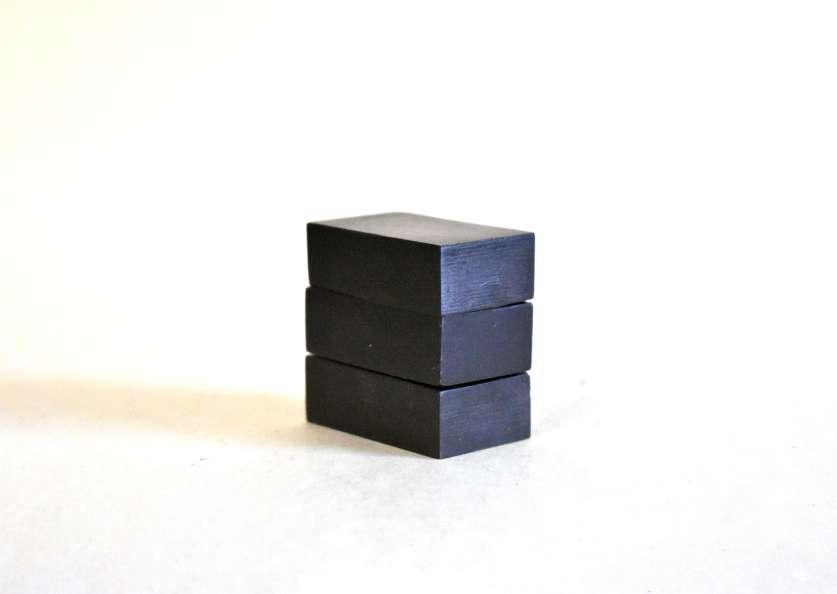
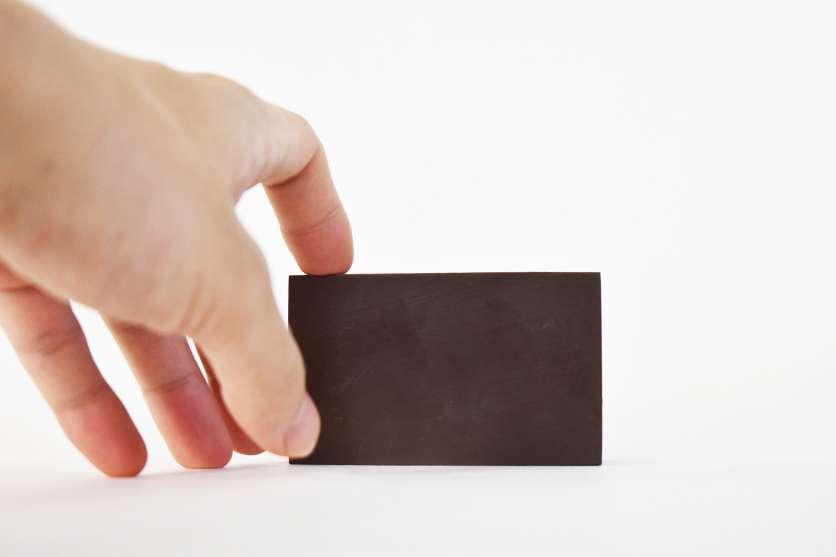 Stacked crayon model
Crayon model with hand
Stacked crayon model
Crayon model with hand
PORTFOLIO FALL 2022 154 Spring 2021 VS2636: Color
Top : Column parts of the model

Bottom: Base parts of the model
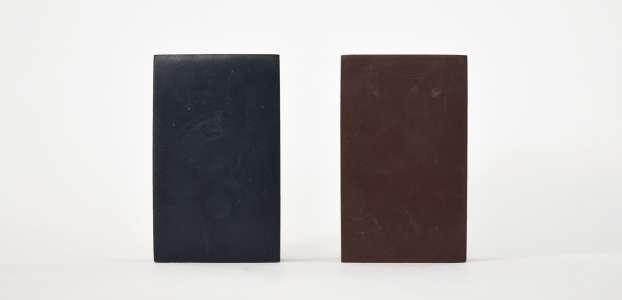
 Color as material
Melted Crayons in pot
Color as material
Melted Crayons in pot
FALL 2022 Kazuaki Kojima
155
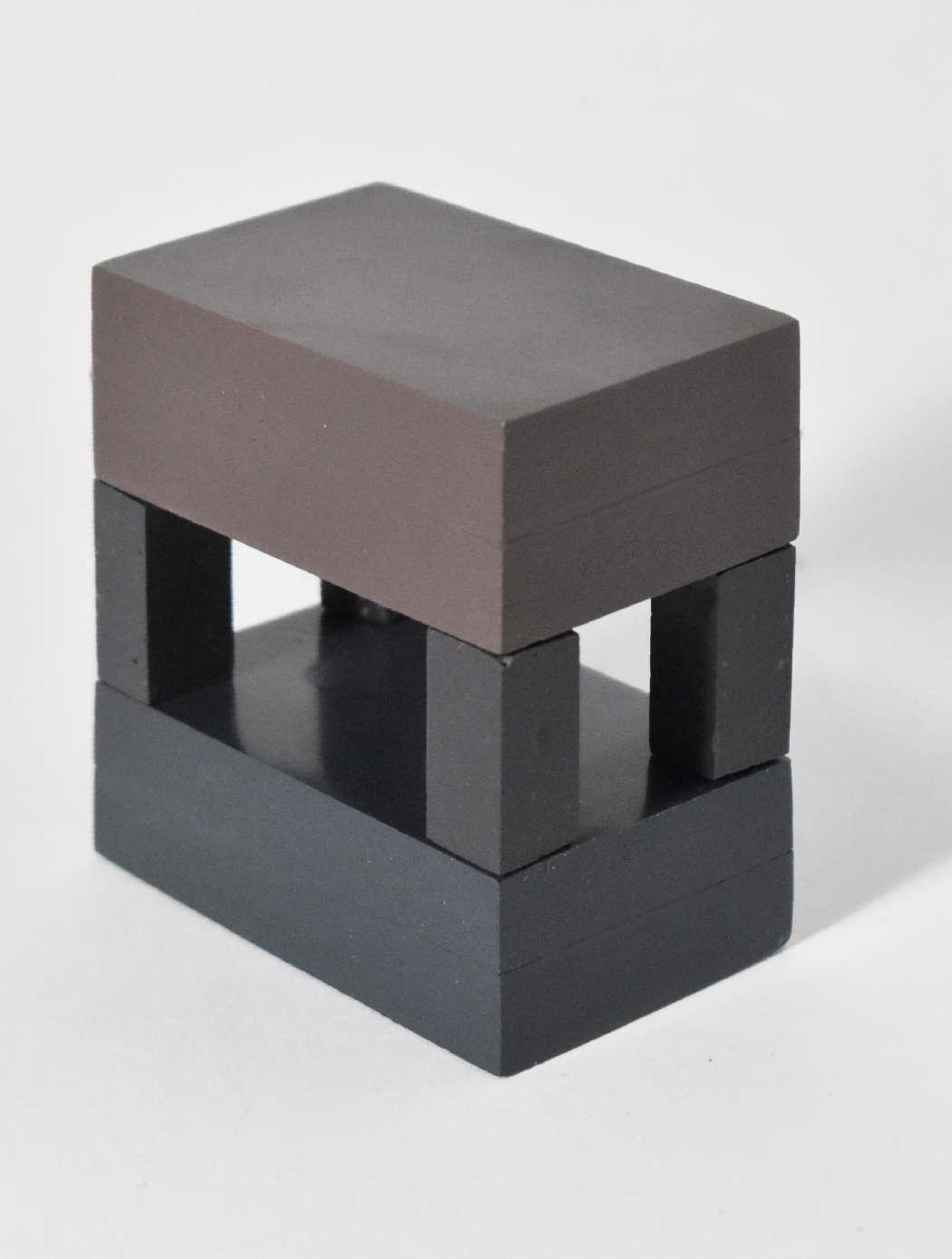
PORTFOLIO FALL 2022 156 Spring 2021 VS2636: Color
-Left Axonpageview of the model
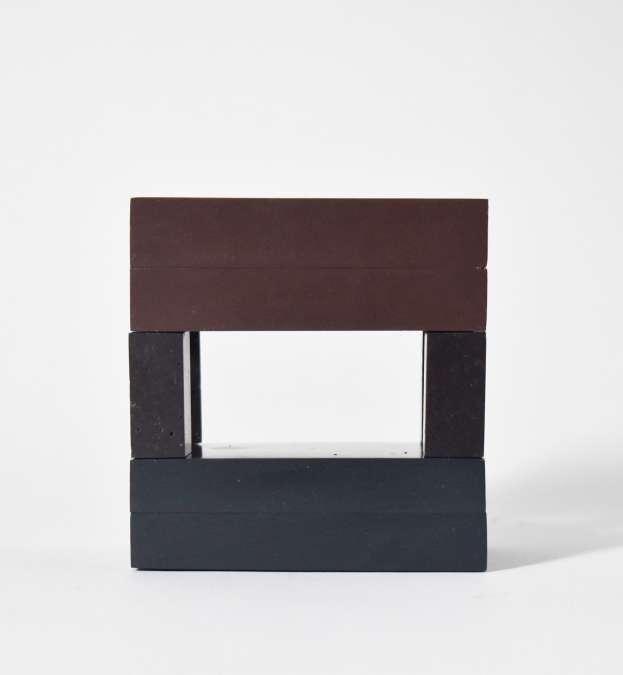
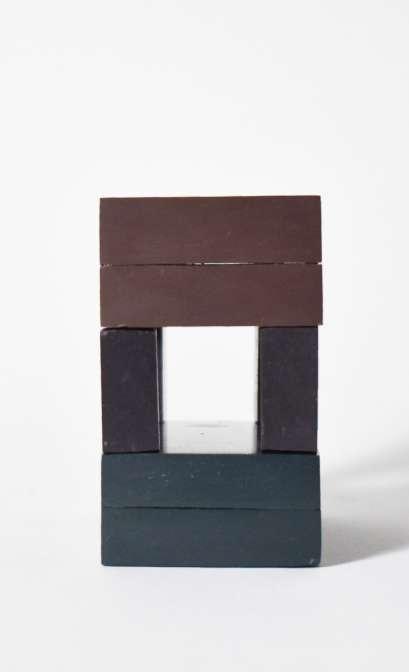 Left : Side view of “aedicula” model
Right: Front view of the model
Left : Side view of “aedicula” model
Right: Front view of the model
FALL 2022 Kazuaki Kojima Color as material 157
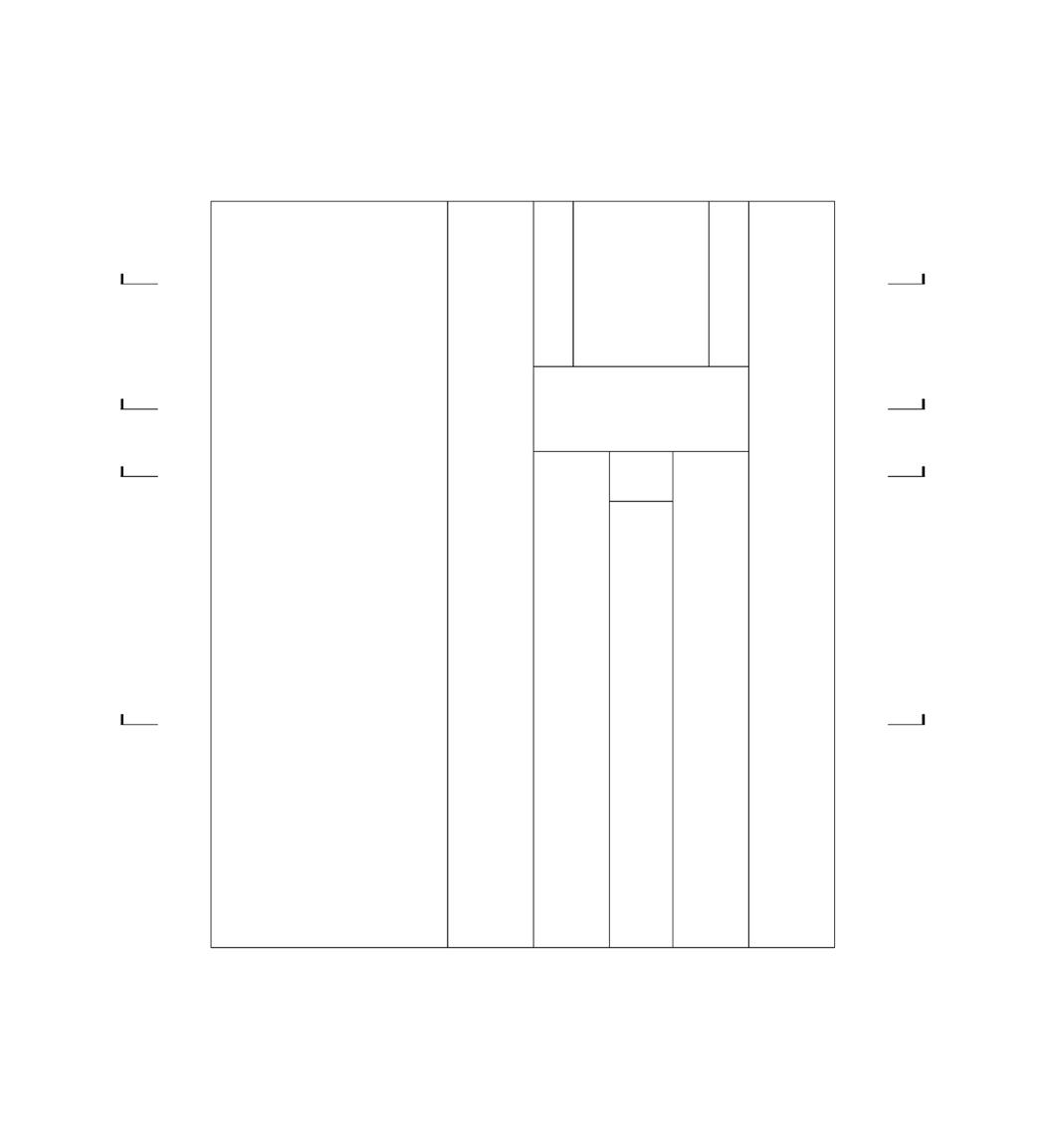
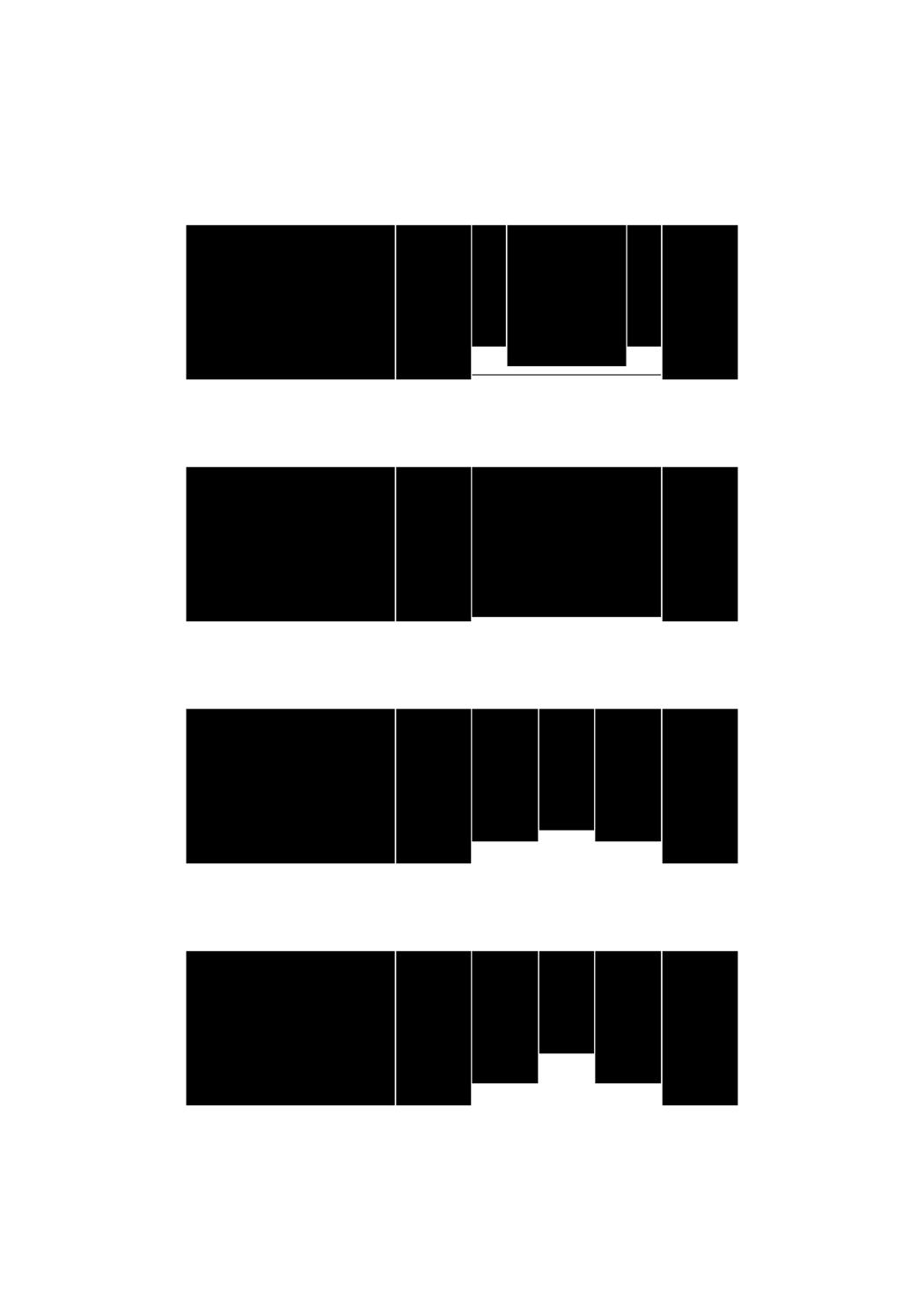 -Right page Photo of “False Door“ model
-Right page Photo of “False Door“ model
PORTFOLIO FALL 2022 158 Spring 2021 VS2636: Color
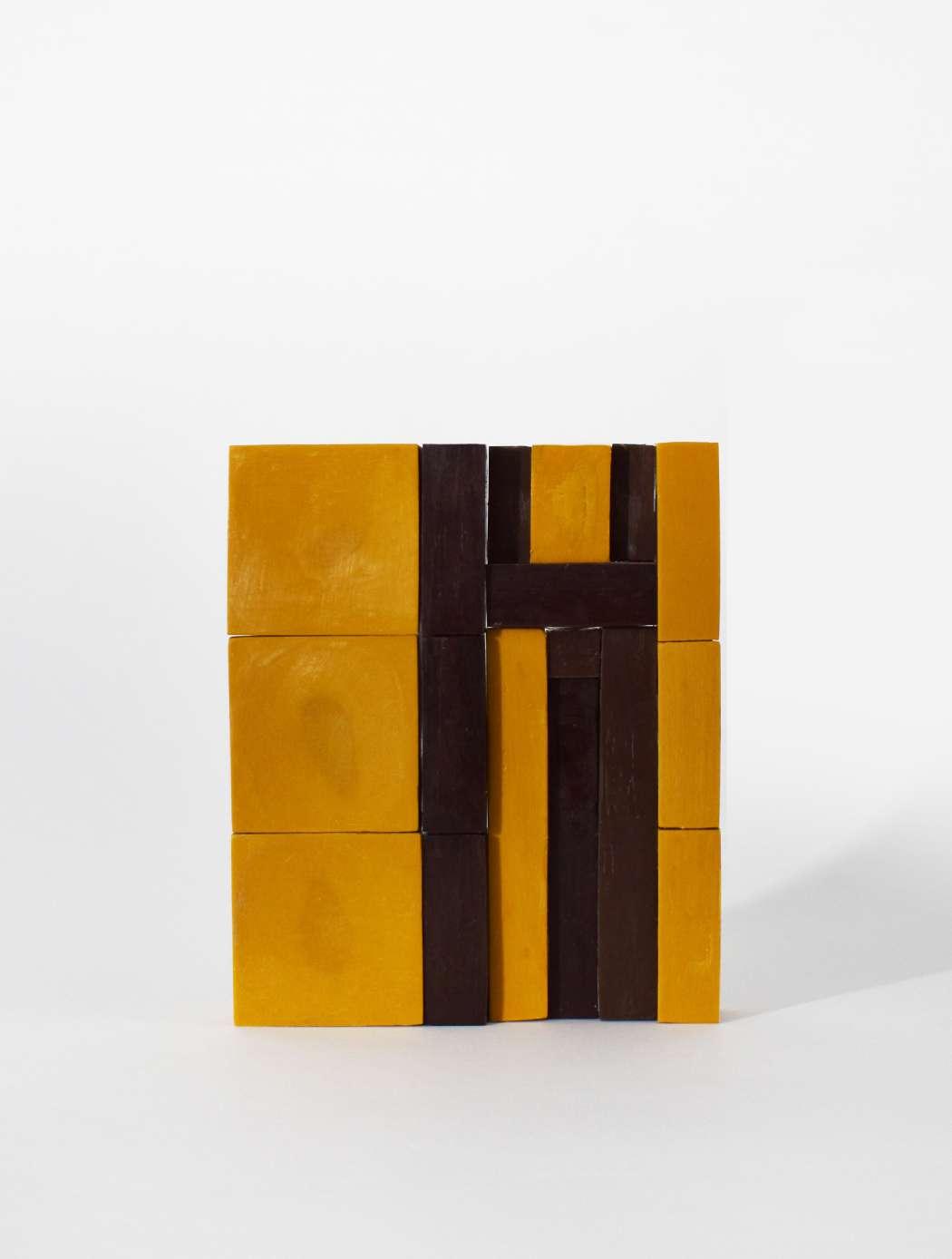
FALL 2022 Kazuaki Kojima Color as material 159
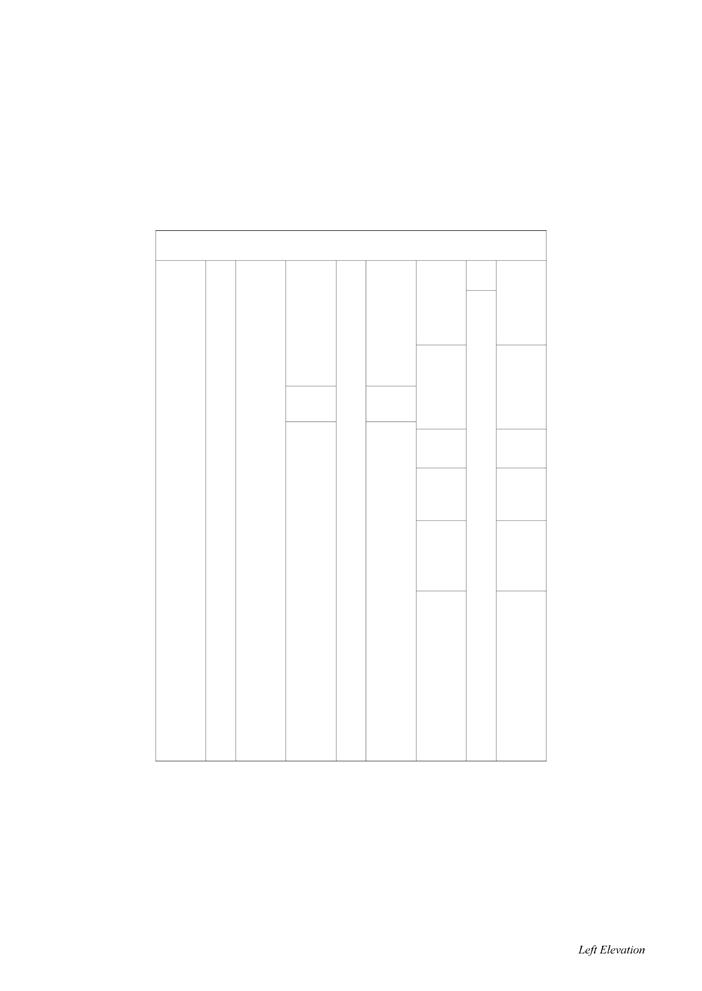
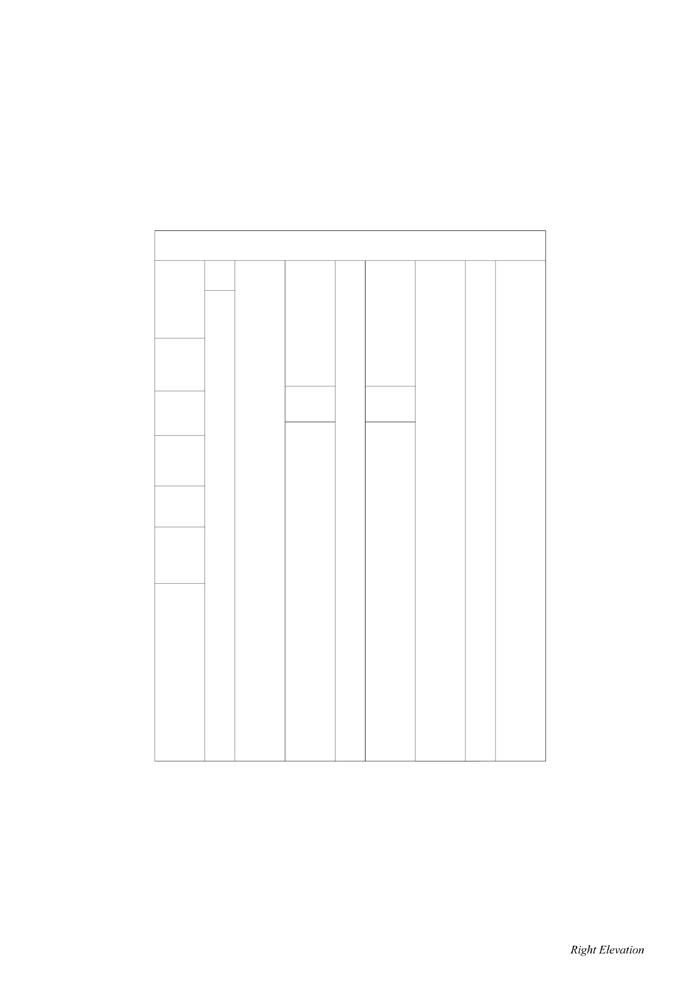
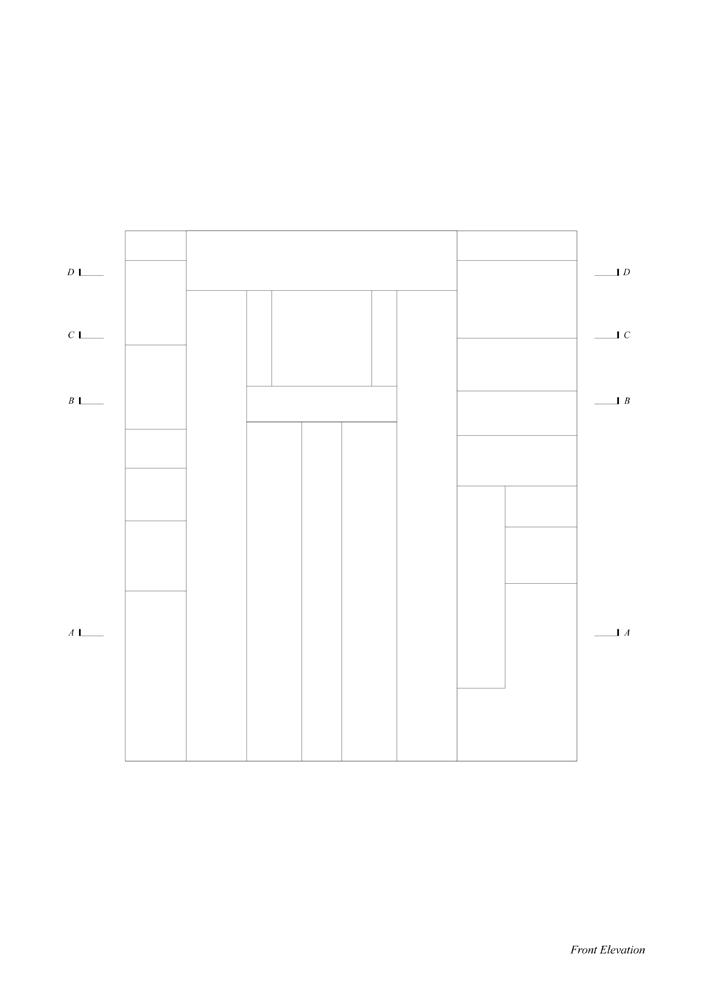
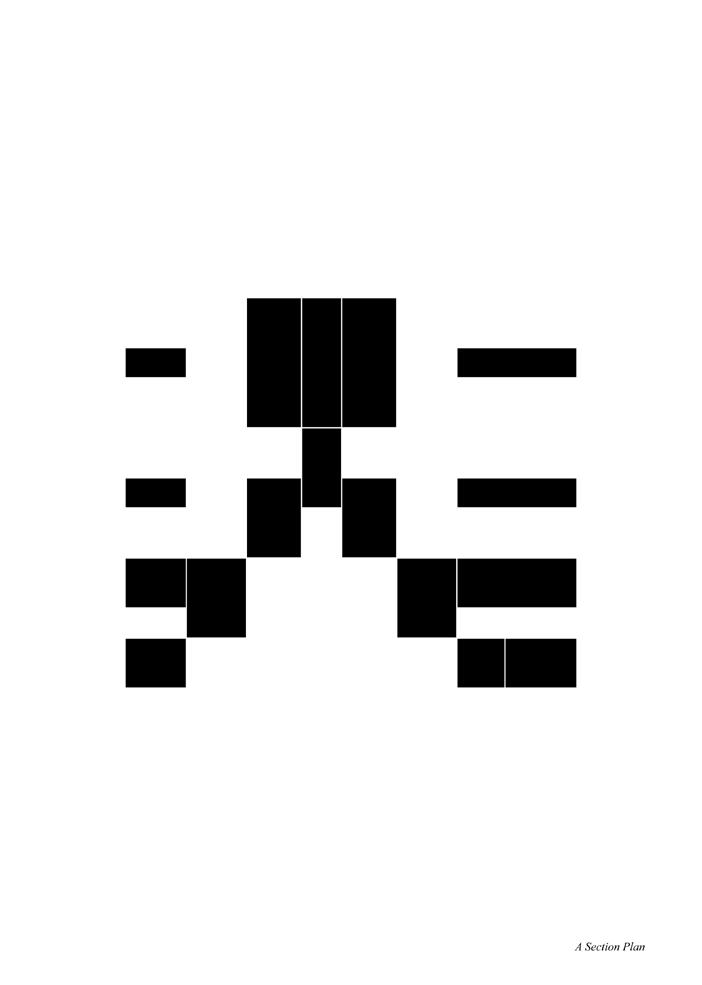
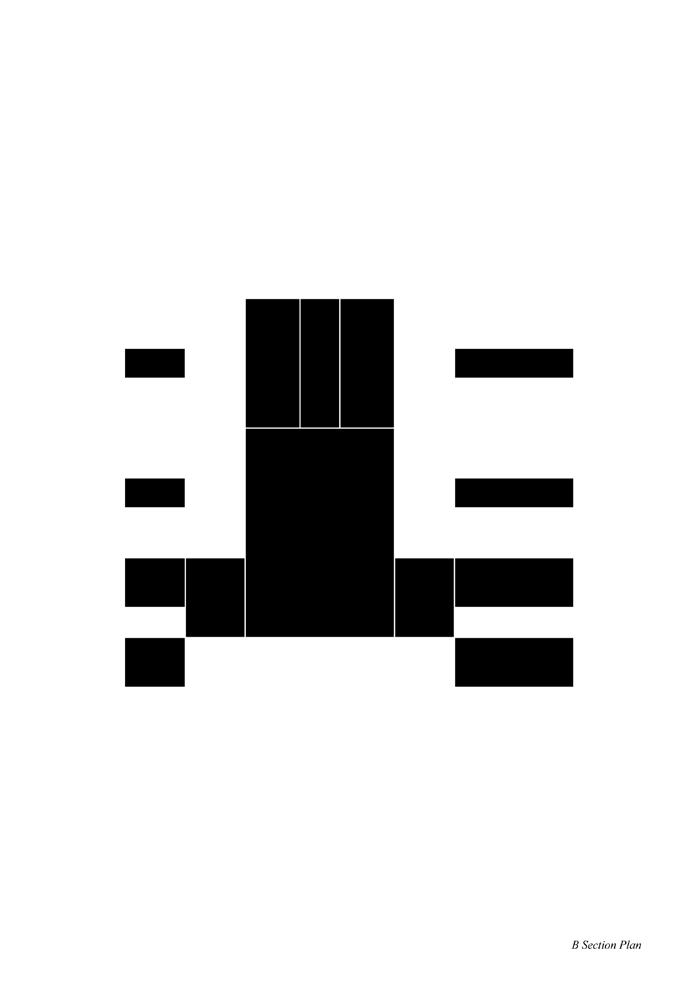
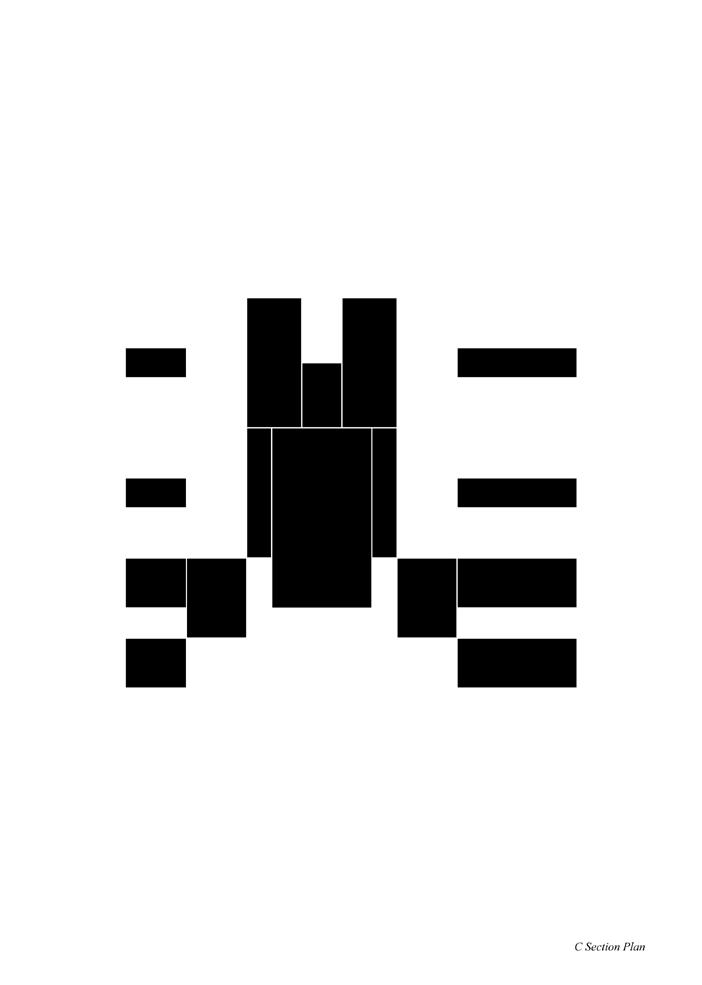
PORTFOLIO FALL 2022 160 Spring 2021 VS2636: Color
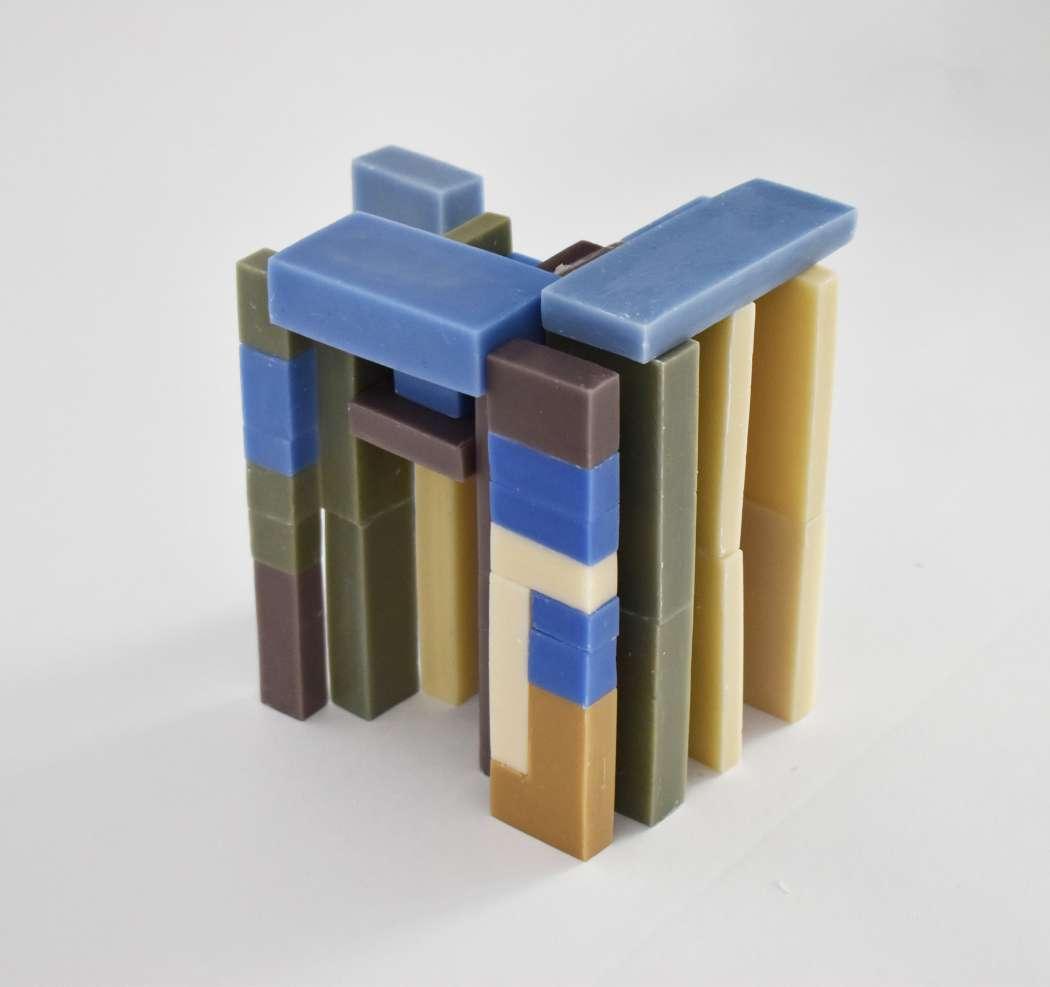 Color
Axon view of Crayon model
Color
Axon view of Crayon model
FALL 2022 Kazuaki Kojima
as material 161
Top : view
Bottom:
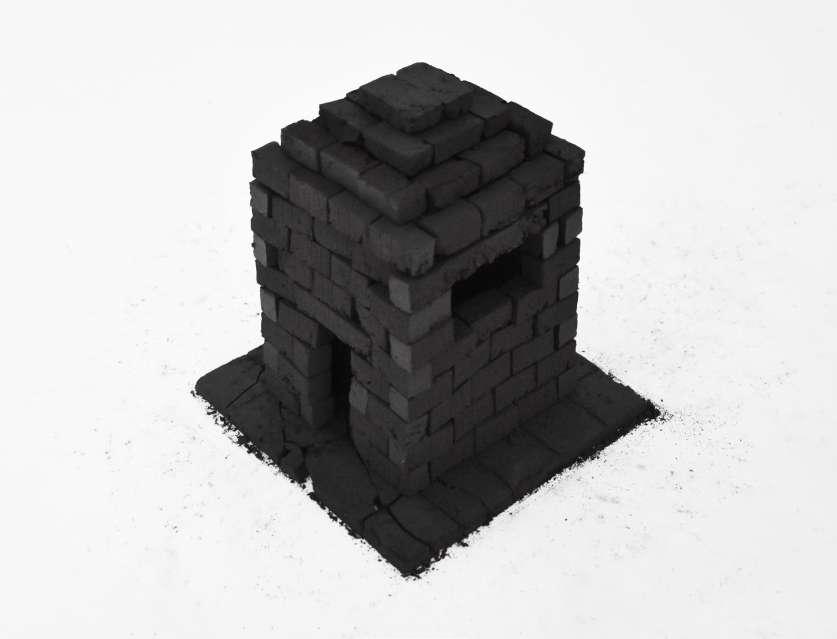

PORTFOLIO FALL 2022 162 Spring 2021 VS2636: Color
Front
Axon view
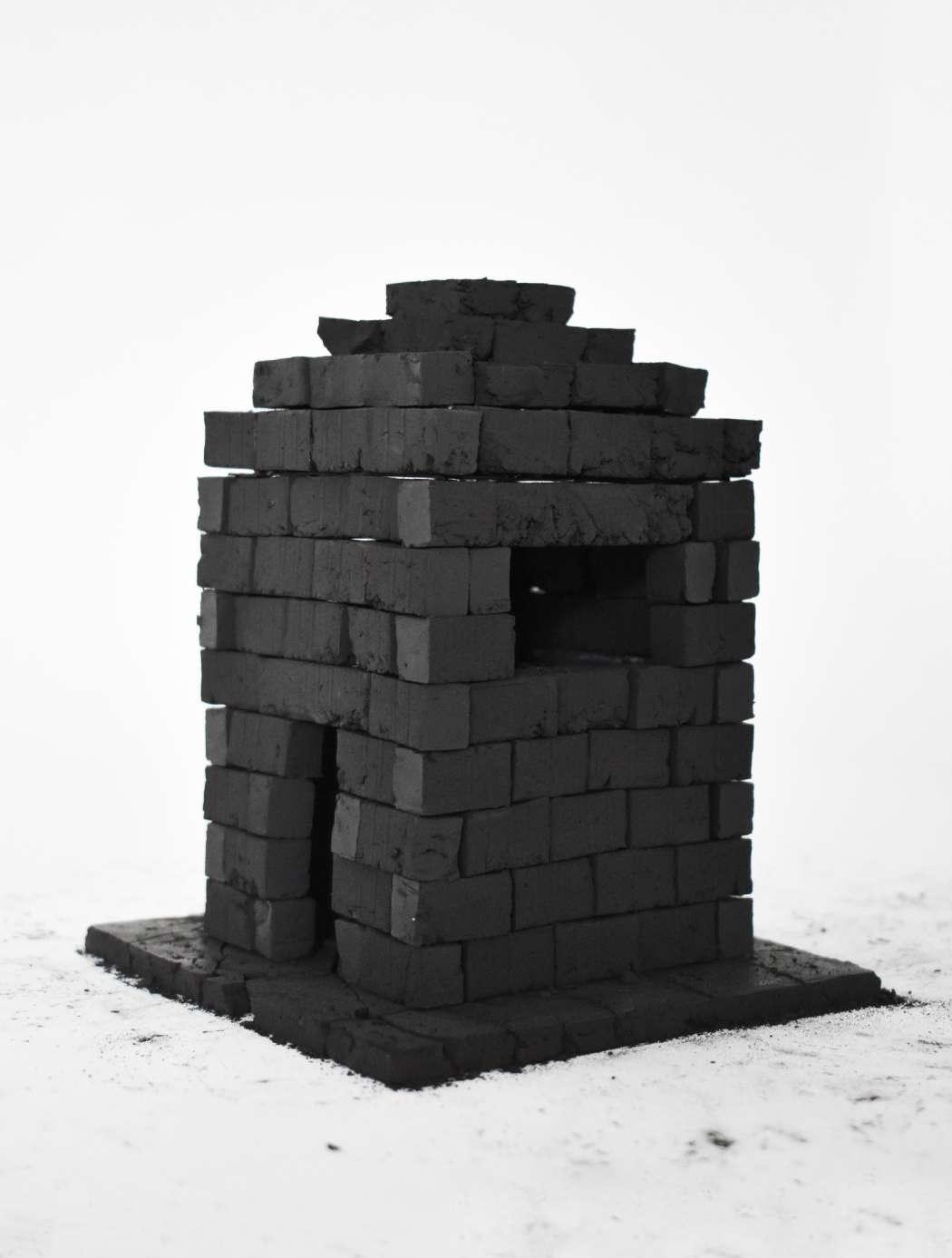 Color
Color
FALL 2022 Kazuaki Kojima
as material 163
Top : Binder added to the pigment
Middle: Casting pastels
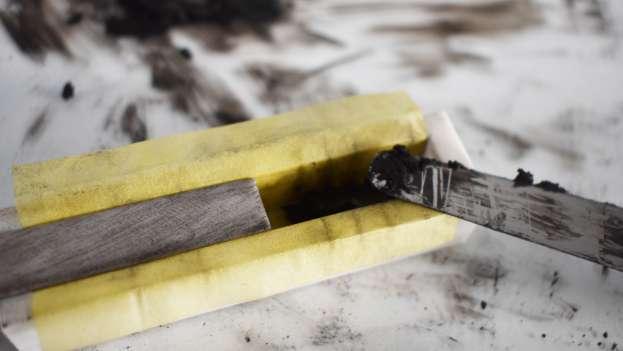
Bottom: Pastels removed from mold
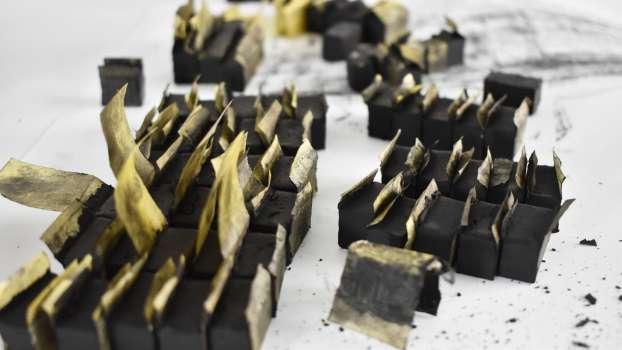
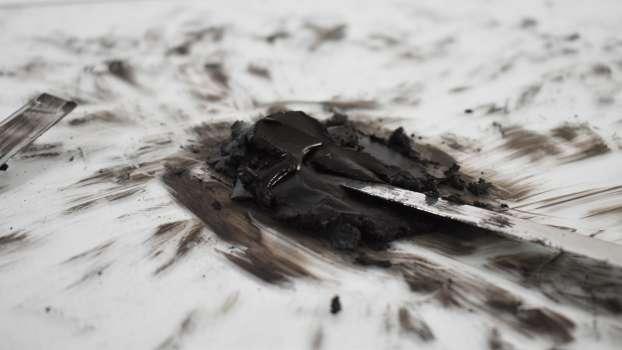 -Right page Model of Adolf Loos’s Dvořák mausoleum
-Right page Model of Adolf Loos’s Dvořák mausoleum
PORTFOLIO FALL 2022 164 Spring 2021 VS2636: Color
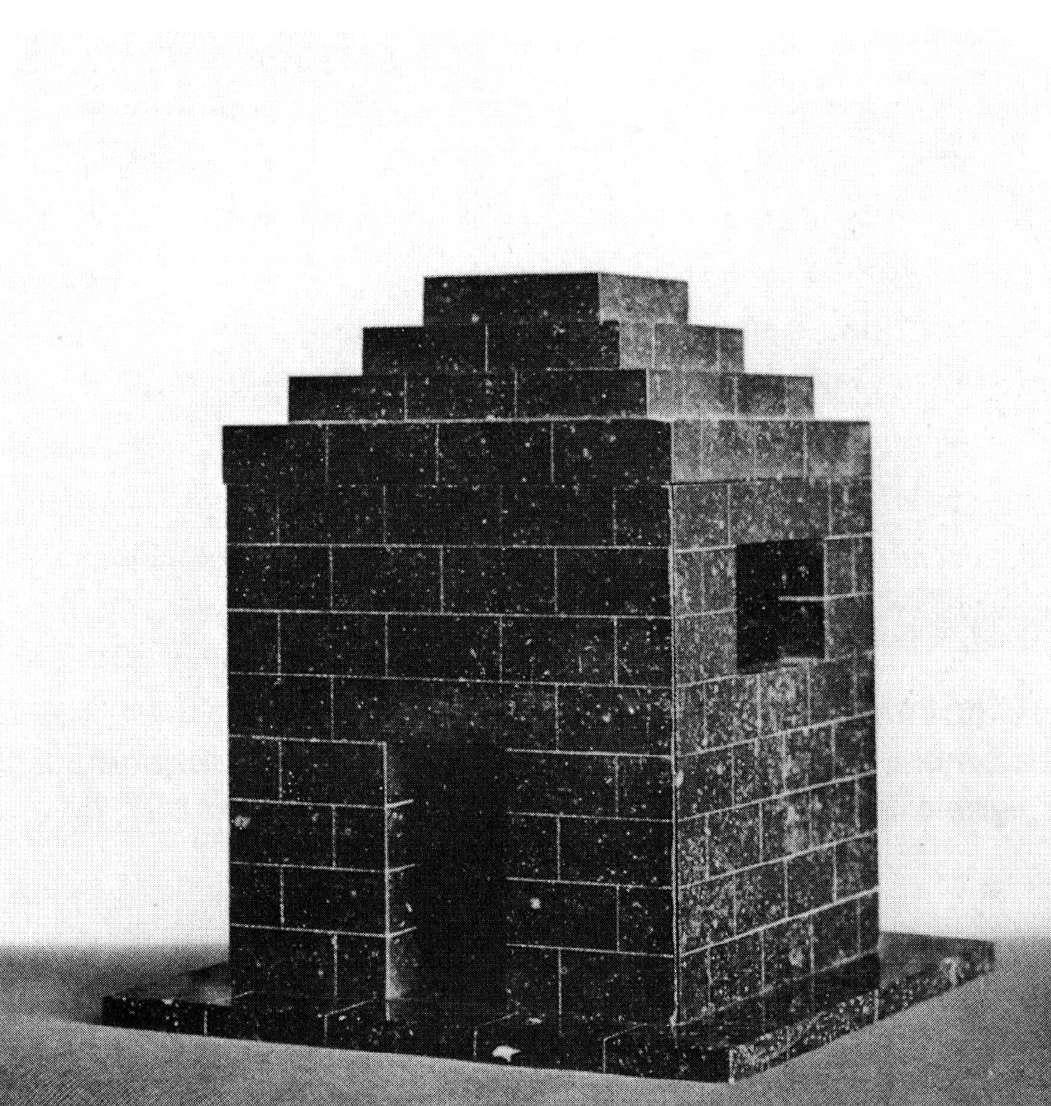 Color as material
Color as material
FALL 2022 Kazuaki Kojima
165
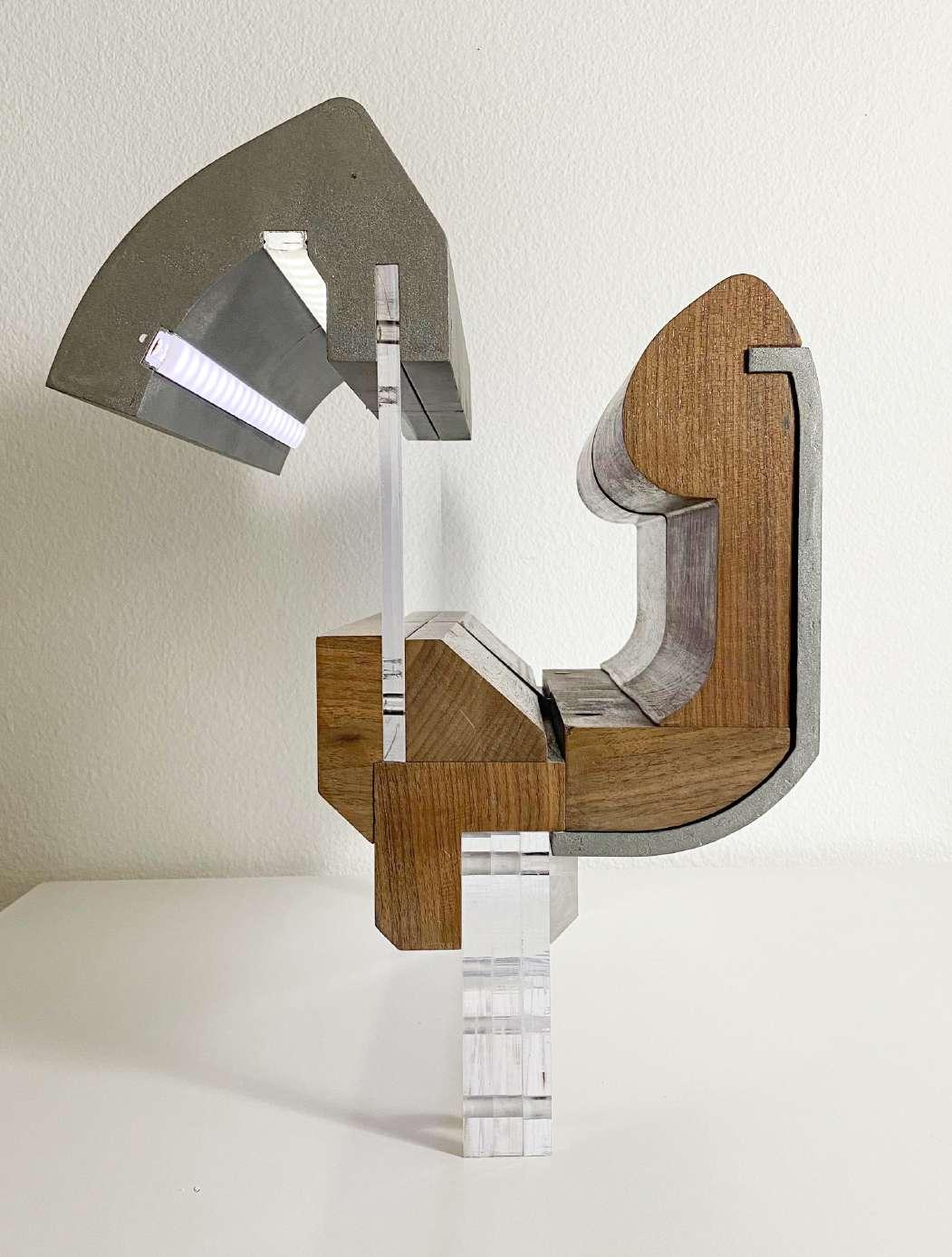
PORTFOLIO FALL 2022 166 Spring 2021 AS2509: Details, Details...
Structual Detail
AS2509: Details, Details... Spring Course2021Description
This course is an investigation into the future of the archi tectural detail. Beginning with the question, “what is an architectural detail today?”, the course considered a range of critical positions on the issue, and tests their outcome through the design and fabrication of an architectural detail.
A number of contemporary architects, from Ben Van Berkel to Zaha Hadid and Rem Koolhaus have suggested that the relevance of the architectural detail has faded in favor of more subservient part to whole relationships. There is no denying that, given the simultaneous technological advancement and material development of our era, the idea of seamless continuities are on the horizon (if not at our fingertips) at least from the standpoint of constructability. But, is that really the best we can do? Or might the future of the architectural detail belong to a more nuanced approach that draws from a wider range of definitions? In Edward R. Ford’s book The Architectural Detail, he identifies five widely acceptedapproaches to the design of an architectural
1)detail:Details
as Abstraction (Ben Van Berkel, Zaha Hadid)
2) Detail as Motif (The Gothic, Frank Lloyd Wright)
3) Detail as Construction Logic (Tadao Ando)
4) Detail as Structural Expression (Prouve)
5) The Autonomous or Subversive Detail (Scarpa, Early Morphosis)
Based on the five architectural detail definitions outlined By Edward Ford, each student will be asked to position them selves through the 5 categories - or to place themselves be tween more than one of them. Drawings from that position on the topic, students are then asked to design (and construct at full scale) an architectural detail. This year we looked specific at a scale of architectural work related to the human fromhand.the
course syllabus spring 2021
Collaboration with Angelina Castagnola, Armida Saspa, and Zirong Zhao
FALL 2022 Kazuaki Kojima Structural Detail 167
The handrail the Team designed derived from the contem porary forms of the building in context, National Assembly Building of Bangladesh, by Louis Kahn. The handrail in its modified form is intended to mimic the initial conceptual fo cus of culture and gathering the community of the people. The handrail is a signature element of the building as a whole. The detail is a structural articulation or can be represented as sculpture in place. The geometry, materiality, and scale of the handrail embodies the building’s qualities.
The precise curvature of the parts of the modified handrail sets a dichotomous relationship to the building form, while embracing a modern structural relationship to the experience of the detail. The structural segments create a smooth tec tonic application. The specific undulated metal and wood pieces align to each other. The metal that that hugs the wood falls off the underside as it meets the acrylic “core” that travels through the top and bottom of the handrail sys tem. The acrylic serves as the base of the handrail. The im mediate focus of the handrail is intended to be on the dark metal, where the light stained wood and robust arc is crafted as a place for comfort and ease to travel. The extension of the metal on the opposing side serves as an inclusive inter locking experience of materiality and function of the detail. The ground is lit by an LED light that snuggly fuses into its own identified space at the opposing metal arc. Each dif fering material has its own role to the handrail and situates and nestles itself securely into the next material by a fas tener. The different components must join with each other to maintain the structural integrity of the detail as a whole.
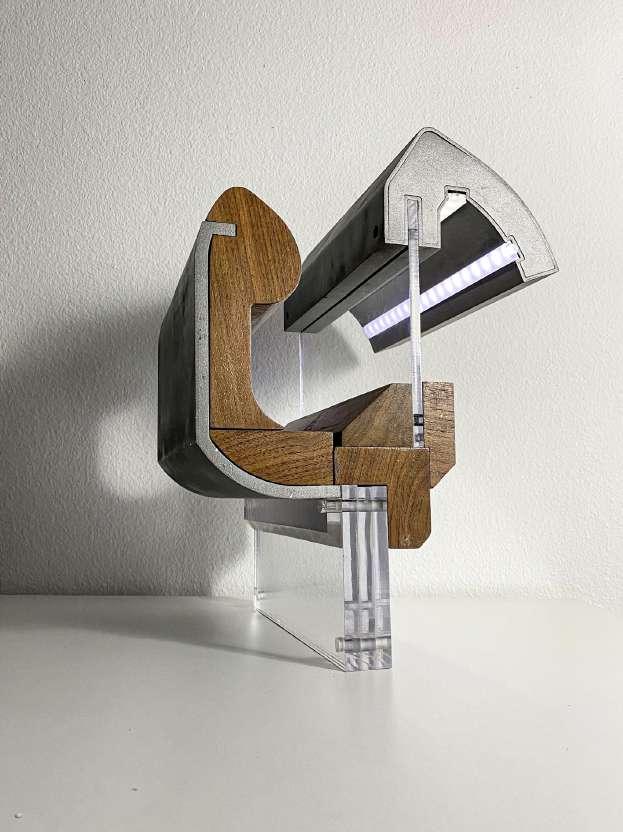
PORTFOLIO FALL 2022 168 Spring 2021 AS2509: Details, Details...
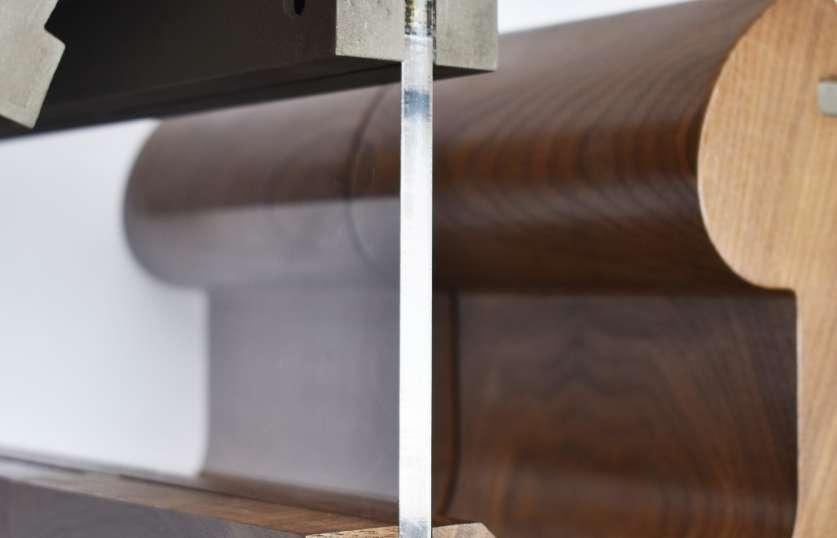
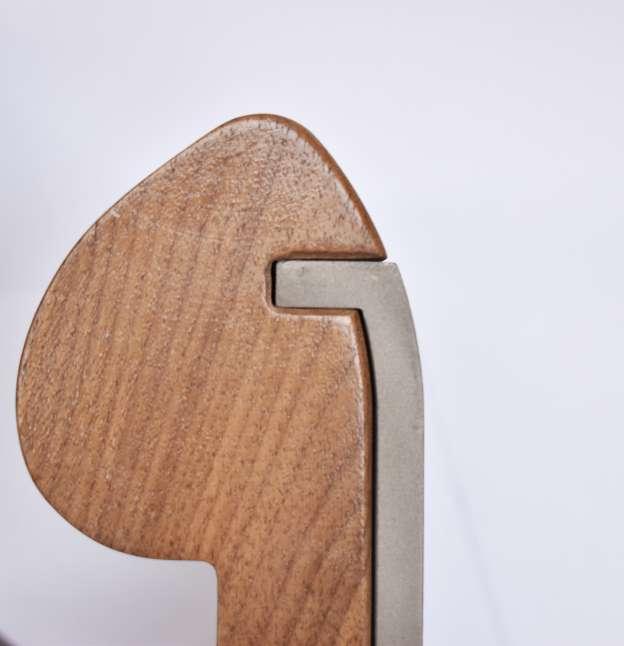
FALL 2022 Kazuaki Kojima Structural Detail 169
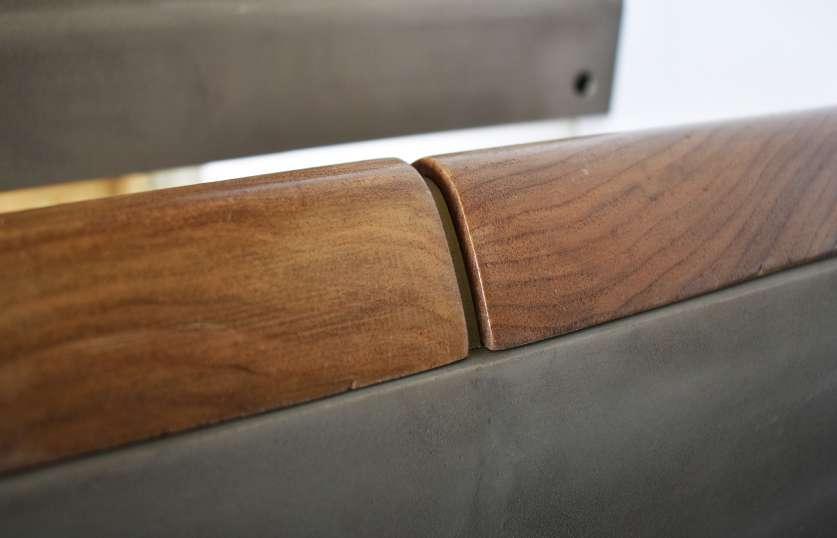
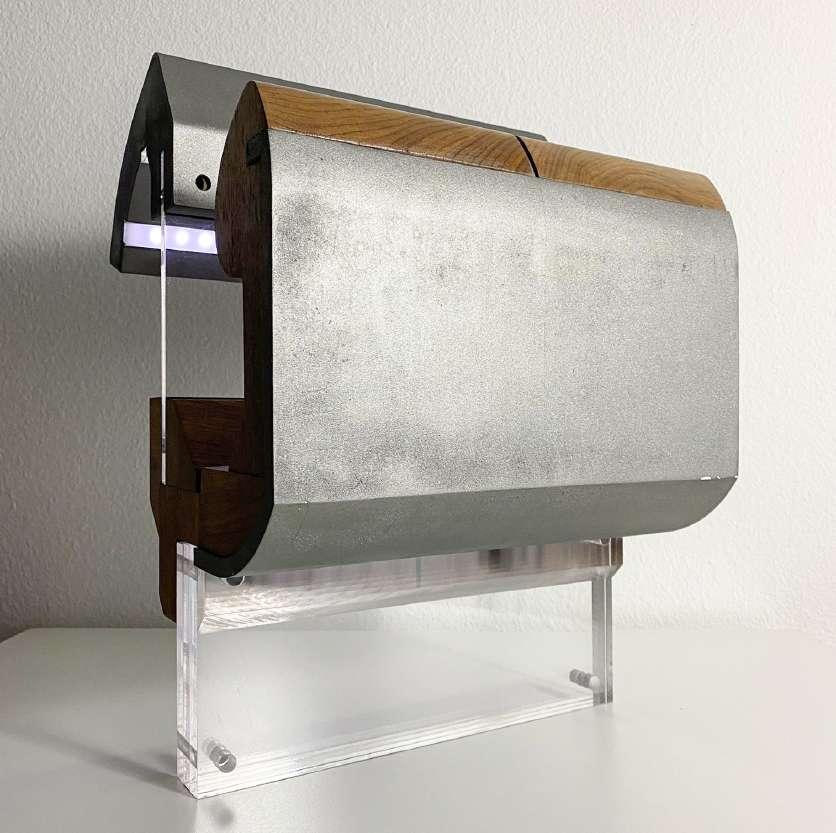
PORTFOLIO FALL 2022 170 Spring 2021 AS2509: Details, Details...
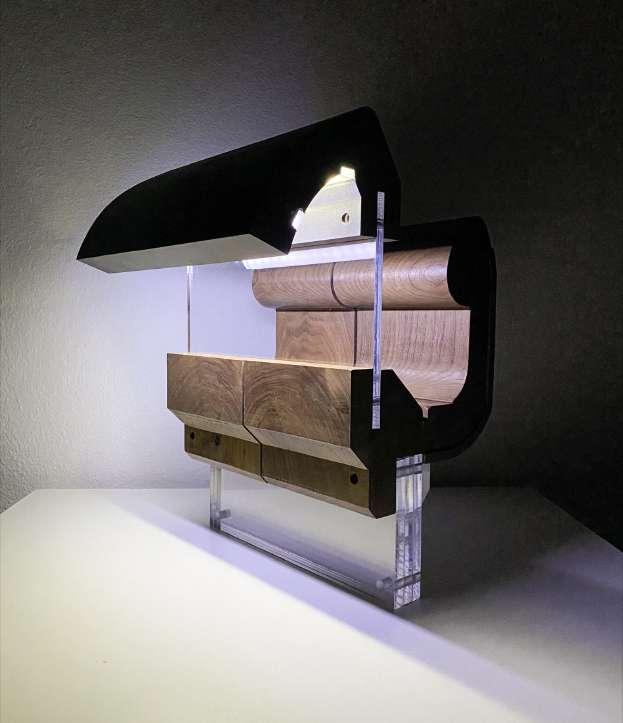
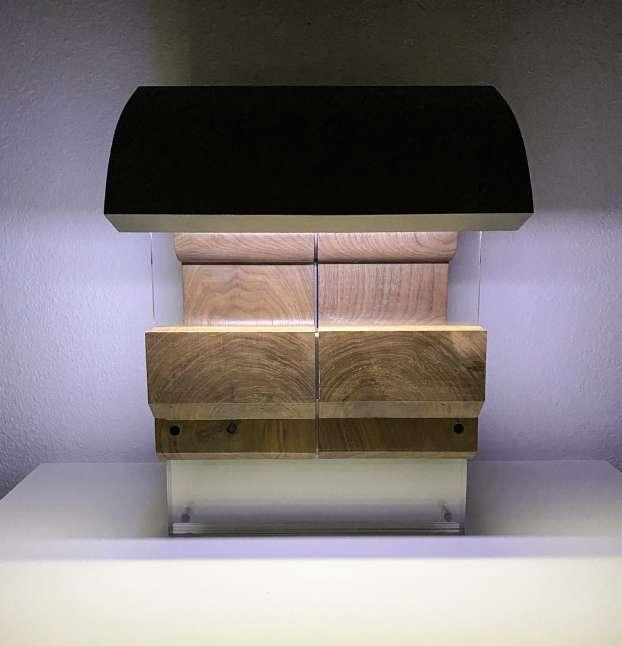
FALL 2022 Kazuaki Kojima Structural Detail 171


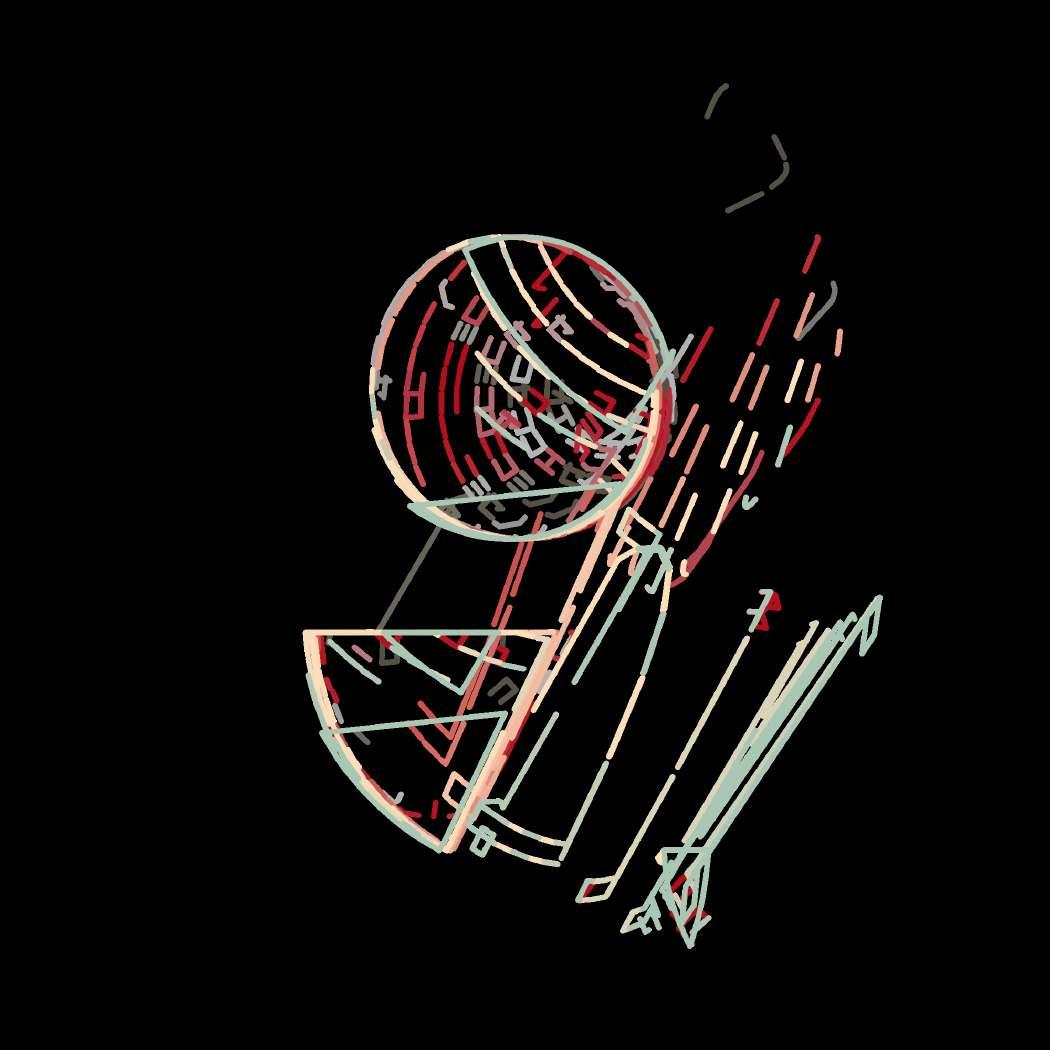
PORTFOLIO FALL 2022 172 Fall 2020 VS4120: Visual Studies III
meublesVS4120:Strategies of Representation III Fall Course2020 Description
The course will begin with a research assignment about the history and fabrication of manufactured objects. Each student will collect, curate, and present an in-depth analysis of one piece of furniture (or collection) from a selection of designers and architects.
For Project 1, students will consider the digital model space by manipulating 3D assets from the Magis Design collection and create new compositions using seminar specific scripts in Rhino Grasshopper Kangaroo. This playful procedure makes possible arrangements of parts through rigging and dropping in a user-defined environment. Vitra and Formica material catalogs will be used for texture mapping, shifting legibility between geometry and image.
For Project 2, the compositions are re-seen through the lens of motion graphics and action paintings to produce new perceptions, limits, and identities of the Magis Design col lection. The parametric workflow creates a new collection of formal and visual objects through gestures of masking, slicing, filling, hatching, doubling. The original Vitra and Formica material is reformatted as a color and texture pal ette flattening legibility and familiarity in favor of iterative RGB relations.
from the course syllabus fall 2020
meublesKojima
Collaboration with Casey Pan
FALL 2022 Kazuaki
173
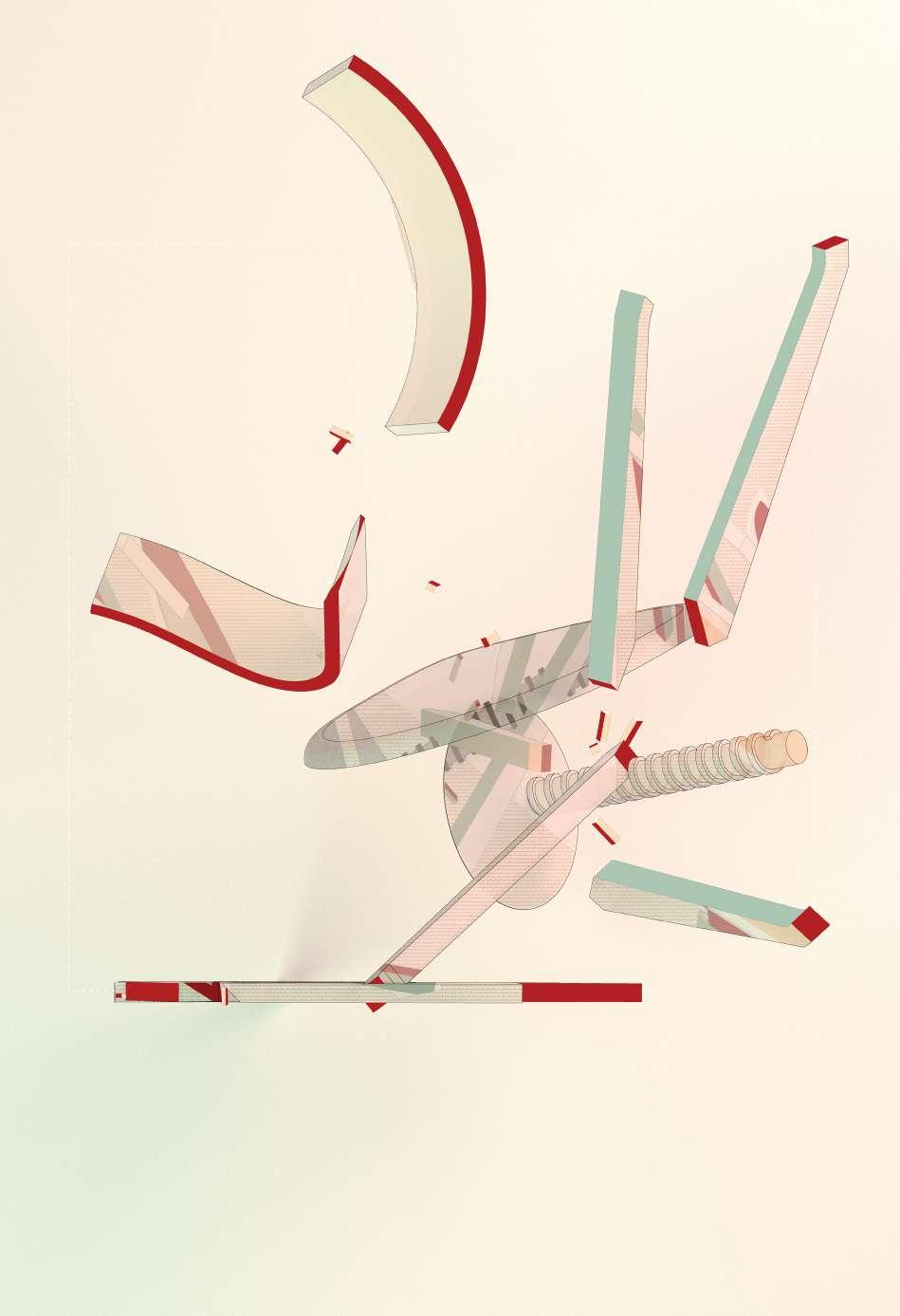
PORTFOLIO FALL 2022 174 Fall 2020 VS4120: Visual Studies III
meublesKojima
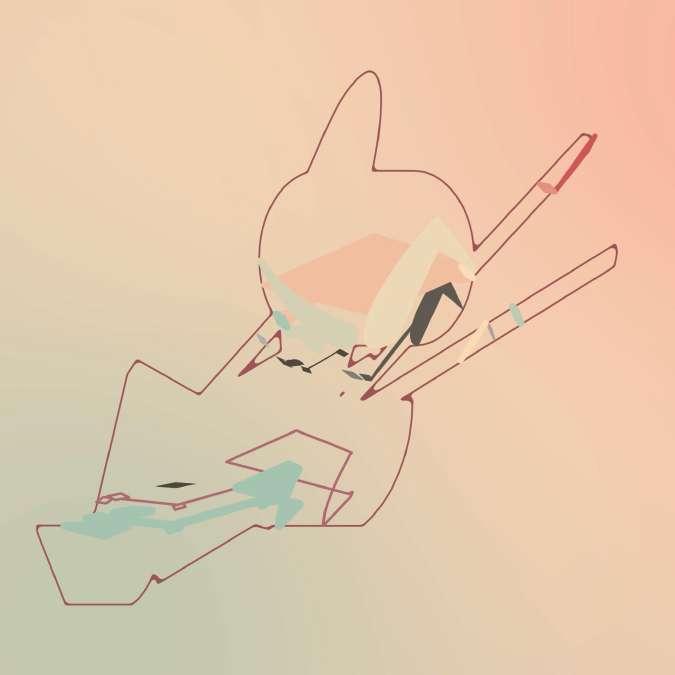
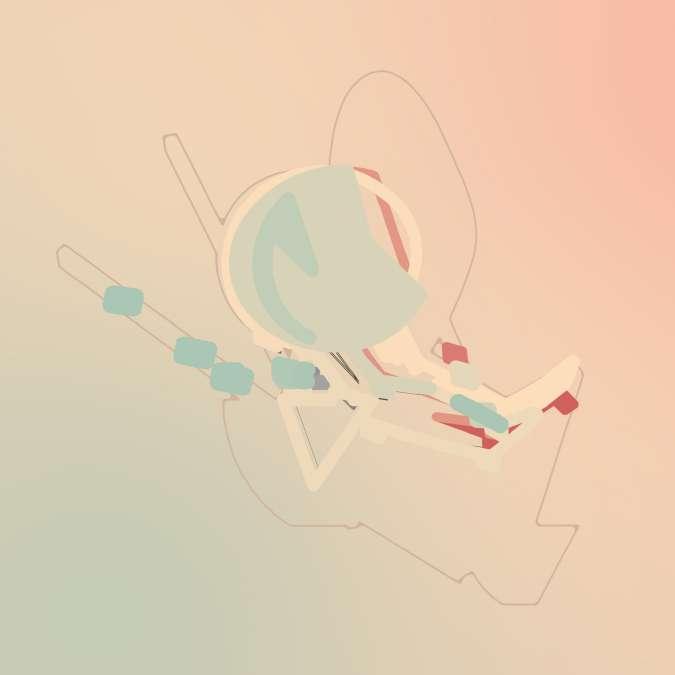
FALL 2022 Kazuaki
175

PORTFOLIO FALL 2022 176 Fall 2020 VS4120: Visual Studies III
meublesKojima
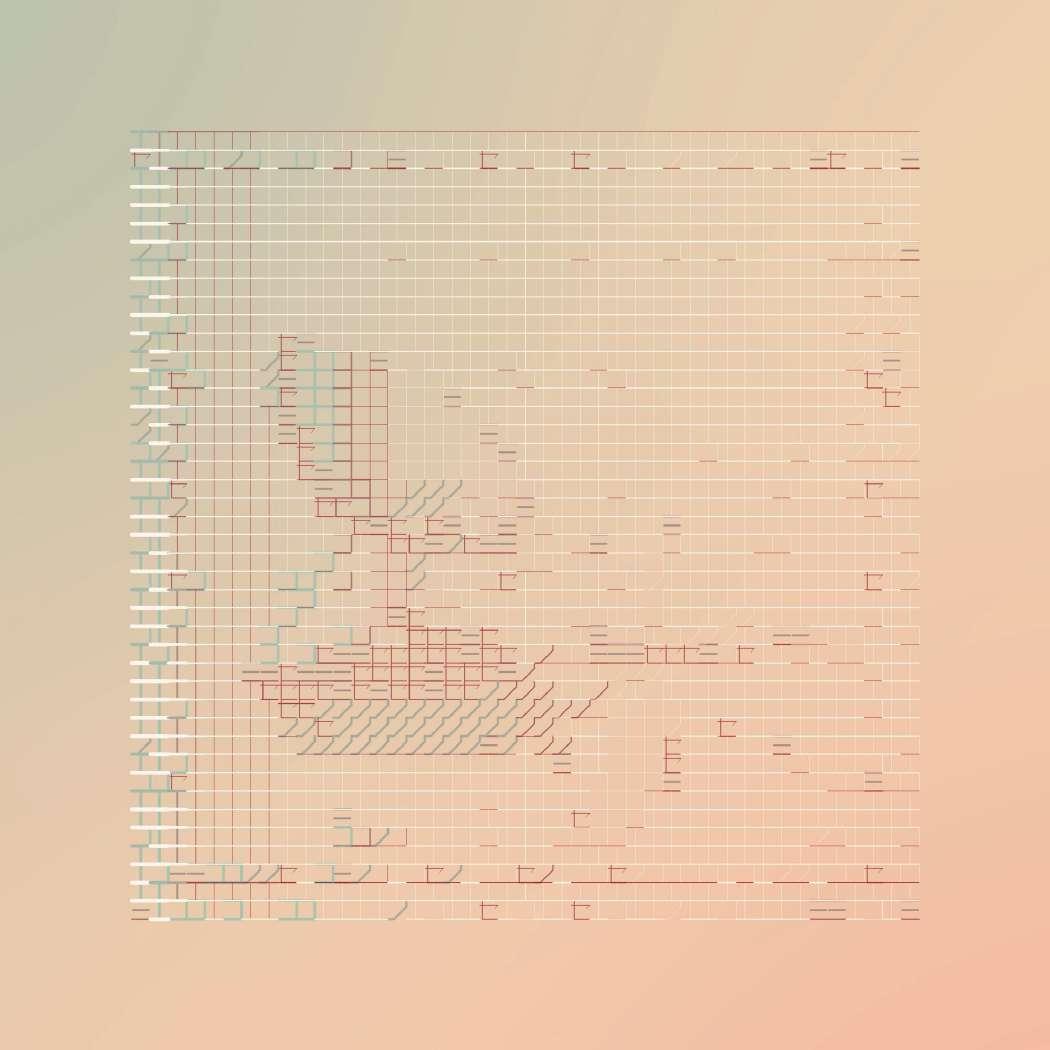
FALL 2022 Kazuaki
177

PORTFOLIO FALL 2022 178 Spring 2020 VS4101: Strategies of Representation II
Playing Letters
VS4101: Strategies of Representation II Spring Course2020Description
Imaging a line asks students to consider the artifacts and affects that accompany a line when it is no longer a product of geometry (a connecting vector between two points), but is instead, absorbed into other formats. Students will work through scripting, texture mapping, photography, and ren dering to produce a set of rendered composites.
Imaging the line will consider the conditions of background, color, pattern, simulated lighting and material, raster data and anti-aliasing in considering the status of the line as other than the notated connection between two points. These ele ments at once collapse the hard distinction between the line and its ground while also multiplying the layers of informa tion described by it. This exercise will start from the point where exercise 01 left off, the photograph of the physical line model. We will work backwards to pull the discoveries in the physical model back into digital space including but not limited to material choice, 3d printed contours, lighting, background, and other elements in the scene. Once import ed, these elements can be adjusted, manipulated, separated, and exaggerated to produce a series of images. Along with the model and material, other artifacts from the photo setup will be modeled to produce the entire scene and consider what it means to construct an image.
from the course syllabus spring 2020
FALL 2022 Kazuaki Kojima Playing Letters 179
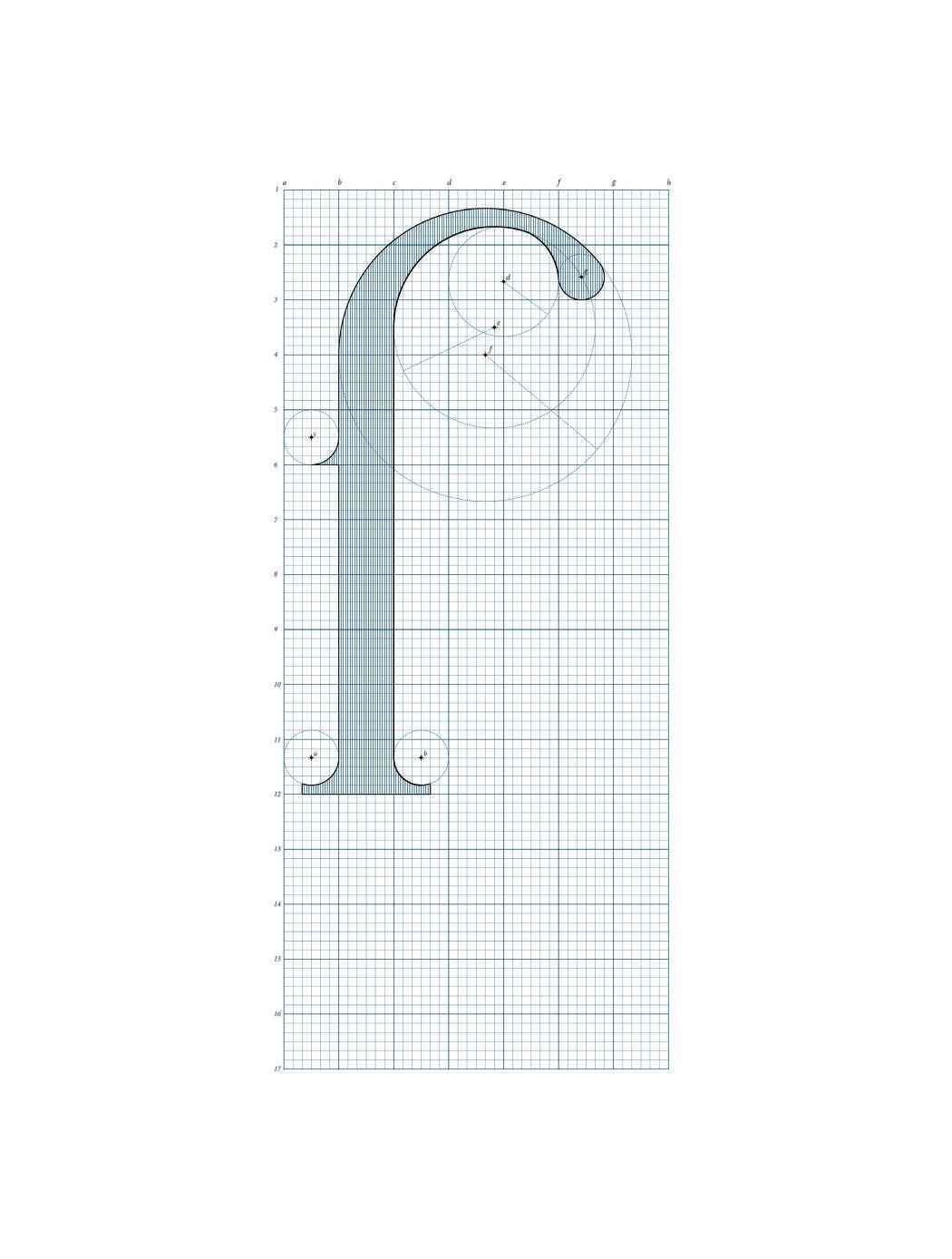
PORTFOLIO FALL 2022 180 Spring 2020 VS4101: Strategies of Representation II original letter f with annotations
Top
Top
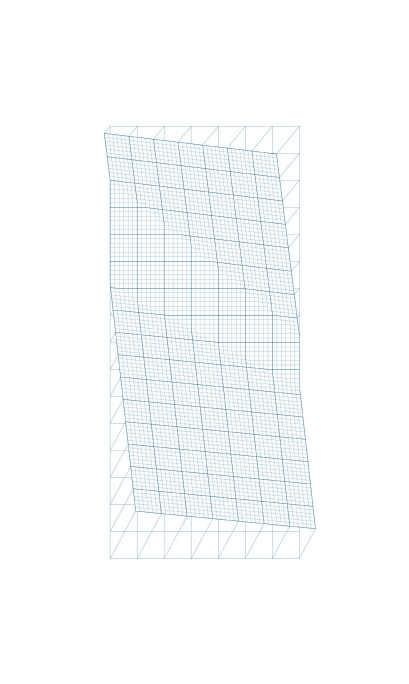
Bottom
Bottom
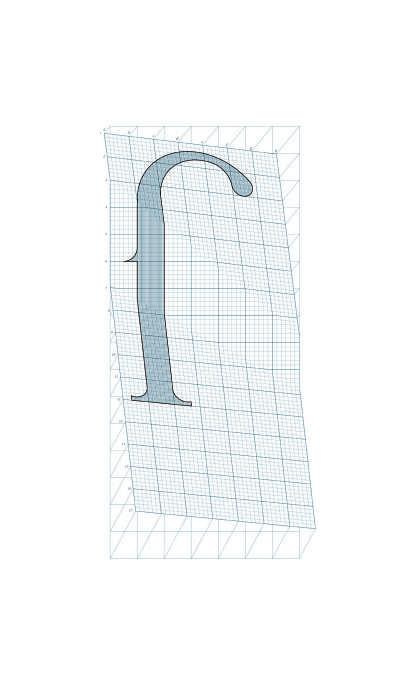
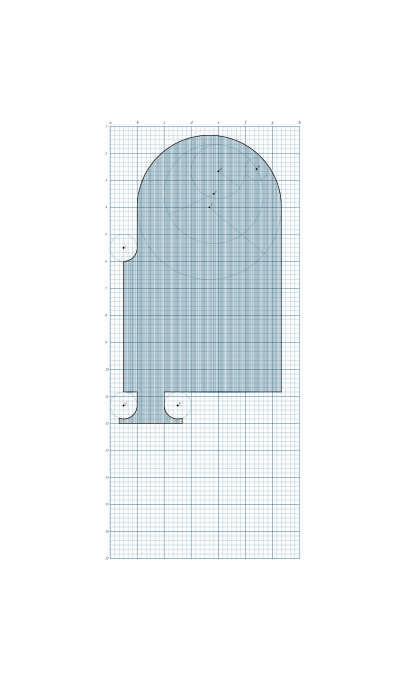
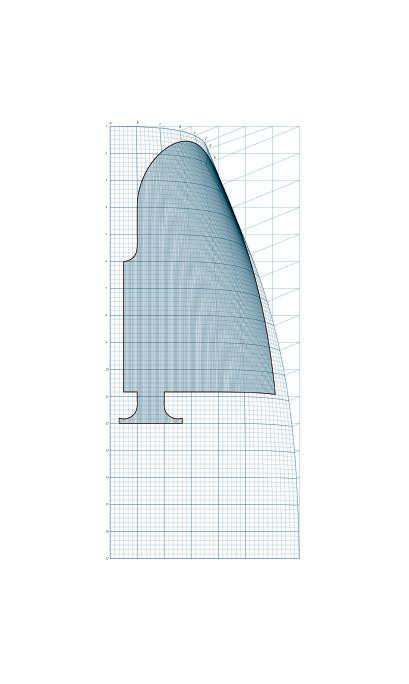
FALL 2022 Kazuaki Kojima Playing Letters 181
left : Folded letter f on Folded grid
Right : Folded grid
left : Reduced letter f
Right : Curled Reduced letter f
-
Top
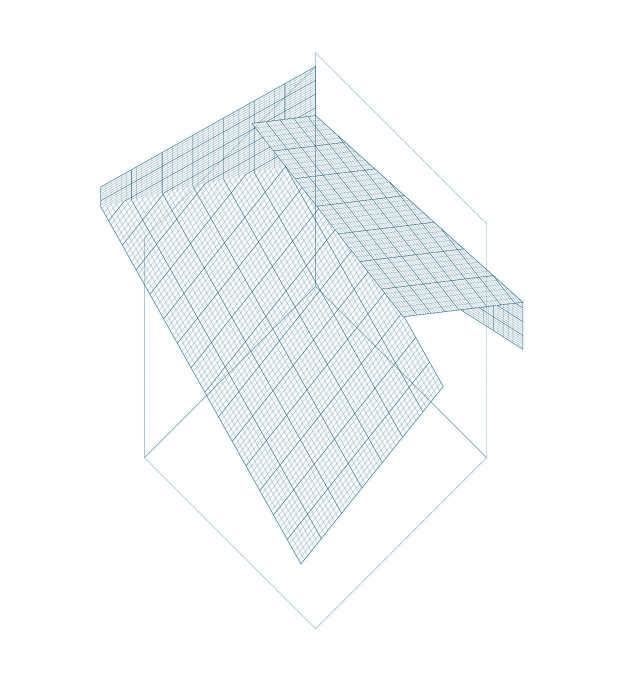
Bottom
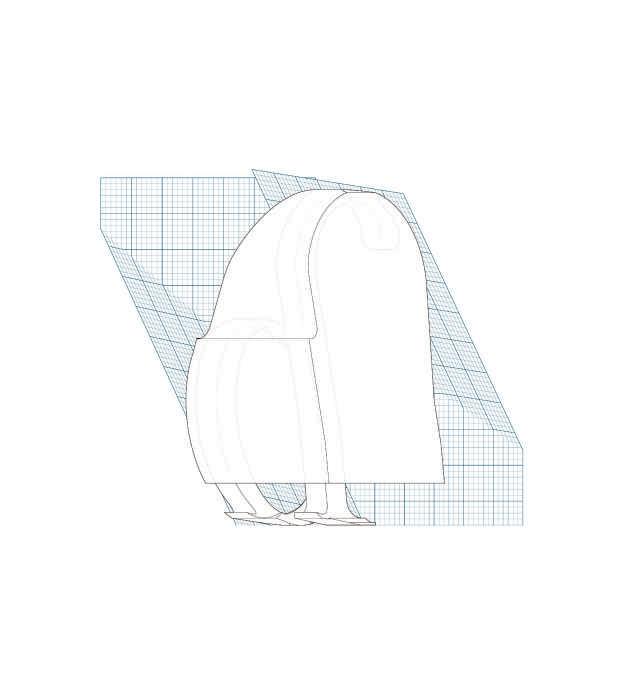
PORTFOLIO FALL 2022 182 Spring 2020 VS4101: Strategies of Representation II
Right page Colored render
: intersection volume
: axon of grid setting
FALL 2022 Kazuaki Kojima Playing Letters 183
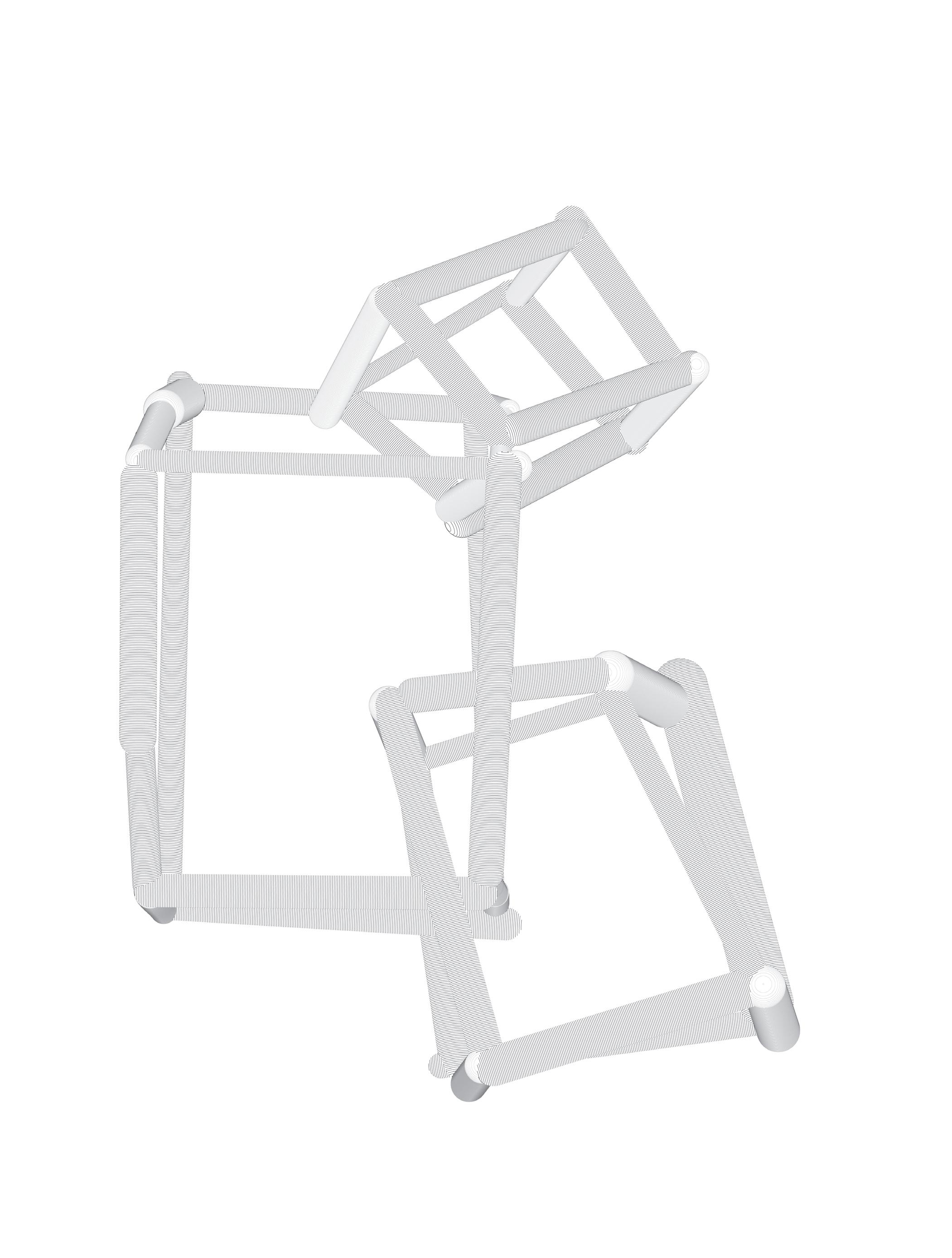
PORTFOLIO FALL 2022 184 Fall 2019 VS4100: Strategies of Representation I
The drawn line, Imaging the line
VS4100: Strategies of Representation I Fall Course2019 Description
Imaging a line asks students to consider the artifacts and affects that accompany a line when it is no longer a product of geometry (a connecting vector between two points), but is instead, absorbed into other formats. Students will work through scripting, texture mapping, photography, and ren dering to produce a set of rendered composites.
Imaging the line will consider the conditions of background, color, pattern, simulated lighting and material, raster data and anti-aliasing in considering the status of the line as other than the notated connection between two points. These ele ments at once collapse the hard distinction between the line and its ground while also multiplying the layers of informa tion described by it. This exercise will start from the point where exercise 01 left off, the photograph of the physical line model. We will work backwards to pull the discoveries in the physical model back into digital space including but not limited to material choice, 3d printed contours, lighting, background, and other elements in the scene. Once import ed, these elements can be adjusted, manipulated, separated, and exaggerated to produce a series of images. Along with the model and material, other artifacts from the photo setup will be modeled to produce the entire scene and consider what it means to construct an image.
from the course syllabus fall 2019
The drawn
FALL 2022 Kazuaki Kojima
line, Imaginig the line 185
Top left : Detail drawing of the joint 1
Top Right : Detail drawing of the joint 2
Bottom left : Detail drawing of the joint 3
Bottom Right : Detail drawing of the joint 4
-right page photo of 3d-printed model
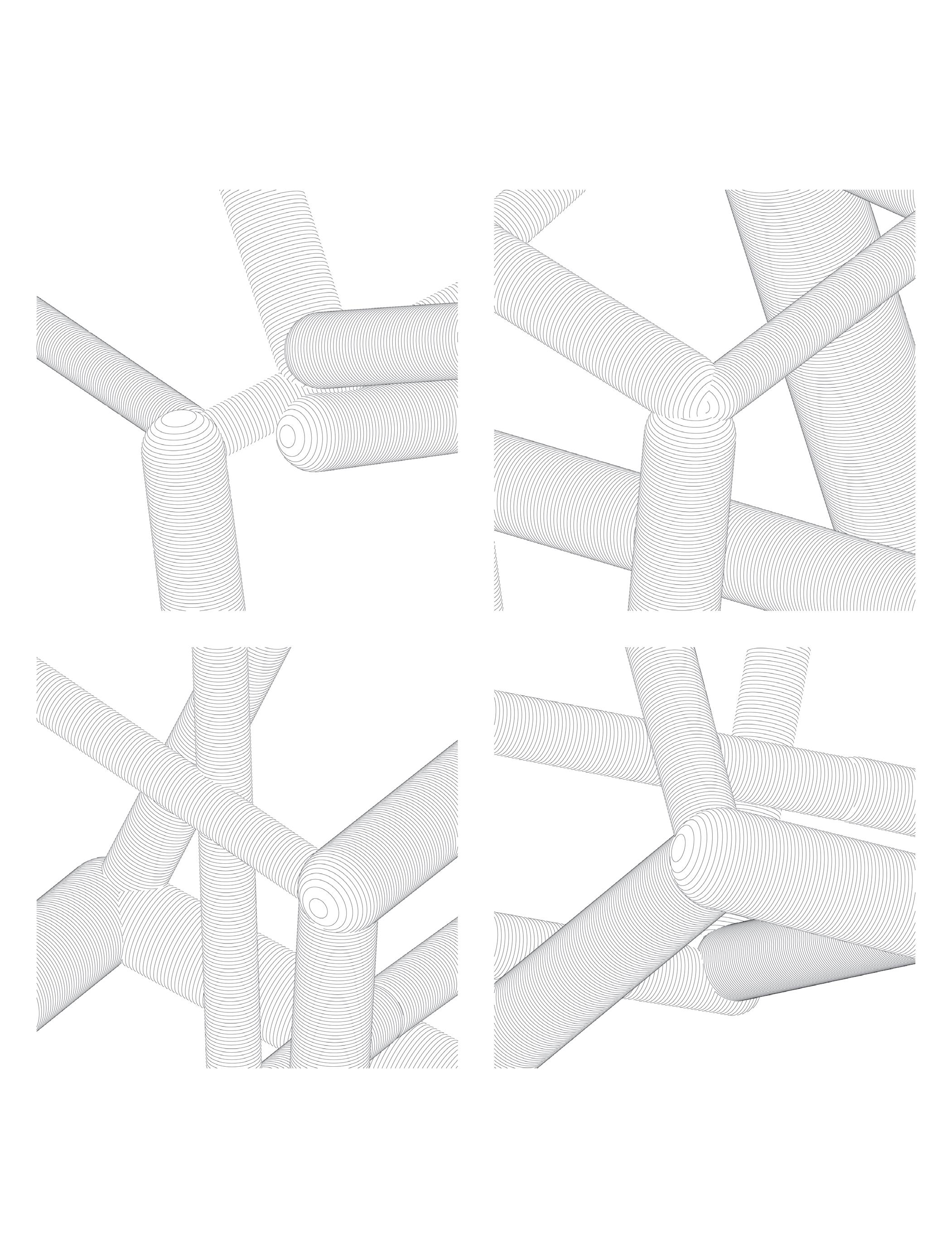
PORTFOLIO FALL 2022 186 Fall 2019 VS4100: Strategies of Representation I
 The drawn line, Imaginig the line
The drawn line, Imaginig the line
FALL 2022 Kazuaki Kojima
187
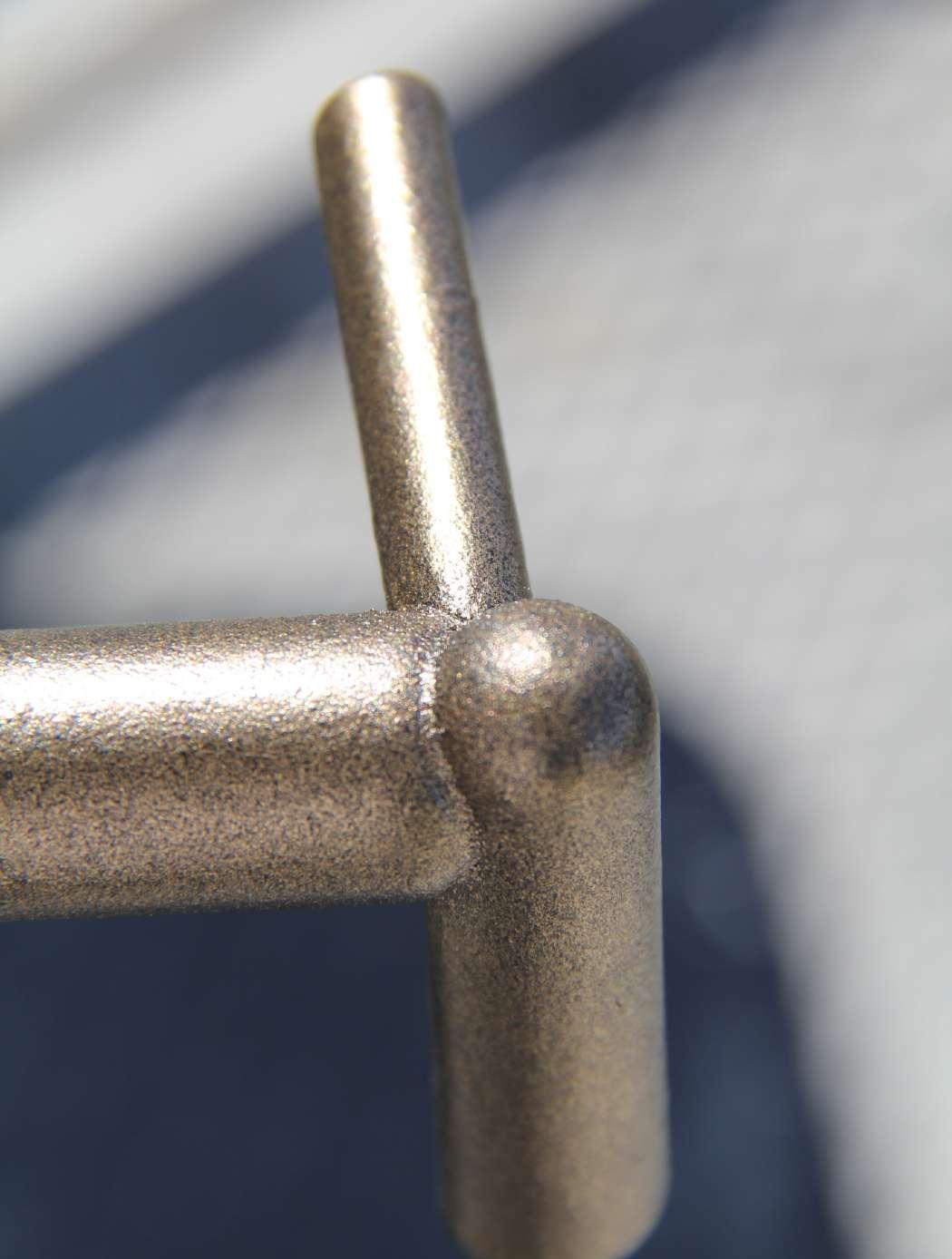
PORTFOLIO FALL 2022 188 Fall 2019 VS4100: Strategies of Representation I
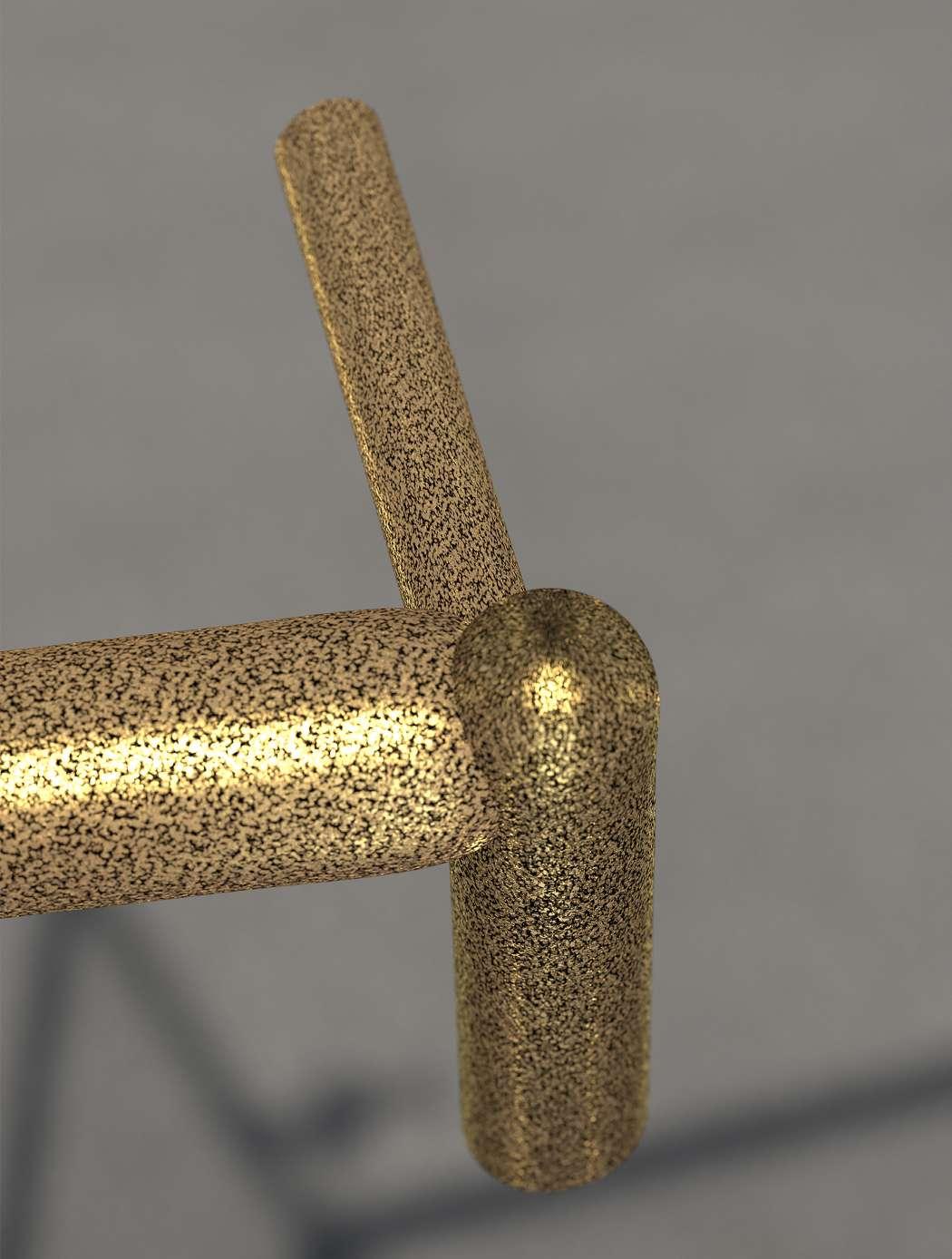 The drawn line, Imaginig the line
The drawn line, Imaginig the line
FALL 2022 Kazuaki Kojima
189
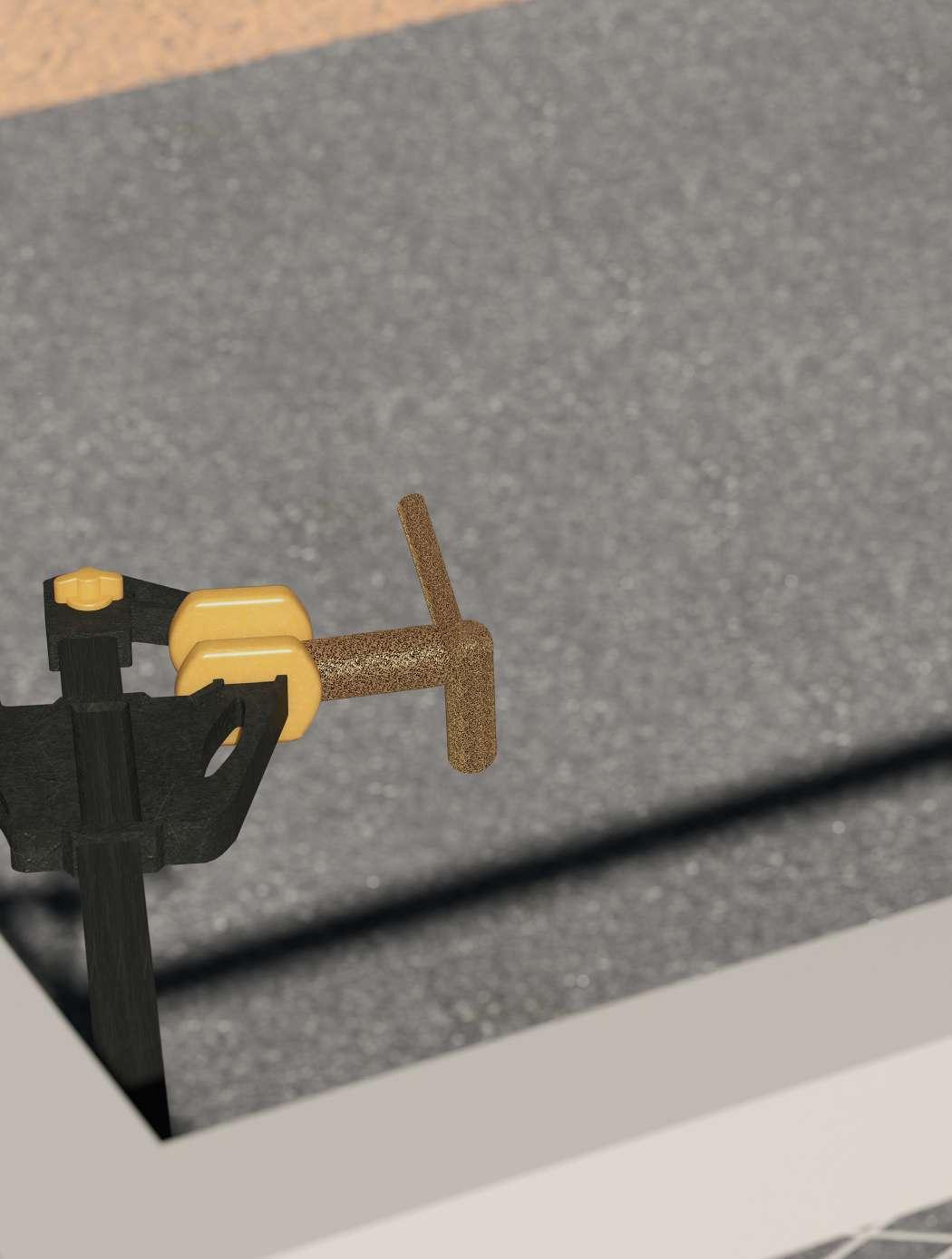
PORTFOLIO FALL 2022 190 Fall 2019 VS4100: Strategies of Representation I
Physical and Digital Image
Based on the studio conversation, take another pass at fitting your model into the cube. Pay specialattention to overlaps in projection and to your corners.Selectively rescale segments of your digital model. Following the in-class tutorial, you will scale a segment to thicken or narrow certain segments. These operations will change the length of your lineand will require you to extend and reconsider how your line fills the cube. Track and annotate thesescale shifts. The overall length of the center line should remain the length of SCI-Arc once scalesshifts are taken into account. We will expand our representational techniques to include axonometric drawings, sections,pho tography, and multi-media physical modeling. Clarify your approach to the fit. Select one or everal transitions a reinforce the geometric transition. It could be in dialog with, project onto, or challenge the line. Based on the studio conversation, take another pass at fitting your model into the cube. Pay spe cialattention to overlaps in projection and to your corners.Se lectively rescale segments of your digital model. Following.
We will expand our representational techniques to include axonometric drawings,inforce the geometric transition. It could be in dialog with, project onto, or challenge the line. Based on the studio conversation, take another pass at fitting your model into the cube. Pay specialattention to overlaps in projection and to your corners.Selectively rescale seg ments of your digital model. Following the in-class tutorial, you will scale a segment to thicken or narrow certain seg ments. These operations will change the length of your lin eand will require you to extend and reconsider how your line fills the cube. Track and annotate thesescale shifts. The overall length of the center line should remain the length of SCI-Arc once scalesshifts are taken into account. We will expand our representational techniques to include axonomet ric drawings, sections,photography, and multi-media phys ical modeling. Clarify your approach to the fit. Select one or everal transitions a reinforce the geometric transition. It could be in dialog with, project onto, or challenge the line.
FALL 2022 Kazuaki Kojima The drawn line, Imaginig the line 191
- Left Zoompageoutrender with background - page 41 Reconstructed render - page 40 Model photo with background
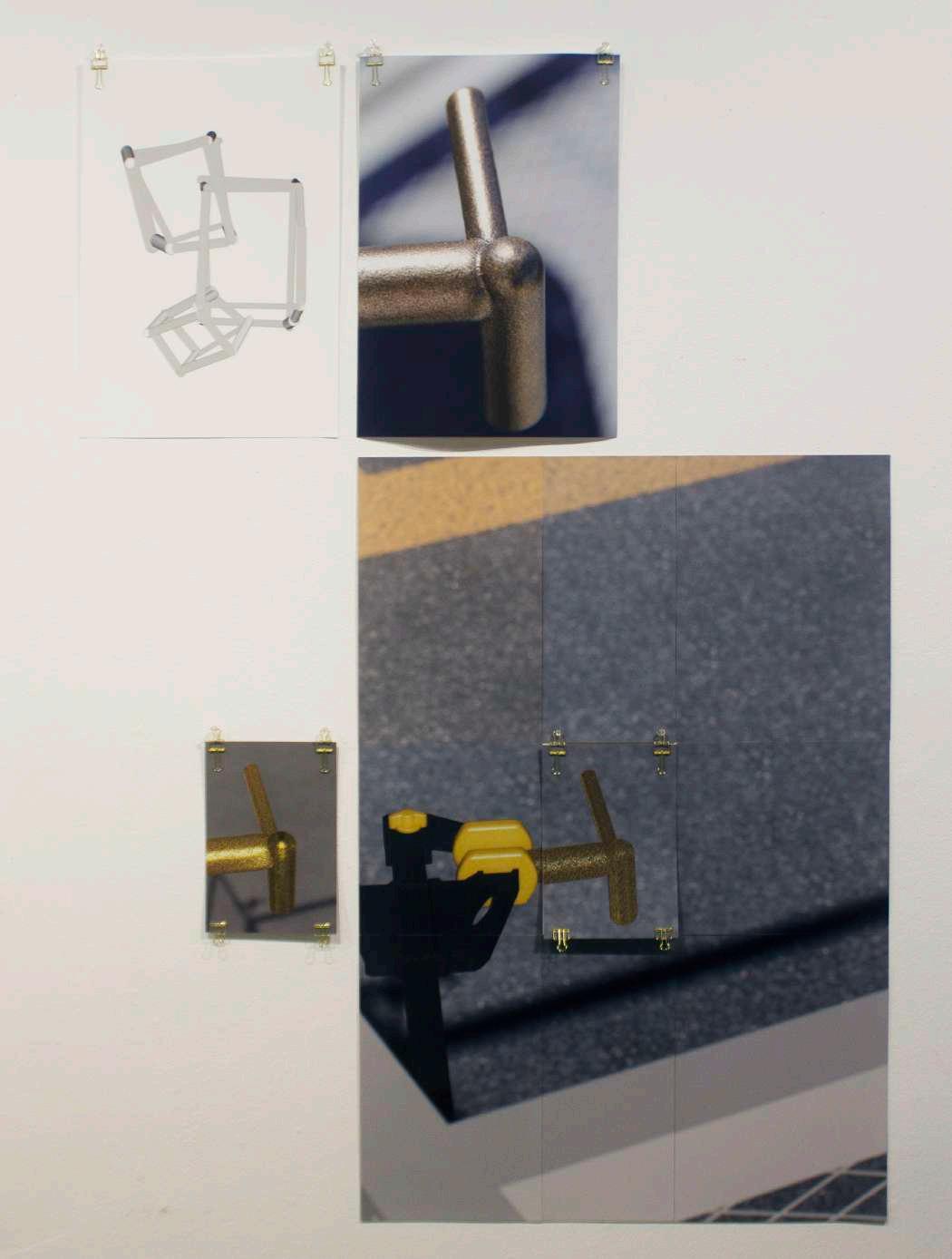
PORTFOLIO FALL 2022 192 Fall 2019 VS4100: Strategies of Representation I
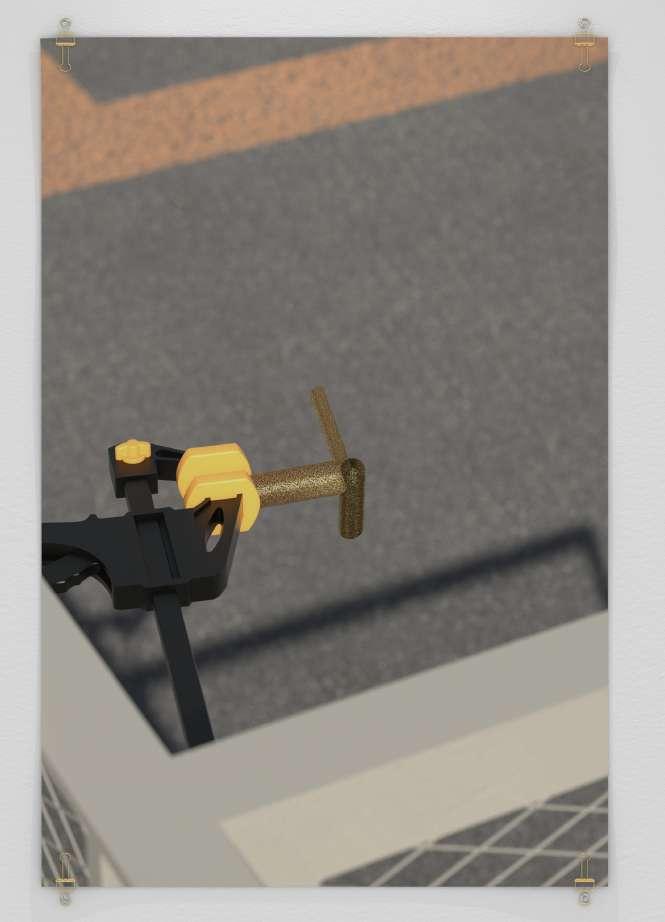 The drawn line, Imaginig the line
reconstructed “render of render”
The drawn line, Imaginig the line
reconstructed “render of render”
FALL 2022 Kazuaki Kojima
193 - Left exhibitionpagesetting
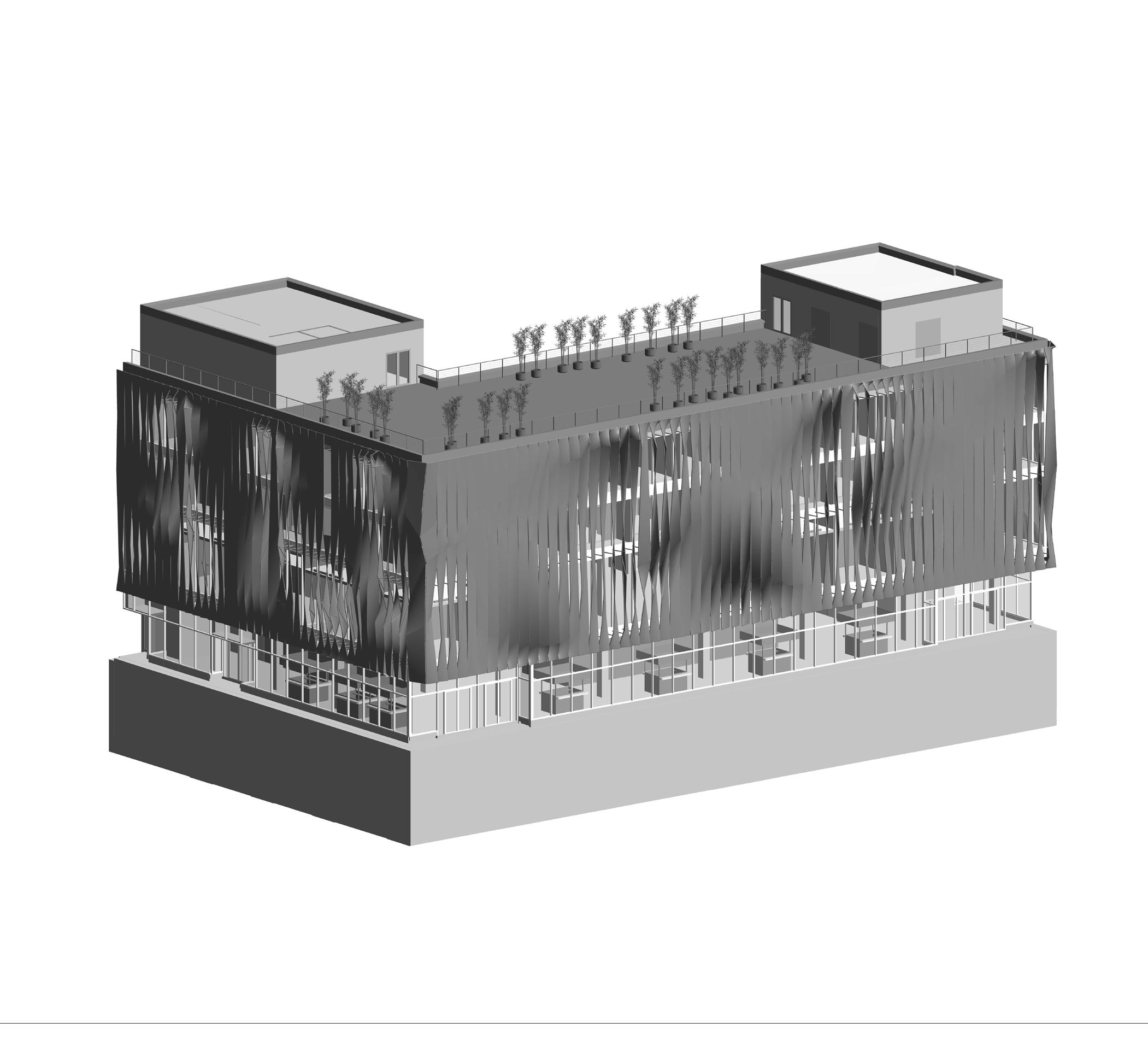
PORTFOLIO FALL 2022 194 Fall 2021 AS3140: Advanced Project Delivery
Athena House
AS3140: Advanced Project Delivery Fall Course2021 Description
Collaboration with Siu Lun Chan, Charles Allen, Catalina Lee, Hang Mun Choi, Ian Wong, and Lana Yuan as “Studio 960“
The course focuses on advanced methods of project delivery and construction documents incorporating digital technologies and investigating new models for link ing design and construction processes. It introduces Building Information Modeling as one of the tools for realignment of the traditional relationships between the project stakeholders. Using a single unit resi dential building located in Los Angles, students will analyze and develop the architecture by creating a detailed 3d digital model and a set of 2d construction documents specifically tailored for the design challenges of a single unit residential project. Lectures and site visits to fabricators and construction sites will further inform students of technical documentation methods for projects that are operating on the forefront of design and construction technologies to date.
from the course syllabus fall 2021
FALL 2022 Kazuaki Kojima Athena House 195
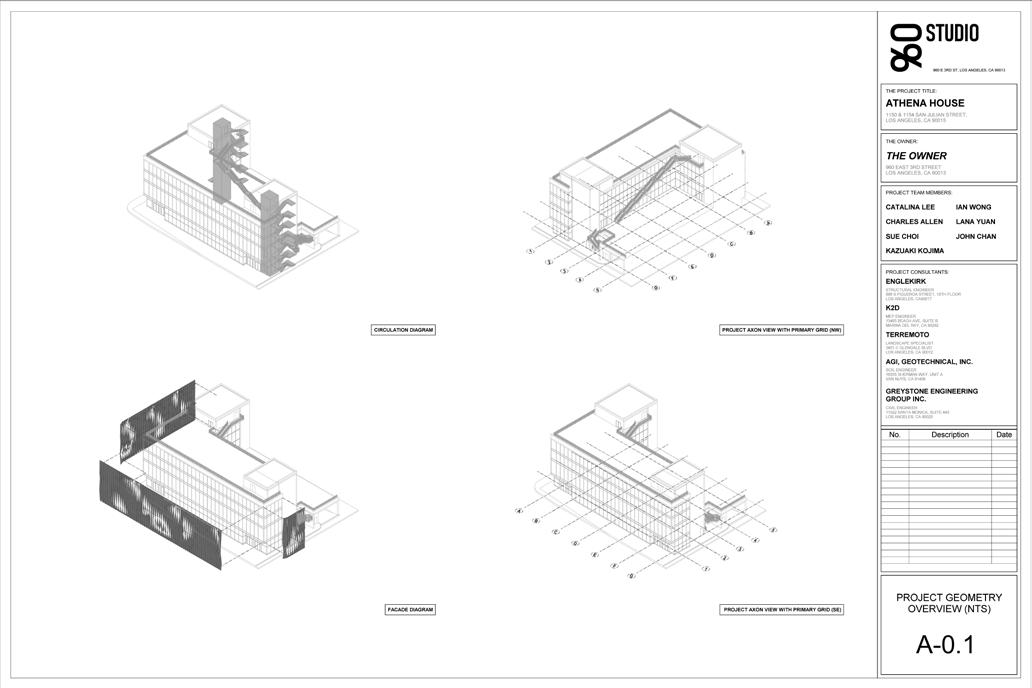

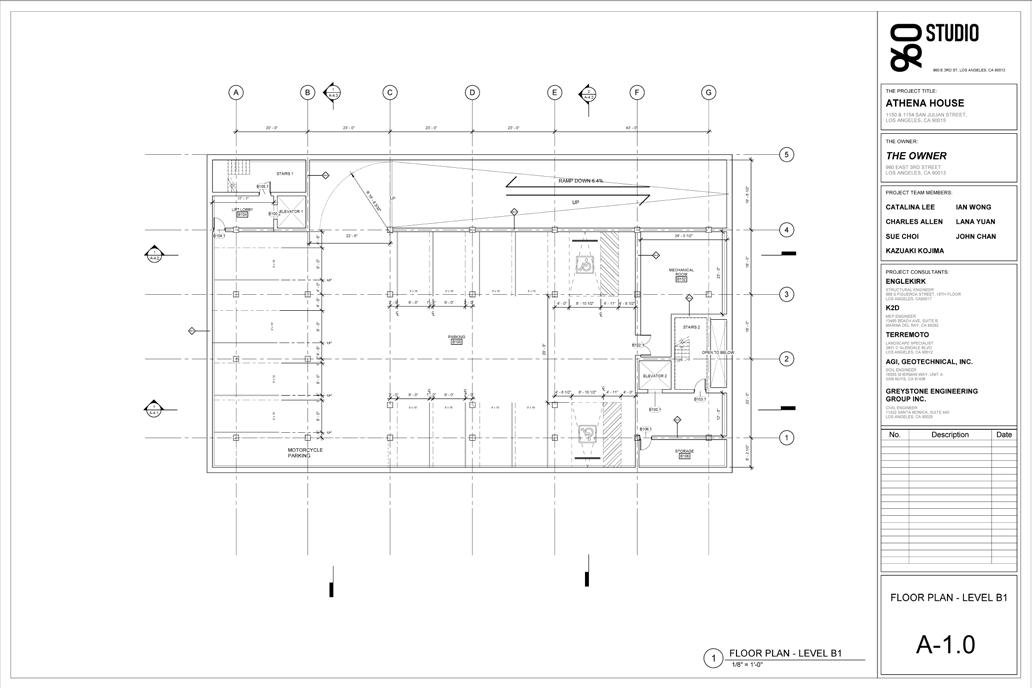
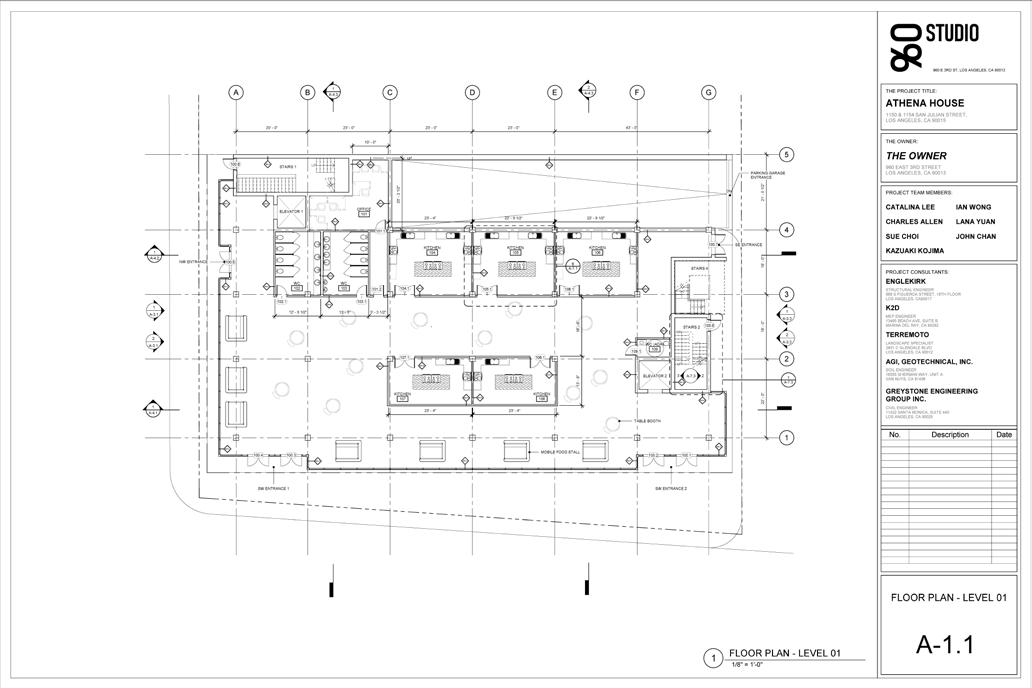
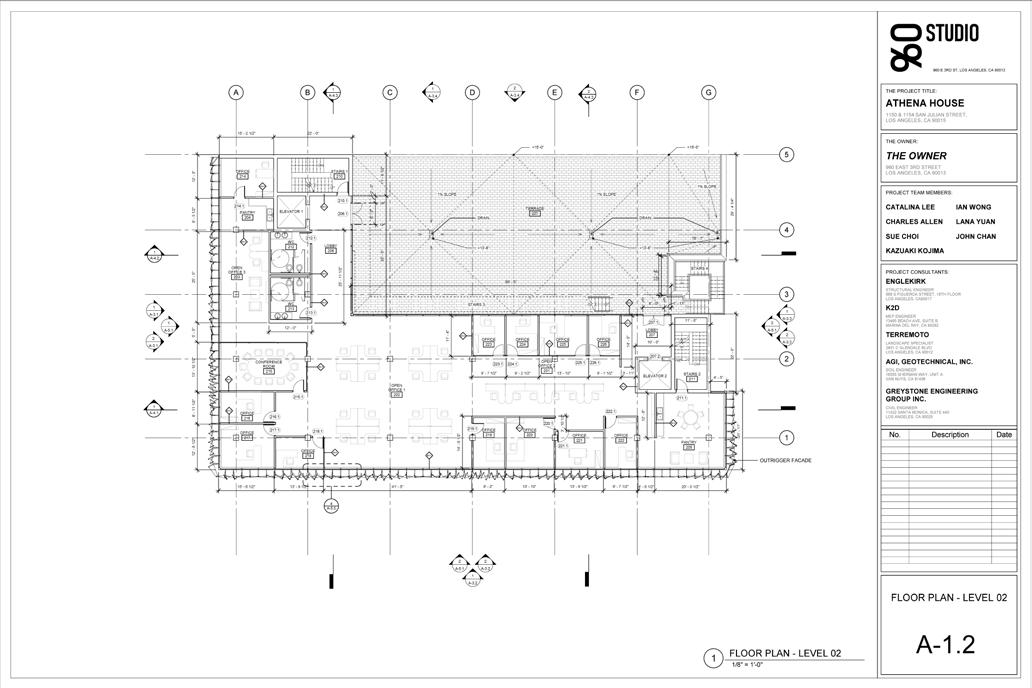
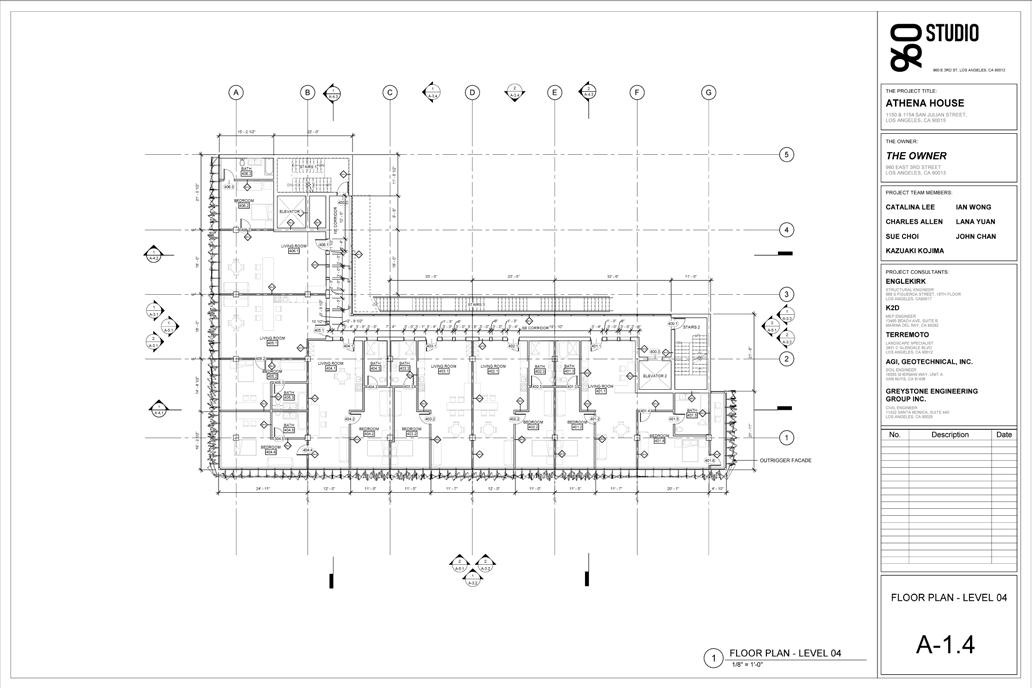
PORTFOLIO FALL 2022 196 Fall 2021 AS3140: Advanced Project Delivery
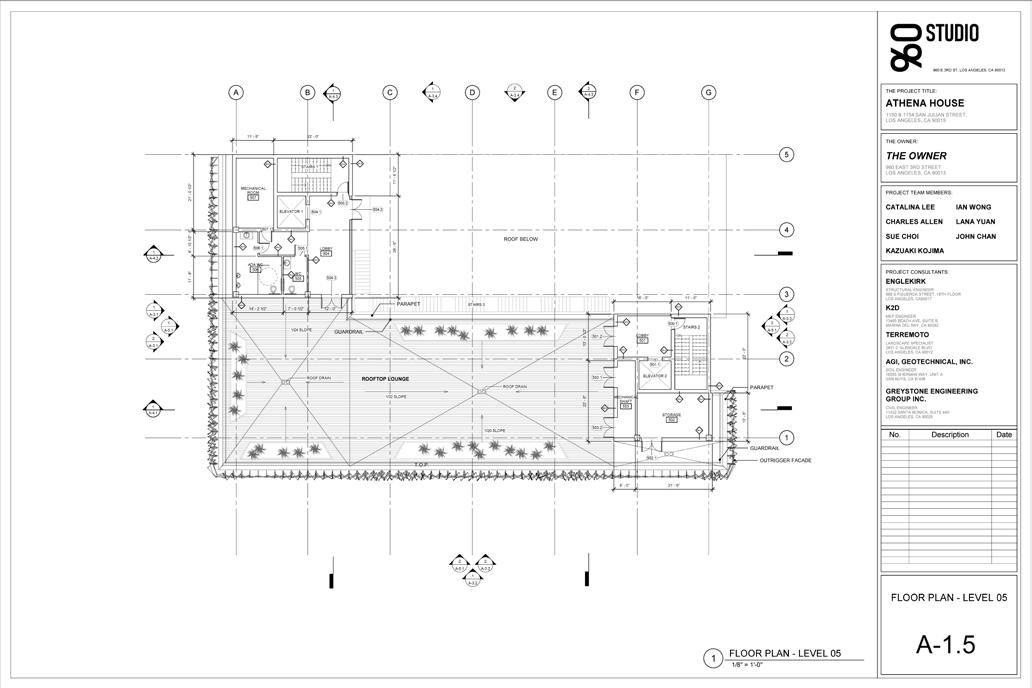
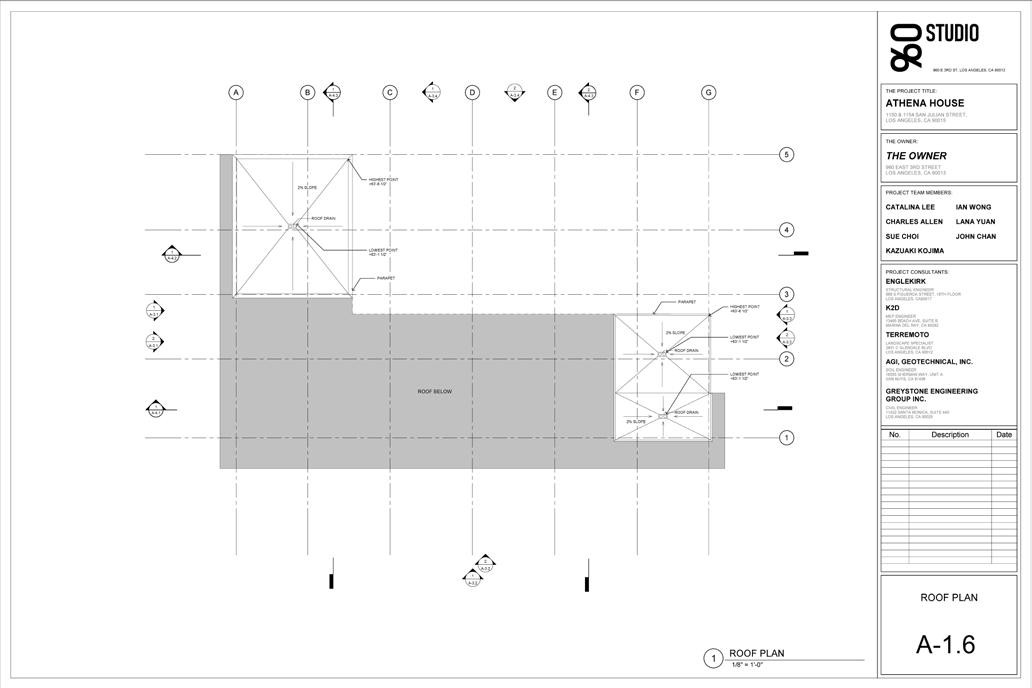


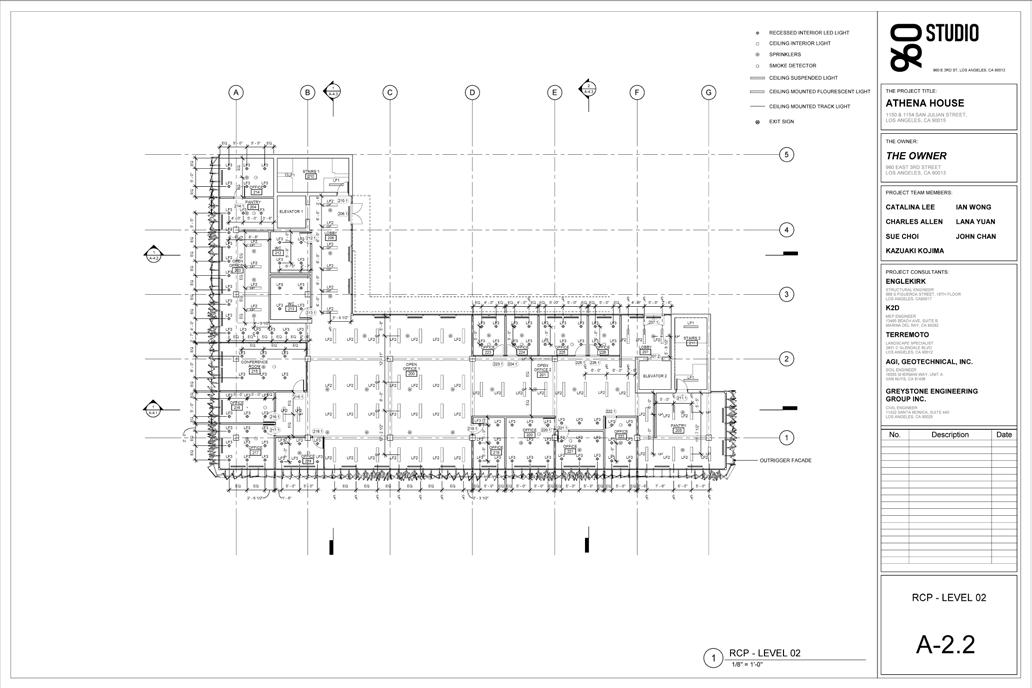
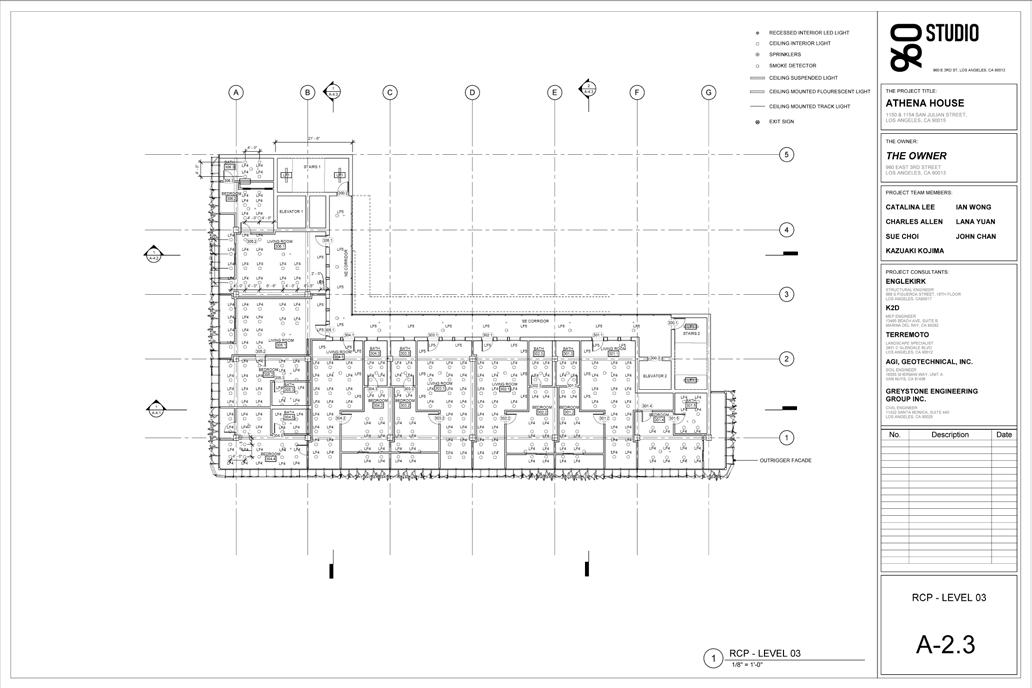
FALL 2022 Kazuaki Kojima Athena House 197
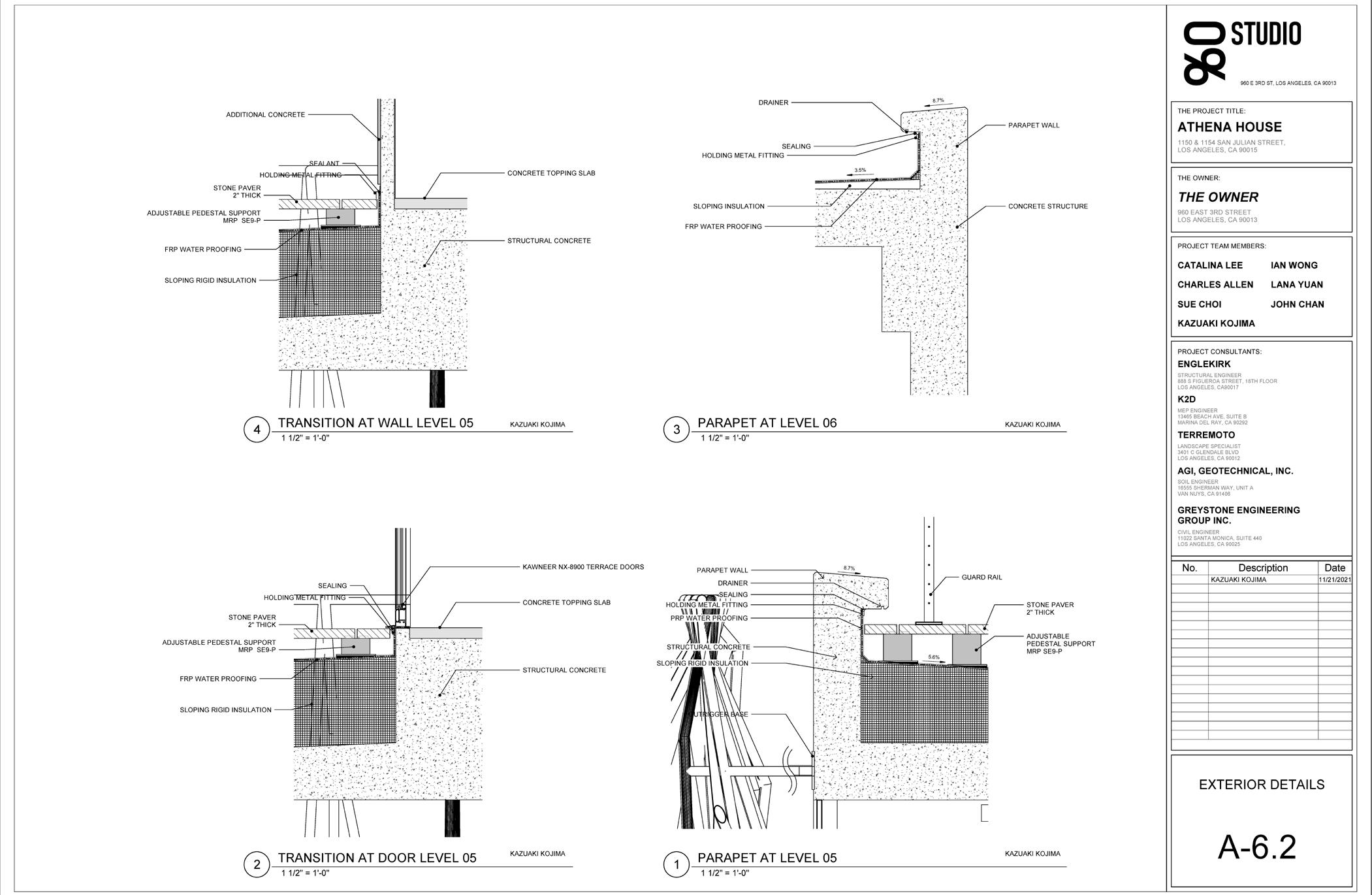
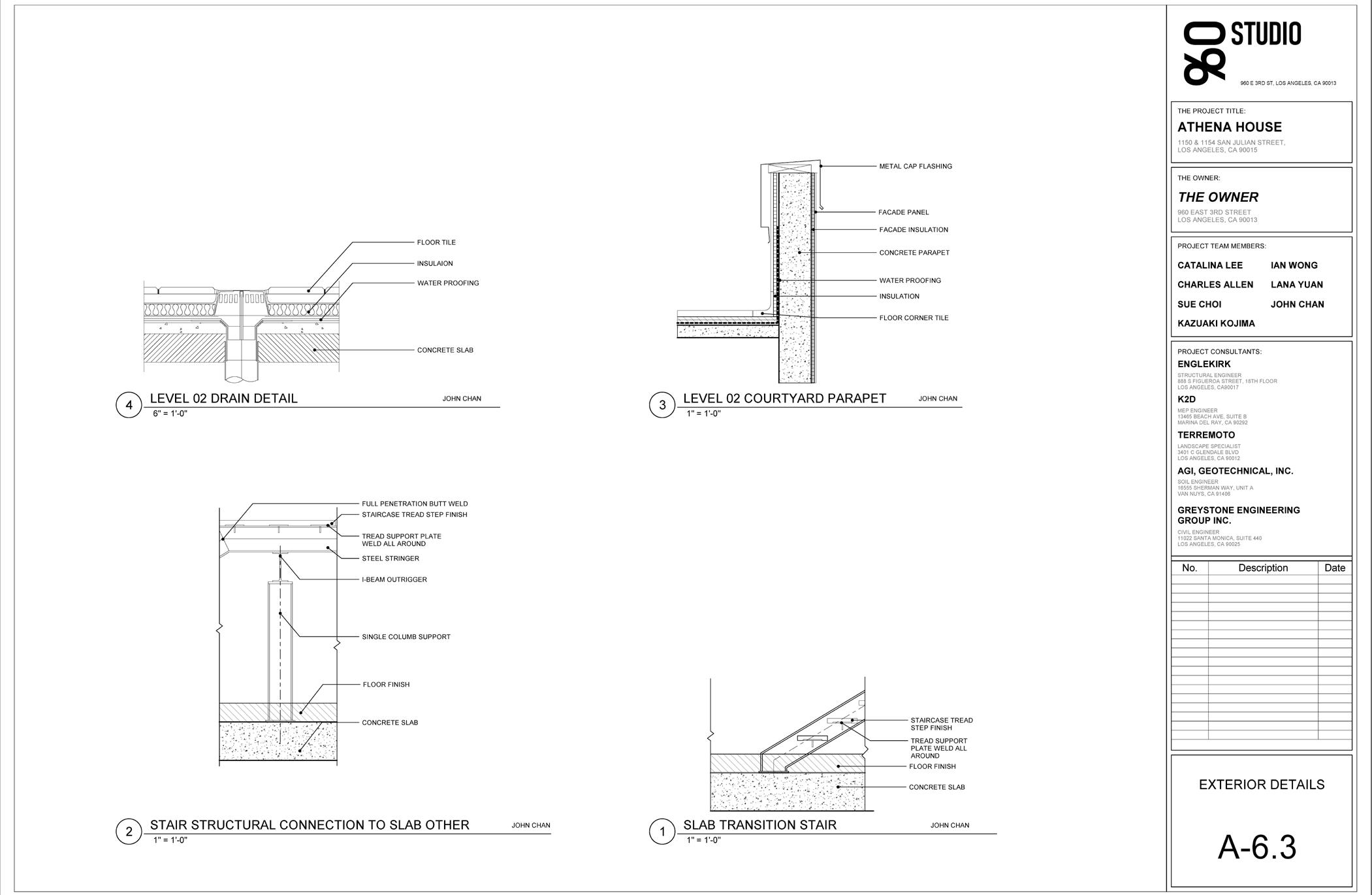
PORTFOLIO FALL 2022 198 Fall 2021 AS3140: Advanced Project Delivery
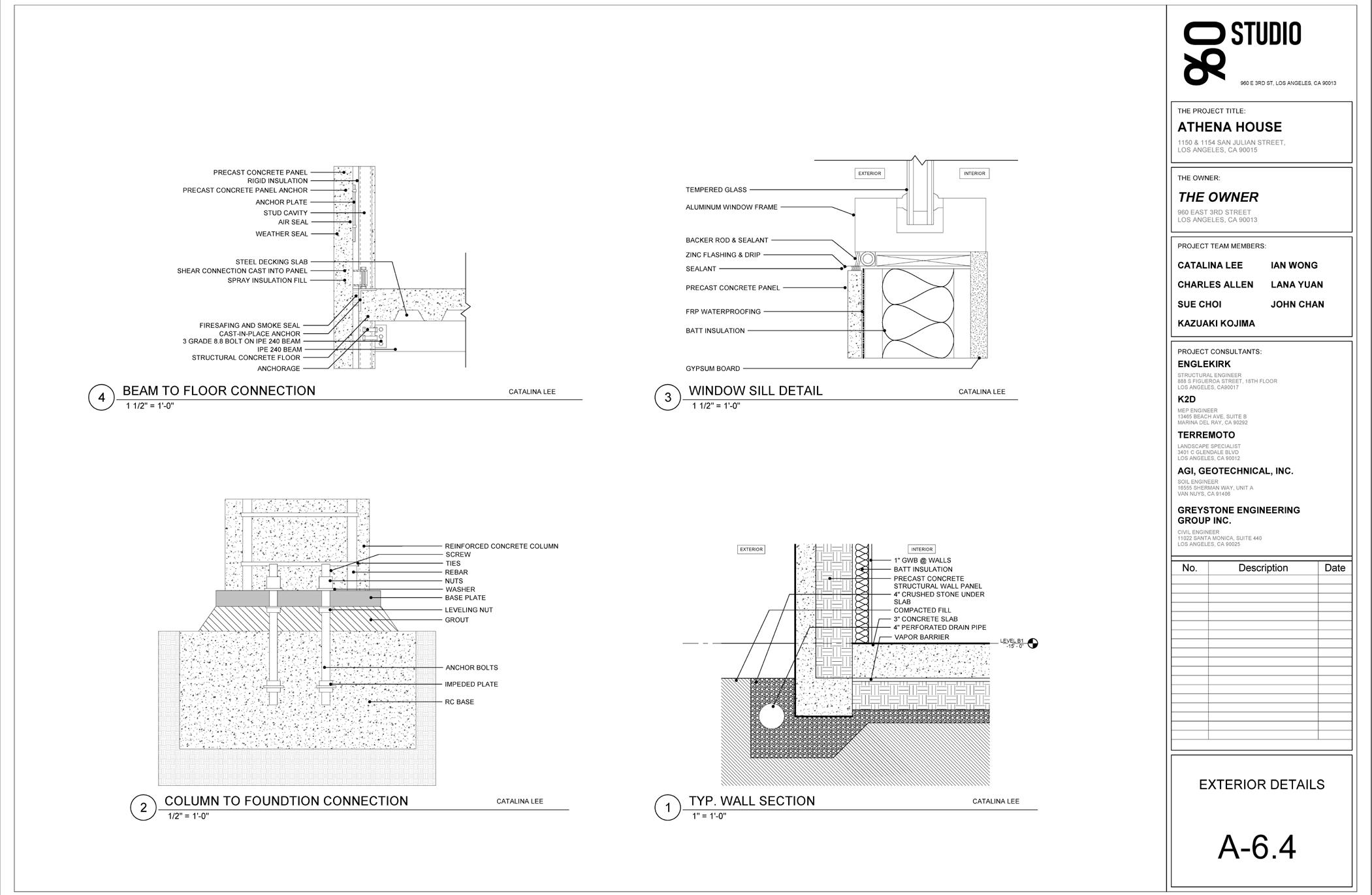

FALL 2022 Kazuaki Kojima Athena House 199
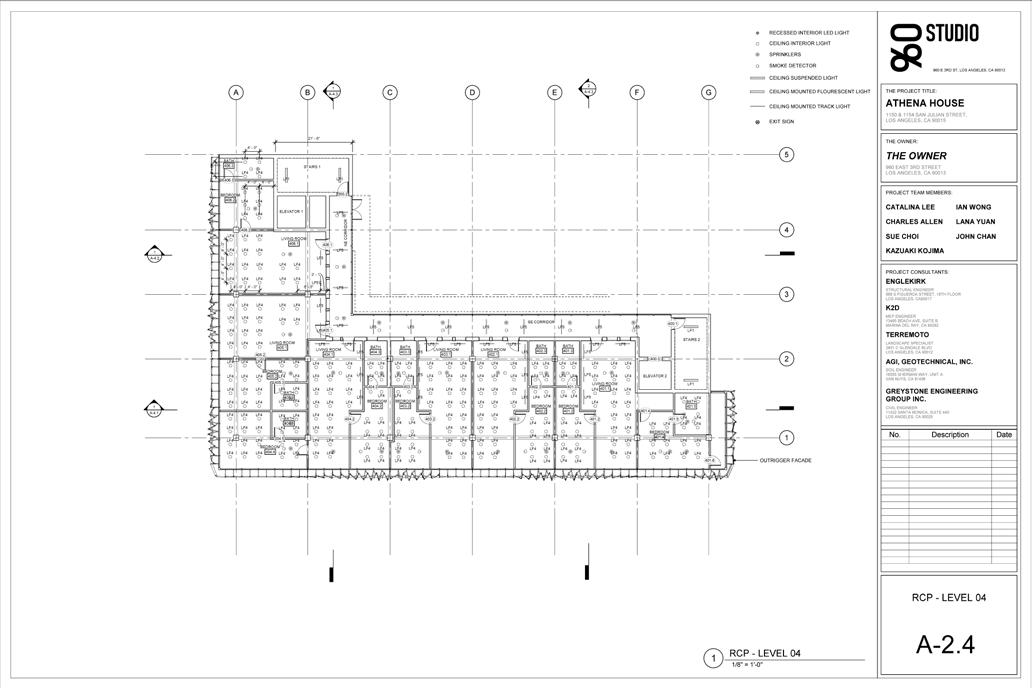
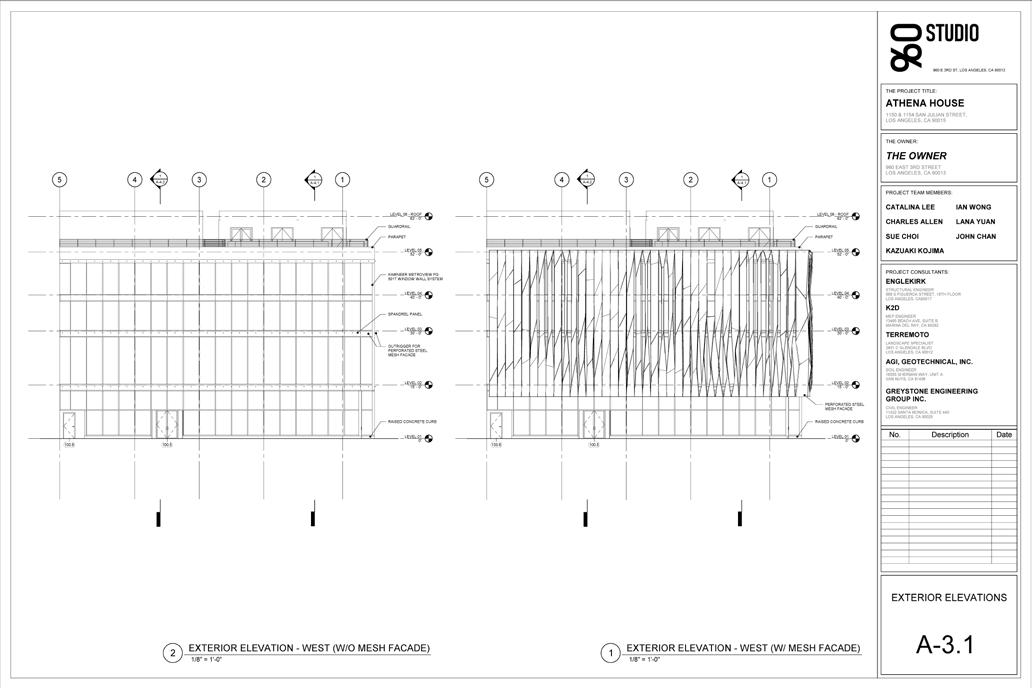
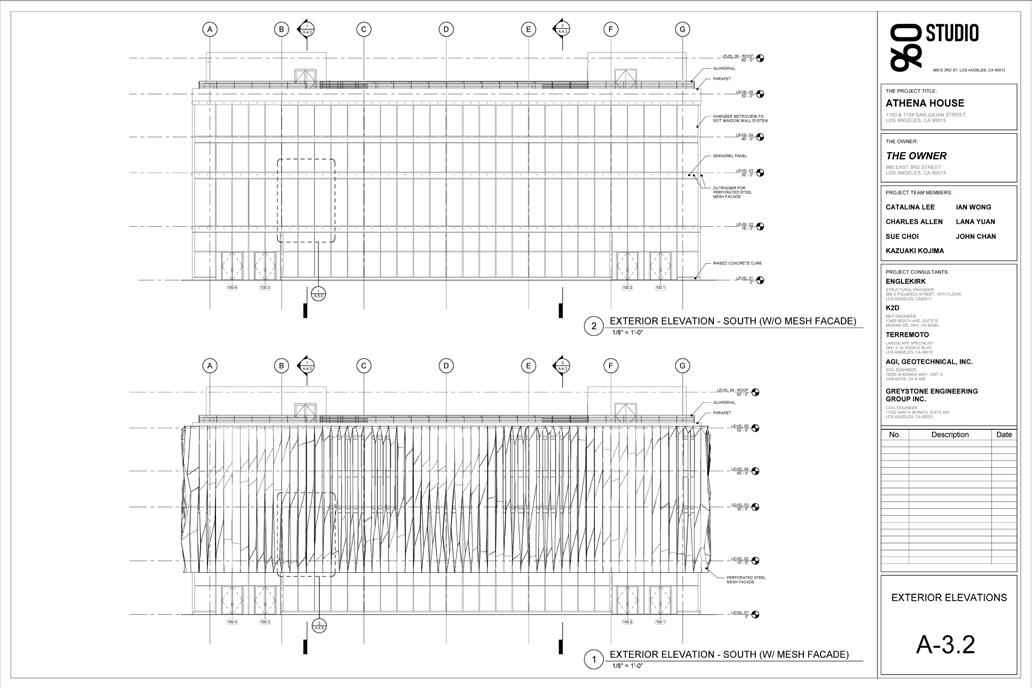
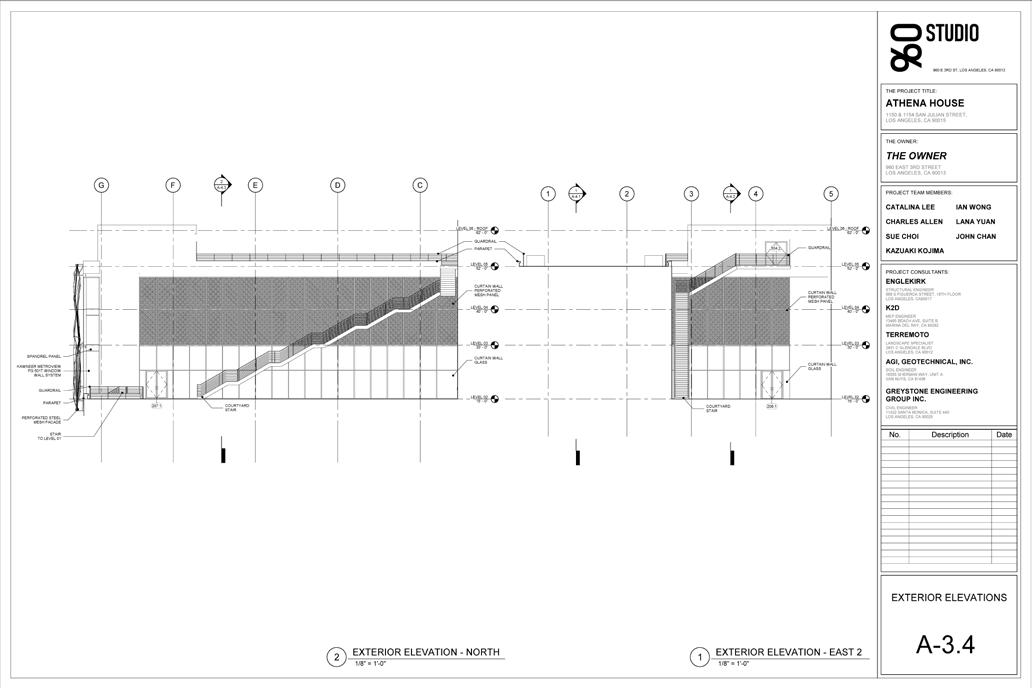
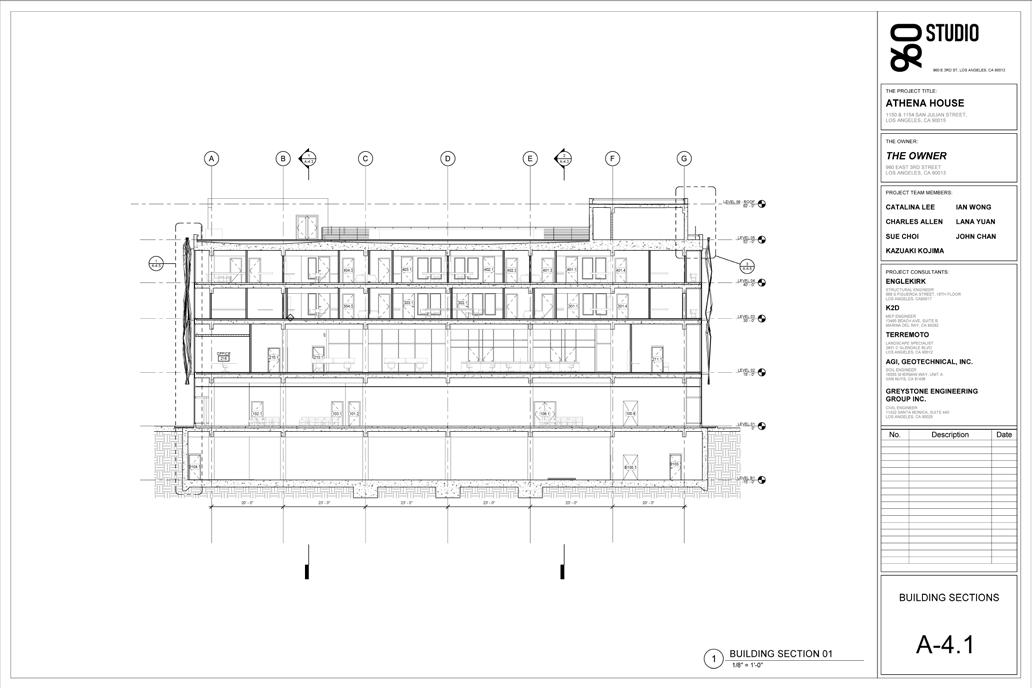
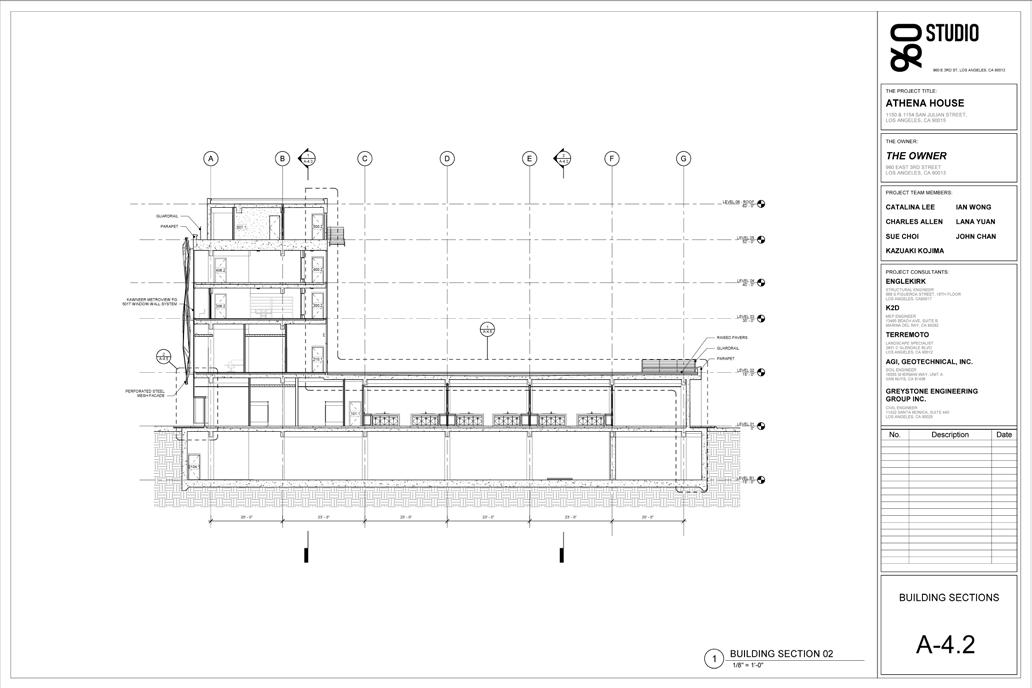
PORTFOLIO FALL 2022 200 Fall 2021 AS3140: Advanced Project Delivery
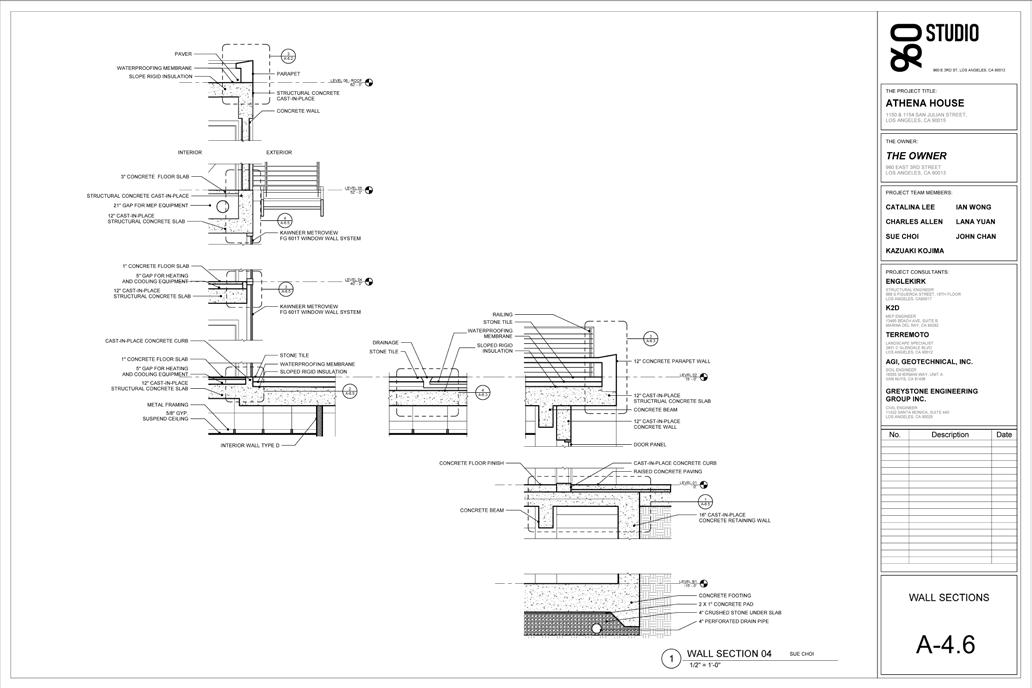
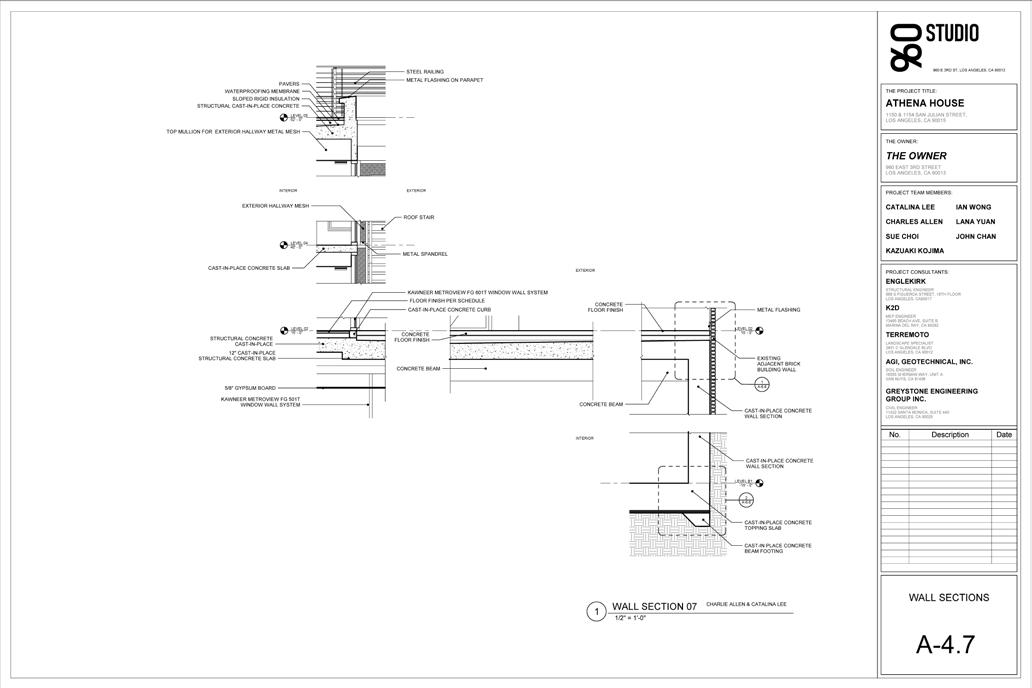
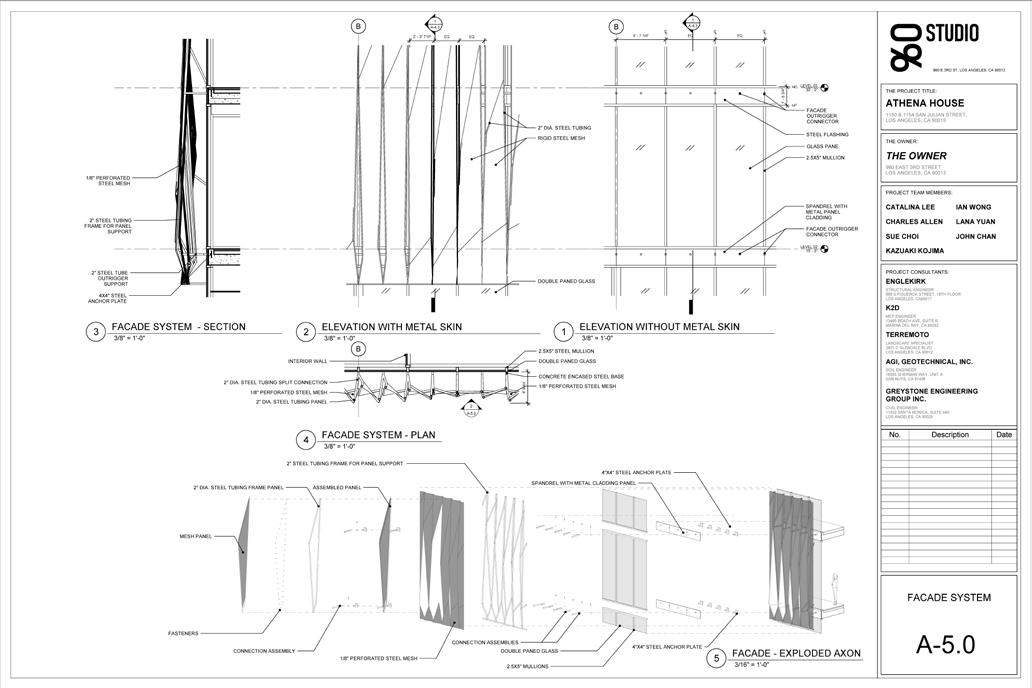

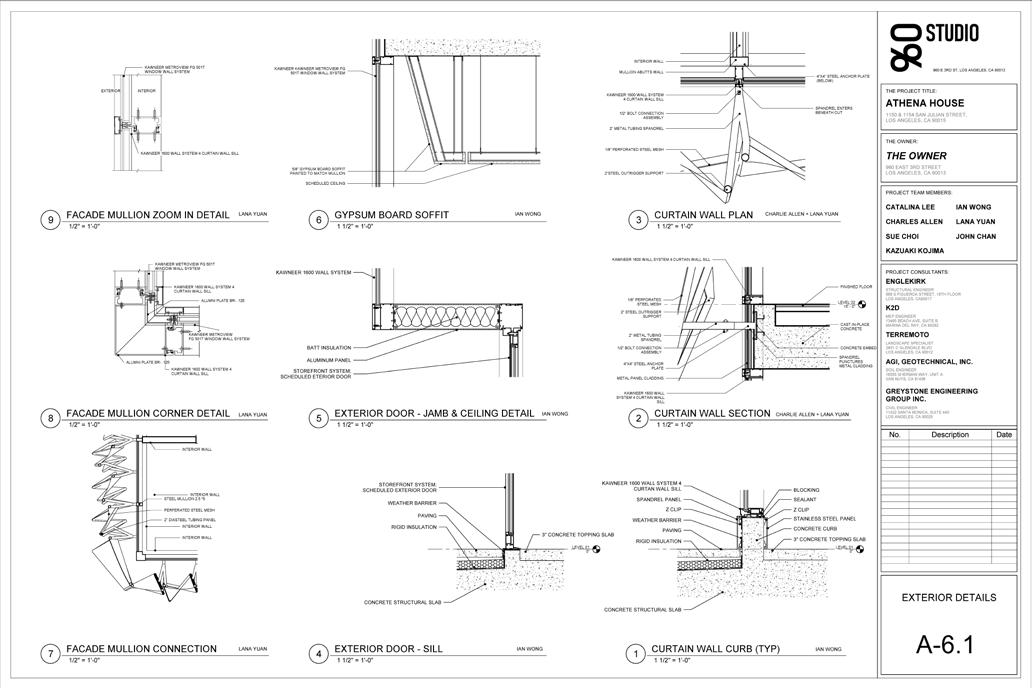
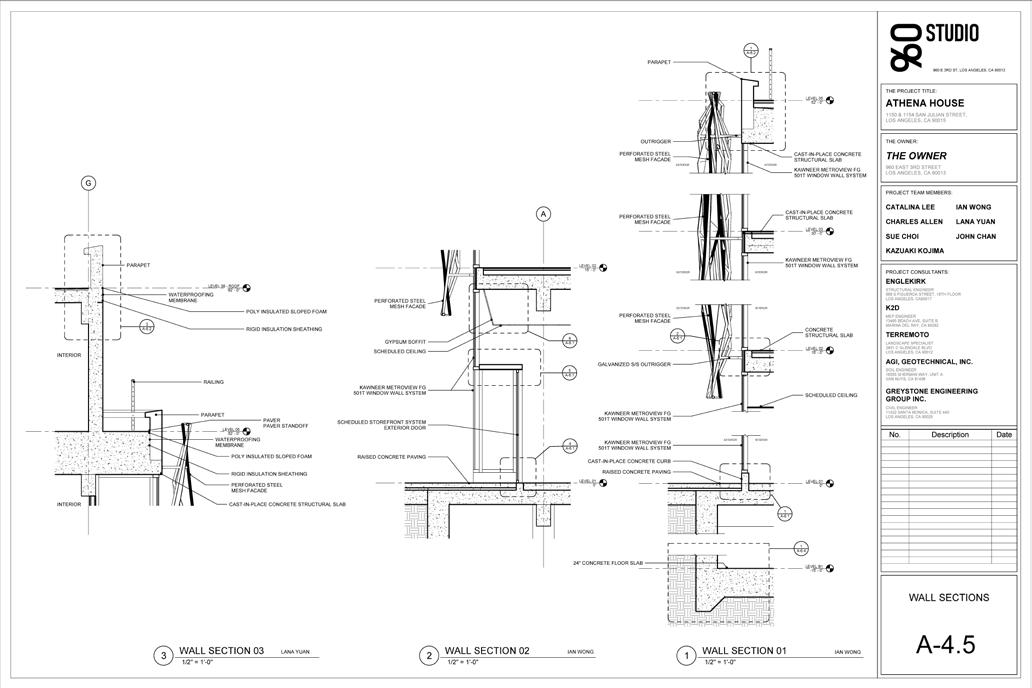
FALL 2022 Kazuaki Kojima Athena House 201
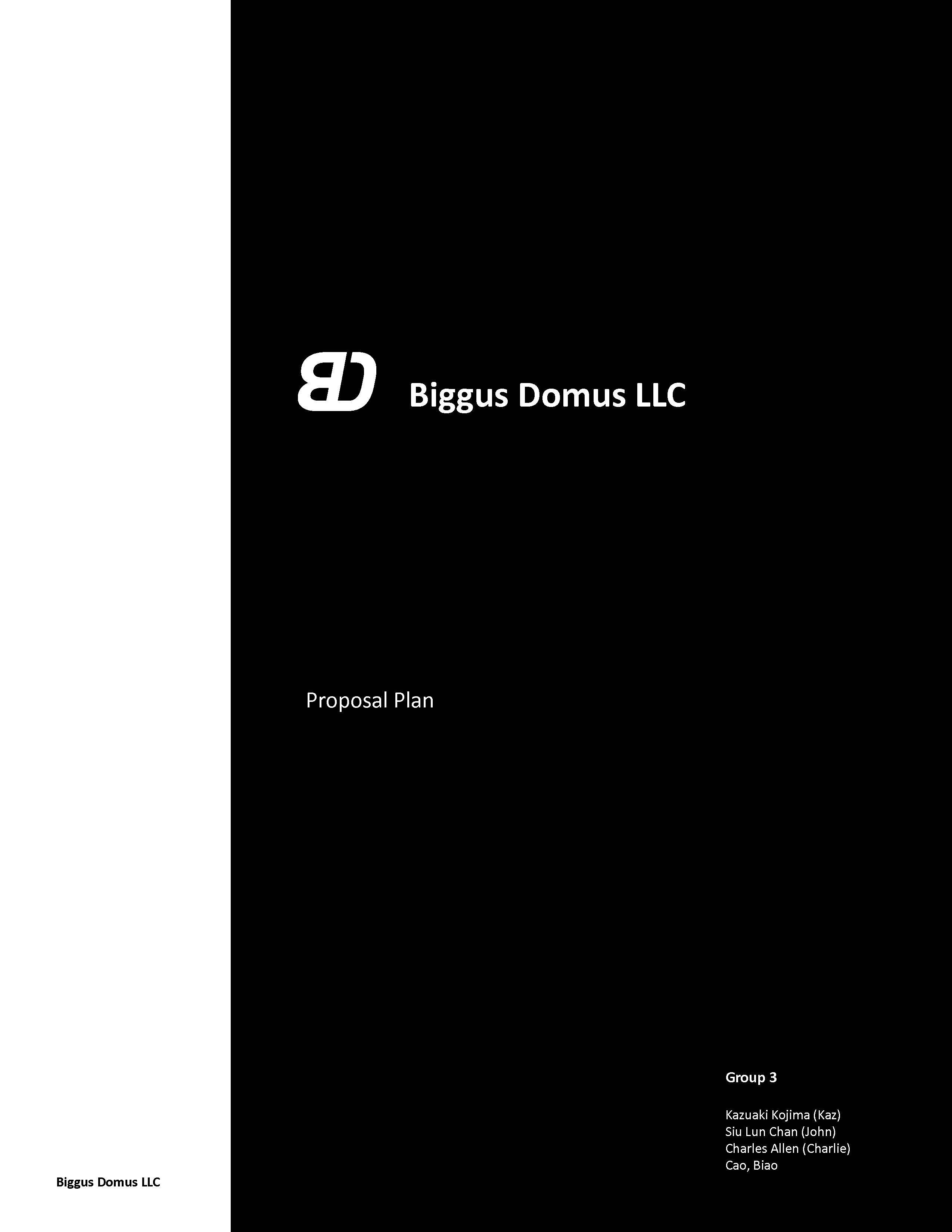

202 Fall 2021 AS3130: Practice Environments
Contacts, Liabilities, and Business Models
AS3130: Practice Environments Fall Course2021 Description
Architecture is a comprehensive field of practice existing within dynamic, social, organizational, economic, professional and cognitive contexts. The course aims to equip the student with the knowledge, skill and judgment needed to fit an architect for his/her professional duties, and to understand how an office organization and a design project are managed for this
Thispurpose.course
focuses on the organizational and managerial issues to carry an architectural design from concept to implementation. It explores principles and con cepts essential to managing projects applied to a variety of design and project delivery cases. Each class contains a case study that describes the real experience of practicing architects and project teams. Cases focus on specialized practice, the role of the architect in new forms of project delivery, resolving design conflicts between the community, project team and the client, collaboration; making contractors per form, working in another country, and the use of new technology in design and management.
from the course syllabus fall 2021
Collaboration with Siu Lun Chan, Charles Allen, and Cao Biao
FALL 2022 Kazuaki Kojima Contracts, Liabilities, and Business Models 203

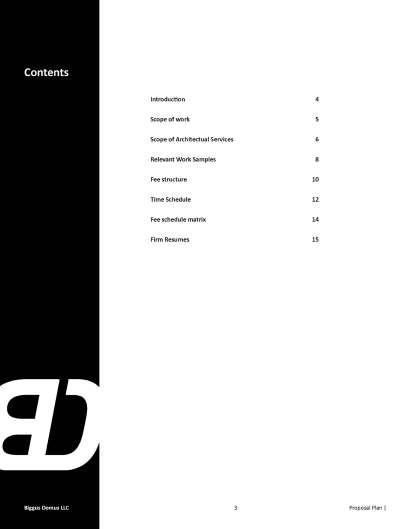
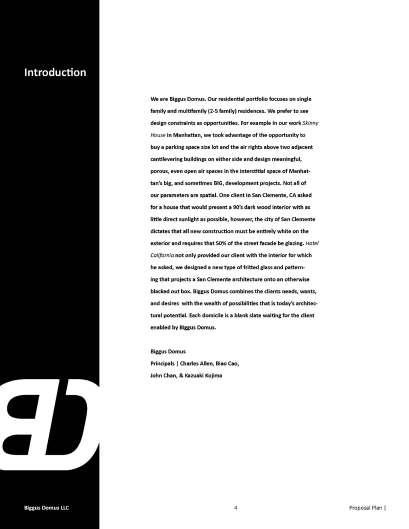
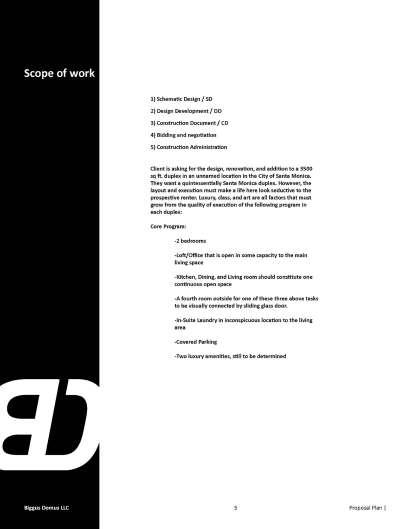
PORTFOLIO FALL 2022 204 Fall 2021 AS3130: Practice Environments
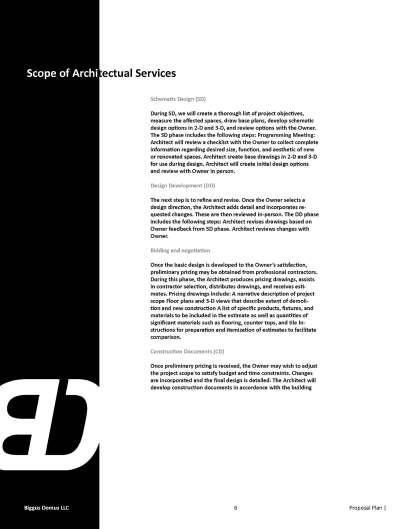
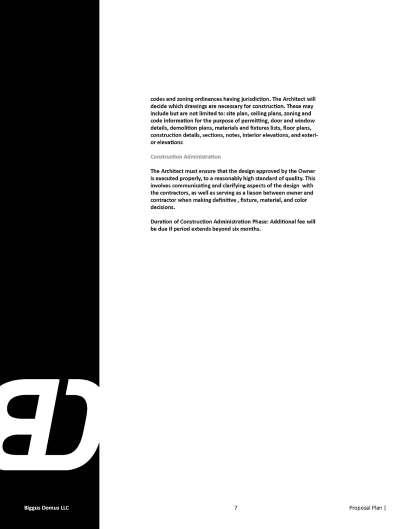
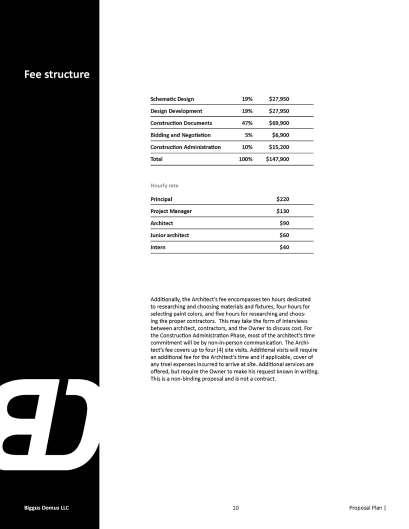
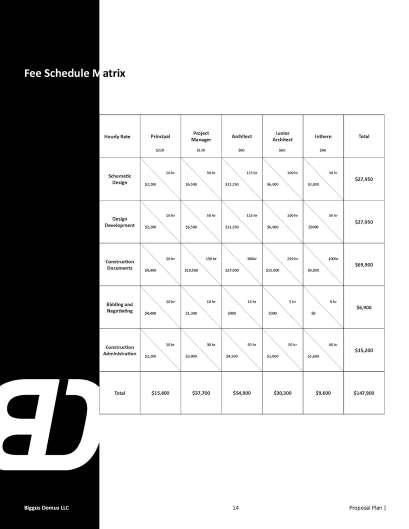
FALL 2022 Kazuaki Kojima Contracts, Liabilities, and Business Models 205

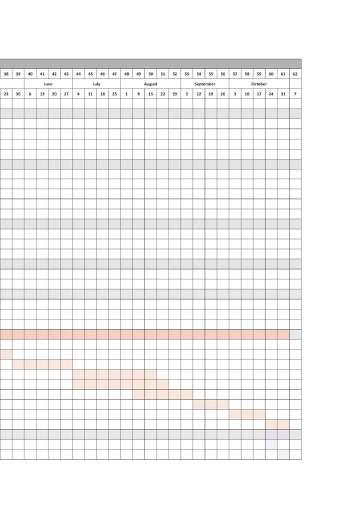


PORTFOLIO FALL 2022 206 Fall 2021 AS3130: Practice Environments
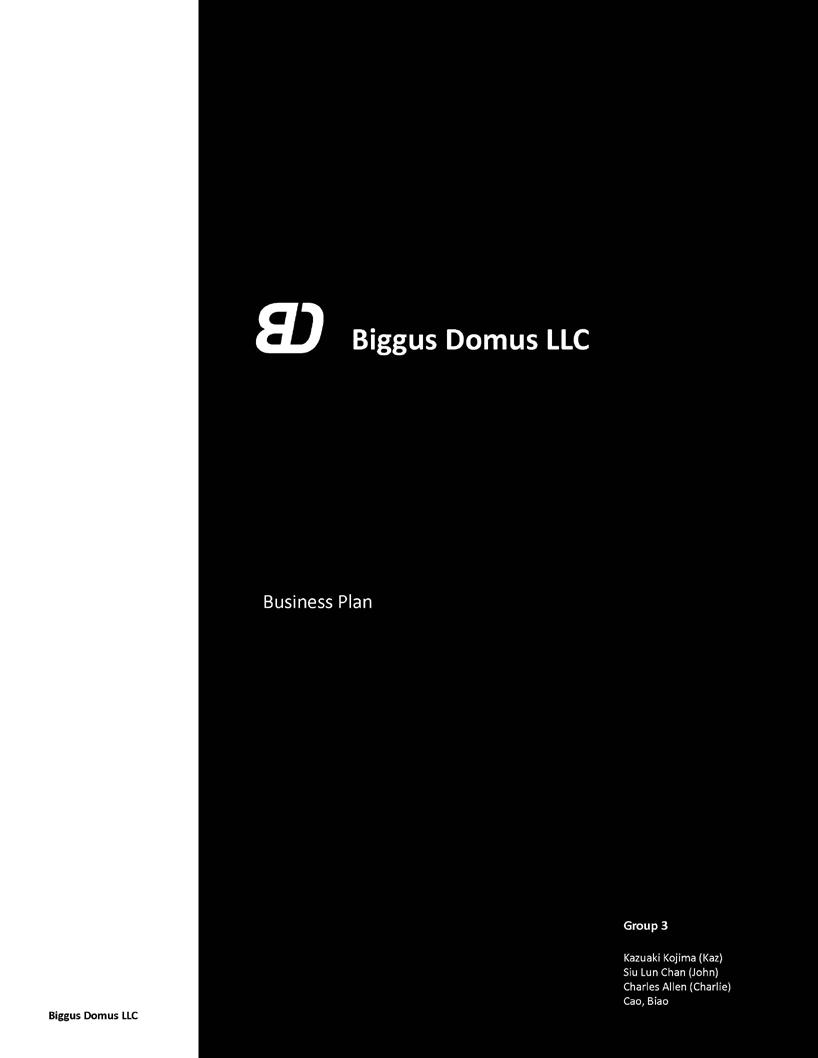
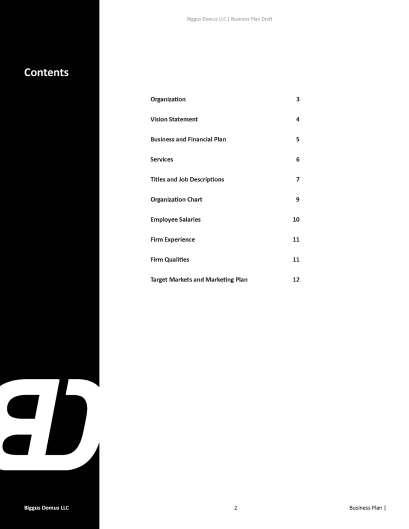

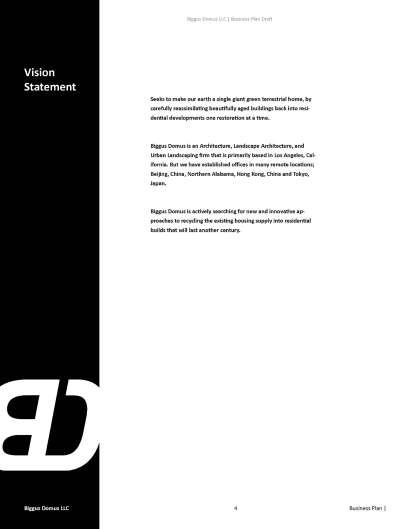
FALL 2022 Kazuaki Kojima Contracts, Liabilities, and Business Models 207
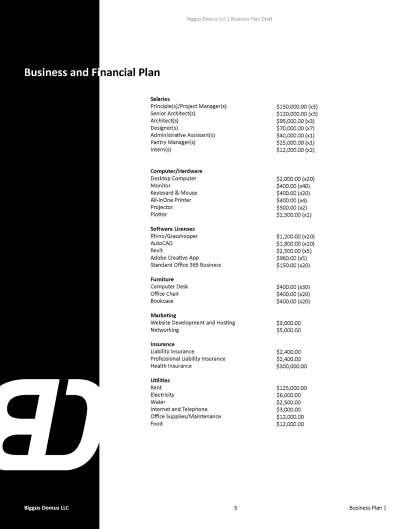

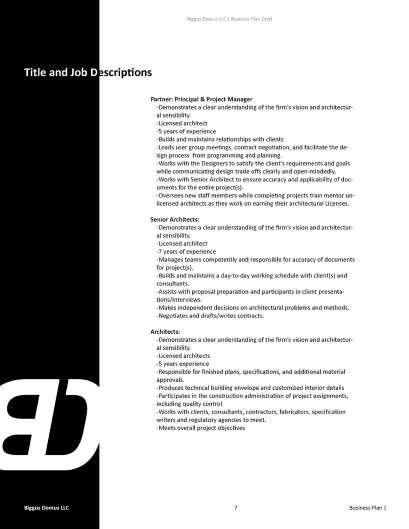
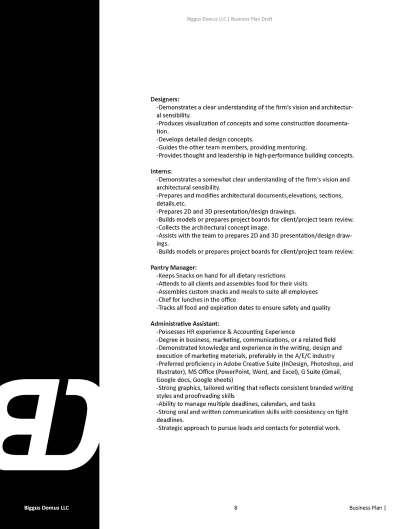
PORTFOLIO FALL 2022 208 Fall 2021 AS3130: Practice Environments
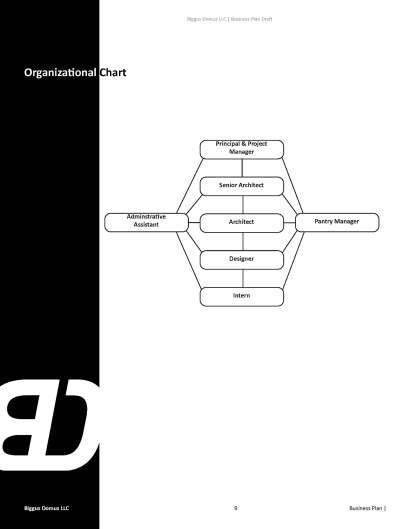
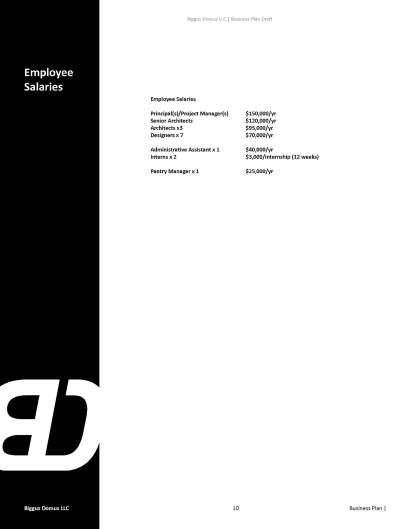
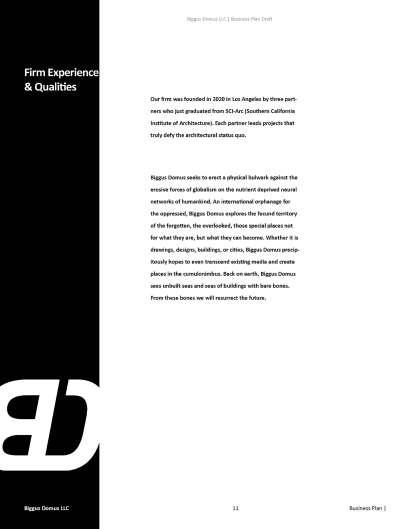
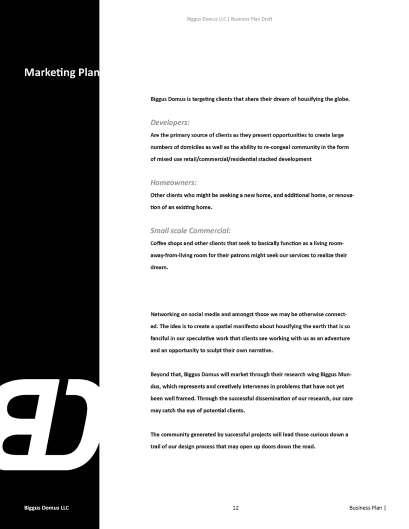
FALL 2022 Kazuaki Kojima Contracts, Liabilities, and Business Models 209
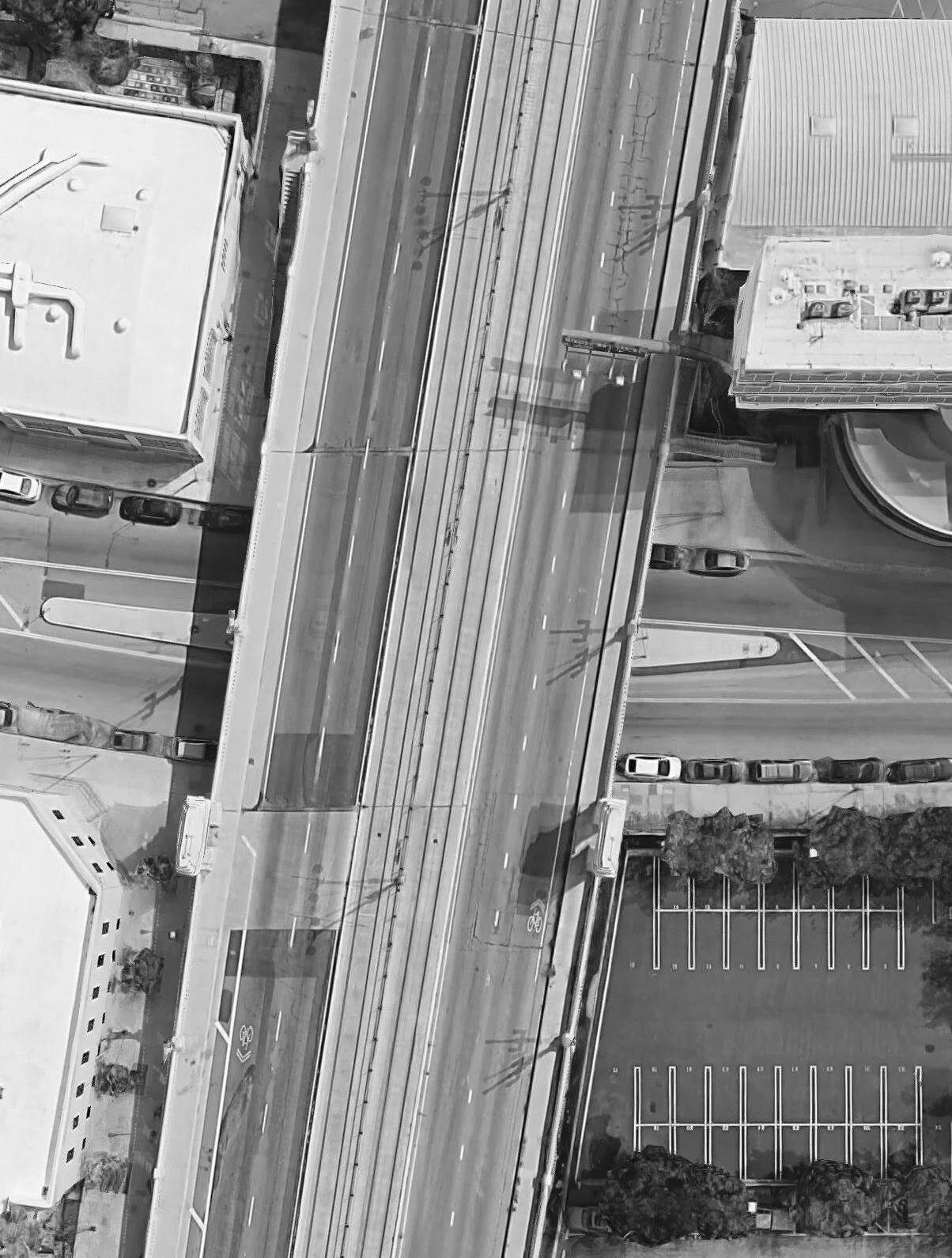
PORTFOLIO FALL 2022 210 Spring 2021 AS3124: Environmental Systems
HotAS3124:stuffEnvironmental Systems Fall Course2020 Description
Every year is now the hottest year on record. Our cities trap heat and exacerbate harsh conditions for occupancy. Ram pant development encroaching into impossible ecosystems turn to firestorms and then wash away. Coastal cities face near ruin. Our global political system sits idle, frozen in paralysis and focused on maintaining wealth in the hands of the privileged. Architecture can play a significant role in shaping humanity’s response to the needs of sustainability, climate change, and resilience. The performance of architec ture—how it modulates energy and resource consumption and production, creates comfortable and productive spaces for people, and actively responds to dynamic environmental conditions—is increasingly its primary role in our cities, often at the expense of aesthetic and cultural criteria. But architecture can no longer strike a merely neutral balance in the environmental and physiological experience of the city, it must now actively and productively engage our stressed natural systems. The course will begin with an exploration of the constraints of climate, basic physics, and how the human body responds to climate, as well as the conceptual models that govern air, light, and sound in the built envi ronment. We will particularly consider the way comfort has been defined in the context of systemic racism in Western societies and then exported as a global “standard.” Students will engage in a comprehensive analysis of site opportuni ties and constraints, including urban context and develop mental patterning, historic fabric, soil, topography, ecology, and building orientation, underpinned with a comprehensive understanding of climate and weather. Each successive lecture will then build on these constraints to study how ar chitecture has developed in response, with lectures devoted to site design and analysis in terms of the impact of various geographic regions.
from the course syllabus fall 2020
Collaboration with Christopher Pennino and Ji Cao
FALL 2022 Kazuaki Kojima Hot stuff 211
Urban Intervention
The project site is located at the Santa Fe and East 1st street, Downtown, Los Angeles. The site as it stands is dirty, cold, uninviting and lacks many modern amenities that would even make it useable as a rest stop as it is under the bridge. However, this space still has the potential to contribute to the local community and neighboring environment by conceiving architectural intervention, especially focused on environmental factors. The site serves as both shelter from environmental/physical threats and a gateway of travel from the arts district to other parts of Los Angeles. Our design target is to Uses the area under the bridge both as a shelter for unhouse population and a way of travel. Thus Air Quality
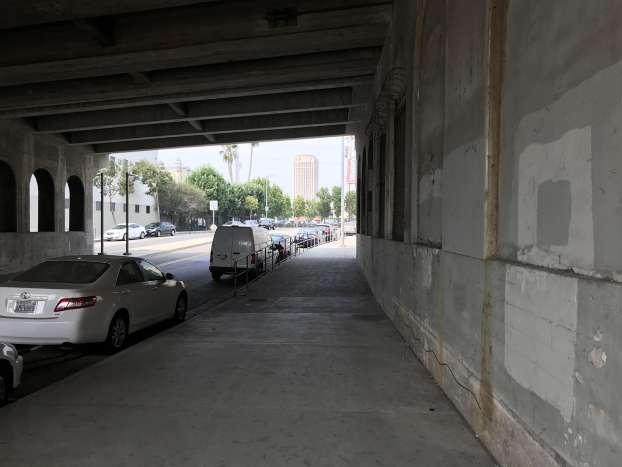
/ Noise / Security / Vegetation /Sanitary Conditions / Lighting are the factors which we should concern about.
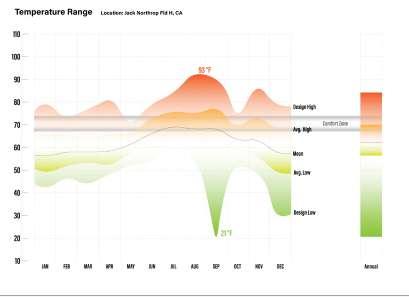
Design Concept
- The partation prevent exhasut gas flow in to the pedestrian space and help to improve air quality.
- The partation structure also reduce the noise of car and echo.
- Creating space where people can spend time and socialize.
- Vegetation can be installed between loubers or partation.
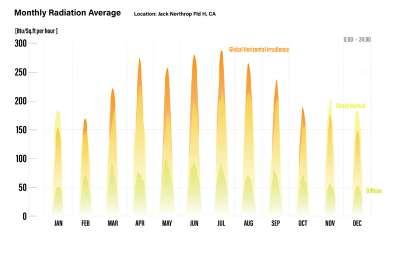
- Laundry machines and power stations are availabe for homeless population.
- Lighting will be installed at the top of the structure.
Site location
PORTFOLIO FALL 2022 212 Spring 2021 AS3124: Environmental Systems

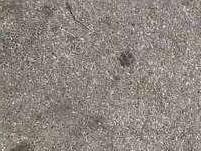
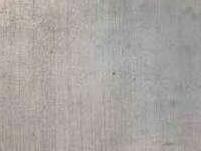
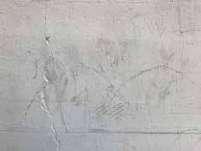
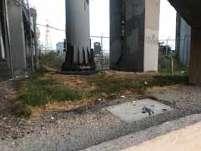

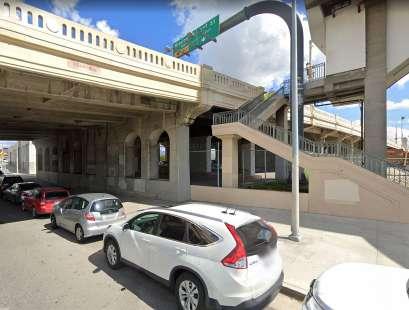

FALL 2022 Kazuaki Kojima Hot stuff 213
This proposal seeks to alleviate the burdens of the local homeless population and serve as a spot where the community and city can provide direct aid to those in need. The site is reworked with a system of louvres to dampen wind in the tunnel and provide greater sonic comfort to the intended users. Additionally it allows us to recess lighting systems within and make sure that the site is properly lit at all times.
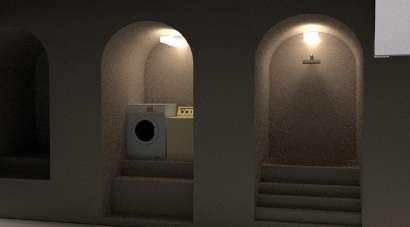

The site is made up of 9 individual pods that each contain a place to wash, charge devices and/or access city resources and get information regarding active city initiatives.
This proposal works a set of solar panels that jut out from the bridge and out above street level.
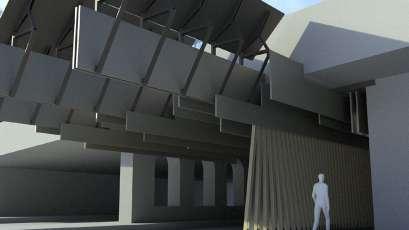
We intend that any proposal would additionally incorporate a heavy amount of greenscaping to reduce the urban heat effect and provide cleaner air
PV caliculation - Monocrystalline 330W Solar Panel * 10 = 3.3kW (DC System Size)
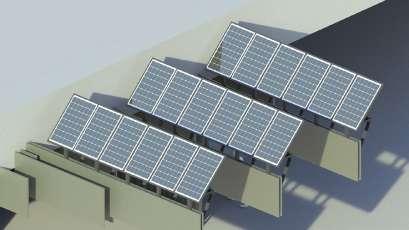
- Standard / Fixed Roof mount / 14% system losses / 20 tilt / 180 azimuth
-Load5,361kWh/YearLaundrymachine2.5kWh(onetime)
* 5 * 6 * 365 = 27,375kWh/Year
- LED 1340kWh/light Year
- Phone 0.015kWh(onecharger time) * 30 * 365 = 164.25kWh / Year
Total 28780kWh / Year > 5361kWh / Year
PORTFOLIO FALL 2022 214 Spring 2021 AS3124: Environmental Systems
Top : Sanitary station in niche Middle : PV panels bottom : Entrance view

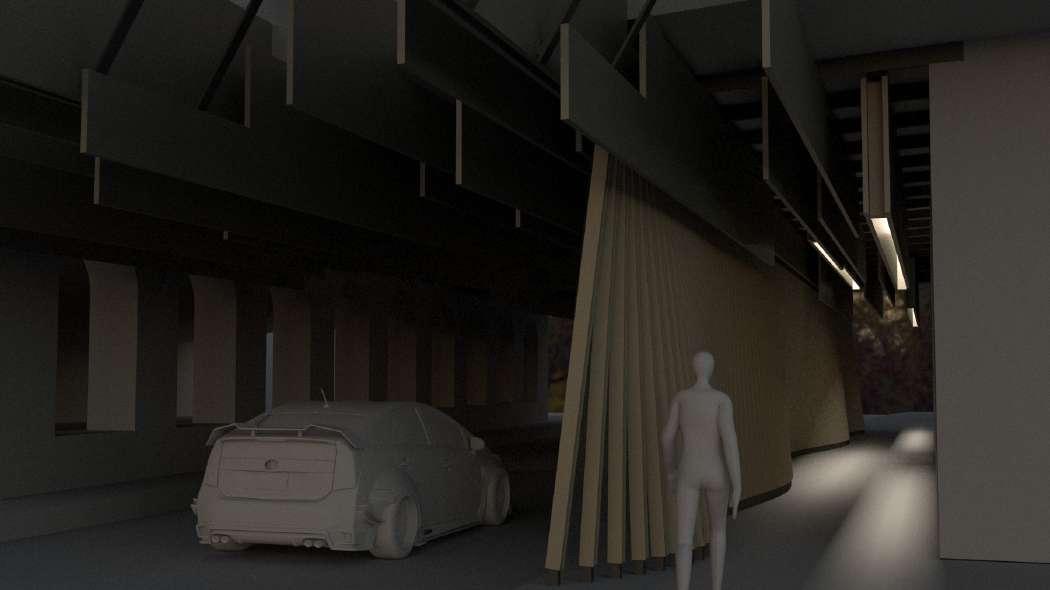 Top
Top
FALL 2022 Kazuaki Kojima Hot stuff 215
: Day time bottom : Night time
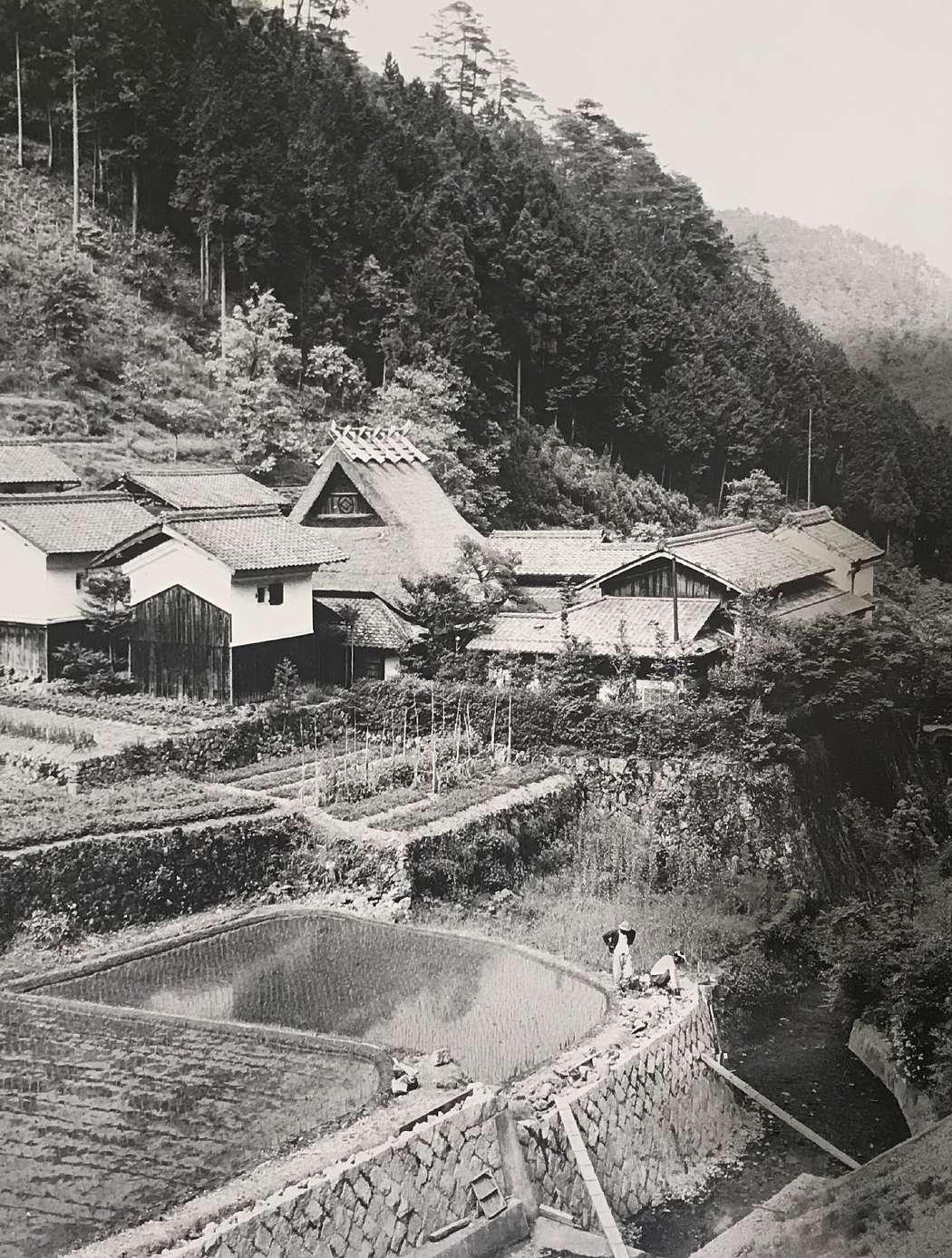
PORTFOLIO FALL 2022 216 Fall 2019 AS3100: Materials and Tectonics
Various Systems
AS3100: Materials and Tectonics Fall Course2019 Description
Imaging a line asks students to consider the artifacts and affects that accompany a line when it is no longer a product of geometry (a connecting vector between two points), but is instead, absorbed into other formats. Students will work through scripting, texture mapping, photography, and ren dering to produce a set of rendered composites.
Imaging the line will consider the conditions of background, color, pattern, simulated lighting and material, raster data and anti-aliasing in considering the status of the line as other than the notated connection between two points. These ele ments at once collapse the hard distinction between the line and its ground while also multiplying the layers of informa tion described by it. This exercise will start from the point where exercise 01 left off, the photograph of the physical line model. We will work backwards to pull the discoveries in the physical model back into digital space including but not limited to material choice, 3d printed contours, lighting, background, and other elements in the scene. Once import ed, these elements can be adjusted, manipulated, separated, and exaggerated to produce a series of images. Along with the model and material, other artifacts from the photo setup will be modeled to produce the entire scene and consider what it means to construct an image.
from the course syllabus fall 2019
FALL 2022 Kazuaki Kojima Various Systems 217
Minka is a Japanese word suggests numerous types of traditional farmhouses or folk house that build in all over Japan. Since the Japanese mainland is stretching from north to south widely, various types of Minka have been evolved to fit and adapt to the local climate, industry, social relationship, and so on. Minka is also recognized as a sophisticated integration of material and form.
Minka is constructed by local carpenters called daiku who play roles as not merely builders but also plan designers, construction operators, and craftsmen. They work in a hierarchical group and every decision they make regarding architectural design is comprehensively considered from many points of view such as construction efficiency, functional requirement, and cost.
ndividually, Minka is a house of the family that owns it, at the same time a psychological symbol of the family for the people grow up and spend much time there. Aesthetical characteristics usually appear in detail such as roof edge ornaments. Collectively, they express harmonious and beautiful landscape because they were built with basically the same local material but each house have subtle differences in their form and distribution.
The very first type of Minka was born in Japan’s prehistoric past. The foundation of this architectural style has emerged as a shrine architecture called Ise style. This was the combination of Shinto(Japanese vernacular religion) and simple Japanese preference. Since that time, rice production is always in the center of there village life. Most people work for a few landowners. To maximize the rice productivity of the region, Priority has put upon the paddy field and houses were built in a leftover area with limited materials. Almost all house in the village was poor and their life was hard excerpt ruling class.
Minka is strongly connected to the social system. For example, members of the community of the village sometimes help each other to construct thatch roof or bark roof and maintain the exterior. Thus, without supportive community members, none of them is existing.
As the building materials, earth, wood, and stone come from the same mountain and forest surrounding the village are mainly used. People were collectively taking care of trees which will be structural materials, and normally they do not bring materials from anywhere else. From the aspect of energy efficiency, Minka shows great performance in both the construction period and normal times. For example, the deep eaves let the sunlight come in the interior space in winter, in contrast to shutting it out in the summertime. The walls molded by earth and stones from the surrounding area have the humidity control ability by taking in moisture inside of the walls when it is humid, and vice versa.
What makes minka great is the way that integrating human life and architecture into humble, functional, and beautiful form. Every functional space arranged carefully and simple but beautiful details evolved through a long period and descended knowledge over the generations. There is nothing to compare with this attitude which is living with nature and thinking architecture as part of their life in the world.
Construction materials are all native material such as earth, wood, straw, reed, and stone. For the foundation, the columns and posts supporting the above structure resting on the large flat stone. The whole structure system is wood construction and some small wooden columns and beams are connected by a thick string. For exterior walls, thick wood planks or layers of clay applied. For interior walls, thin wood bars and layered paper were used.
The form of Minka is designed merely based on the functional reason, for example, the number of snowfalls, or the number of people lives. The builder didn’t care about architectural proportion but they are working on the unique measurement scale which based on the dimension of the Japanese flooring unit, tatami. Because of this, the beautiful rhythm of the materials and spans in both plan and elevation view.
Craftsmanship is found everywhere at Minka, the wood frame joint looks simple but it is really hard to cut and rut the wood to connect the structural columns and beams.
“Minka“, Japanese traditional folkhouse
PORTFOLIO FALL 2022 218 Fall 2019 AS3100: Materials and Tectonics
Minka has no decorative details because people have enough time and money to enjoy flashy ornament, but some parts of the building such as roof ridge ornament, detail of interior fittings and furniture are decorated with an intricate unique geometric pattern which is done by anonymous craftsmen.
Minka is mainly assembled by hand. Although construction methods may vary, basically the foundation is made of stones and clay. Columns supporting the primary structural frame are resting on that foundation. These are some variation of a complex network of beams which is overlaid by finishing material afterward. Then, Walls will be constructed and other details and interior finish will follow.
The construction cost of Minka is considered extremely low. In contrast to contemporary architectural production is described as scrap and build, the people were living in the Minka repairing and updating the building partially and gradually. Using natural local material can reduce the transportation cost and environmental burden. Also, they know the strength of each material, so they made the core structural part super rigid for example with hardwood, made an exterior wall of roofing which requires frequent maintenance and likely damaged with soft, vulnerable and cheap. This is a clever strategy that when the building experiences natural disasters, the weak parts easily break and secure the strong structural frame. This also contributes to the low life cycle cost in the long run.
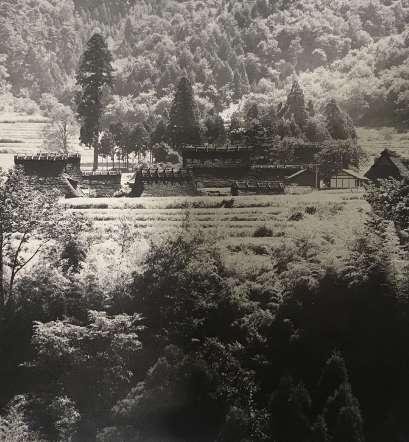
FALL 2022 Kazuaki Kojima Various Systems 219
My proposal is introducing removable wall partitions that are made of wood from the local forest into contemporary architectural space. This allows people to appreciate the surrounding environment and feel it closer because furniture is an architectural element that is the closest to humans. The detail, pattern, texture, and materials may have many variations that depend on its location, culture, and preference, just like each of Minka has slightly different details from others.
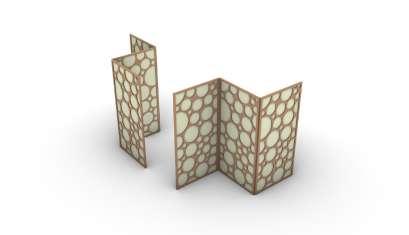

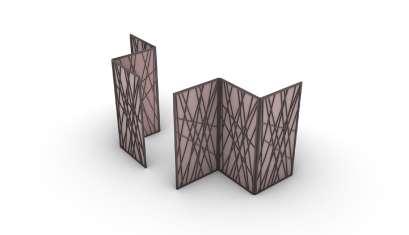



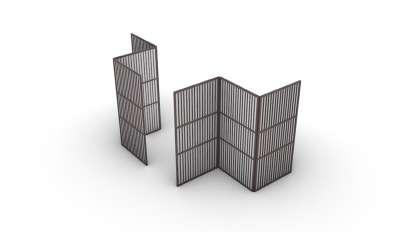

“Shikiri“ partation - contemporary application
PORTFOLIO FALL 2022 220 Fall 2019 AS3100: Materials and Tectonics
Additional Facade, Another Layer
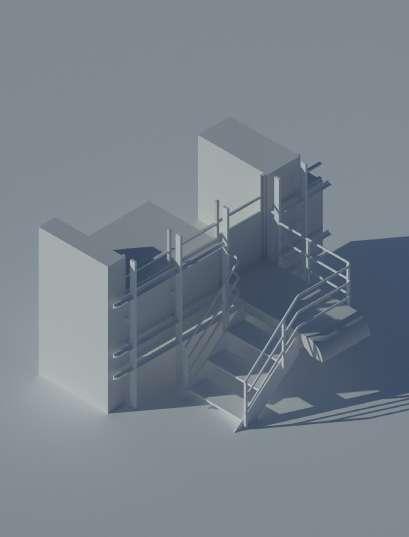

No matter how Minka is a beautiful and sophisticated architectural type, the numbers of Minka have been decreasing due to the change of the social system and the loss of technicians and the natural environment. However, Japanese vernacular architecture should serve not as a source of characteristic details, forms to be reproduced and simply duplicated, but as a guideline to understand the reconnecting of the essential elements of the architecture and surrounding itsenvironment.location,culture, and preference just like each of Minka has slightly different details from others. This project may be the very first step toward reconnecting architecture and local authenticity which contemporary architecture lost and forget in the stram of rapidly evolved building technology and digital media.
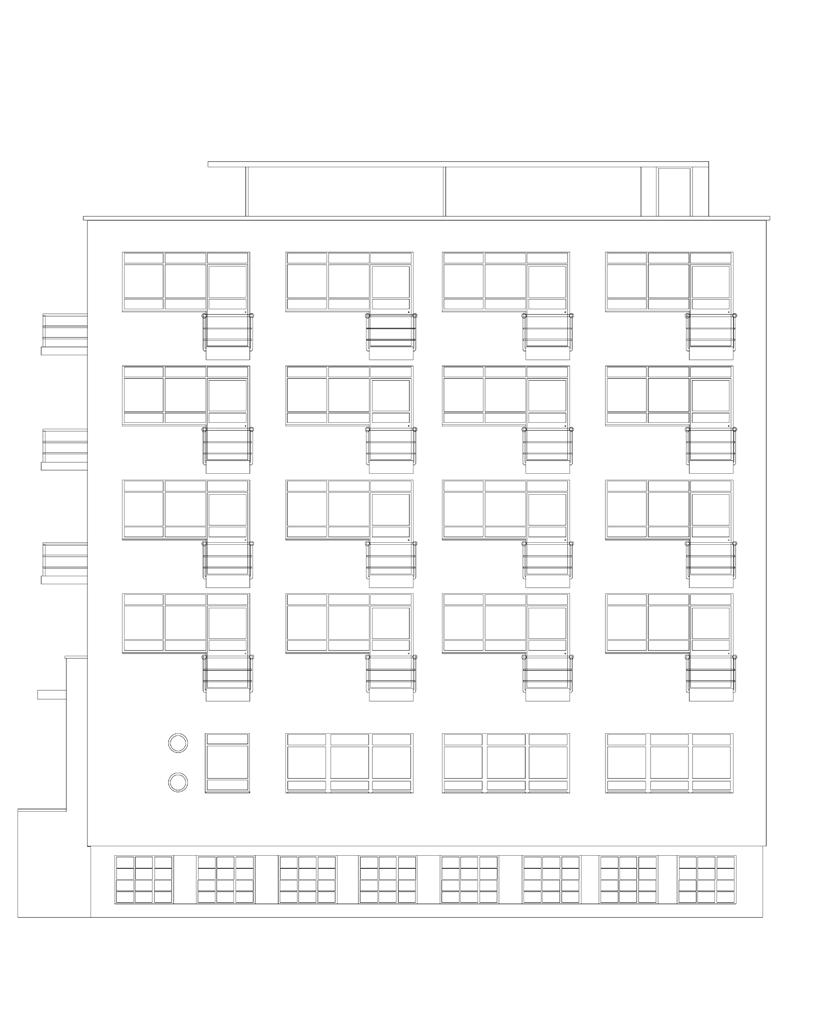
original elevation
Top
FALL 2022 Kazuaki Kojima Various Systems 221
drawing
: chunk render bottom : facade render
Decentralized 3.0 - Digital Humanism
HT2729: Other Futures Course2021
Description
Other Futures looks backwards in order to look forwards. We will take up certain central questions: How do our visions for the future reflect critical values of the present? Whose voices are represented in designed worlds? What is the use value and importance of speculation in architecture, as well as art and literature? Can we use the very design tools of neoliberal and techno-utopian dreaming as an appa ratus of resistance?
The class begins retrospectively with discussions about avant-guardist futures from Constant, Archigram, and Superstudio, among others, before launching into territories less explored by the discipline: Afrofuturism, Gulf Futurism, and Latinx and Sino futurisms. We will also explore ecolog ical, feminist, and queer perspectives in our search for uto pian counter-narratives and latent architectures. This course is structured around three curatorial workshops, in which students develop the skills to draw aesthetic and temporal relationships between thematic areas and individual works, articulate a critical position through reading, writing, and the development of an exhibition proposal. Course readings include architecture/art criticism and history, as well as science fiction.
from the course syllabus fall 2021
Exhibition curatorial workshop
This exhibition explores the changes that techism can bring about people in the generation of web 3.0. Artists and archi tects respond to the immediate future shying away from blurringmega-corporations,thelinebetween human and machine.
Are you still buying from Amazon?
Checking out Dezeen?
How about Archdaily?
Drawing with your hands? Disgruntled generations are seeking freedom through a new, analogue predicament.
Techism is a movement that reconciles technological inno vation with the power of creation. Here art and technology produce work that informs and involving a digital form. This technology of virtual creation through physical bodily motions is what we can digital humanism.
Although we are not yet wearing synthetics or mechanical prosthetics, the traditional ways that people have produced art have met challenges recently. The seemingly simple act of writing involves proper penmanship, (matter of complexity), and this process has already been replaced by typing on a keyboard.
We have moved from a typewriter to the keyboard, to Turing’s code cracker, and now VR/AR tech. The interface of human expression and creations has always run into
Collaboration with Siu Lun Chan, Angelina Castagnola, and Caylee Sacks
PORTFOLIO FALL 2022 222 Fall 2021 HT2729
Fall
technological shift. The digital disruption technology will continue to shape and revolutionize Humanism, to a state that it will no longer be recognizable, such is Digital
ArtHumanism.isnolonger
limited to a sculpture or a picture hanging on a wall, architecture is no longer limited a physical presence of space, Techism may offer an escape from the rigid and centralized monopoly in many sectors, The power system debilitates human, school pumps out desk drones, office cubicles are designed like jail cells, and many con sider this an acceptable future. Digital Humanism may be a fervent drea of escape, a fantasy but also a more graceful and rewarding experience for humanity.
The Art and Architecture featured in Decentralized 3.0: Digital Humanism will explore the possibility of Techism and its impact on the Arts and Architecture. The Digital Humanism in these paradigms and the work they reflect on human digitally, and philosophically.
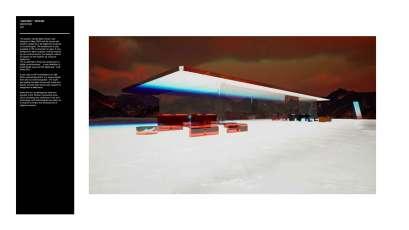
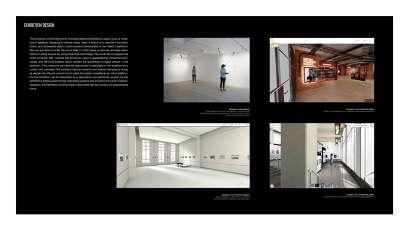
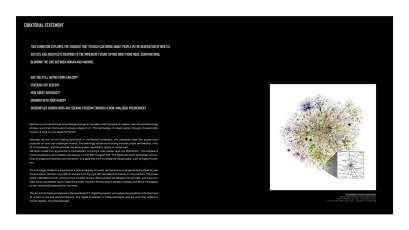
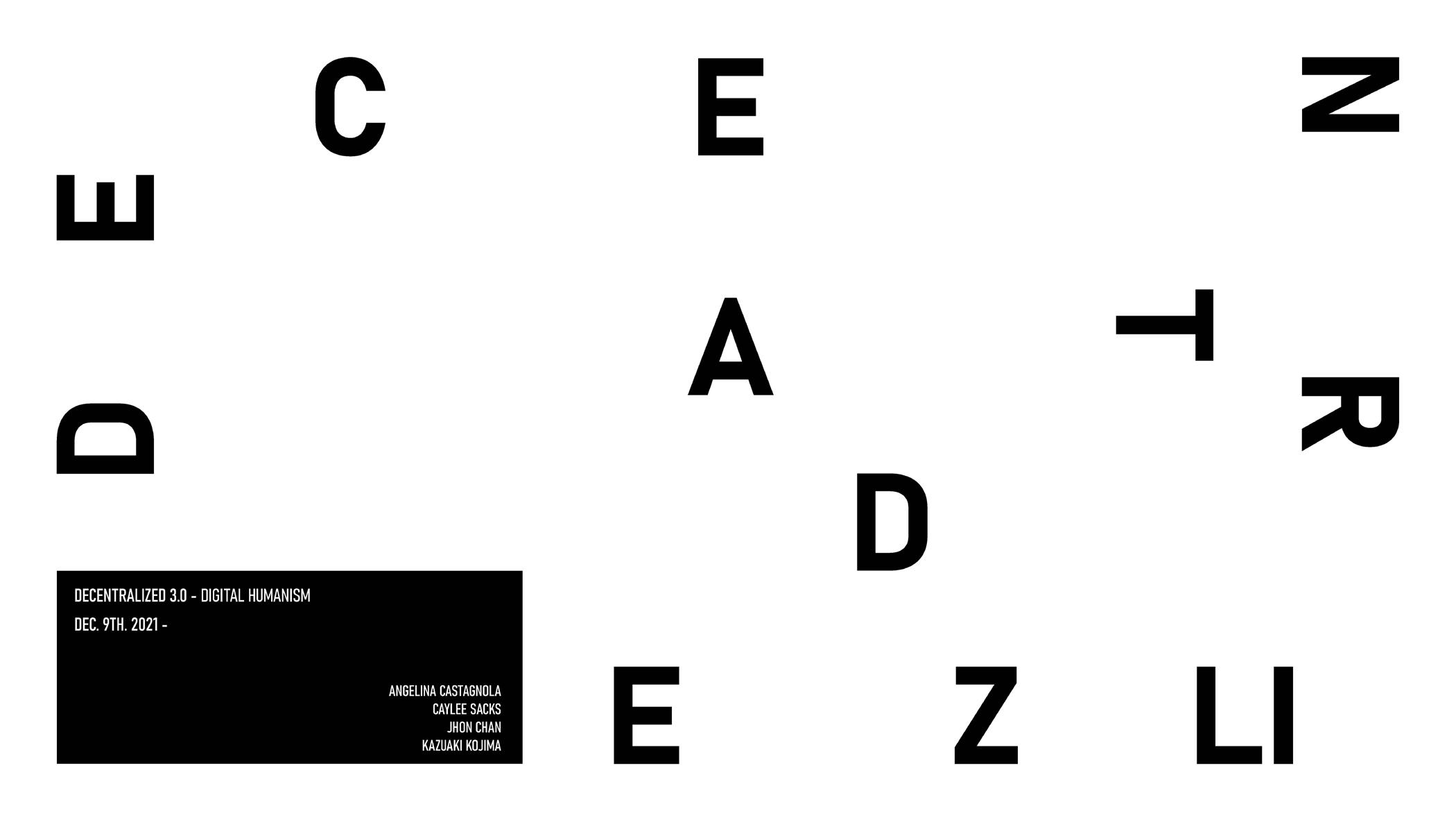
FALL 2022 Kazuaki Kojima Other Futures 223
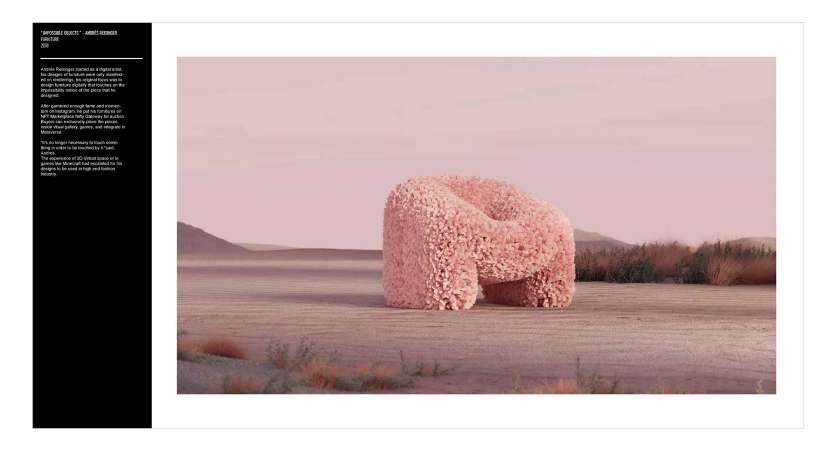


PORTFOLIO FALL 2022 224 Fall 2021 HT2729
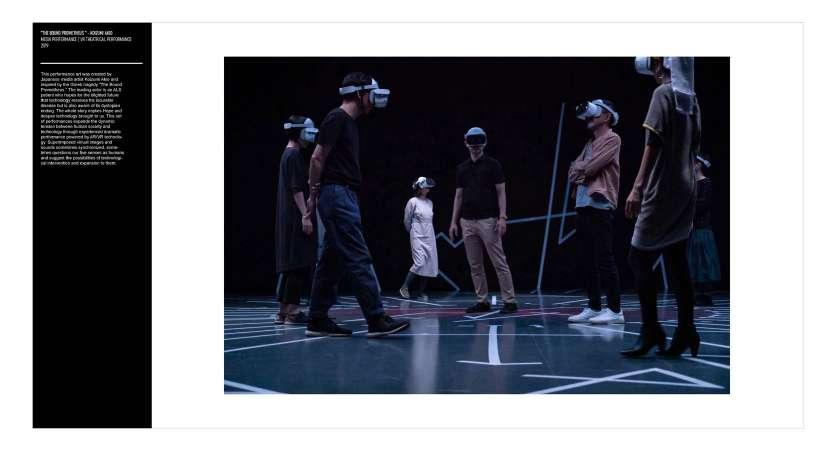
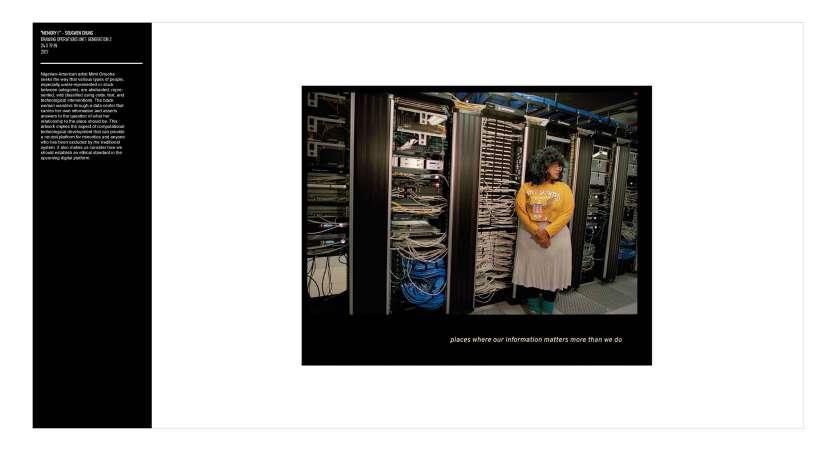
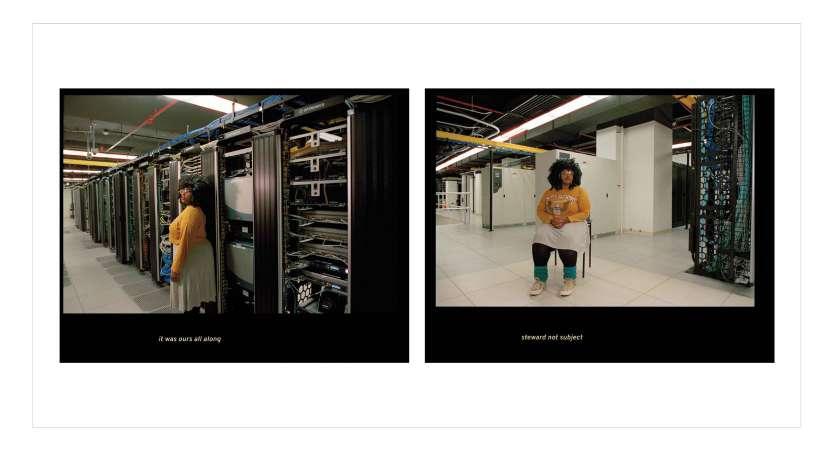
FALL 2022 Kazuaki Kojima Other Futures 225
Architecture Struggling in Digital Age
In the late 1980s, the world started to shift to the information age as a post-industrial social model. Before digital and computers, most of the factory-produced products were standardized to maximize profitability and efficiency. The concept of the digital, which is converting continuous values into discrete data form, is the most dominant standard system in the present-day world because it allows the computer to process the various types of vast information in many ways. The use of standardized digital platforms has not successfully established a particular style in contemporary architectural discourse yet. Heydar Aliyev Center, which Zaha Hadid’s firm designed in 2007, can be seen as the crystallization of digital technology, “style” of parametricism. This essay explores how we can acknowledge the awkward synthesis of digital technology and architecture and figure out how architecture virtually integrates the advantage of digitality through examing Heydar Aliyev Center as an example.
Heydar Aliyev Center is only architectural digitization, not digitalization. This might sound confus ing but, digitization and digitalization have a different meaning. Digitalization means creating new value, assets, and opportunities by reforming and transforming existing frameworks by introducing digital technology. In contrast, digitization suggests analog-to-digital data conversion in order to achieve high efficiency and rationalization. Greg Lynn’s examination and theory of the animate form could also be another framework that legitimate this project. The geometry’s overall expression is articulated as a soft, continuous, and fluid form that has not been seen in architectural scale until that period. However, those formal “newness” does not suggest the establishment of a new ar chitectural standard. Neither Schumacher’s parametricism nor Lynn’s conception of animate form has not successfully been credited as the architectural style as the successor of modernism because emergent computer-aided forms were merely a result of the digital design platform’s affordance and side-effects of its system.
If you look at the difference between digitization and digitalization from a non-architectural perspective, that distinction might be more evident. For instance, ASCII
code conversion and MP3 format are the act of digitization. IT-driven services, such as UBER, Doordash, and Spotify, result from digitalization because those produce the new system by taking advantage of mass data and computation al power in the form that fulfills the current market needs. Back to architectural context, the herald of CAD/CAM allows the architect to convert the architectural shape into a digital format; however, presumably, we have not con tributed to the architectural discipline by using the digital platform because we are producing the “new” form which is actually can be achieved without digital technology.
The Bezer’s curve, B-Spline, and NURBS, integrated into most of all virtual digital design platforms, made us deploy free-form curves and shaped more than necessary in the design process. In Zaha’s Heydar Aliyev Center project, obviously, the architectural mass is all about curvy 3-dimensional surfaces. The overall uniform volume has two highest points at northeast and southwest respectively, and building skin warps these peaks and cul tural hall and other programs together. The representational quality of draped fabric-like shell was intended to be like a 3D model in virtual space because the curved surfaces were divided by the isocurve of the surface into countless panels that vary in shape and proportion. Emerged iso curve as architectural elements emphasize how those soft geometries are generated and then rationalized in virtual mathematical space, but doesn’t related to any of the real ity; construction logic, material production, nor historical context. Parametricism cannot be a global standard because it celebrates social transformation towards mass-customi zation and individualization, but the difficulty of devel oping a parameterized model in digital design platforms limits and restricts customizability in reality. Parameriric ity is not for everyone. Some people would love to wear an order-made cloth, but most of us like to have a standardized choice of S, M, L, XL sizes at a reasonable price. Heydar Aliyev Center indeed showcases the possibility of what digital technology, specifically NURBS, capable of, but nothing more than that.
Fluid and soft form is not the unique characteris tic of digital platforms; for instance, we can find rich curvy
PORTFOLIO FALL 2022
ornamentation in Rococo-style architecture. Fluidity and smoothness are supposed to be the one option in many of the typological possibilities, but designer tends to create a smooth and soft more than necessary. From my own experi ence, the student usually eager to use new functions and tools because they can achieve the superficial “newness” by simply using those new features, scripts, or toolkit. It immersed themselves in the sense of “superiority” because drawing and designing 3-dimensional curved surface in traditional orthographic drawing standard is quite tricky. This is why the architects are biased against digital tools and unconsciously restrict their creativity using the digital platform and its standard. In this sense, Heydar Aliyev Center project can be interpreted as the result of that kind of motivation.Architecture
is also biased against digital technology itself. Even after several decades since the first generation in digital architecture, digital design is considered the peripheral study in the architectural school. For instance, in the pedagogical framework at SCI_Arc, which I have been educated for these two years, classified algorithmic design and generative design approach into the elective seminars. In contrast, almost everyone is working on the core studio project using rhinoceros. Studio instructors rarely talk or discuss how to take advantage of digital technology in the context of orthodox architectural discourse, but in the seminar, the integration of digital technology into the traditional architectural linage has not been discussed really. In the educational institution, digiti zation, which is the use of rhinoceros in core studio work, happened, but digitalization in architectural pedagogy has not materialized yet.
Design tools influence designers’ creative process, indeed. As Carpo suggests, digital tools broaden the possible option of architectural form-making, but we are biased towards digital technology’s supremacy. We are celebrating the mere digitization of classic architectural forms by calling those “new.” Architectural digitalization ought to happen in a way that is taking advantage of digi tized information and this data-fluent environment while being conscious enough about coexisting digitality and analogic. Even though digital technologies are popular ized in everyday life, we still love handwriting, drawing, listening to live music, and meeting a friend in person. Overcoming this rigid dichotomy is the key to establish the new architectural standard in 2021, beyond the current computer-aided amorphous.
1ENDNOTES
Patrik Schumacher, Architect/Architectural theorist, has been tak ing design principal role at Zaha Hadid Architects since late 1990s. He argued the manifesto of parametricism following year of the completion of Galaxy Soho and Heydar Aliyev Center because he was expecting that these projects are strongly reinforce his claim. Schumacher, Patrik. “Parametricism: A New Global Style for Architecture and Urban Design.” Architectural Design 79, no. 4 (2009): 14–23. 2https://doi.org/10.1002/ad.912.Gartner,research and consulting firm specialized in IT industry, defines the term digitalization as “the use of digital technologies to change a busi ness model and provide new revenue and for new value-producing opportunities – “ in the glossary page in their website. This definition helps us to understand how non-architect react to the digital technology. See also the “digital” and “dig itization” in their glossary page for more clarification of the use of these terms.
Gartner_Inc. “Definition of Digitalization - Gartner Information Technology Glossary.” Gartner. Accessed April 15, 2021. https://www.gartner.com/en/infor 3mation-technology/glossary/digitalization.GregLynnsituatestheproperty of parameter as the one of the three fundamentals factor in transformation of architectural design medium; from paper and pencil to the computer. He argues the forms in Computer-Aided Design is achieved as the result of parametrization. Lynn, Greg. Animate Form. New York, NY: Princeton Architectural Press, 1999.
4 AUTODESK, CAD software company dominating the market, explain the Isoparametric curves as the curve which consist of U and V-value so that condition of surface can be simulate easily by changing the parameter; U and V-value. “Isoparametric Curves.” Isoparametric curves | Alias Products | Au todesk Knowledge Network. Accessed April 15, 2021.
https://doi.org/10.1002/ad.912.ArchitecturePress,27F4B9-htm.html.help/2014/ENU/Alias/files/GUID-4CCDF144-DB4F-4BEB-BA5A-E69CEDautodesk.com/support/alias-products/learn-explore/caas/CloudHelp/cloud|mation-technology/glossary/digitalization.Glossary.”Cambridge:(Cambridge,shapes.However,thatspecifichtml.ENU/Alias/files/GUID-4CCDF144-DB4F-4BEB-BA5A-E69CED27F4B9-htm.com/support/alias-products/learn-explore/caas/CloudHelp/cloudhelp/2014/https://knowledge.autodesk.5Carpopointsoutthatcounquestoffluidformwasbroughtbythenotationofdigitalplatform,andeventuallystatestheseconddigitalstylecharacterizedbydistingulishablespline-basecurvilineardesignlanguage.notethattheseformaltraitsarenotuniquetorecentcomputer-aidedMarioCarpo,TheSecondDigitalTurn:DesignbeyondIntelligenceMA:TheMITPress,2017),55-56.BIBLIOGRAPHYCarpo.TheSecondDigitalTurn:DesignbeyondIntelligence.MIT,2017.“DefinitionofDigitalization-GartnerInformationTechnologyGartner.AccessedApril15,2021.https://www.gartner.com/en/infor“IsoparametricCurves.”Isoparametriccurves|AliasProductsAutodeskKnowledgeNetwork.AccessedApril14,2021.https://knowledge.Lynn,Greg.AnimateForm.NewYork:PrincetonArchitectural1999.Schumacher,Patrik.“Parametricism:ANewGlobalStyleforandUrbanDesign.”ArchitecturalDesign79,no.4(2009):14–23.
FALL 2022 Kazuaki Kojima
Unstable Interiority
The child’s toy box is dumped out. The various figures were fluttered in the diagrammatic architectural drawing. The overall geometric composition can be described as multiple curvy-shaped contents in a rectilinear wrap. Each shape in the wrap is unique, and none of them are not defined by primitive geometric language. There is no order, but just chaotic circumstance.
This drawing was completed without any colors, and there are two types of elements in this drawing. Each line and edges look straight, but you will notice that lines are subtly fluctuating, presumably due to hand drawing. Lines, which represent floor joints, are running on the floor and unevenly and roughly dividing the wall as well. The lines are relatively perpendicular to the wall in the periph eral area, whereas it gets curvy and intertwines around the atrium, which is at the center of the drawing. The area that represents the wall were filled with black ink. Most of the right-angle corners has rounded and filleted to make it smooth. Those equivocal use of the lines and fills make this drawing unstable.Curvilinear contents are drowned as shells, and most of them have openings. It is unclear whether the shells can accommodate people or not. Shapes can be classified into two categories, that are connected to the outer wall and independent ones. Whereas the former has a straight edge, the latter are more like free-form. Each shape keeps a certain distance from each other, but the spacing is never equal or logical order. Thus, it isn’t easy to find a partic ular relationship between these shapes in an architectural discourse at first glance.
Architects Peter and Alison Smithson drew this diagrammatic plan for the exhibition called “House of the Future” in 1956, sponsored by an English newspaper, Daily Mail. This exhibition can be classified as an adver tisement-oriented project rather than a practical housing units proposal because promotional events such as fashion shows, cooking demonstrations, and presentations of the technological feature were held at the exhibition along with exhibition space.1 In this period, as their early career as young radial architects, they were also interested in the ads. They wrote a famous quote for ARK magazine in the same
year as this exhibition; “Gropius wrote a book on grain silos, Le Corbusier one on aeroplanes, And Charlotte Perriand - it was said - brought a new object to the office every morning; But today we collect ads.” 2
Their interest in the advertisement focused more on how architectural expression attracts the general public by providing them with a favorable ideal future blueprint.
Since the advertisement’s primary purpose is to attract unspecified mass customers and eventually make them buy certain products, their advertisement attention was against traditional architectural production, which has never required promotion or advertisement. They design architecture as a mass-produced commodity rather than conventional haute couture.
The figures in the drawing could be the parts of automobile or aircraft. The interior wall of the pavilion consisted of repetitive molding units made of resin-bond ed-plaster.3 This technique and production method derived from the car industry, one of the world-leading sectors in the post-war era, was also the icon of consuming pop culture imported from the United States.4 Along with the new con struction technology, Smithsons also introduced aerodynam ically optimized cars and aircraft parts into the architecture. People see this pavilion as not just the one that against the existing traditional straight brick wall but associate this fluid-dynamic shape of the architectural wall with an icon of consumption culture and wealthy society. At that time, an automobile was not just a wheeled motor machine used for transportation, but also bore the meanings as the symbol of cutting-edge technology, newness, pop-culture, and futurity.
One year later of this exhibition, John Mchale mentioned that many extensive forms came out of new technology, such as the automobile, the espresso cafe bar, and the movie influence the architectural form.5 This idea of linking the fig ures to the design of an automobile and aero-dynamic parts explains those mysterious figures’ logic. For example, the fat triangle with rounded corners is a carefully designed car’s exoskeleton based on aerodynamic performance analysis.
PORTFOLIO FALL 2022 228 Fall 2020 HT2120: History of Architecture and Urbanism II
Two hexagonal columns represent hexagon bolts, which are necessary joinery parts for car assembly. Figures consisted of an odd combination of the perfectly straight line and distorted orval resembles in the rear window’s shape. The partial circle’s complex aggregation with different diameter represents the parts in the engine room that supports many piping structures. The square with rounded corners can be interpreted as a railing girder or metal sheet joint because the edge cannot be a sharp right angle. It is because these parts are made by bending or welding metal. Those small parts generally do not require that precision. I also can’t help to associate the wavy wall with the section of aero-parts on the rear wing. These combinations of the fluid curve and a straight line are unexpected and atypical in an architectural context but fairly orthodox and reasonable for the car design realm.
Once we move away from the plan drawing and gaze at the picture of the pavilion’s interior, we notice the architects’ another implication of car or vehicle’s interior. Weirdly shaped space was not only the depiction of car parts but also the car’s interior itself. Movable furniture has been installed into the housing units as built-in storage.6 The idea of replacing the parts and units is inferred as the same attitude as the car maintenance system rather than repair work on architecture. Webster suggests the continuity between these movable furniture units and Buckminster Fuller’s practice around architectural mobility by pointing out the lineage of Dymaxion House(1927-29) and Dund un-Bovis House(1928).7 For example, Buckminster Fuller’s prefabricate bathroom units were probably done earlier than Smithson’s installation at House of Future, but they share the same ideology and formal characteristics.
Interestingly picture of the House of future’s kitchen looks like the one of the camping car. Camping-car is the one possible radical answer to the question regarding architectural mobility. Camping-cars are machines for mov ing, but they are also machines for living. Both camping-car and the House of future’s kitchen are shaped into geometry with rounded corners to fit the car’s body structure and resonate with the exterior design taste. Due to spatial restric tion, the camping-car has the gimmick to storage the table into the wall by folding it. Similarly, the House of future has a different type of storage inside of thick wall structure. Owens illustrates this inward interiority by citing spaceship design seen in science fiction movies, such as Star Trek.8 As he mentioned, the interior should be introverted because, for both cars and spaceship, the outside wall is a dangerous high-speed space. This theory explains why the House of fu
ture has no fenestration on the rectilinear architectural wrap. For the residents of House of future, the only interactive outdoor space is the central courtyard. Smithsons’ urban design theory is another reason for the inwardness of this housing unit. Peter Smithson argues that new urban fabric is necessary to achieve a new housing style.9 Thus, He intended to present just a piece came out from Smithsons’ new urban formulation, a housing cluster, not showing it as a single completed housing. The units’ external shape needs to be rectilinear because the units are supposed to be connected to other units via each rectan gle’s sides. The outermost walls in this drawing are merely joints and connection parts. If you imagine the arraying of numerous units of House of future and clustering them, it will be a horrifying view; it must almost look like the radia tor coil in the heater or carefully constructed semiconductor substrate. Clearly, smithsons’ urban planning was treating the housing, the family, the people, and their life as just one of the machine parts, which is inhumane. The urban scheme highly restricts interaction with the outer natural environ ment and negates mass-diversity and individual dynamism. This kind of brutal modernist attitude towards humanism can be synchronized with the car manufactur ing process in the industrial factory in the post-war era. An automobile manufacturer divided their parts assembly process into thousands of small steps and assigned individual workers to the specific work to increase productivity and efficiency. The introduction of the assembly line system was not limited to the automobile industry. Eventually, it became a popular and convenient method of exploiting manual labor in other manufacturing industries. Creative independent craftsmen relegated to the assembly machines. They are forced to screw the same bolts to the exact same place on the same parts restlessly. Workers at the assembly lines were suffered from lack of creative tasks and a sense of accom plishment. Be treated as machine parts must be harmful to an employee’s mental health as well. The car’s body structure and its components are still elegant and beautiful, but at the same time, those products represents a mechanized world that is dreadful and vicious.
Although the shapes and figures in Smithson’s drawing are obviously related to the machine, especially the automobile, it is possible to give a totally opposite inter pretation of those figures; the drowned figures could be the organism’s cell. Reyner Banham appraises House of future as it “reinforces practice which already exist in embryo.”10 Of course, he did not directly describe the drawing’s visual traits by the word “embryo.” Still, it implies its formal
FALL 2022 Kazuaki Kojima Unstable Interiority 229

PORTFOLIO FALL 2022 230 Fall 2020 HT2120: History of Architecture and Urbanism II
possibility of further expansion, like one embryo gradually forms a complex body structure through the cell division process. In the drawing, every shape is incompleted, and in the process of development, excerpt the recliner container as if every form is continuously moving and changing its shape. Primitive rational geometry cannot explain any of these figures. In the container, most of the figures have no obvious directionality. Every figure is discrete from each other and keeps a certain distance from each other. Loss of direction ality and spacing make the figures look like floating in the interstitial fluid. The central most giant orval-like shape is the primer cell membrane allowing the other two cell com ponents to penetrate the membrane. These two cells have their inner components, which are small circles and freedom shapes. Several other components are still touching the giant figure. Thin lines surrounding each component, which might represent its outermost membrane, suggest those components are about to detach from where they have belonged.
As architectural space, those biological shape is comfortable for humans. Cell components are functioning as small niches or apparatus. All of these spaces are seamlessly interconnected like an animal’s organ. Intricate concave and convex are ergonomically resonated to human behavior even though it looks tight on the plan drawing. People would be moving around these figures freely. Apparatus units were designed to be movable and replaceable when it gets old or broken.11 This is architectural metabolism that ensures its bi ological sustainability. As the automobile metaphor explains House of future’s inwardness, the biological system also re quires a closed interior. All biological cell need cell covering membrane, organs need a skeletal system, and human needs skin. House of future’s biological figural language allows us to sense its dynamism and equilibrium of the system simultane ously on multipleInwardnessscales.is something that automobile interior and interior biological view have in common. Former inter pretation echoes the mass-production and mechanization of the architecture, and the Latter illustrates rich dynamism and diversity of the organic shape. Alison and Peter Smithson create the interior by juxtaposing two contrasting ideologies; automobile vs. organism or machine vs. human. Architects deploy this conflicting binary situation in various forms in this diagrammatic plan drawing: straight lines and ambitious curves, Stable geometry and dynamic figures. The joint line on the floor mimicking the car’s panel joint or airplane implies its mechanized assembly process, while interlocking floating figures represent the organism’s cell division process. It degrades and celebrates humanity simultaneously. This
equivocality and ambiguity make this drawing so unstable. The figures and composition were no longer scattered messy toys in a child’s toy box. They were carefully designed and manipulated visual representation, enabling us to interact with the dichotomy of cultural and socio-econom ical discourse outside the traditional architectural field.
1ENDNOTES
Webster, Helena. 1998. Modernism without Rhetoric: the Work of Alison and Peter Smithson, 39. Chichester: Wiley.
2 Smithson, Alison, and Peter Smithson. 1956. “But Today We Collect Ads.” Essay. In ARK 18, 49. London , UK: Royal College of Art.
3 Boyer, M. Christine. Not Quite Architecture: Writing around Alison and Peter Smithson, 174. Cambridge, MA: The MIT Press, 2017.
4 Webster, Helena. 1998. Modernism without Rhetoric: the Work of Alison and Peter Smithson, 41. Chichester: Wiley.
5 Boyer, M. Christine. Not Quite Architecture: Writing around Alison and Peter Smithson, 174. Cambridge, MA: The MIT Press, 2017.
6 Webster, Helena. 1998. Modernism without Rhetoric: the Work of Alison and Peter Smithson, 39. Chichester: Wiley.
7 Webster, Helena. 1998. Modernism without Rhetoric: the Work of Alison and Peter Smithson, 41. Chichester: Wiley.
8 Owens, Gwendolyn. “Alison and Peter Smithson’s 1956 ‘House of the Future.’” Essay. In Gastronomica No. 1, Vol. 1:21. Winter 2001. Berkeley,
CA: University of California Press, 2001.
9 Smithson, Peter, Catherine Spellman, and Karl Unglaub. Peter Smithson: Conversations with Students, 43. Princeton Architectural Press,
102005.
Webster, Helena. 1998. Modernism without Rhetoric: the Work of Alison and Peter Smithson, 41. Chichester: Wiley.
11 Webster, Helena. 1998. Modernism without Rhetoric: the Work of Alison and Peter Smithson, 41. Chichester: Wiley.
BIBLIOGRAPHYBoyer,
M. Christine. Not Quite Architecture: Writing around Alison and Peter Smithson. Cambridge, MA: The MIT Press, 2017.
Owens, Gwendolyn. “Alison and Peter Smithson’s 1956 ‘House of the Future.’” Essay. In GastronomicaVol. 1, No. 1ed., Vol. 1:19. Winter 2001. Berkeley, CA: University of California Press, 2001.
Smithson, Alison, and Peter Smithson . “But Today We Collect Ads.” Essay. In ARK 18, 49. London , UK: Royal College of Art, 1956.
Smithson, Peter, Catherine Spellman, and Karl Unglaub. Peter Smithson: Conversations with Students. Princeton Architectural Press, 2005.
Webster, Helena. Modernism without Rhetoric: the Work of Alison and Peter Smithson. Chichester: Wiley, 1998.
FALL 2022 Kazuaki Kojima Unstable Interiority 231
Architectural Notation
Our visual culture was born when our precedents started to document what they saw and felt. Drawing technique and visual expression has evolved over long history from cave painting to VR and AR.
First of all, we have to admit the fact that what we see with our eyes are different from what we see in the picture, pho tograph, or images on the computer screen. We perceive the world as an external object through sense-organs and con struct an image of the object from the provided information in the brain as a psychological image. The development process of perspective drawing technique can be understood as the change in the way of observing the object and convert the psychological image into a tangible visual representation.
The antique perspective was subjective as it was based on the fact that the human sees the image through a spherical retina so that the actual distance to the object is not the same as it looks. On the contrary, perspective in n the middle age was objective and every straight edge of the object does not get distorted because of the invention of the vanishing point. The vanishing point is where the edge lines converge, and it has defined as an infinitive far point from the picture plane, which is we never perceive subjectively. Probably, the Chinese pic ture scroll can be situated in the middle of these. On the one hand, it is a subjective visual expression because there is no vanishing point in the scroll and intricate each human detail was drawn. On the other hand, it is objective since the scroll system allows us to move our viewpoint without frame limita tion. If we see look closer to the scroll, it looks subjectively. If we see from a distance, it looks objectively.
The drawing technique reflects people’s attitudes towards space. Especially architects design and communicate through drawing. Nowadays, drawing tools and techniques have de veloped rapidly, 3D CAD, BIM, VR, and AR emerged. Have they changed our way of seeing the external world? We must consider things that we might lose or we might get already.
Every image has a purpose. And the way of creating an image depends on its purpose, ideology, and religious belief. Both Belting’s and Scolari’s writing are discussing how the western perspective effect on other cultures such as Arabian countries and China. By contrasting those visual cultures, it tells us that there is no wrong way to depict the world and these are vari ous ways of capturing the world.
According to Belting’s text, the western culture accepts the perspective as the symbol of privileged visual perception since picture plane in the perspective art is a metaphor for the presence of an observer (Betling 2011, 35). He also mentions the Arabian painting developed abstract geometry rather than explicit figures. Arabians were perceiving the light dominates the world, so that they allow the internal sense to encroach vi sual perception. In other words, the West unified the gaze and the eyes, but they differentiate those. The picture plane and vanishing point implies the subjectivity of the viewer where as the geometry suggesting pure mathematics and perceptive internal sense. Scolari describes how the Chinese oblique par allel react to the herald of the western perspective as a part of evangelization. He explains the reason for their reaction as their hesitation of changing the way of seeing which requires a different mode of thinking (Scolari 2012, 348). In the Chi nese culture, man is the part of nature although a perspective celebrates humanity and singular divine infinity.
How about us? The most of visual images that we are consum ing nowadays are not carrying the way of thinking or primi tive sensibility. Images itself may or may not be perspective, but we just share them in the SNS and nobody cares about the depth of the visual representation. The world is becoming more and more connective and smooth, but getting super flat.
PORTFOLIO FALL 2022 232 Spring 2020 HT 2101: History of Architecture and Urbanism I
·Referencedayonthe
Grand Canal with the emperor of China, or, Surface is illusion but so is depth / a film by David Hockney and Philip Haas
· Erwin Panofsky, Sections I, II, & III in Perspective as Symbolic Form (1991): 27-66.
· Massimo Scolari, Oblique Drawing: A History of Anti-Perspective (Cambridge: The MIT Press,2015), excerpts
· Hans Belting, “Perspective as a Question of Images” in Florence and Baghdad : Renaissance Art and Arab Science (2011): 13-54.

FALL 2022 Kazuaki Kojima Architectural notation 233
Stadium as an Urban Void
- Through the concept of JUNKSPACE and other discourses by Rem Koolhaas -
This paper is intended to explore the way that existing ar chitectural theories and concepts help to understand the newly developed architectural project and the future of them throughout the investigation of the author’s own undergrad uate thesis project which tried to figure out the innovative spatial relationship of the archetype of the stadium. We are here specifically concerned with the architectural concepts established by Rem Koolhaas - Junkspace, Generic city, Tra jectory, and Void - and how these concepts can be useful for generating new architectural projects and situating them in the contemporary architectural discourse afterward.
Our first step should be considering koolhaas’ concept of Junkspace. He defines the term of the statement, “The built ( more about that later ) product of modernization is not mod ern architecture but Junkspace.” He disputes current architec tural practice by describing them as a banal endless dystopia; Junkspace. He explains the architectural instances of mod ernization, such as escalator, airconditioner, and Sheetrock, make the architectural space homogeneous and continuous. Although, there is no doubt about he warns us of the reali ty of the whole built environment is turning into Junkspace, his ironic expression on modern architecture in this article, as can be seen in the following quotation: “Junkspace thrives on design, but design dies in Junkspace” and “Junkspace is web without spider”. Throughout this essay, he seems merely presenting the concept of Junkspace to criticize modern ar chitecture, not any solution or proposal for that. However, he mentions one important aspect of Junkspace: trajectory. Ac cording to Rem, it is wrong that understanding Junkspace as the flow of space because flows depend on a unique discipline of each trajectory. He also claims that it is the last tangible ways in which we experience freedom in the Junkspace. This argument may sound contradicting, however, it will be clear by situating is the idea in a continuous flow of Rem’s archi tectural statement which began at Delirious New York origi nally written in 1978. In this article, he pointed out that 1930’s modernization makes the Manhattan bigger, taller, and denser as elevators allow people to reproduce the limitless horizon tal surface powered by the evoked desire of New York as the center of financial capitalism society at that time.
This ideology continues to the generic city which is found in the S,M,L,XL. Here, he developed his theory as explain ing that globalization and overdriven superficial uniqueness deprive the architectural space of the authenticity of local characteristics. According to him, the generic city is fractal, an endless repetition of the simple structural module.Thus, that is sort of a self-contradicting concept because as much as you want extremity, it will be something generic and be absorbed and adopted by the bigness, in other words, it ulti mately turned into the generic city. Although the neoliberal economy empowered post-modernism and promoted hetero geneous formal generation, generic city ingests these differ ence and make them homogeneous boring space by unifica tion. Nowadays, pervading internet technologies and social networking services accelerate this current as encouraging picture framing only the superficial architectural expression as an image and making reproducing and duplicating them at their Koolhaasfingertips.issuggesting
the solution for these problems in “Rem Koolhaas:: Conversations with Students” which is de liberately doing nothing with space and leave the boring part of the architecture alone not actively engaged with it utiliz ing a formalistic approach. To quote him, “Blankness is an important quality that is completely ignored, especially by architects. It creates a kind of horror at its emptiness but it is a very important thing to allow and to come to terms with.” This is understood as the absence of architectural act or re fusal of production which means the void will emerge as a result. Therefore, creating void space is necessary to make the unique discipline of the trajectory which allows people to en joy the freedom in Junkspace. Nanba insightfully stated that the relationship between generic and void can be interpret ed as a sort of figure-ground relationship. According to him, they are in a reciprocal relationship because one cannot exist without another. Void represents eternity, authentic identity, and publicness as the absence of mercantilism. On the other hand, Junkspace represents bigness, temporarily, continuity, and expansibility.
Having clarified Rem Koolhaas’s argument, I will introduce
PORTFOLIO FALL 2022 234 Fall 2019 HT2100: Introducition to Contemporaly Architecture
the design work to be criticized. Urban weaver is the design project of football stadiums. This project aims to redesign a new geometry for the traditional football stadium that solves several problems contemporary football stadiums have. And eventually, it is expected to contribute to vibrant societies and a sustainable world in the long run. The biggest idea of this design is updating the tradition of the stadium’s topological relationship. An iconic continuous circulatory diagram has conceived not only as a formal concept but also as a structural strategy. This conceptual model was inspired by the huddling soccer players before kick-off that represents the spirit of uni ty and supports each other. This unique interlacing ribbon-like shape was introduced to the stadium, instead of the traditional vase-shape tribune and concourse, in order to create a sense of unity in the stadium, while safely dividing the opposing teams. The unique thing of this circulation is separating two groups of people, home team supporters and away team sup porters, and make the stadium safer while unifying them as one to emphasize the enthusiastic atmosphere inside of the stadium. This is well expressed by its plan drawing and struc tural diagram. While this project may look complicated, Un derstanding this architecture as a set of internal circulation and external circulation clarify the spatial composition and its meaning. The internal circulation is one continuous path, however, this is the flexible system because by controlling boundaries on the circulation between two teams this shape can accommodate various ratios of supporters. Each ribbon is actually connected to the neighboring ribbon to create a sys tem of continuous circulation. This novel spatial composition allows people to move more smoothly before, during, and af ter the game. The external circulation makes spectators move smoother and easier. This is not only a pathway but also an at tractive space where people can shop, eat, communicate, and relax. These circulations give a positive impact on the local community and environment a lot more than just inside the stadium. In terms of economy, there would be more opportu nities for local retailers targeting visiting away fans. Plus, nat ural human interaction within neighbors will be encouraged through the experience in the stadium. The atmosphere and mood will pour from inside the stadium and establish locals’ identity and sense of unity.
Before jumping into the design review of this project, it is valuable to consider the general stadium’s architectural sys tem in the theoretical context that Rem Koolhaas asserts. Stadiums are mainly the building host of various kinds of sports events. When we look back on the history of the stadi um, notice that the spatial composition has not been changed throughout history since the Roman period. This means mod ern architecture has been failed to develop proper alternative systems for that type. This is quite similar to the way that he criticizes modern architecture in comparison with the Pyramid as saying modern architecture should have improve them but failed to create something comparable to ancient masterpieces. From other points of view, the stadium can be interpreted as a massive commercial space for the sports in dustry. Usually, a stadium is designed to maximize profitable seatings based on sight optimization. Bunch of food stands or goods shops are installed along with concourse to attract peo ple. These characteristics obvious prove the stadium is driven by the sports entertainment market and capitalism and is made to be space of consumption. They were definitely considered as Junkspace because they continue growing along with the sports and entertainment market. The facade of the stadium nothing do with the interior system, they are mere cheap icon of the specific sports team and they participate in the competi tion of excessive facade design powered by technology boost and capitalism economy which resembles the situation in the 1930s Manhattan.
With these issues in mind, we will now take a look at this project specifically. Firstly observed the feature of this proj ect is that the designer designed this stadium with an urban perspective as the project title cleary claims. Although this may sound obvious, in fact, most of the stadium that current ly built has designed one closed colossal building without a tangible connection with its building site and the local envi ronment because you will be able to realize the exact same shape stadium is a totally different city without any conflict. Whereas the other stadiums, the site plan of this project in dicate that the outer circulation of the stadium is directly connected to the existing street intentionally. This means not only this stadium has designed a site specifically, but also the
FALL 2022 Kazuaki Kojima Stadium as an Urban Void 235
designer made this stadium open to the public unlike other closed stadiums as private facilities of each sports franchise. This effort of letting architecture intimate with surrounding is a likely valid solution to the problem that modern architecture has been driven by ever-growing technology and capitalism. Nextly, this project can be understood as an example of an urban-scale void that Rem Koolhaas suggest as the solution to modern architecture. Introducing the perspective of the opera tion timeline of a stadium may help to make things clear. Even though the stadium is working as a typical Junkspace once or twice game-day in a week in general, we can see the stadium as massive void space in the city when nothing happening in the stadium because the absence of the function turns whole space turns the meaningless hollow. Here, we can assume that the designer makes this project accessible by a unique formal expression that has the sort of affordance to attract people and encourage them to get inside of the stadium. Only this spatial structure presented in this project allows people to recognize this urban-void and let them benefited. Lastly, in the facade of this project, there are some iconic ribbon-like pathway struc tures. These work as not only accommodate dramatic circu lation but also an architectural component that controls the characteristic of the space. While this leaves room for various interpretations, it seems one possible experiment of the con cept of the trajectory which is another something this project and Rem Koolhaas’s project has been trying to discover.
To sum up, this project, urban weaver, can be understood as a possible remedy for the modern architecture that suffering from the problem that Rem Koolhaas argues as the concept of Junkspace, Generic city, and Bigness. Perceiving stadiums in a state of inactive as a void space from an urban perspective, this project can be interpreted as something that represents restoring the public nature of architecture that modern archi tecture has lost in the twentieth century.
Endnotes
1 Koolhaas, Rem. “Junkspace.” October spring 2002: 175. Cambridge, MA: The MIT Press, 2002
2 Ibid., 177.
3 Ibid., 179. 4 Ibid., 179.
5 Ibid., 179.
6 Koolhaas, Rem. “The Frontier in the Sky.” De lirious New York: 82. New York, NY: The Monacelli Press, 1997
7 Koolhaas, Rem. S, M, L, XL. New York, NY: The Monacelli Press, 1997
8 Koolhaas, Rem. Rem Koolhaas Conversations With Students. New York, NY: Princeton Architectural Press, 91996
Nanba, Kazuhiko. “「ヴォイドの戦略」の可能 性-その同型性を通して [ The Possibility of “Void Strate gy”-Through its Isomorphism ] .“ Eureka 2009-06: 69-78. Tokyo, JAPAN: Seidosha, 2009
10 Koolhaas, Rem. “Junkspace.” October spring 2002: 175. Cambridge, MA: The MIT Press, 2002
PORTFOLIO FALL 2022 236 Fall 2019 HT2100: Introducition to Contemporaly Architecture
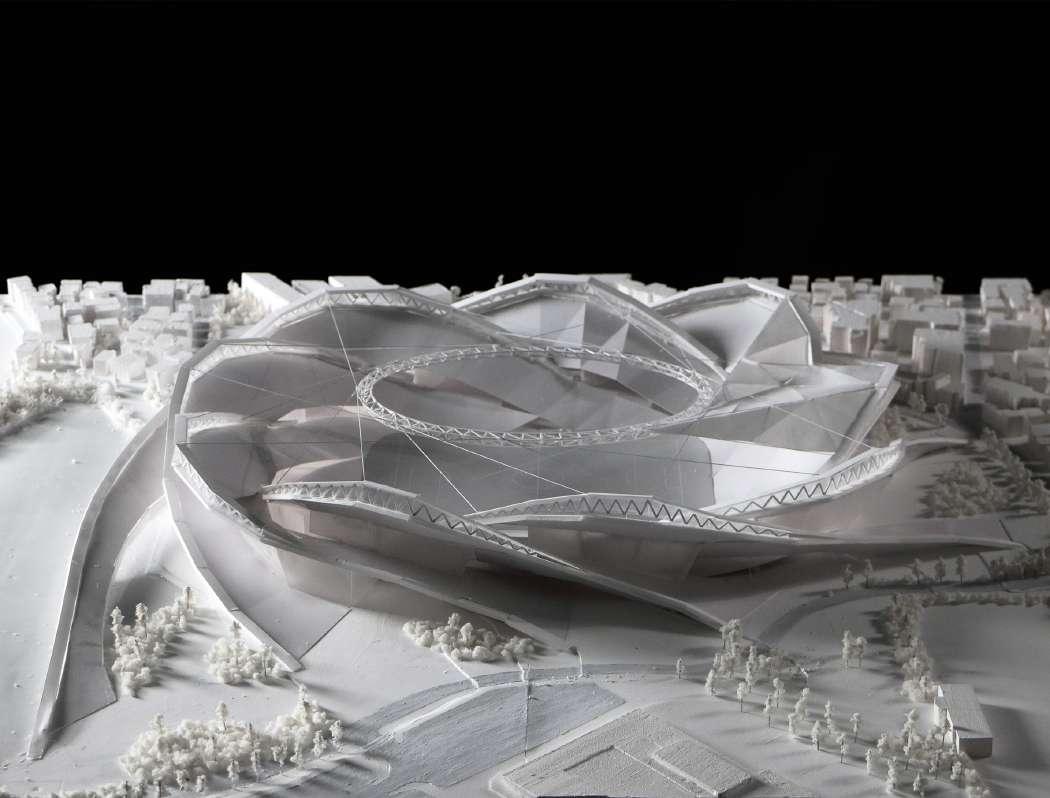 Stadium as an Urban Void
Model photo on urban background
Stadium as an Urban Void
Model photo on urban background
FALL 2022 Kazuaki Kojima
237
PORTFOLIO FALL 2022
FALL 2022 Kazuaki Kojima Copyright © 2022 Kazuaki kazuaki.kojima0617@gmail.comKojima Ver.04 - Jan 2022
